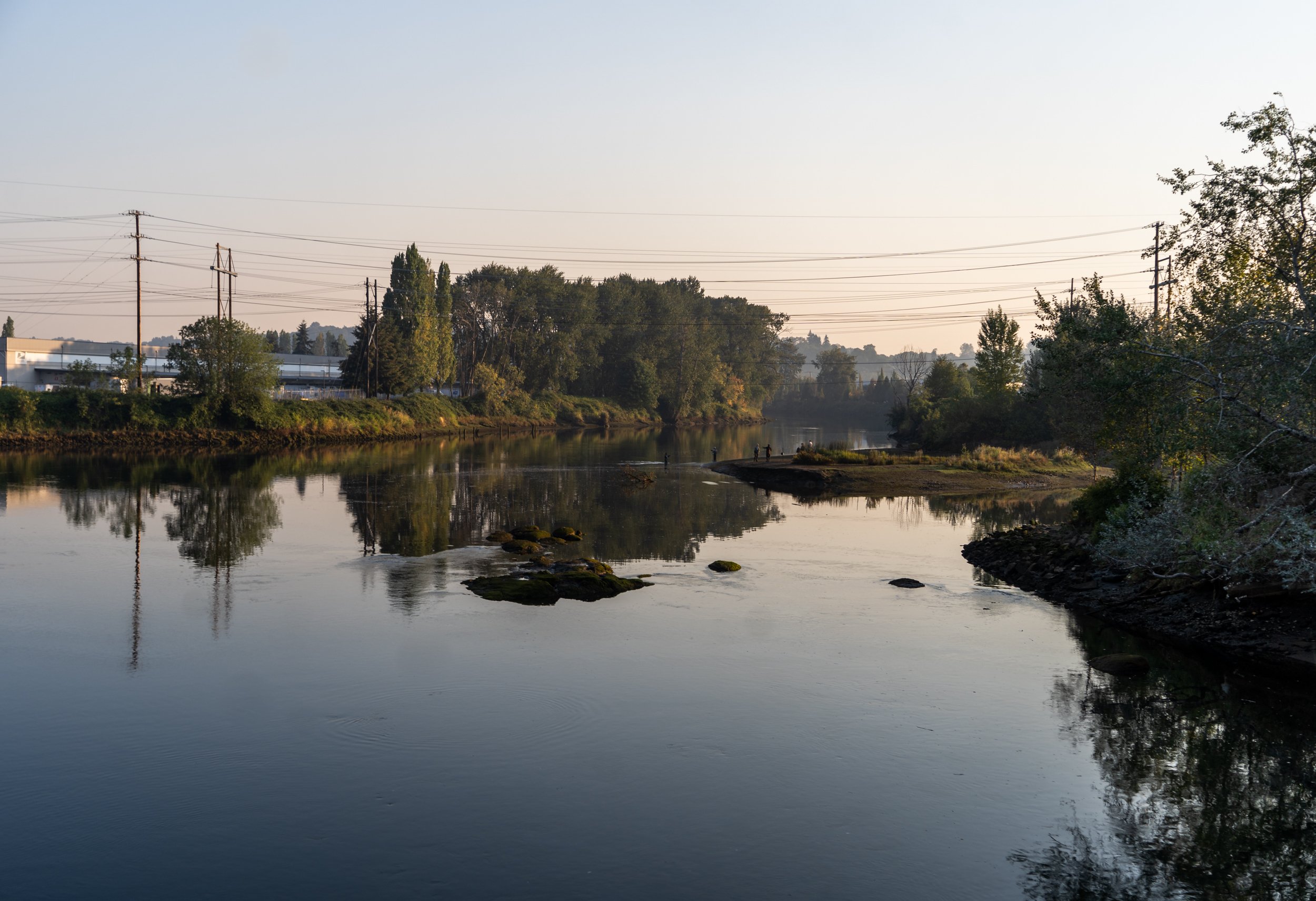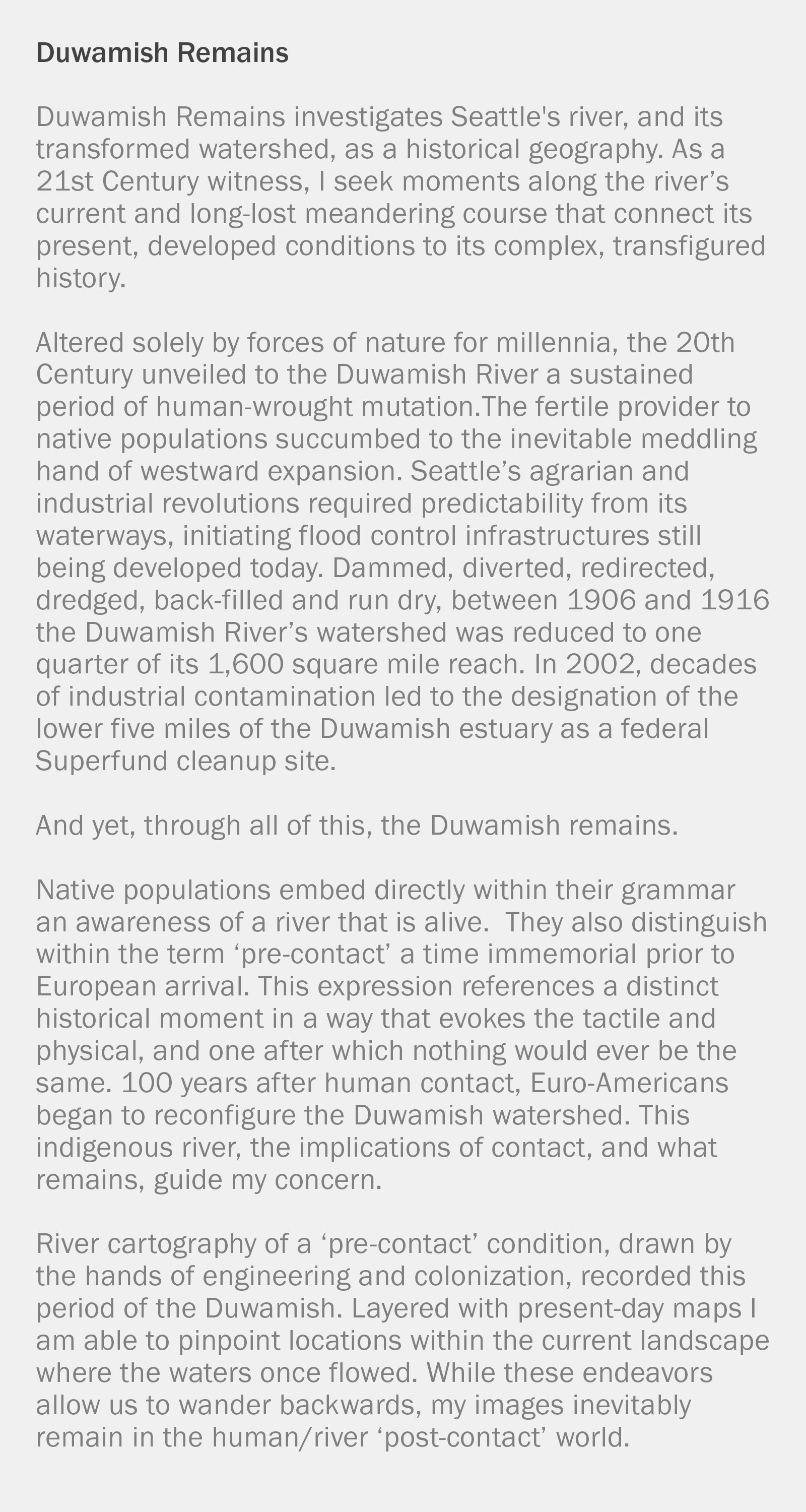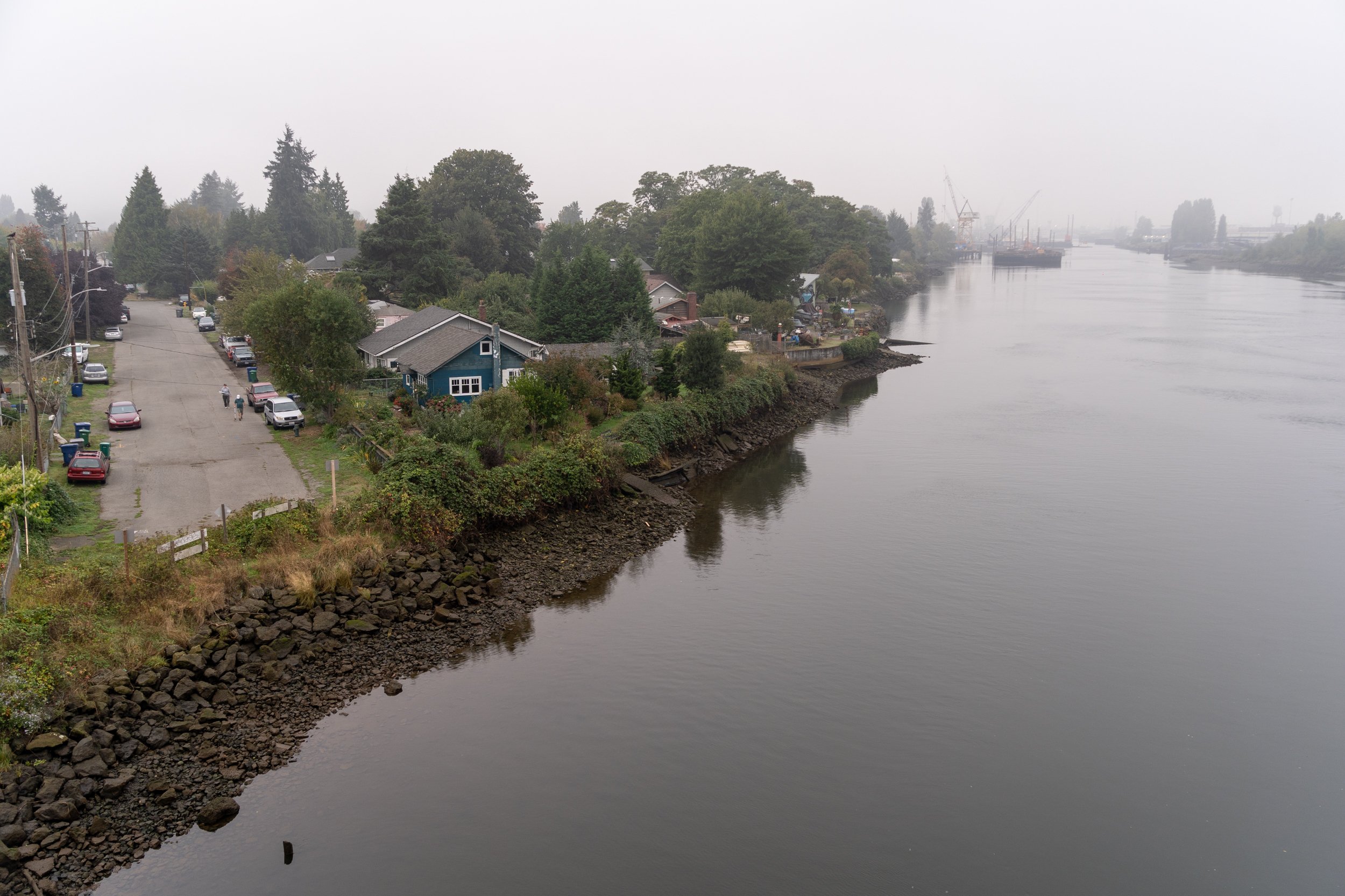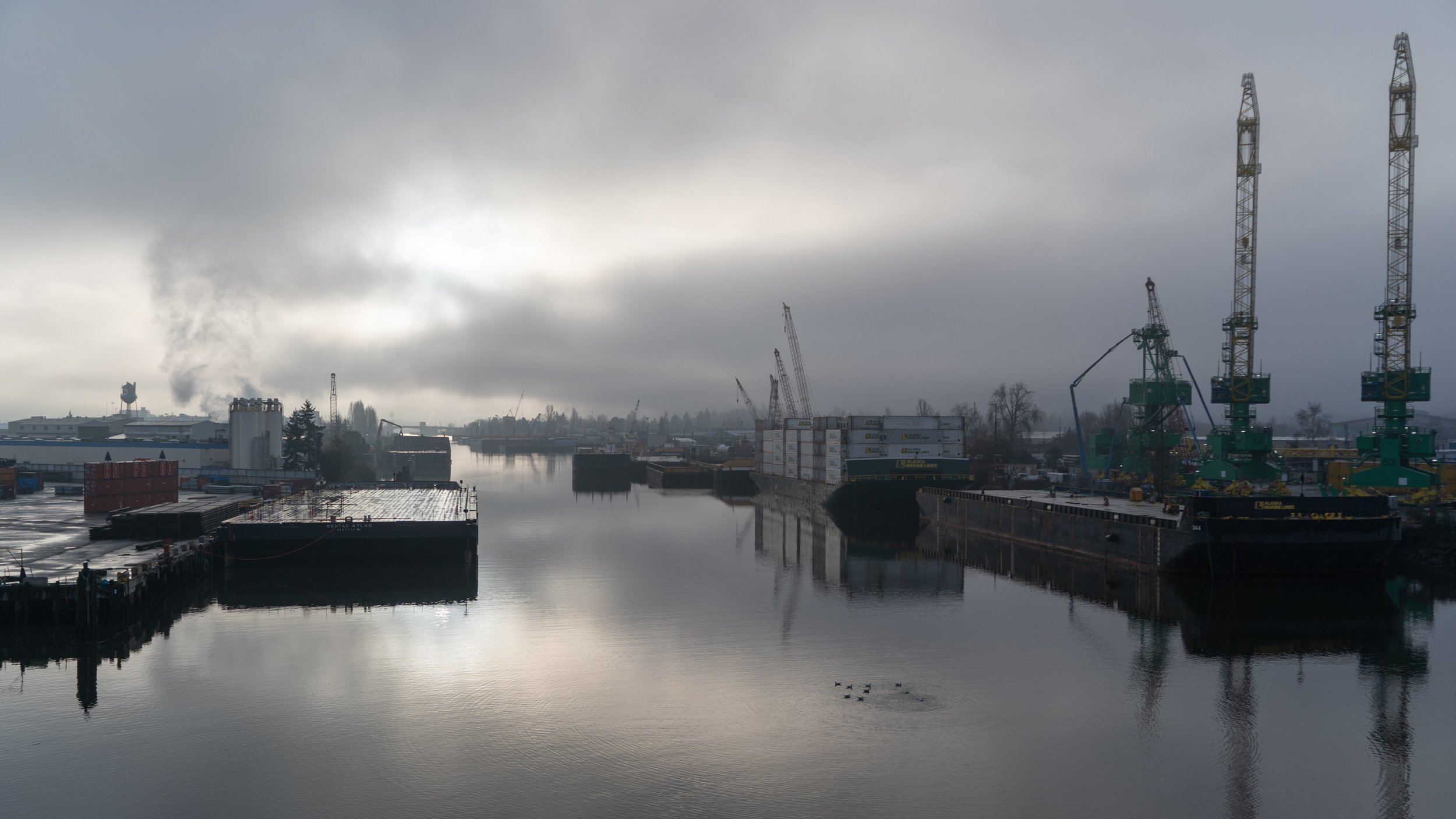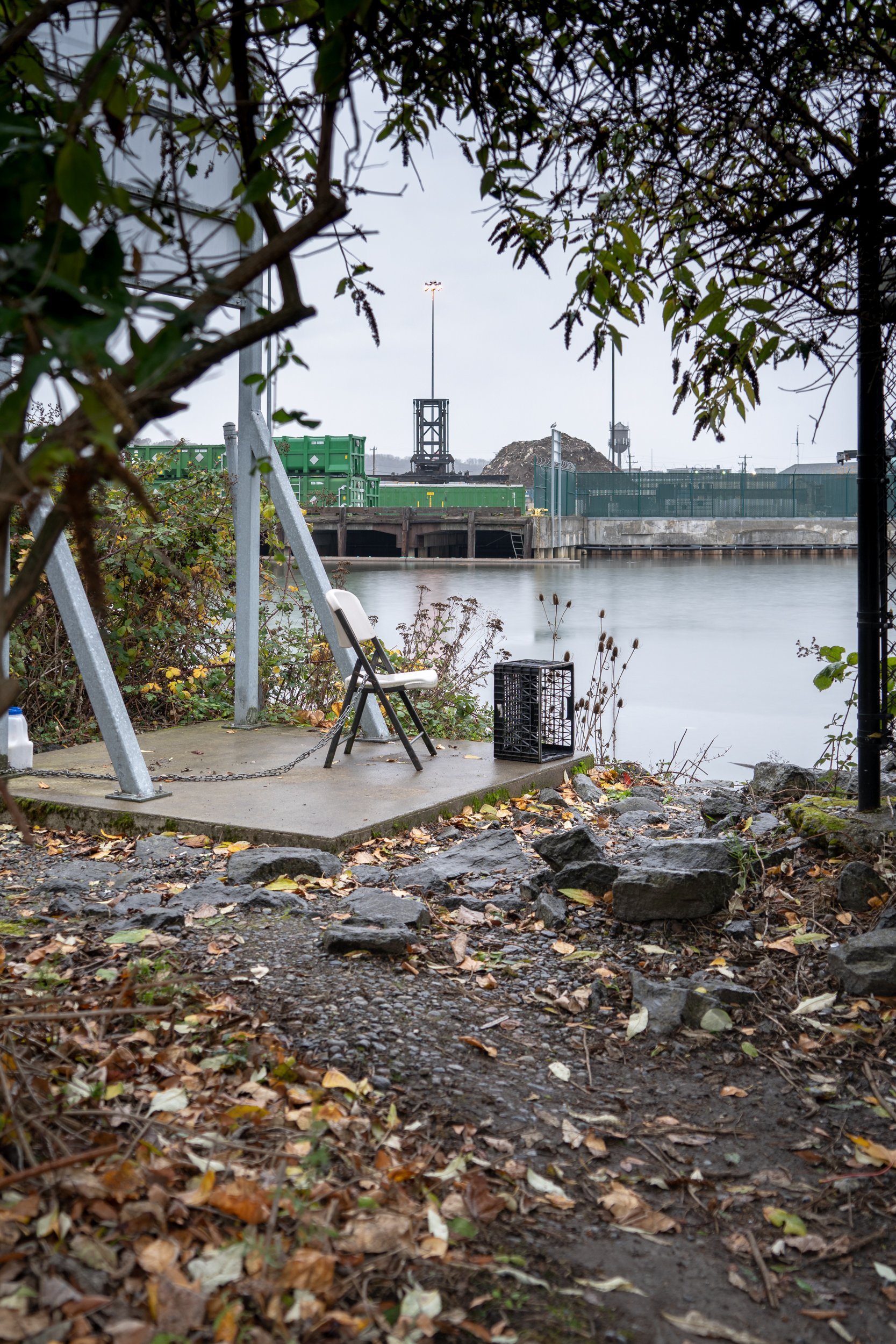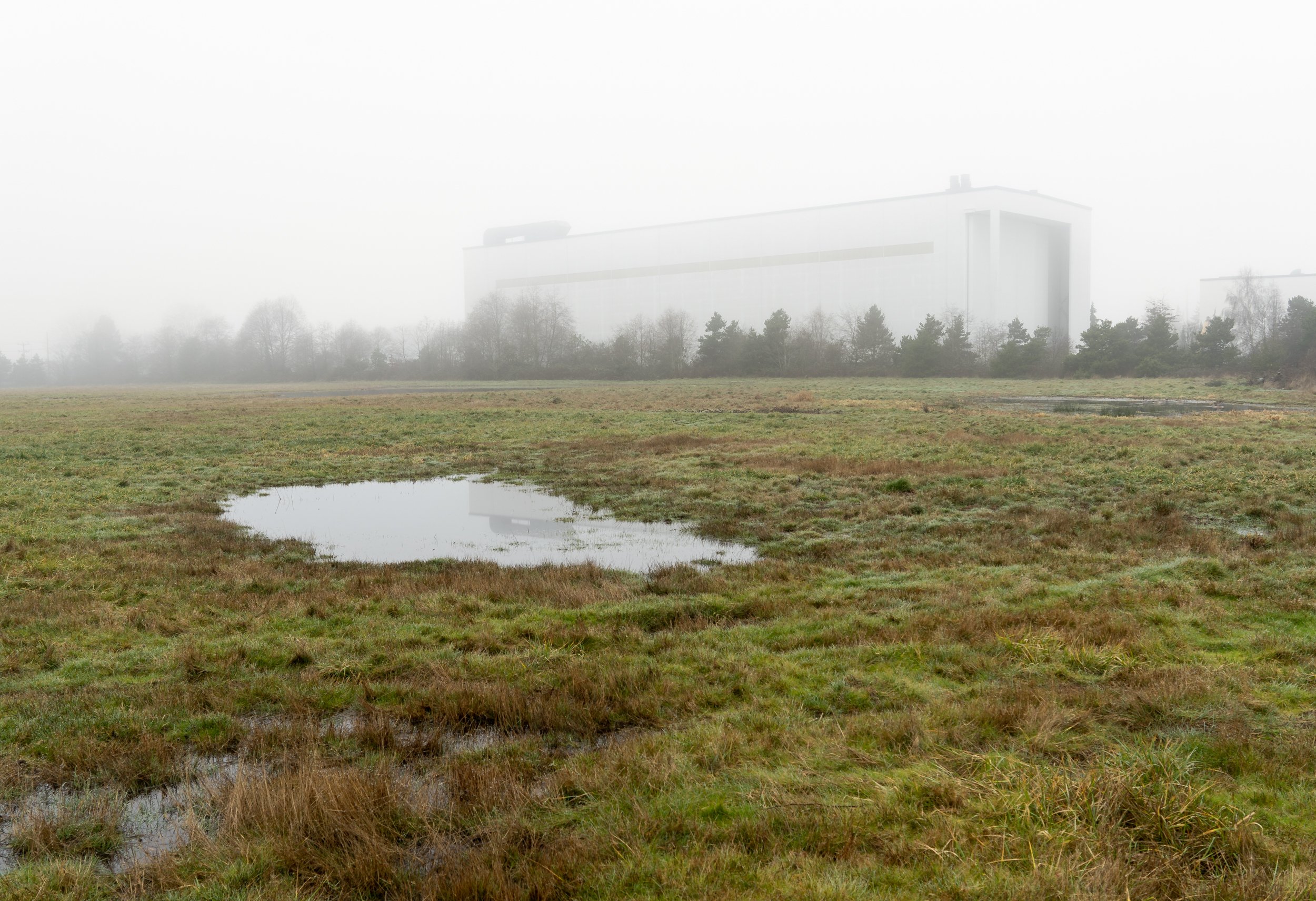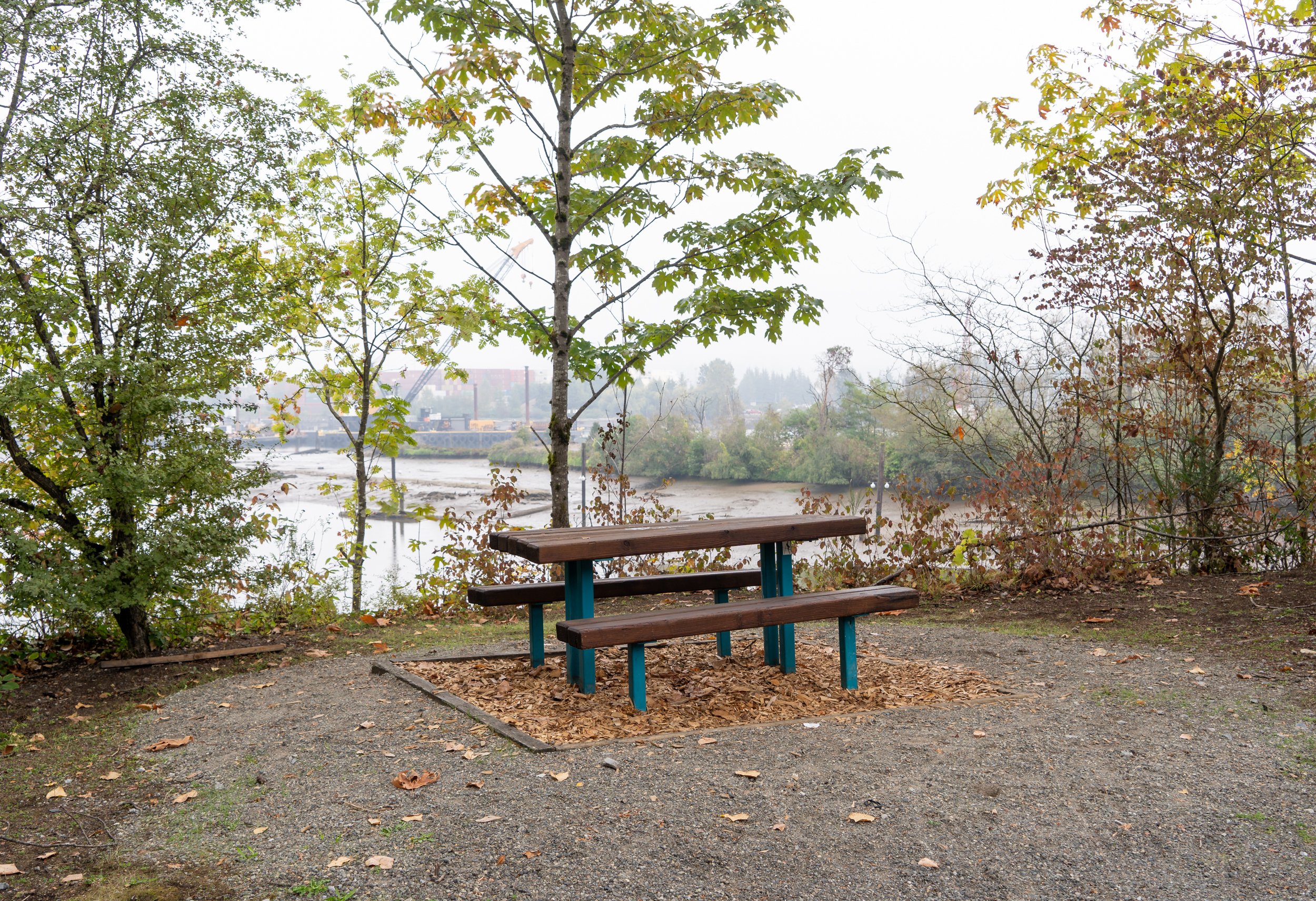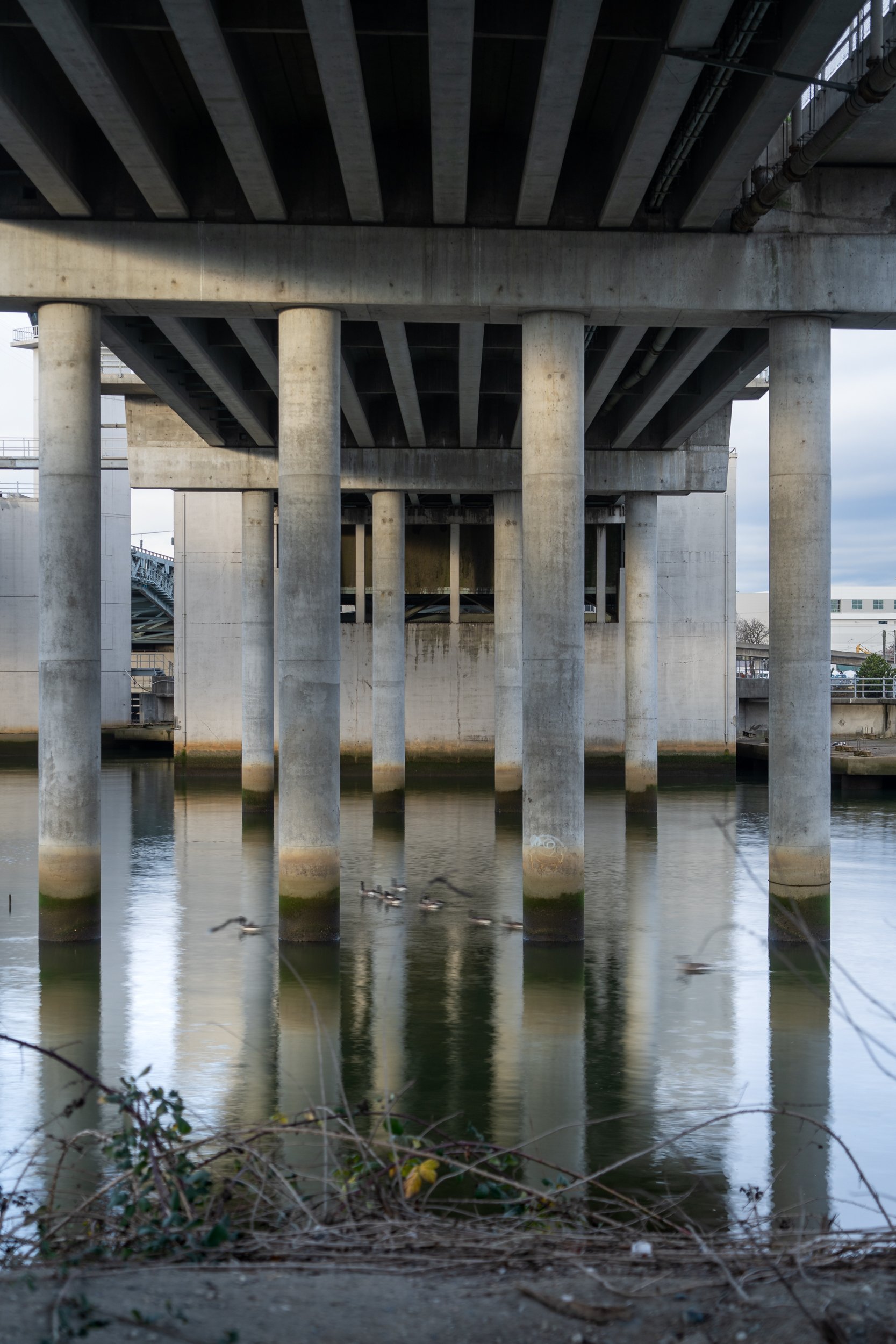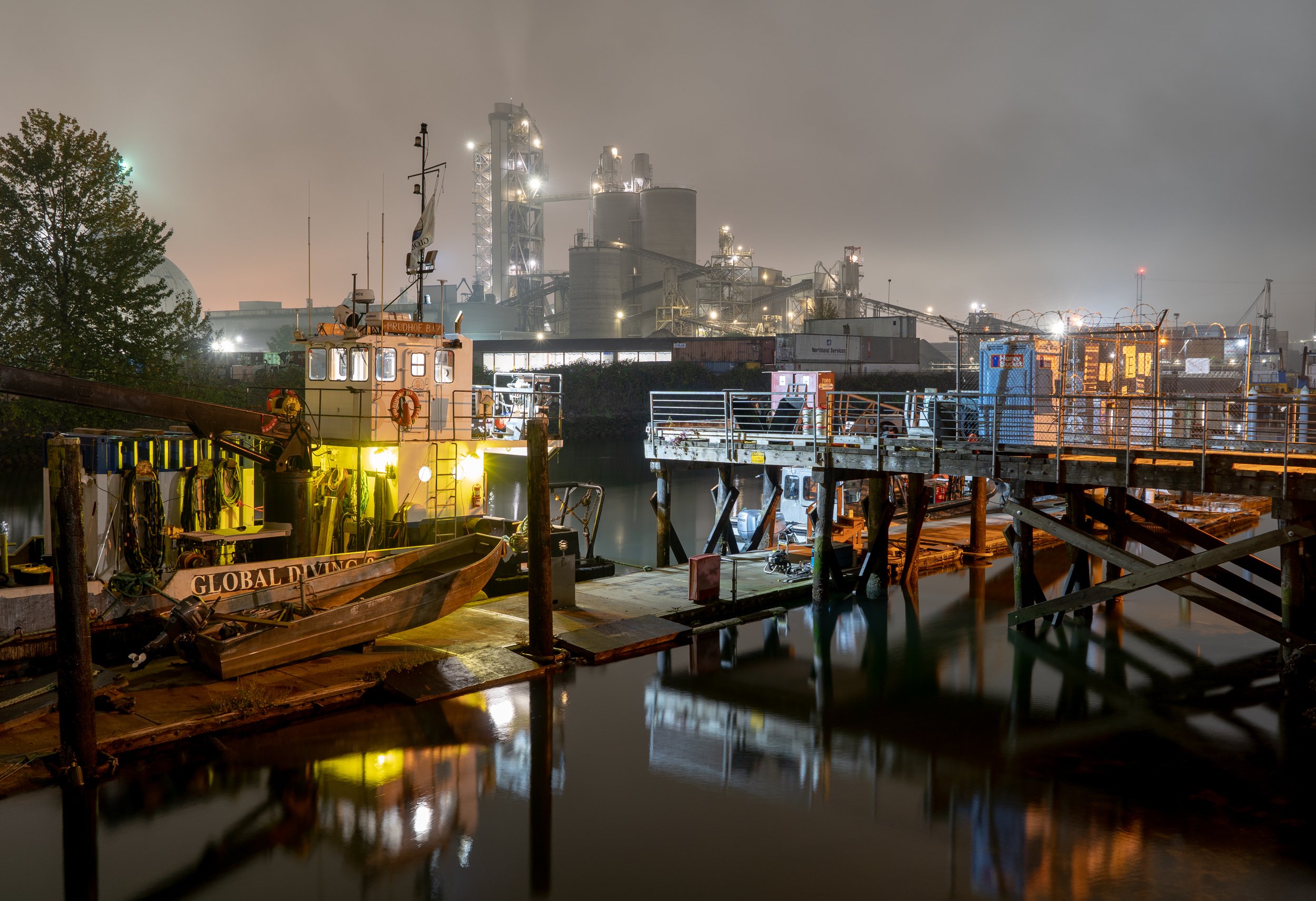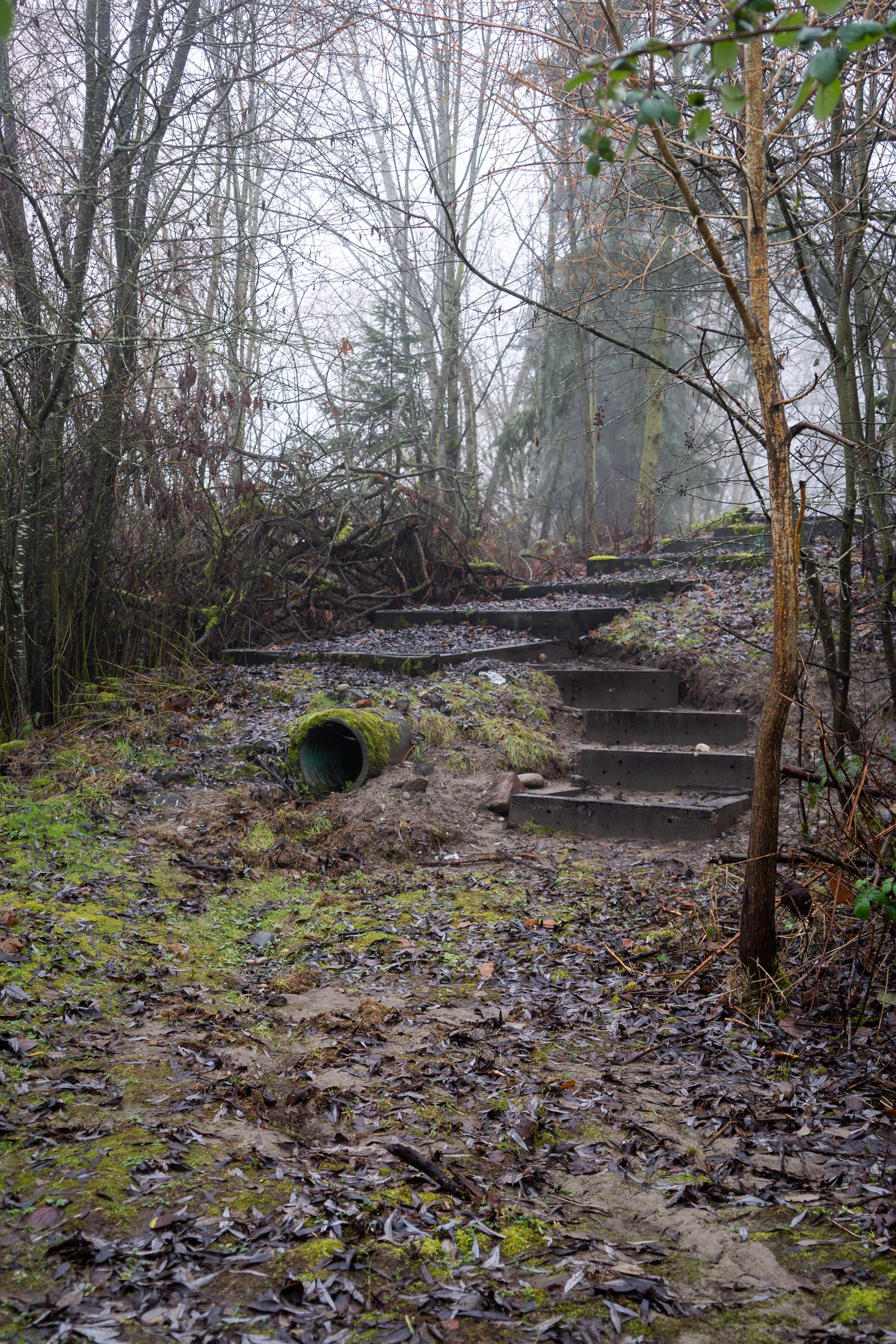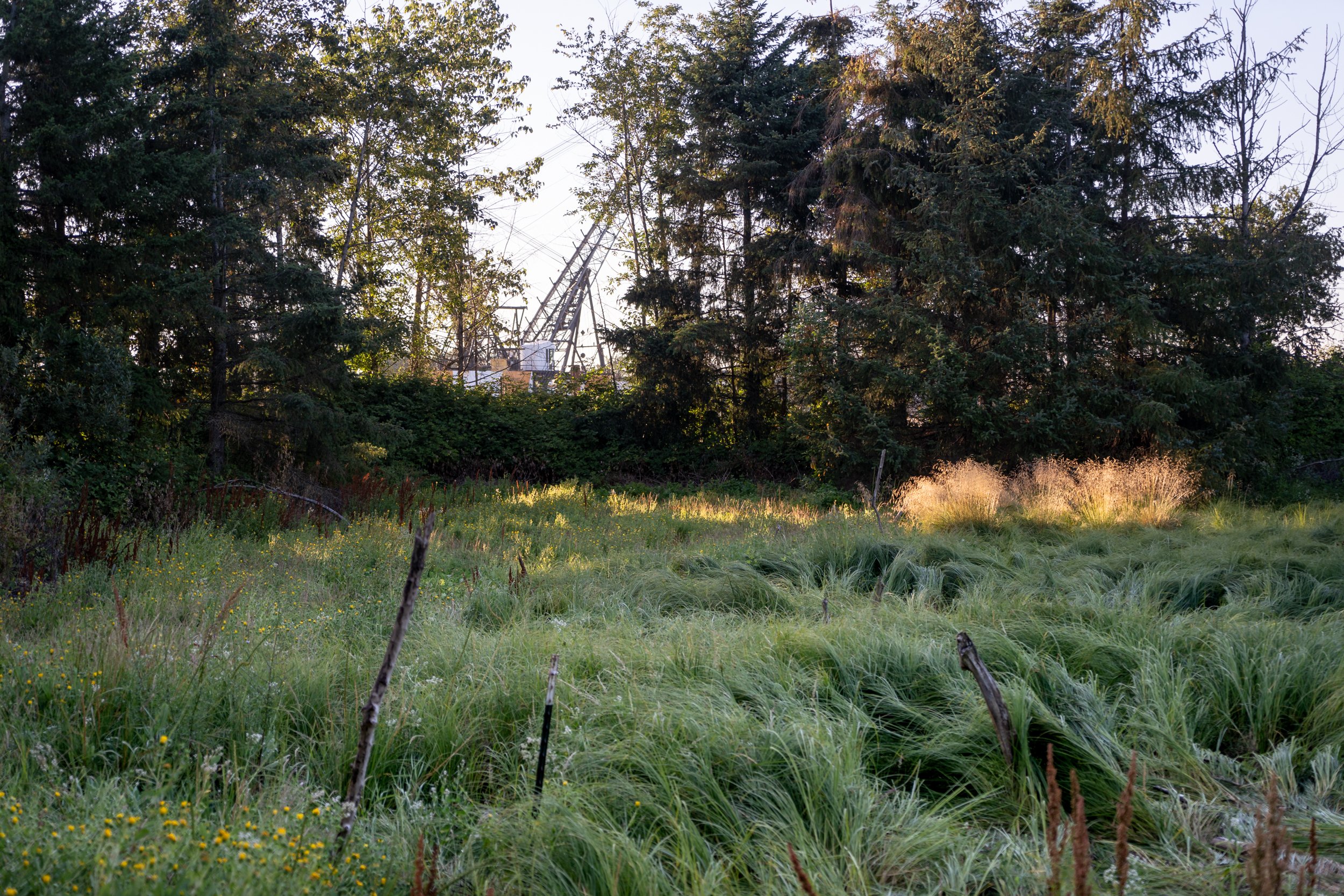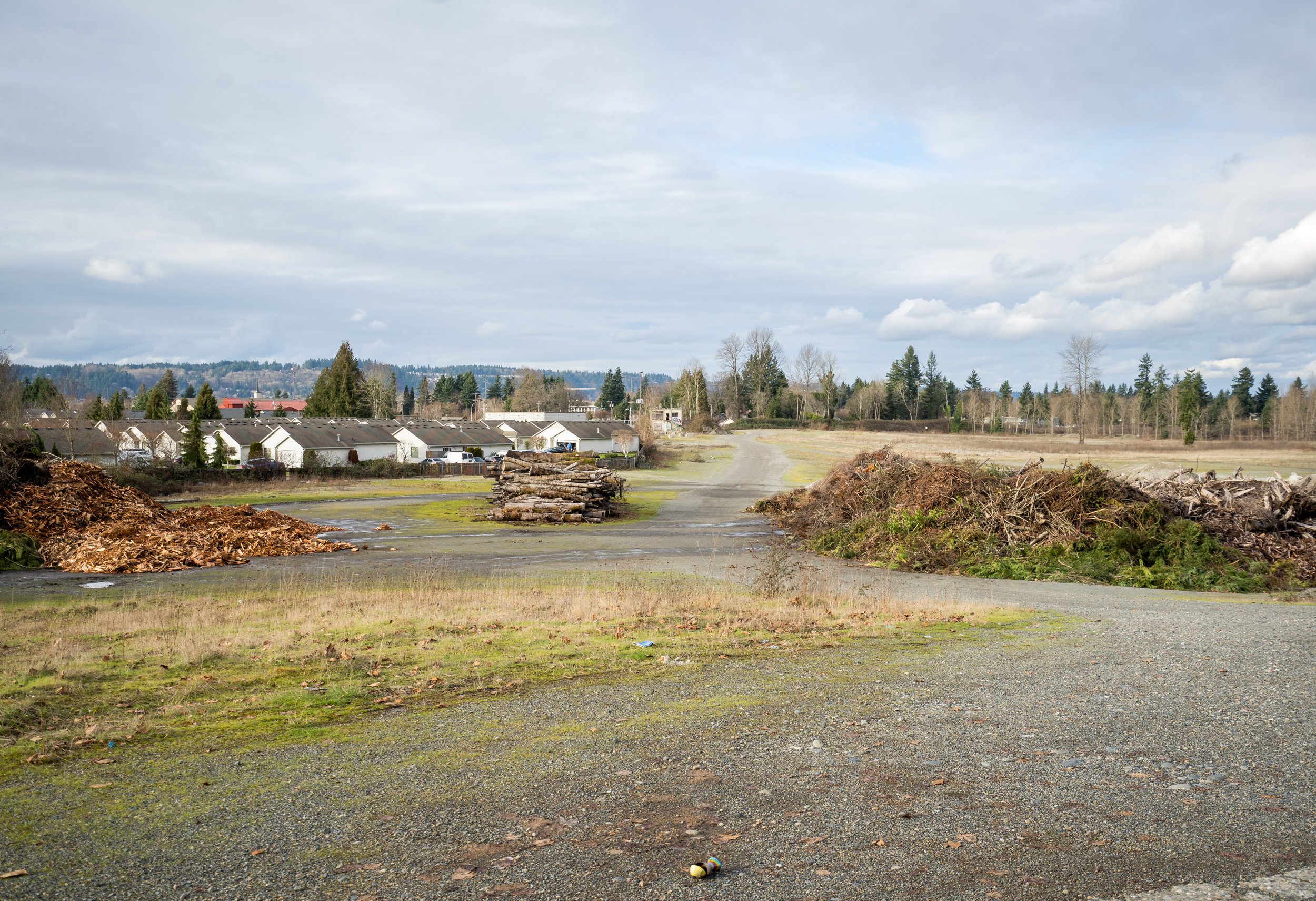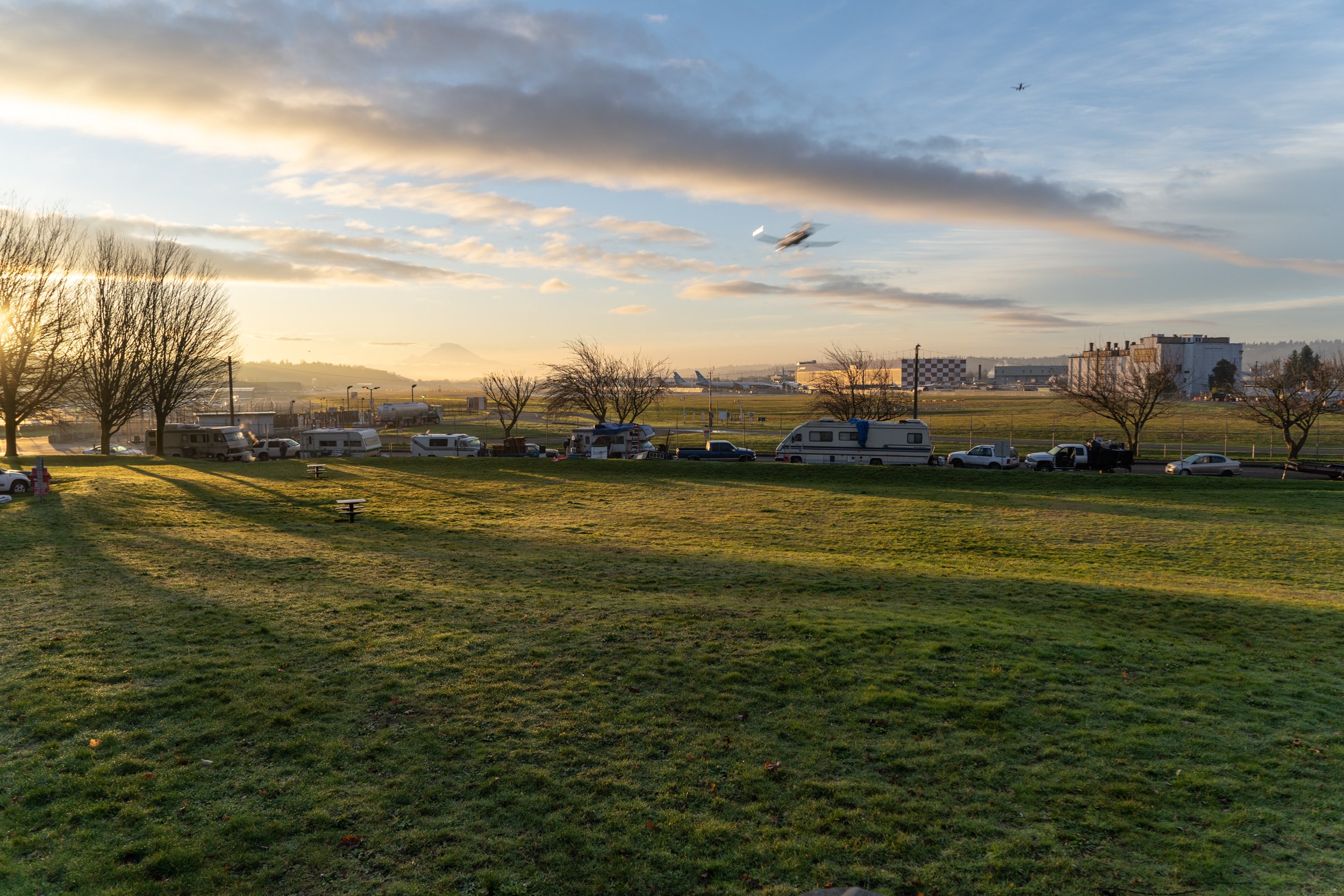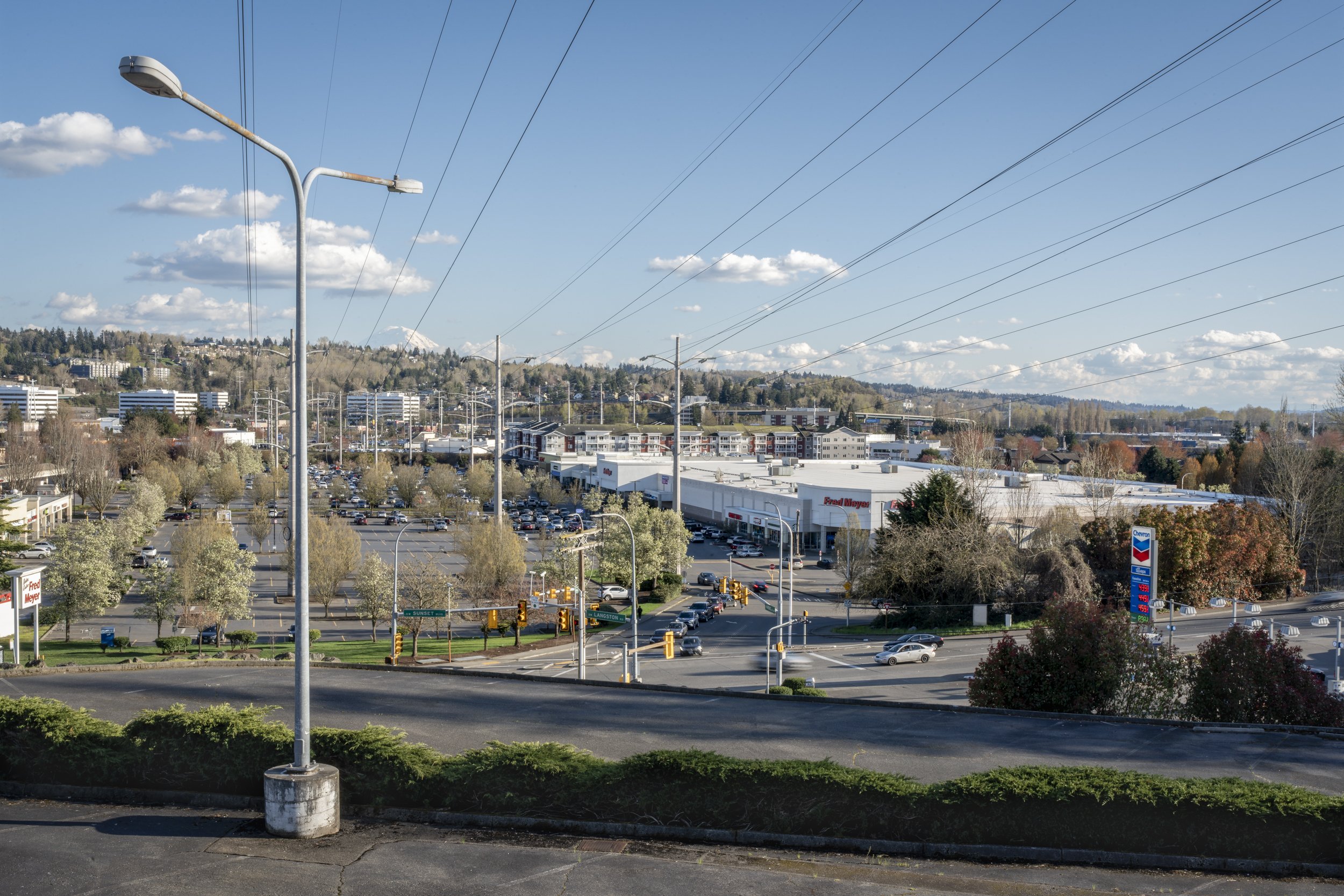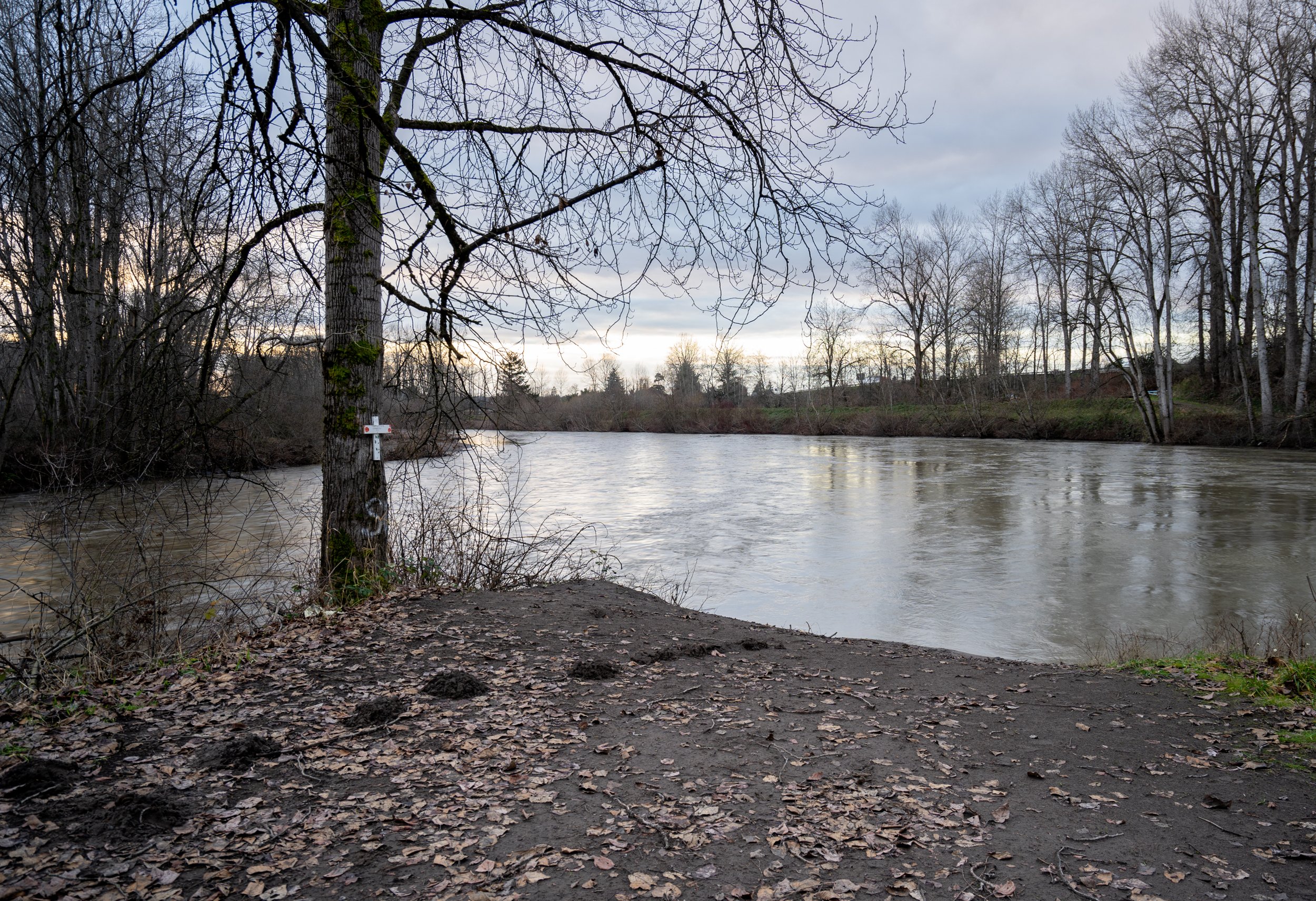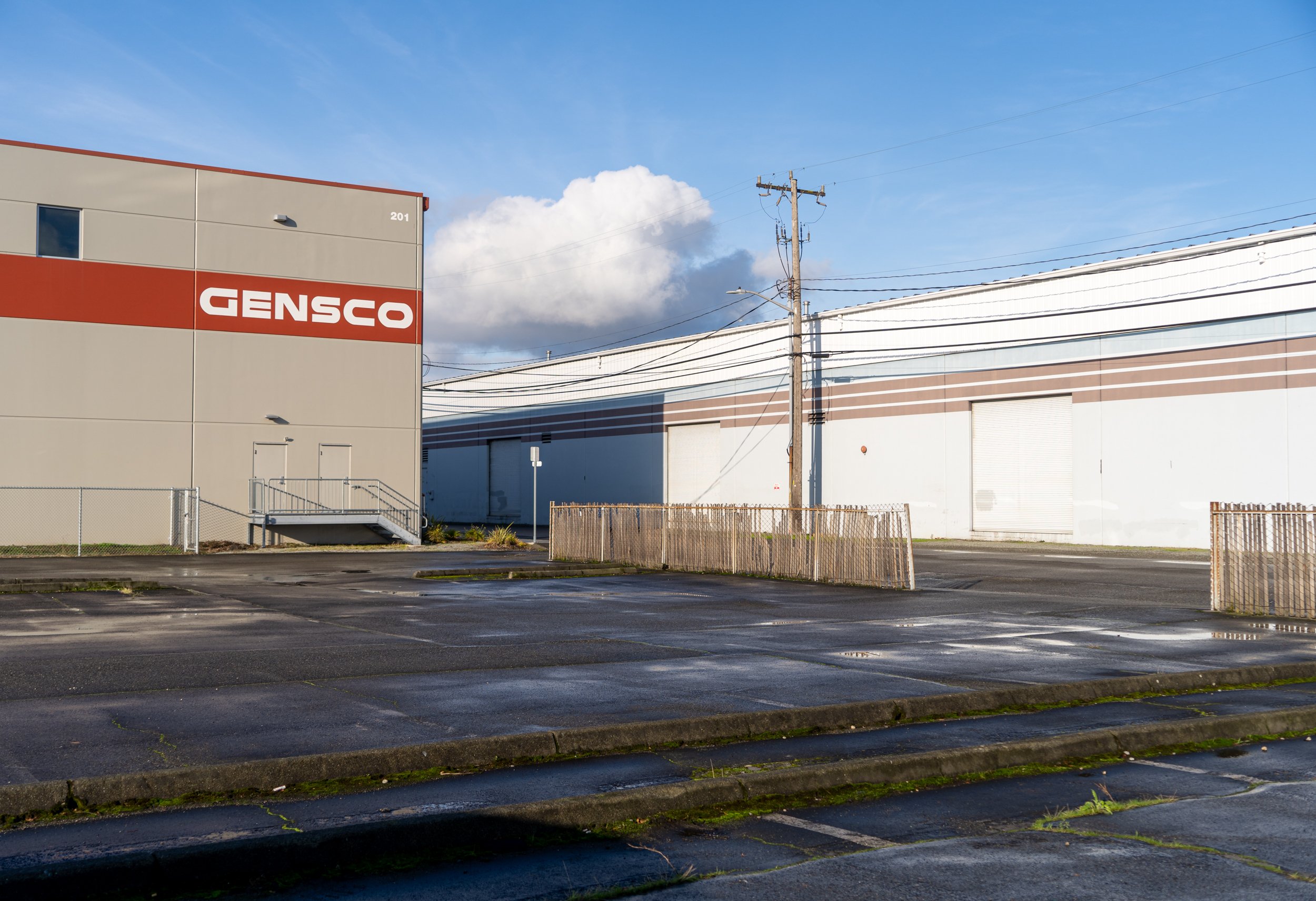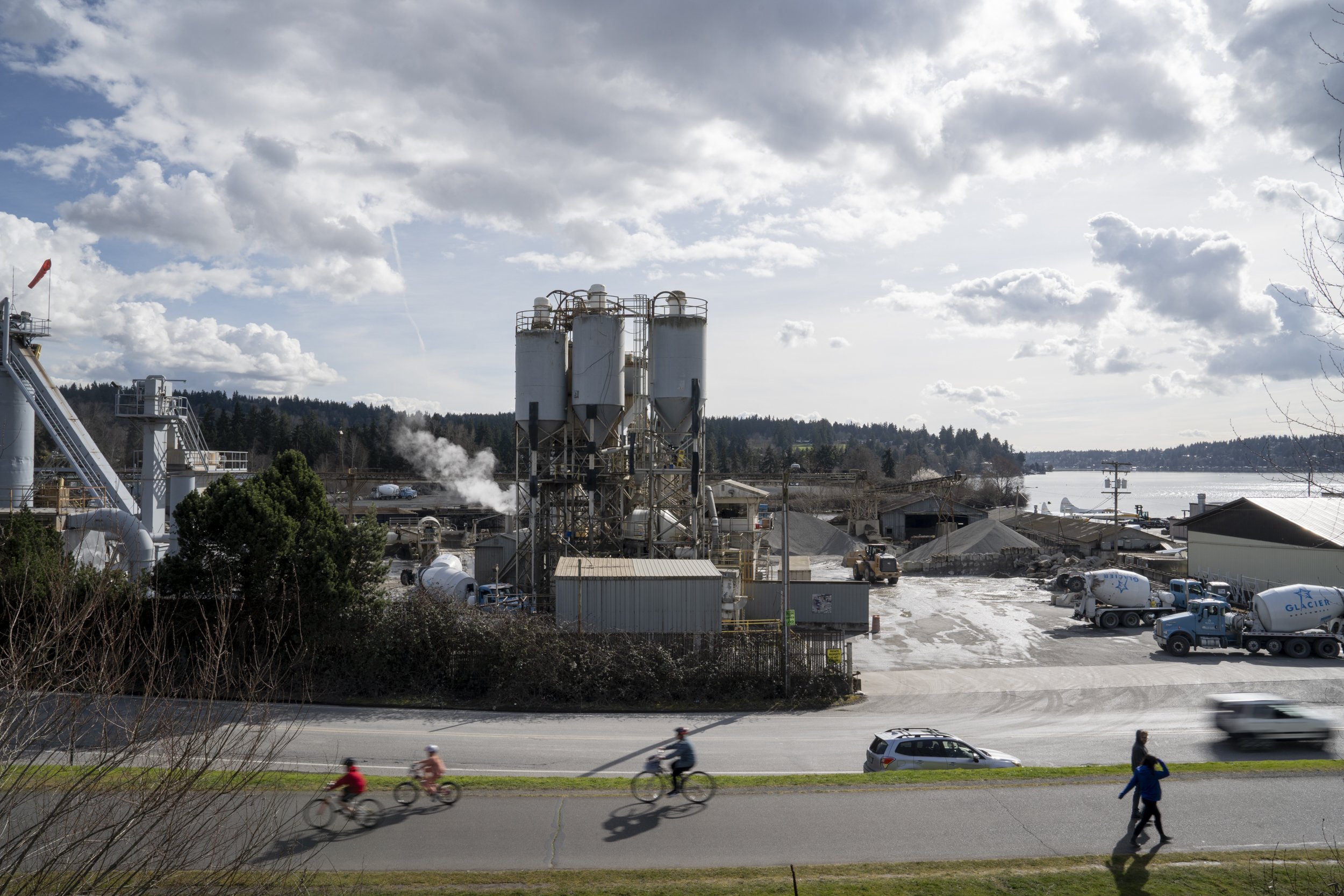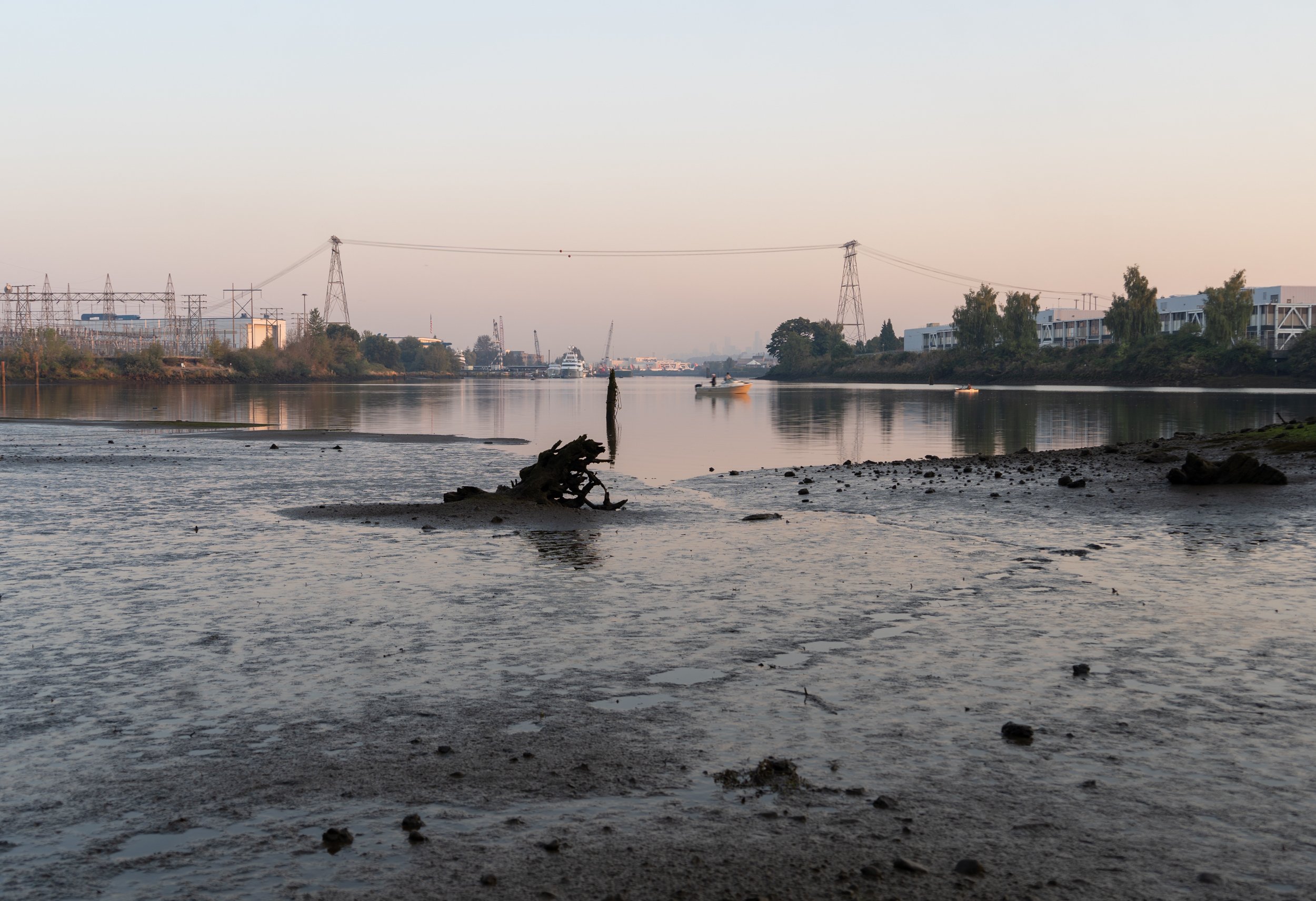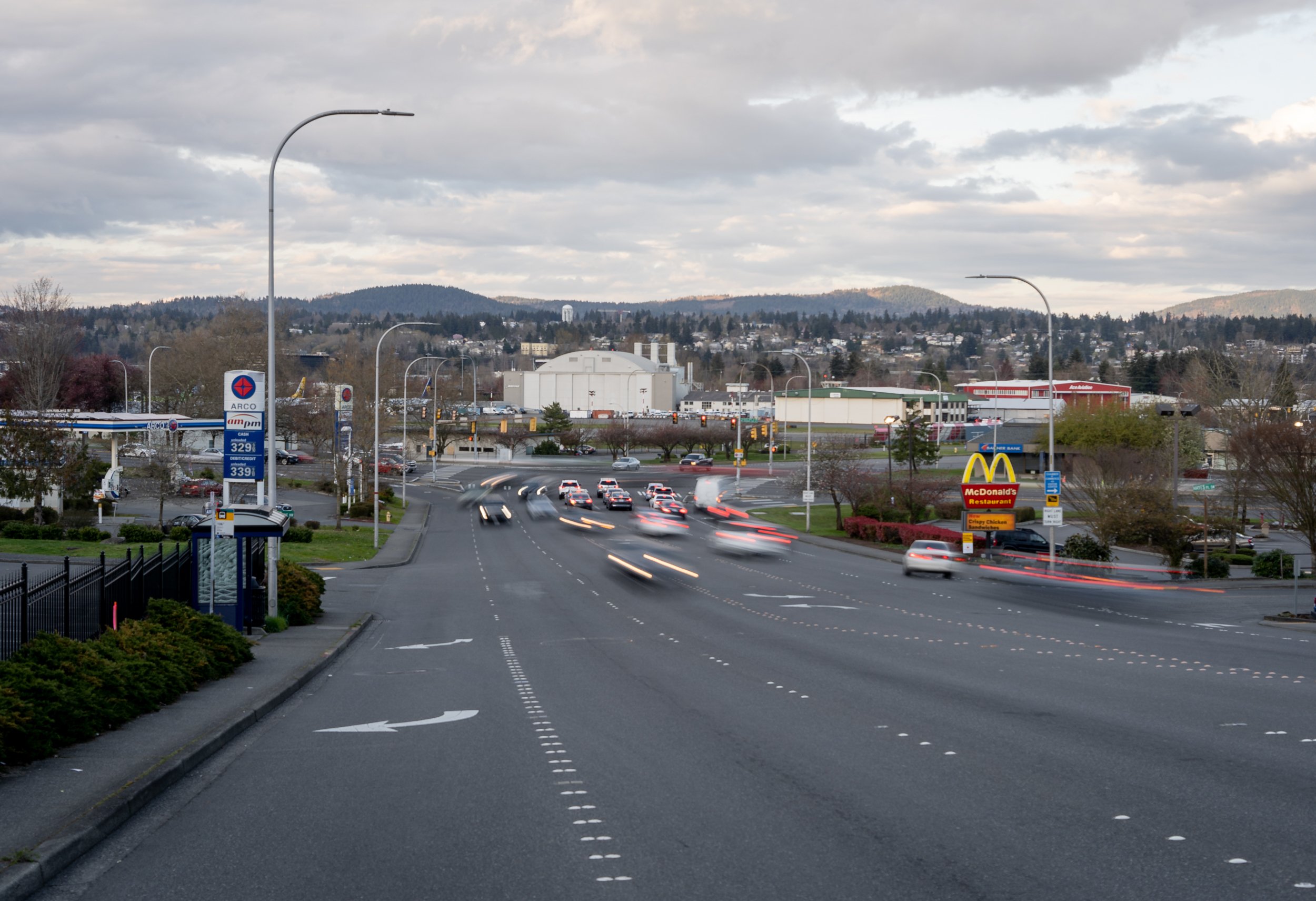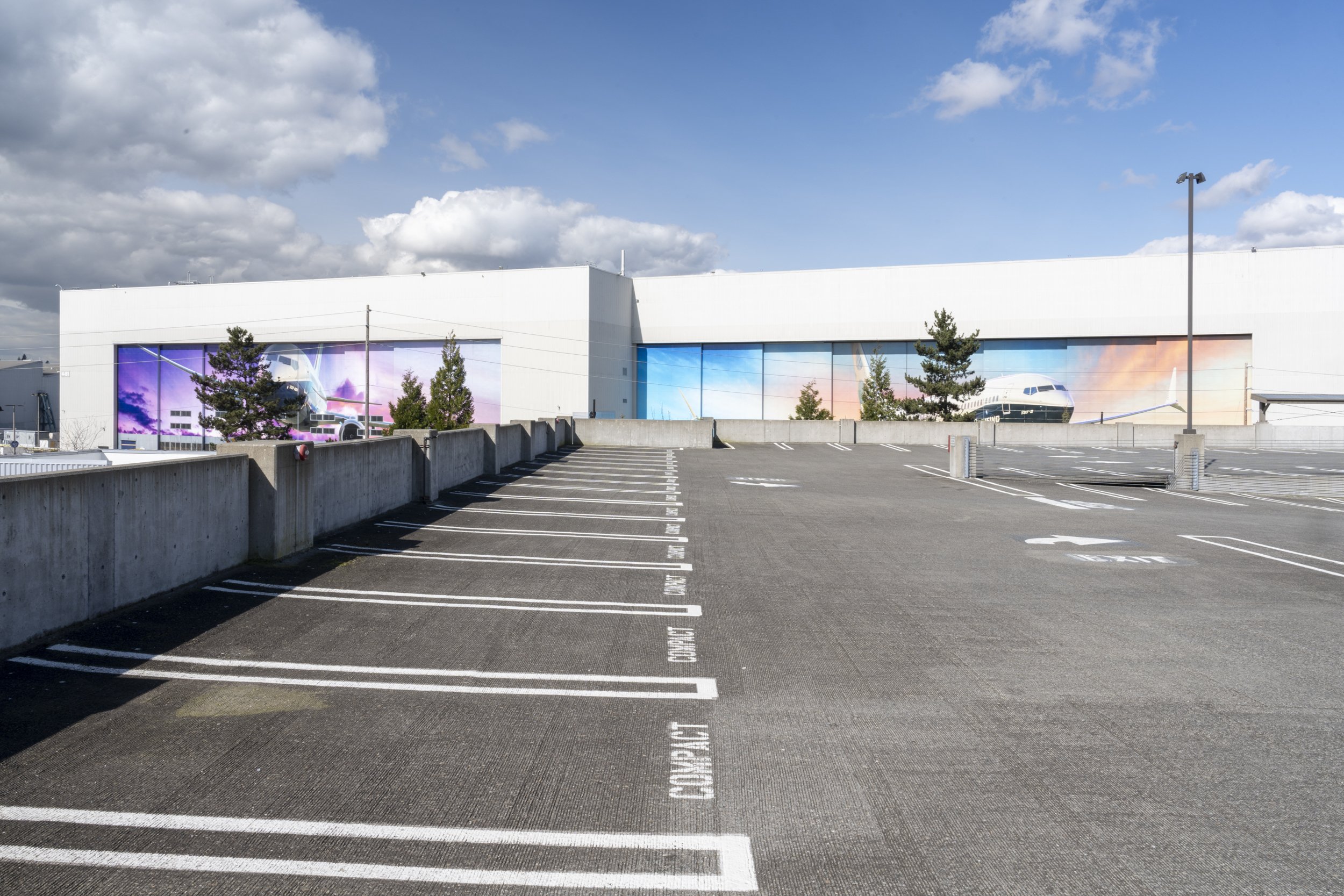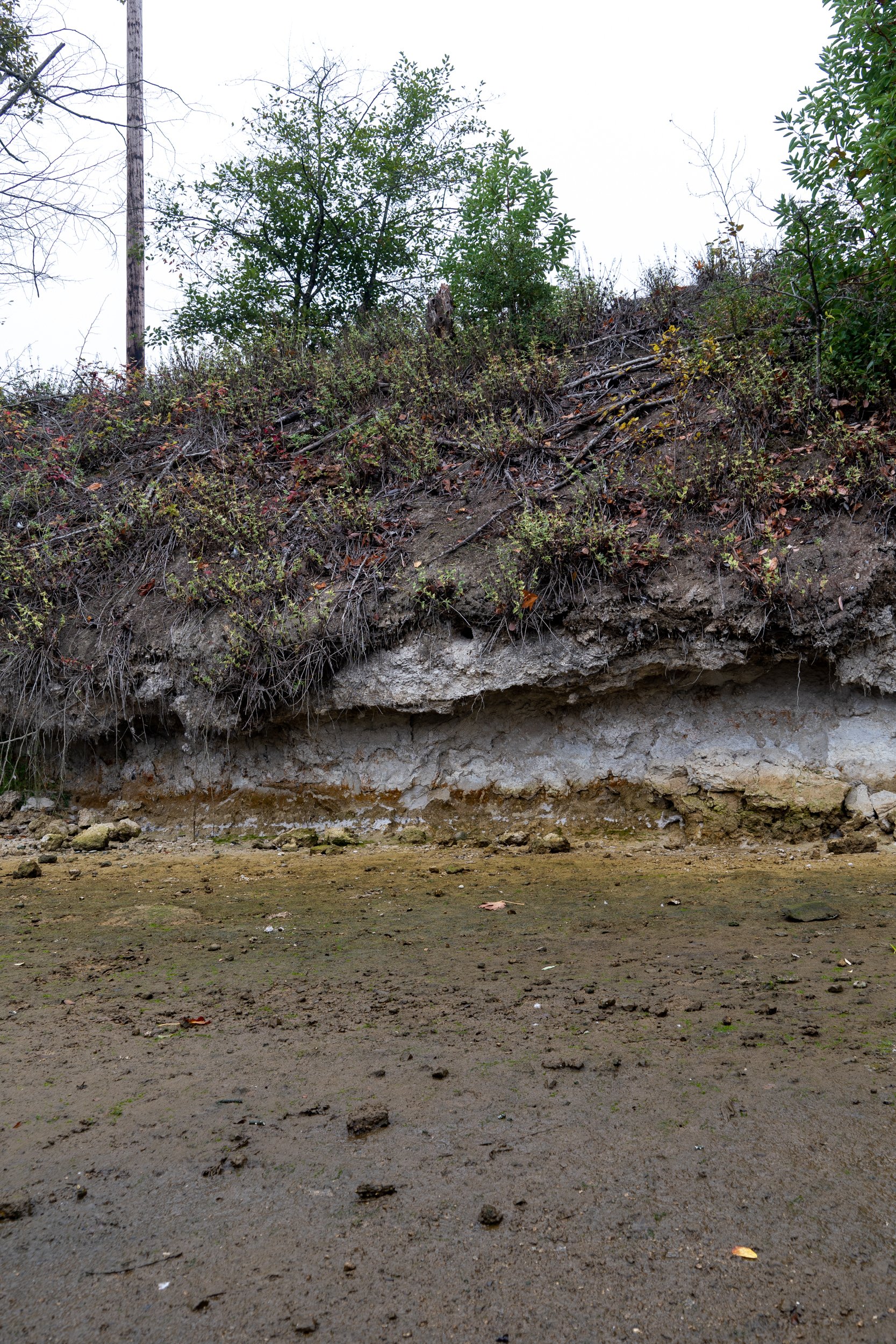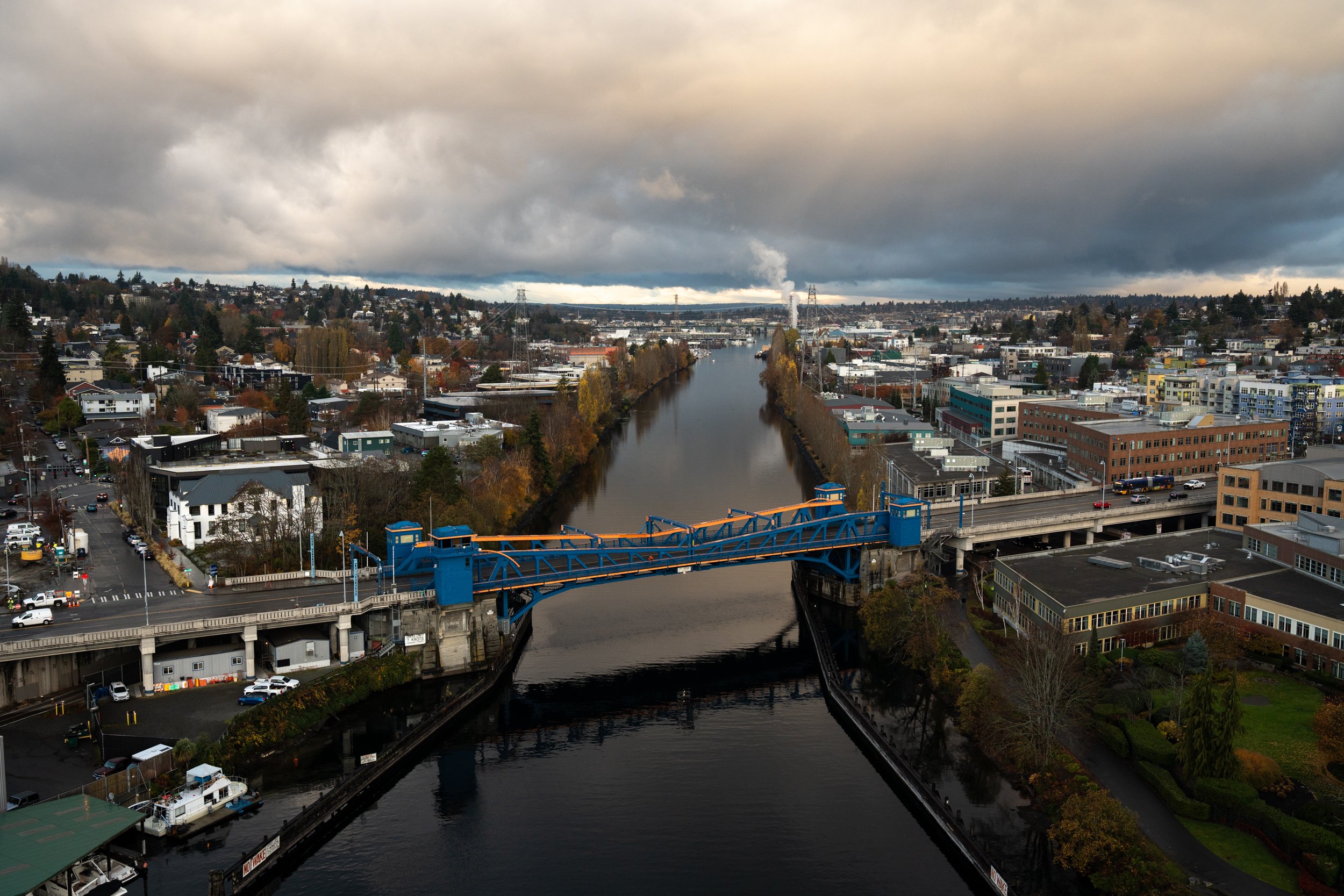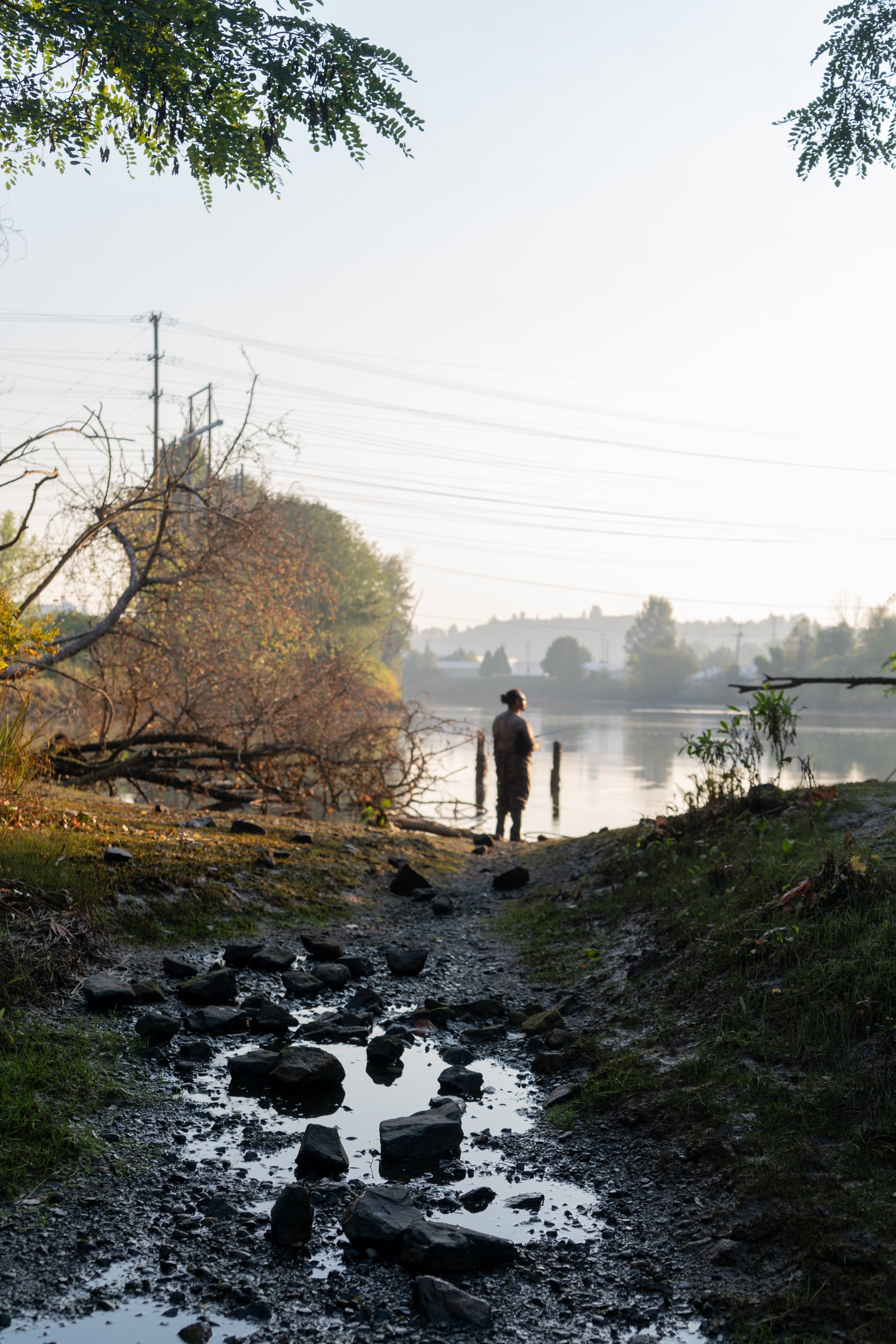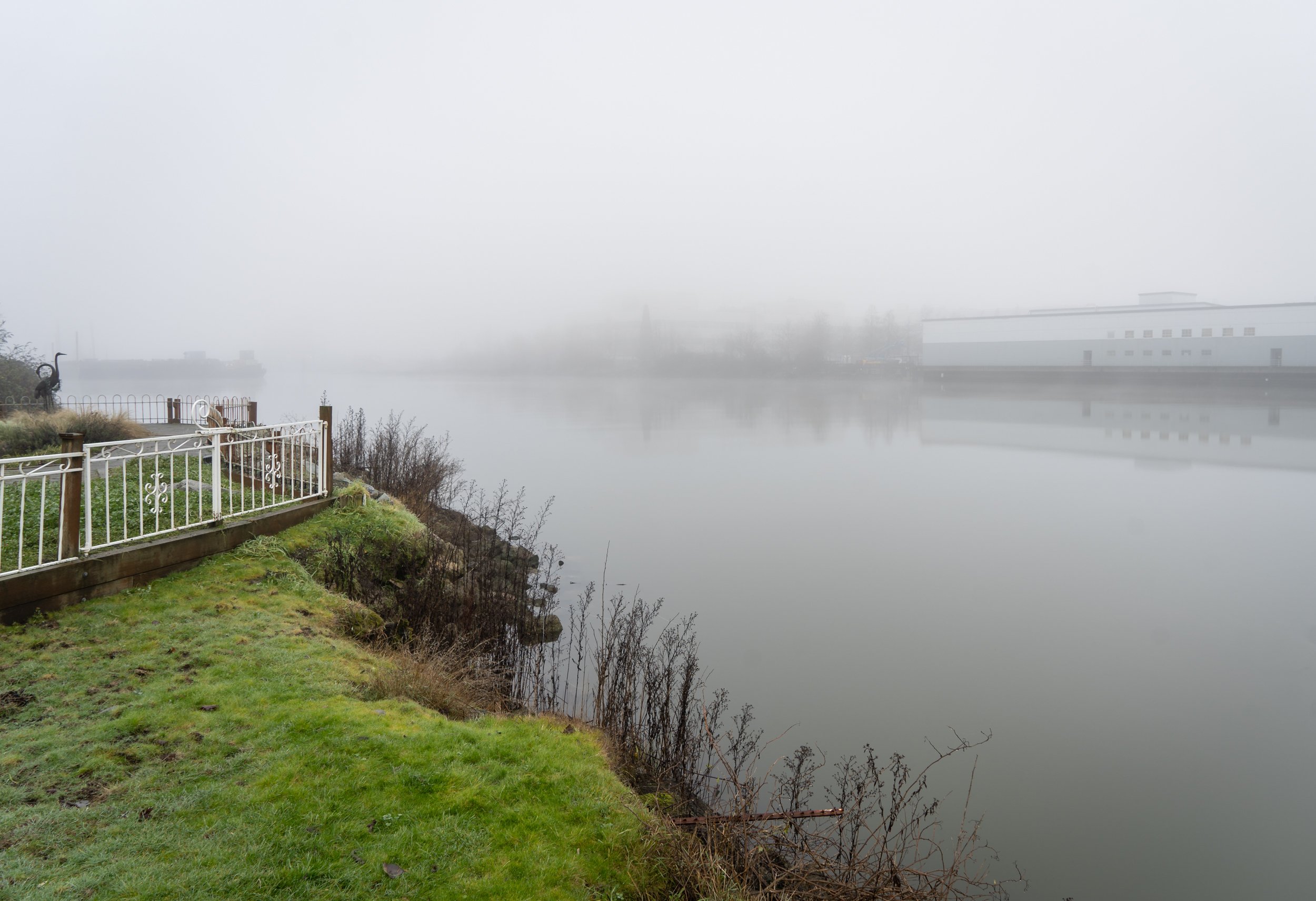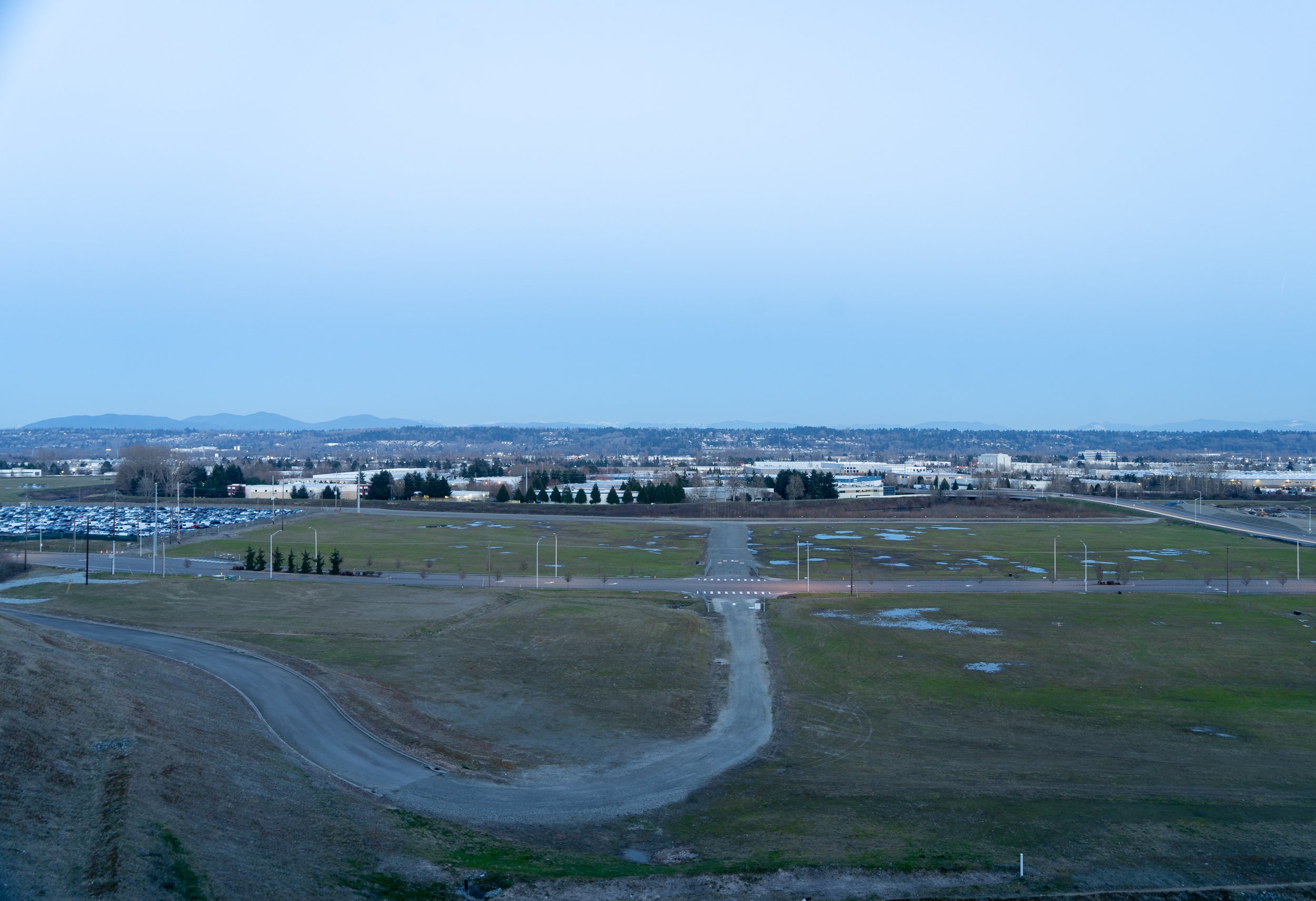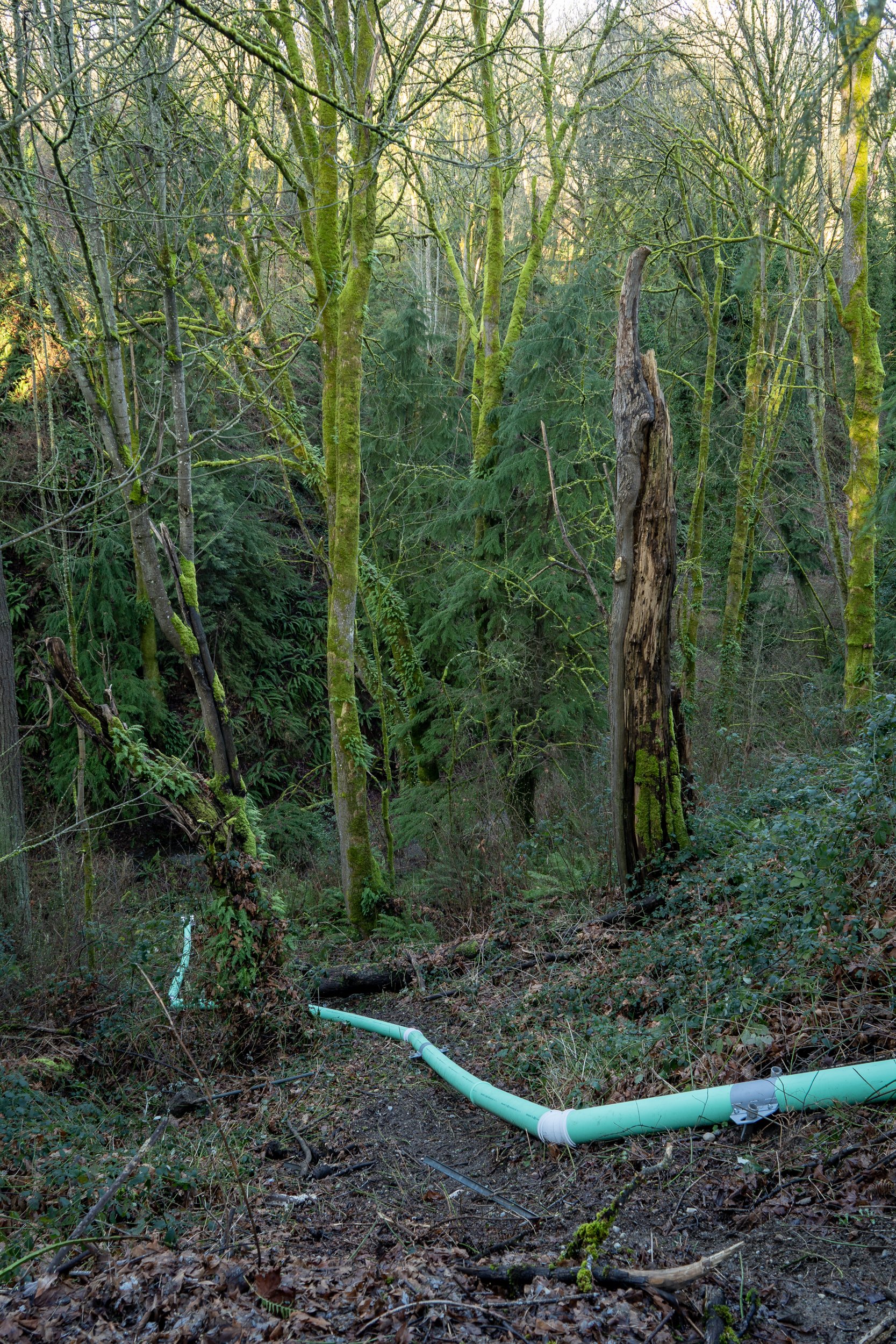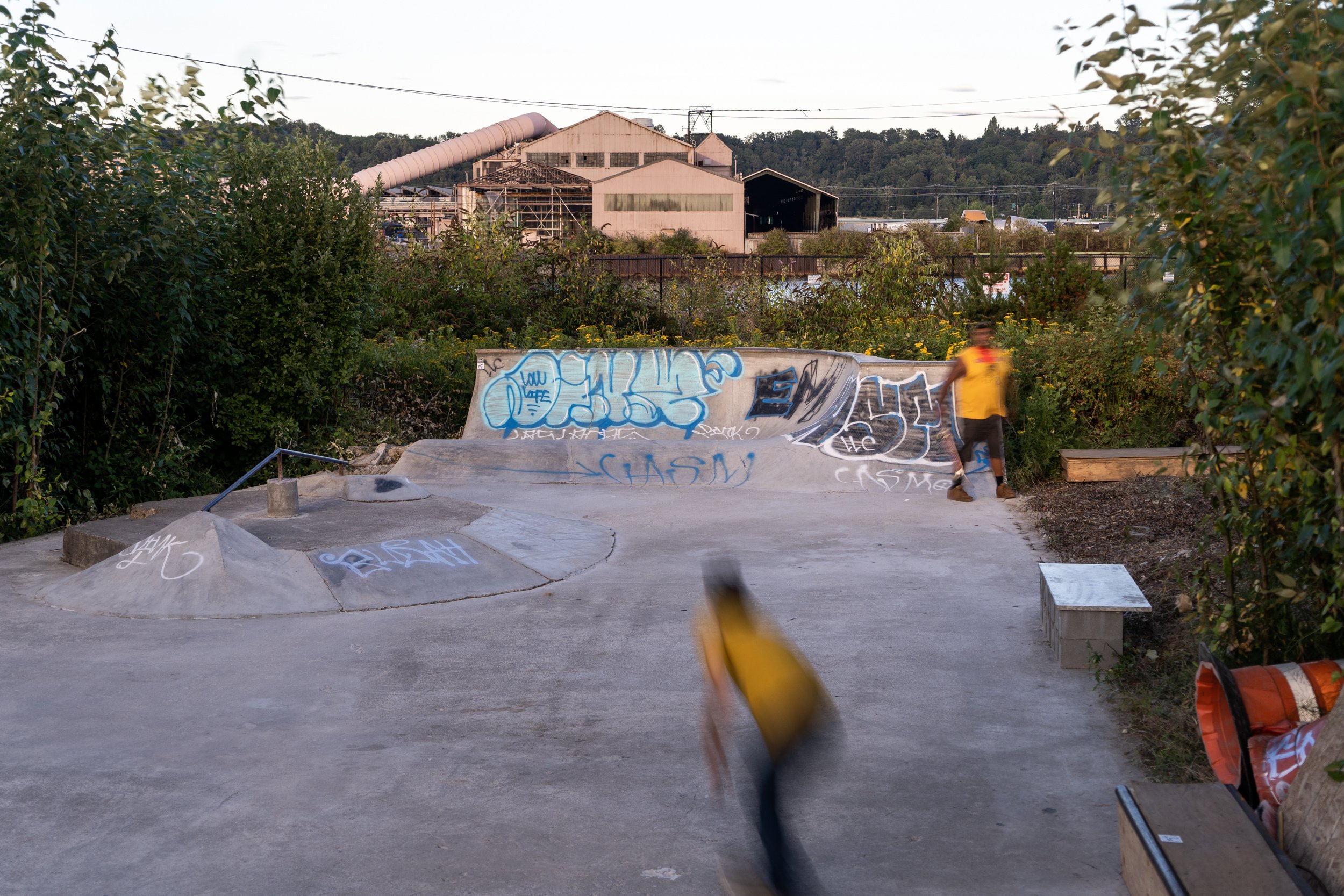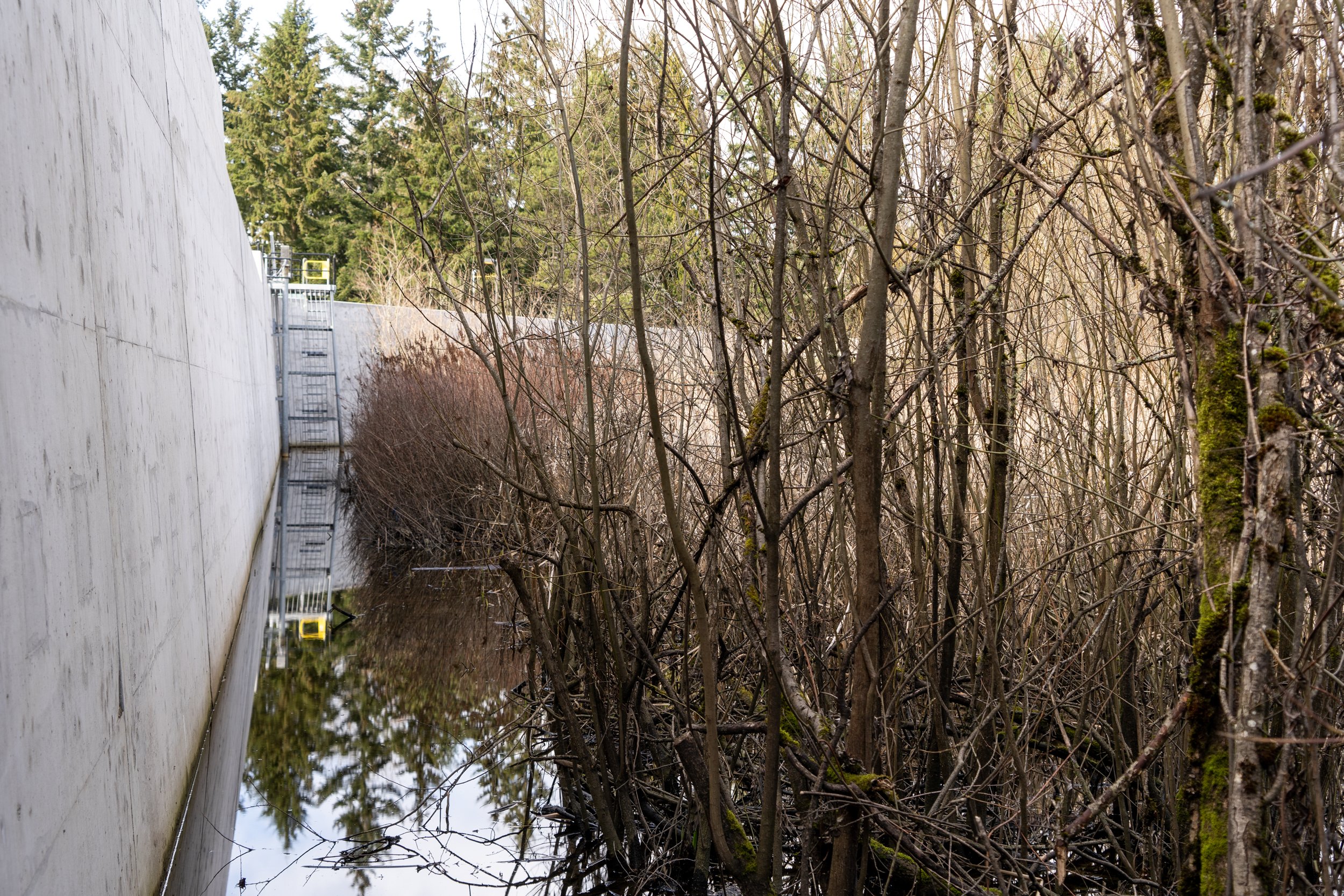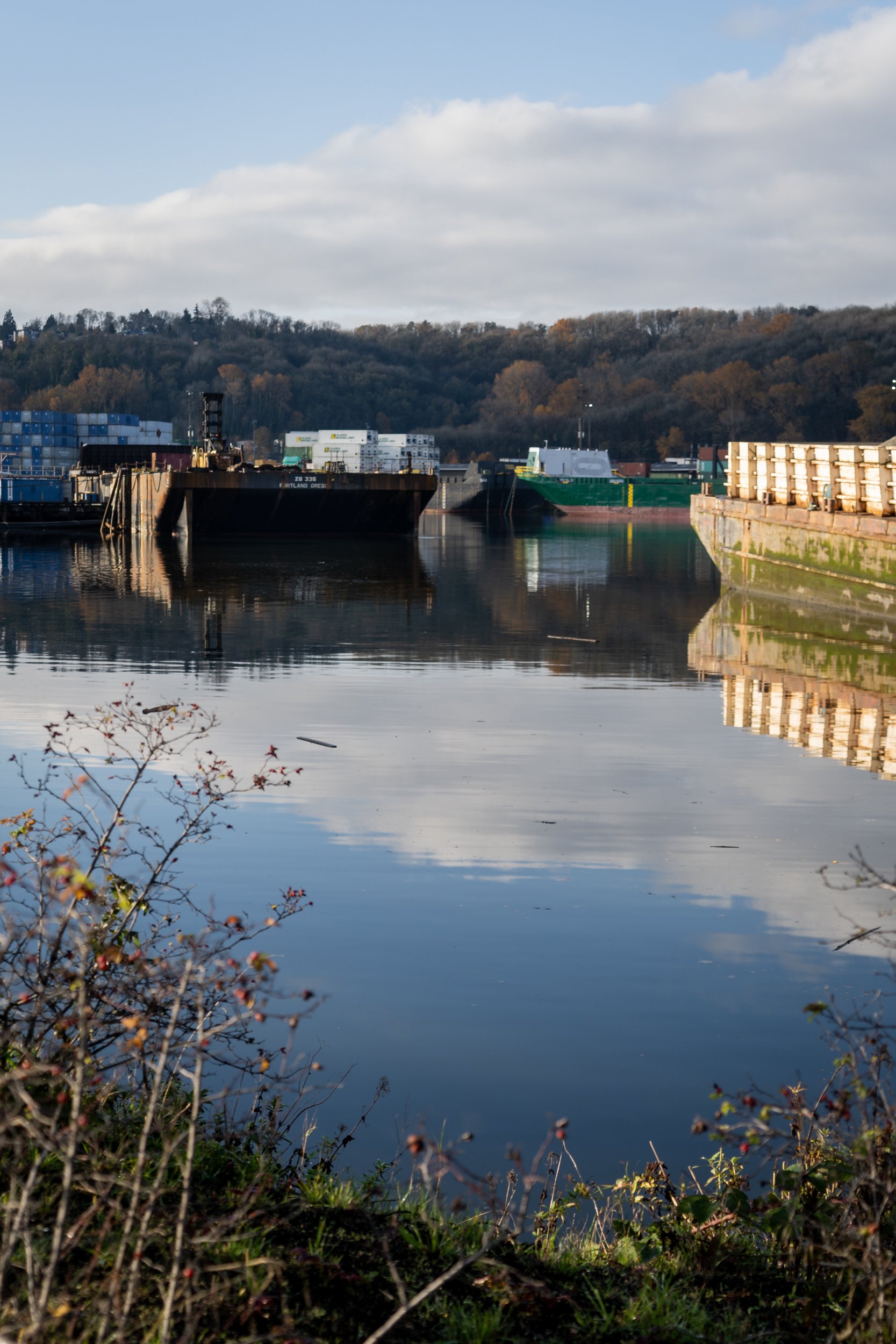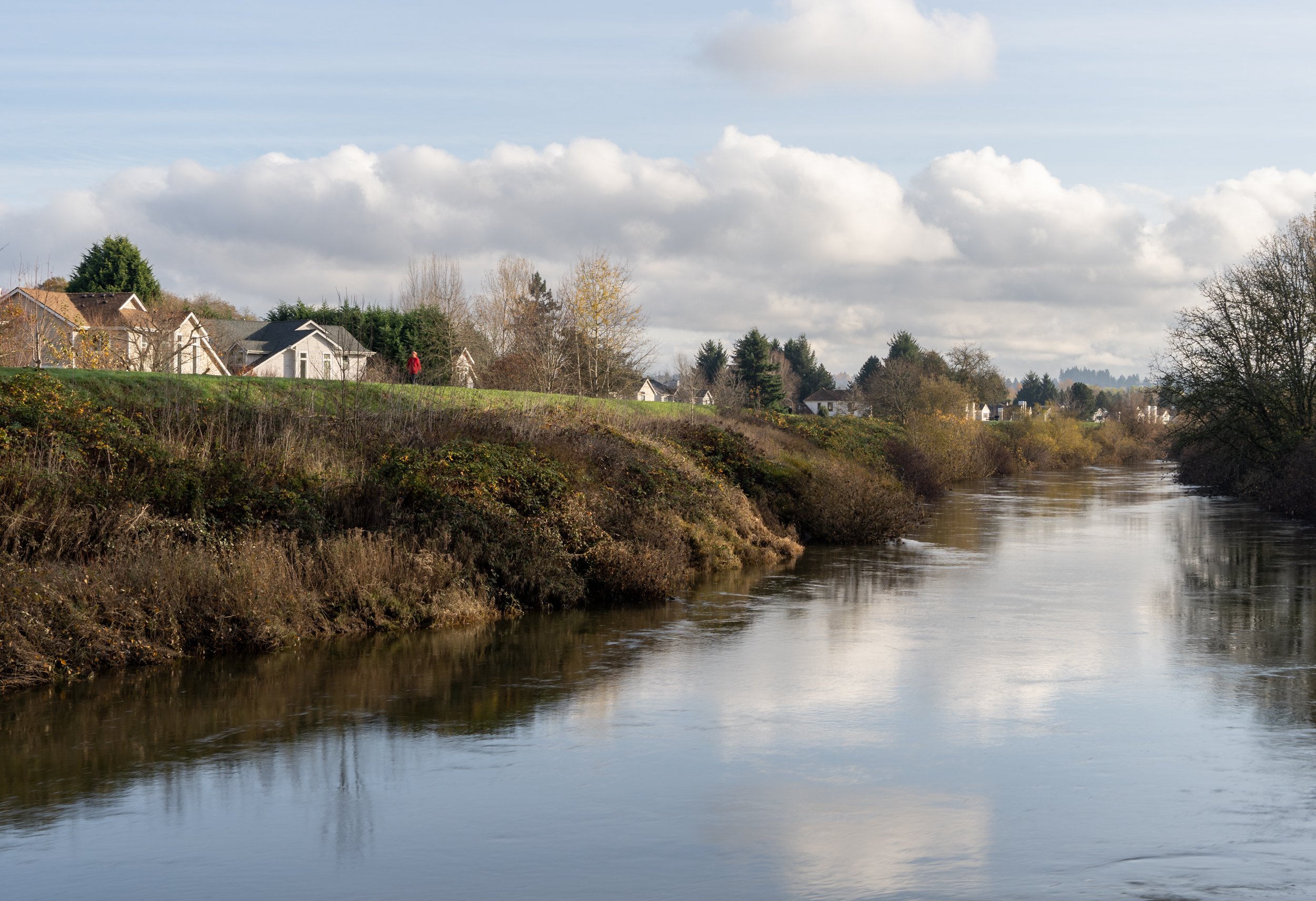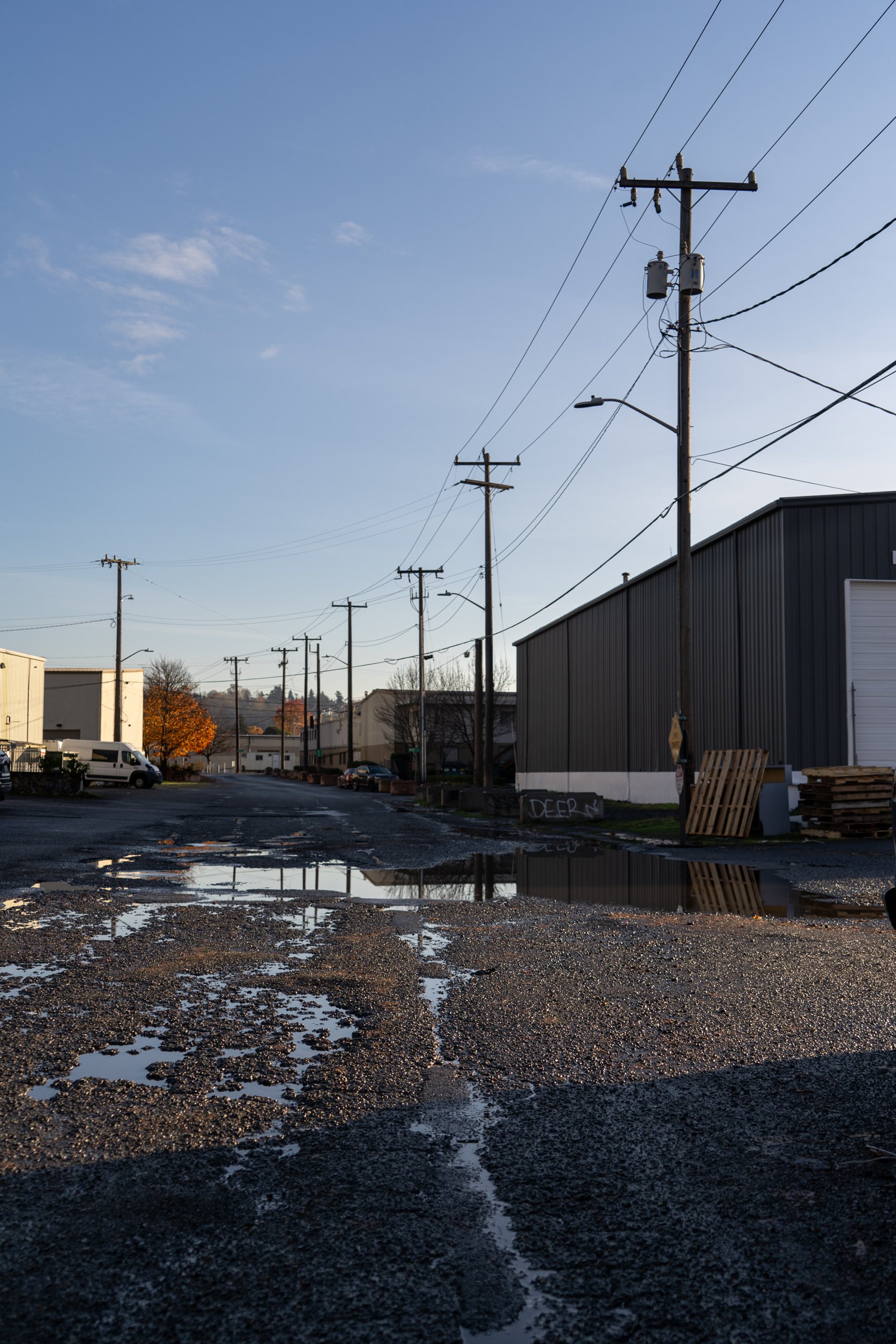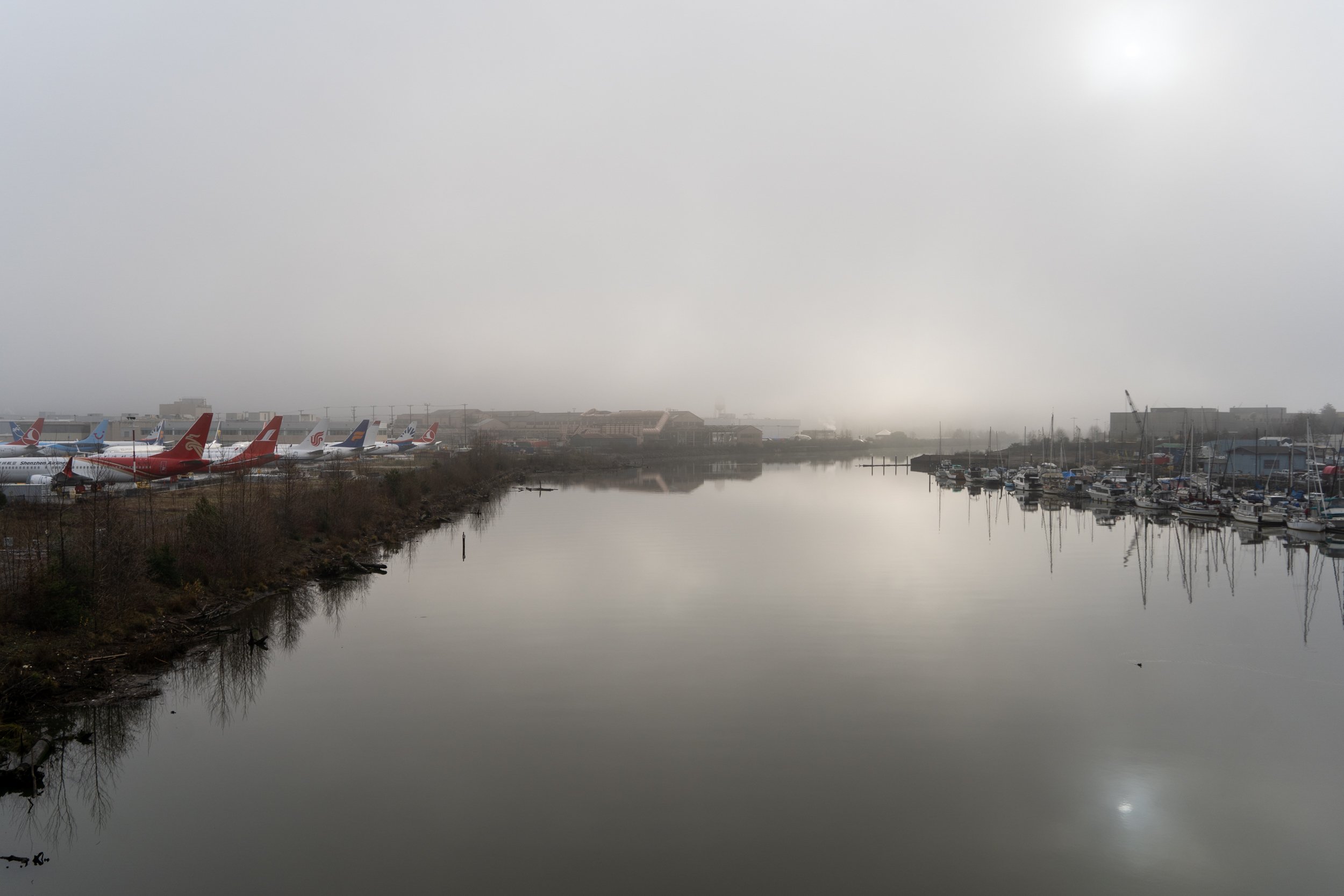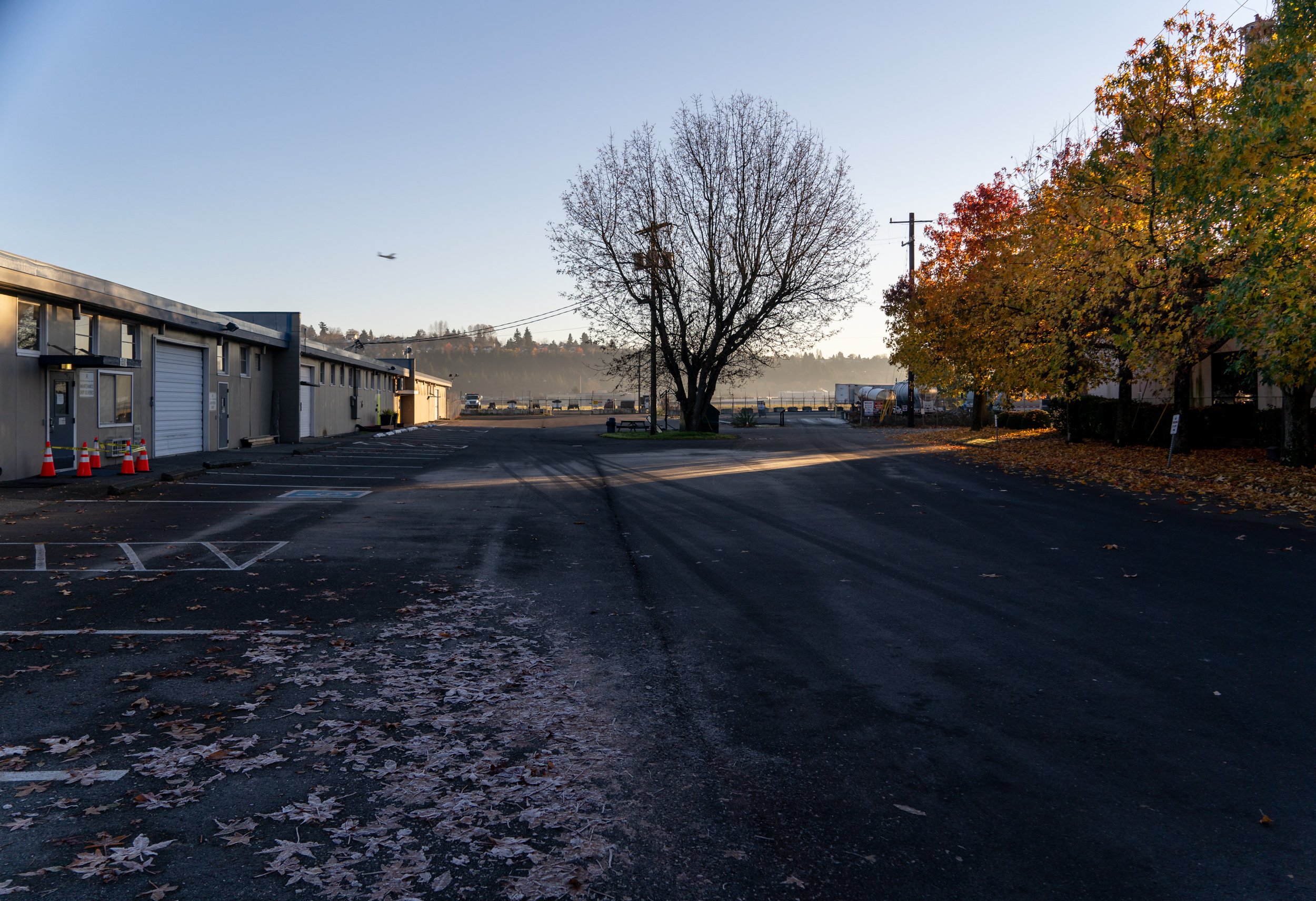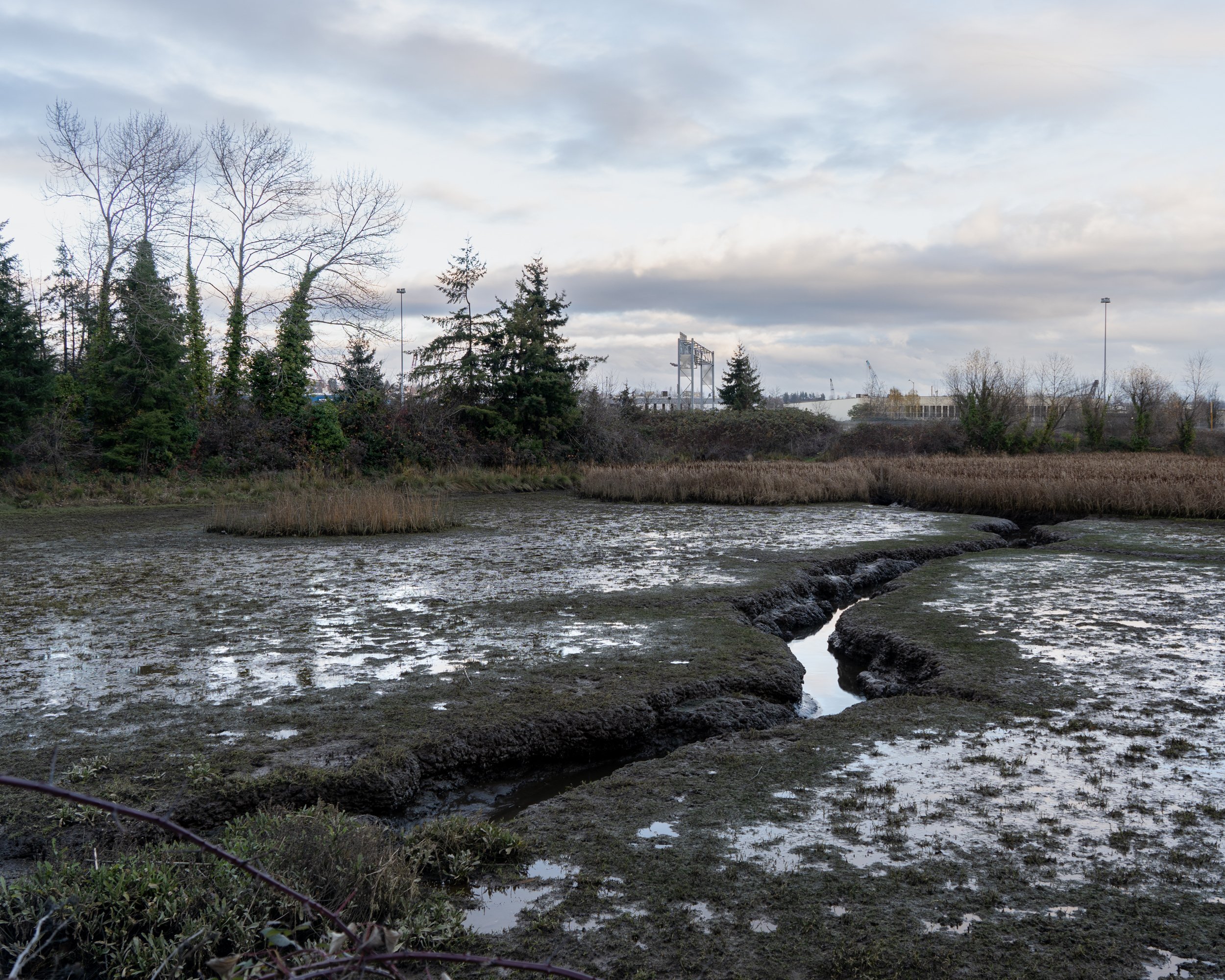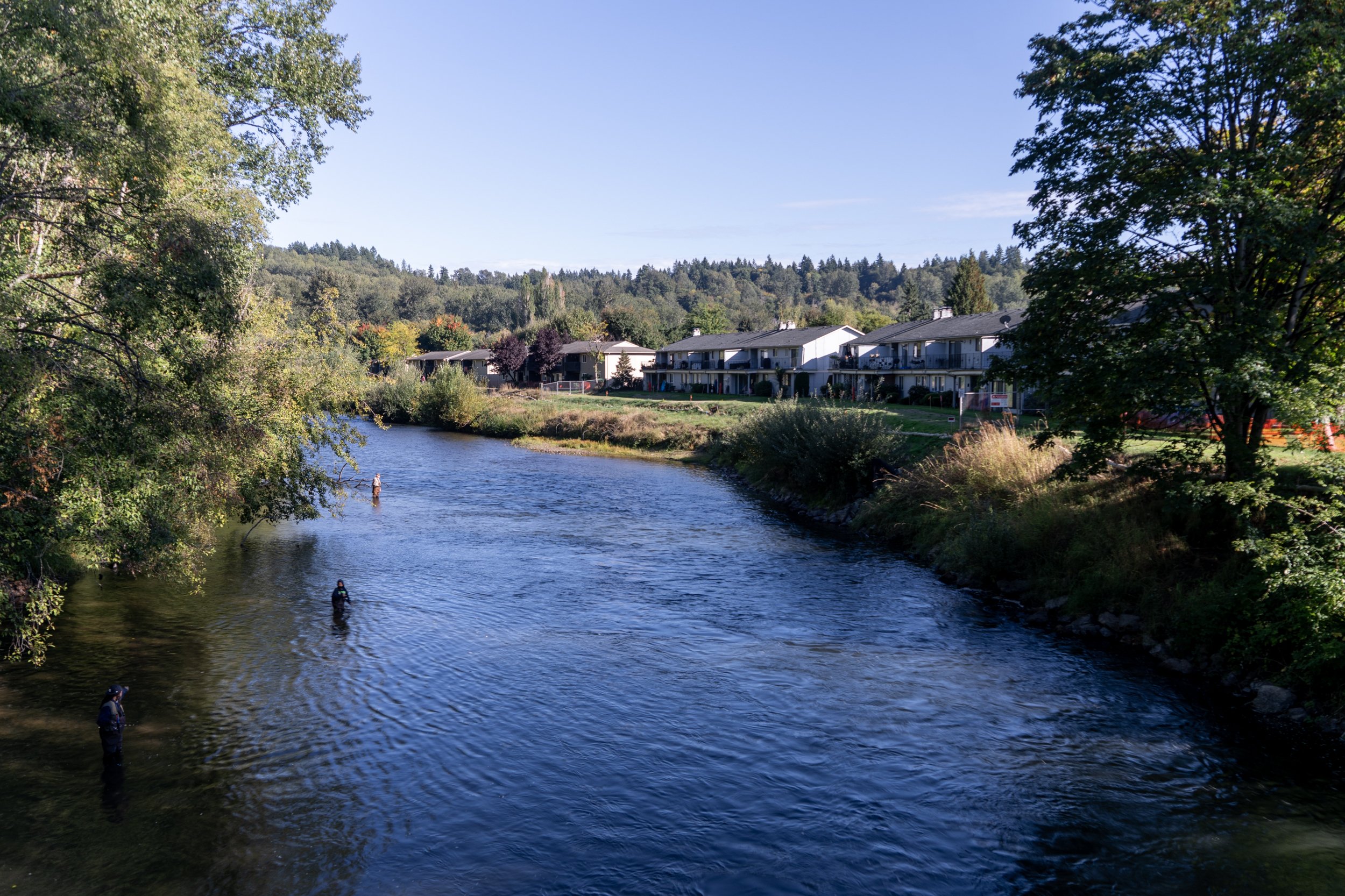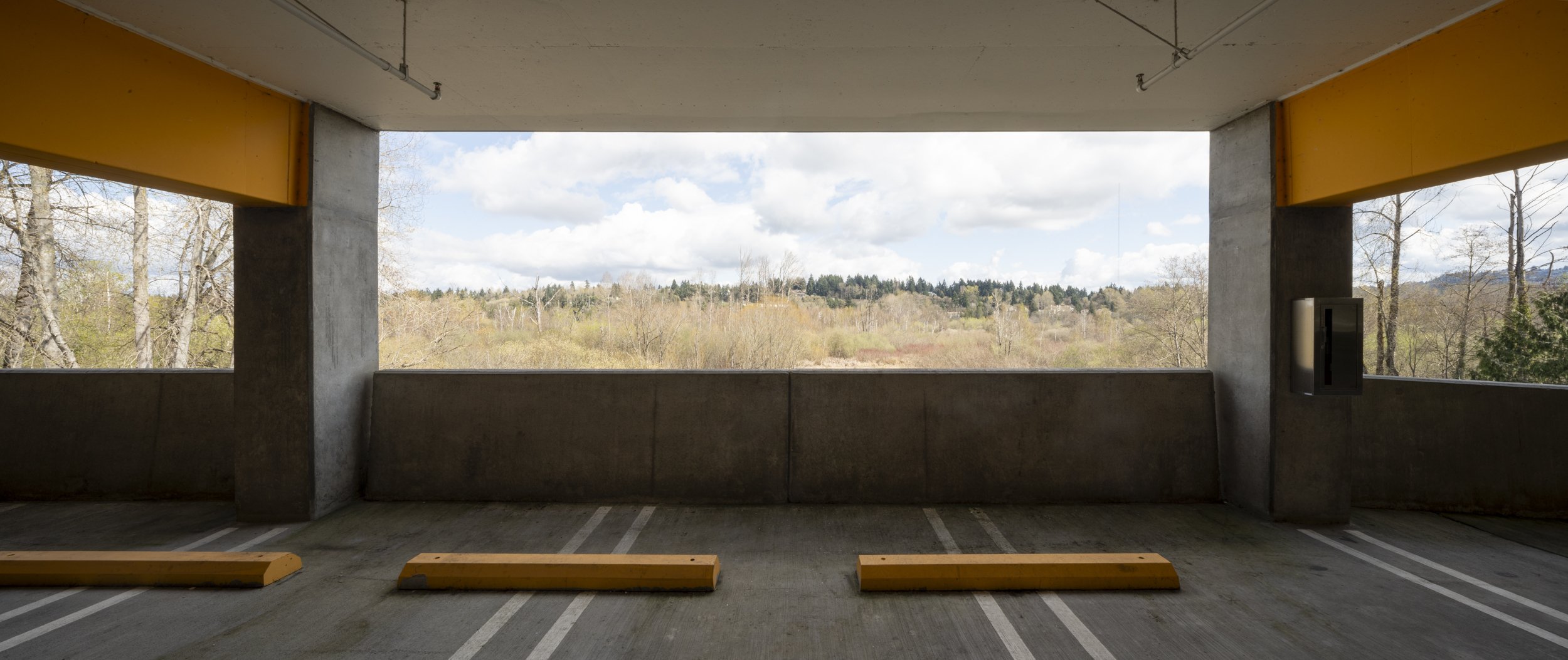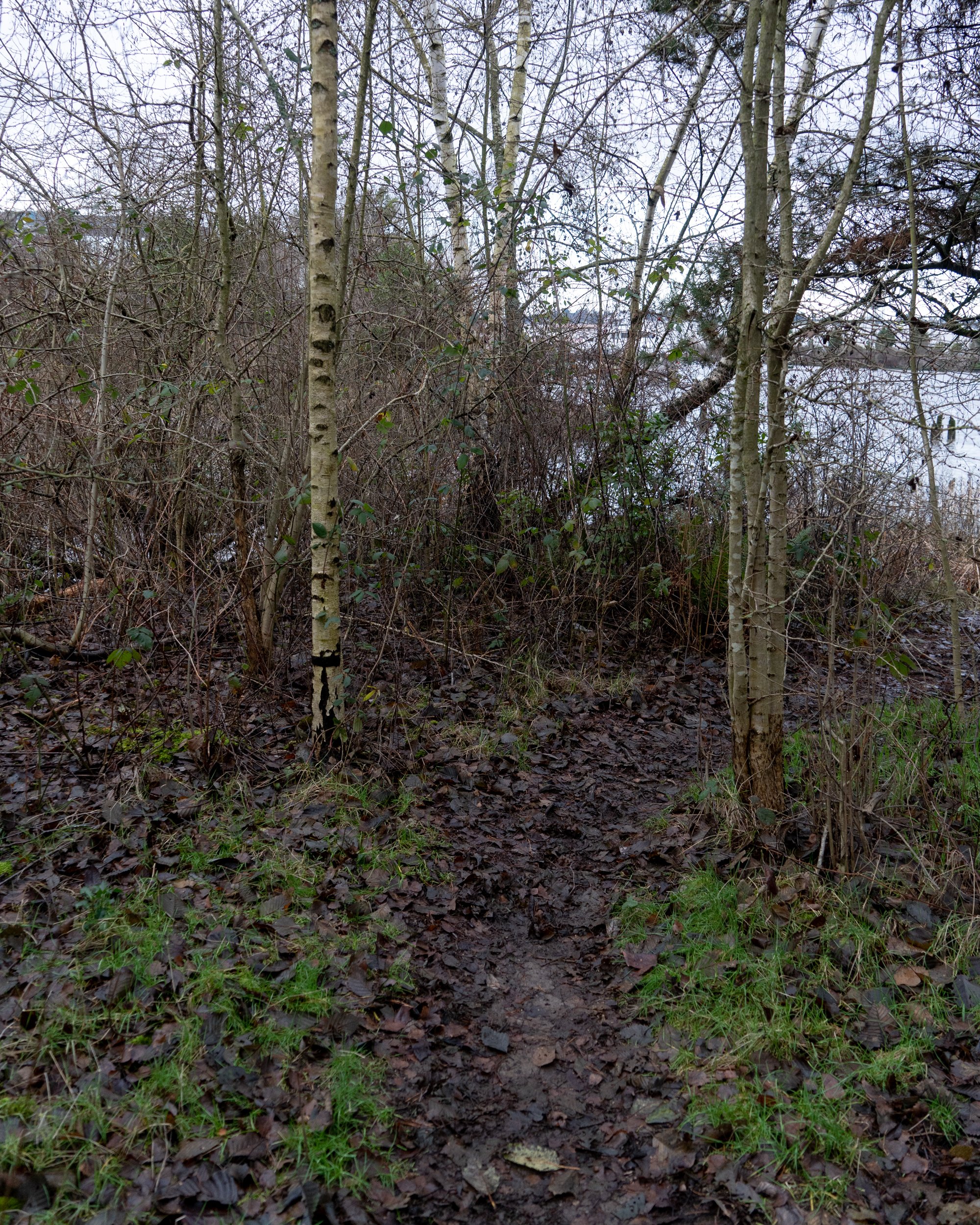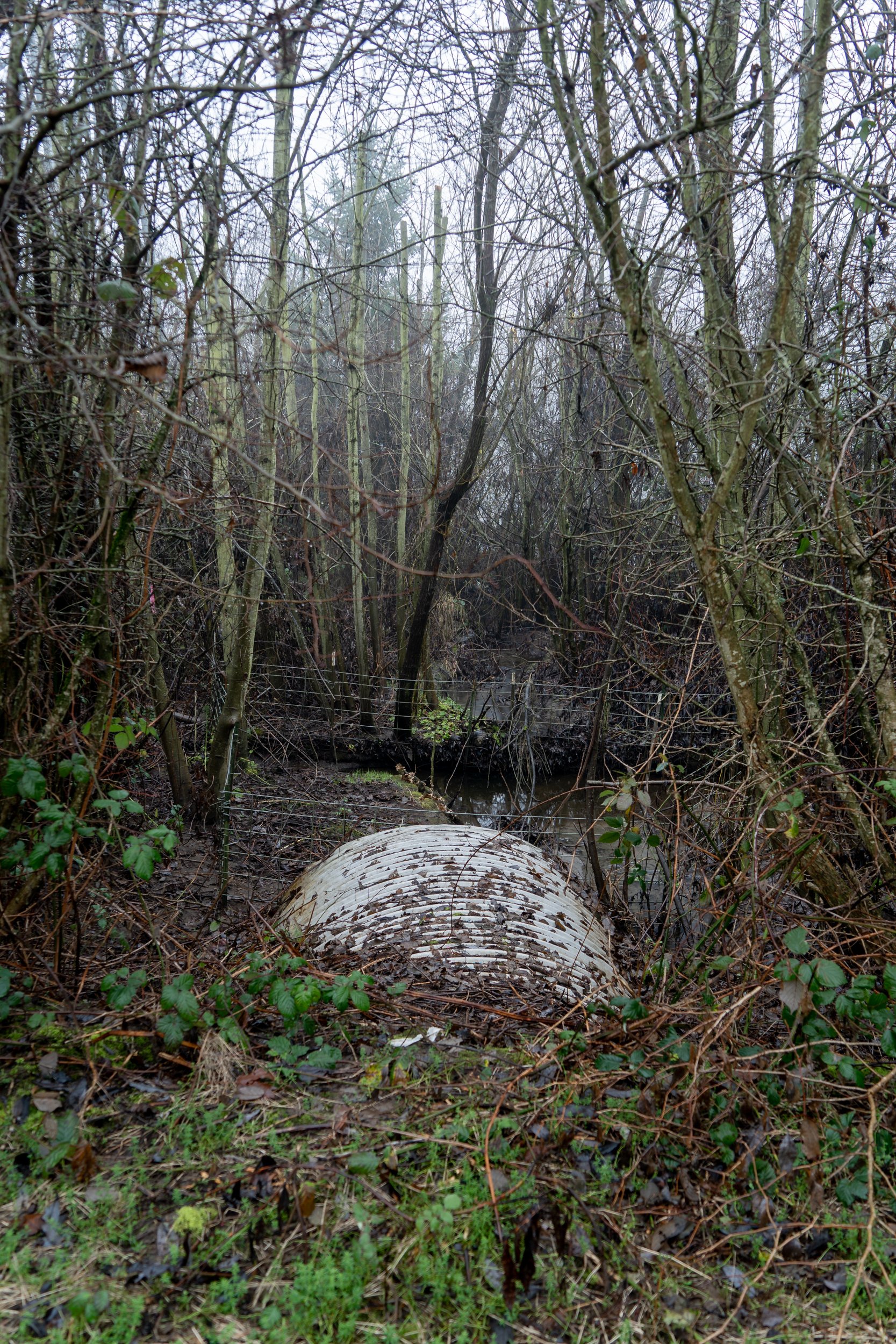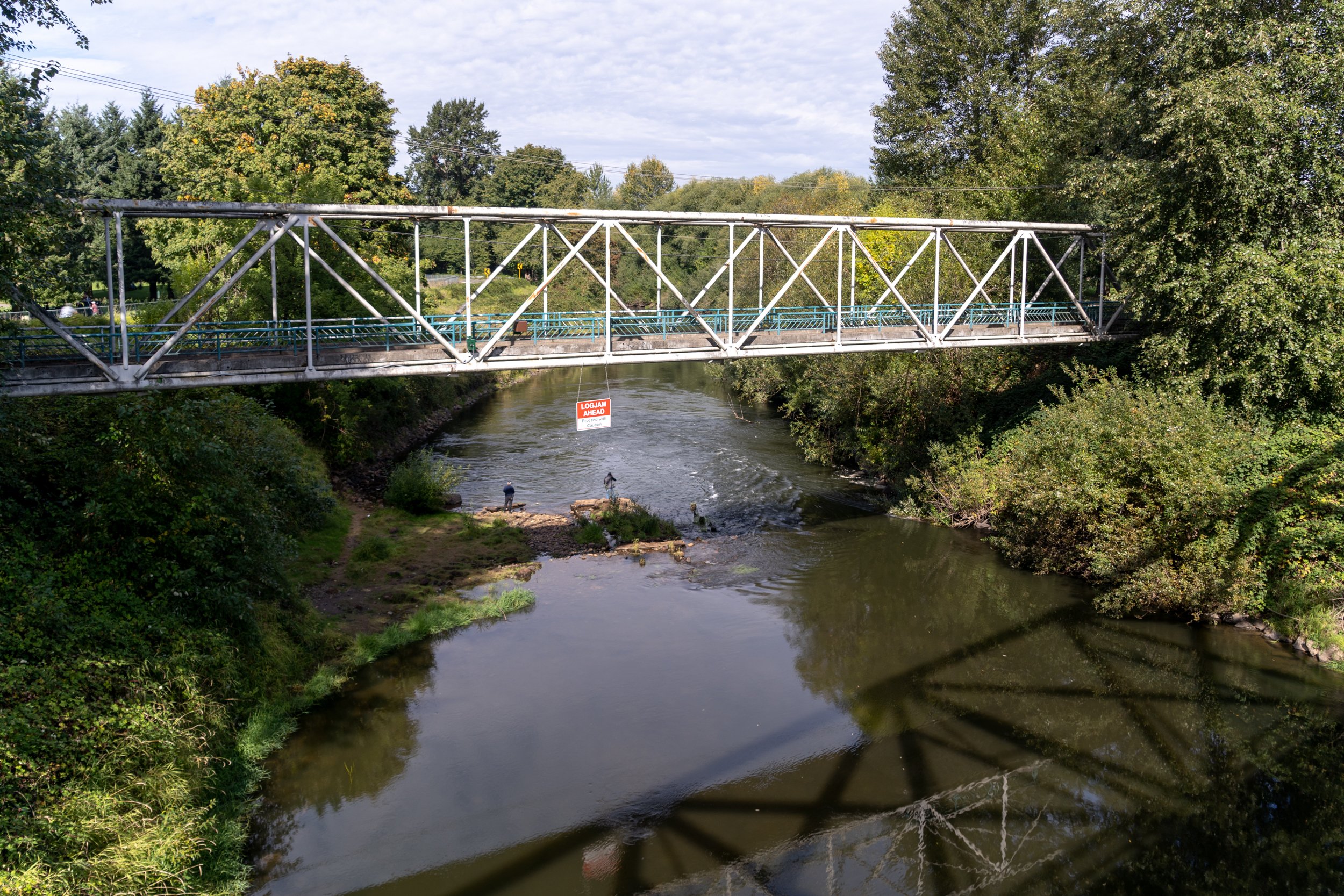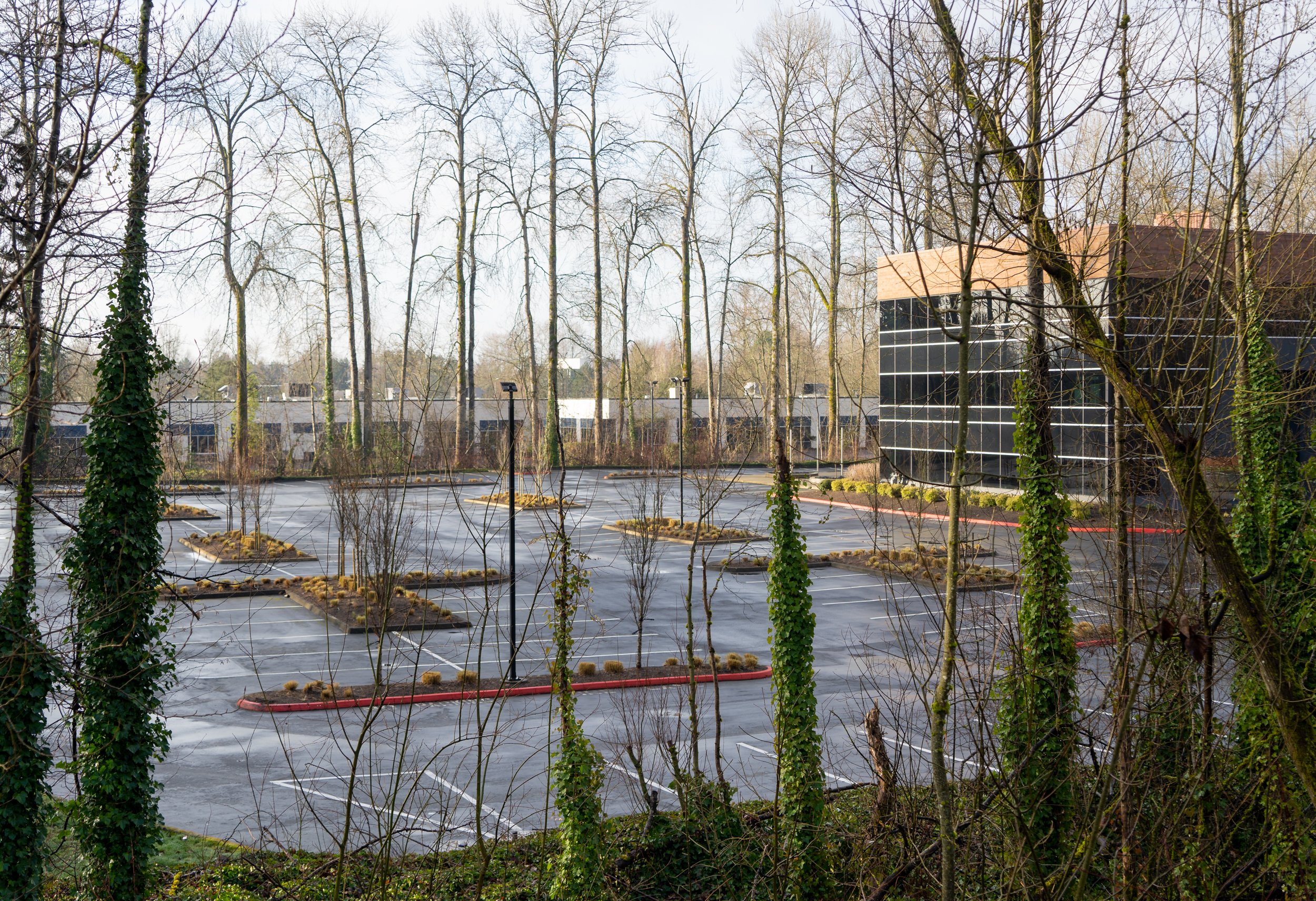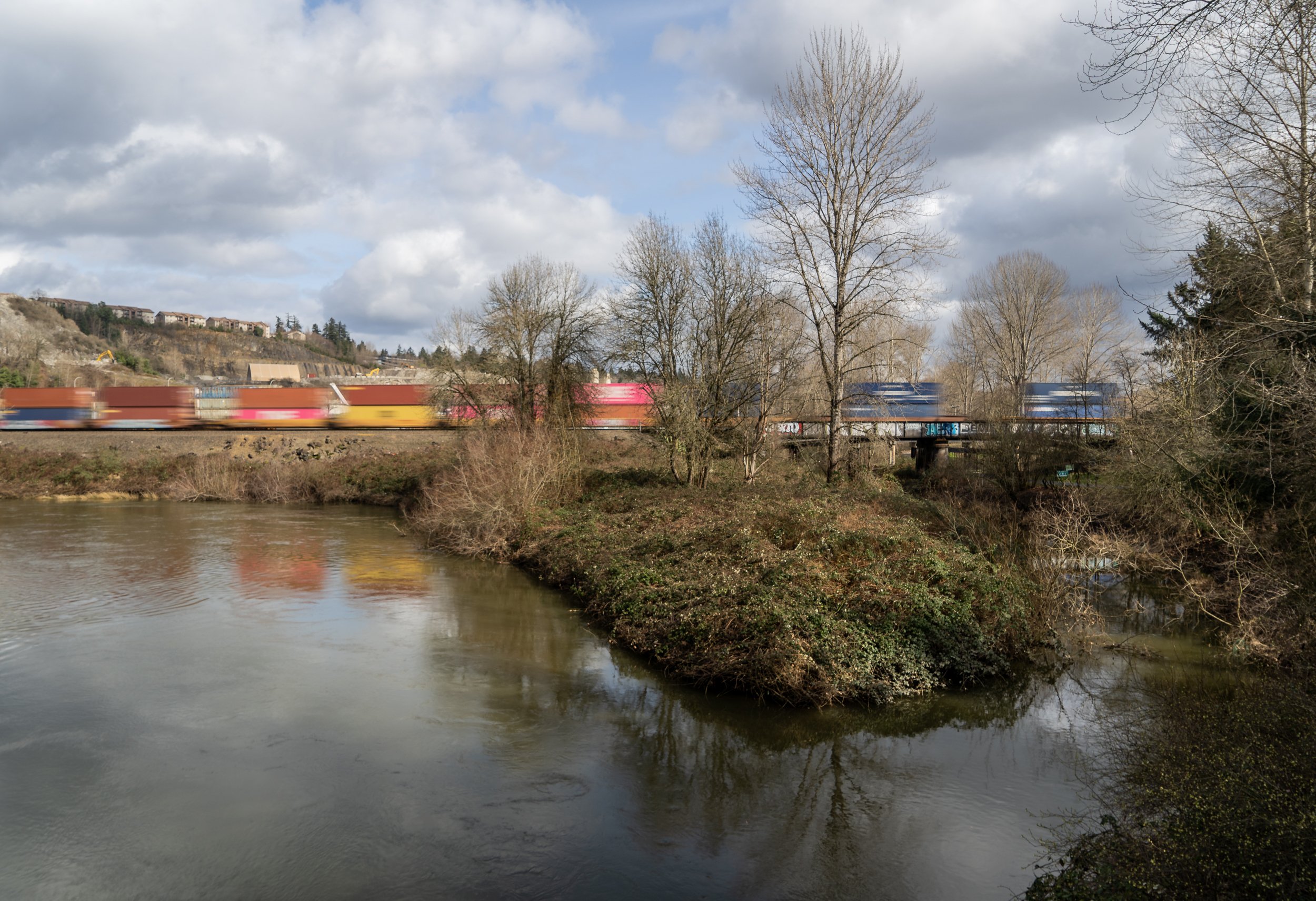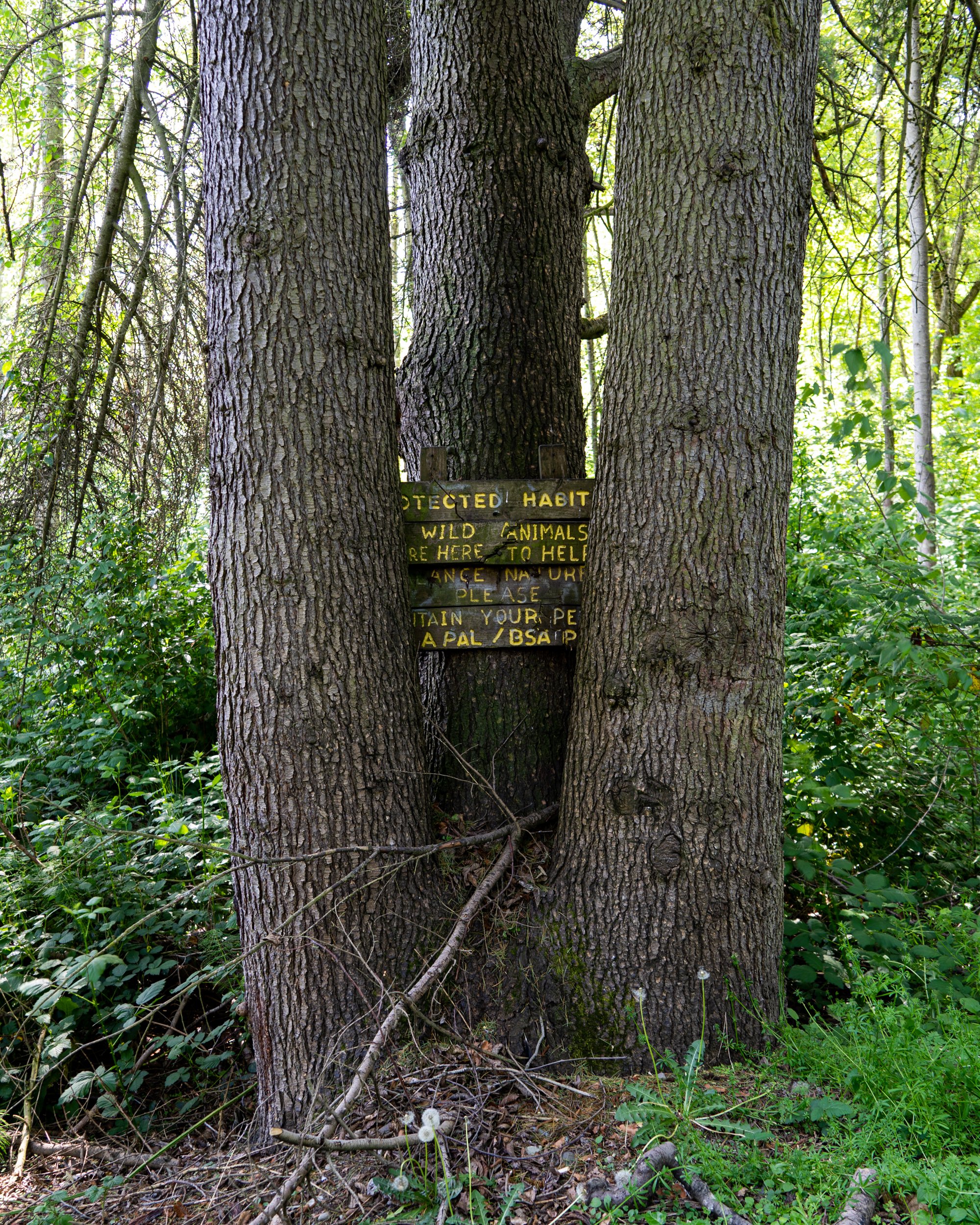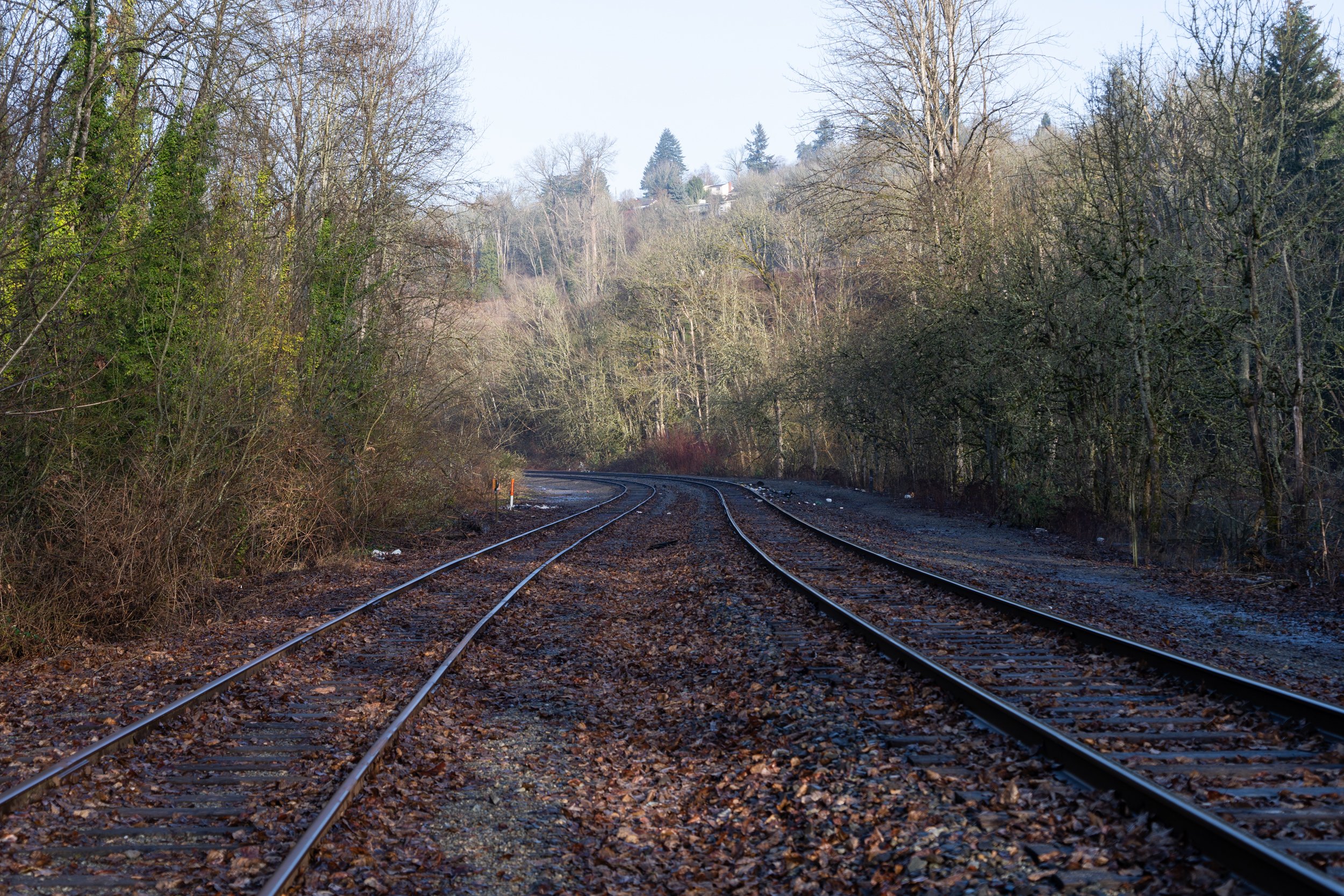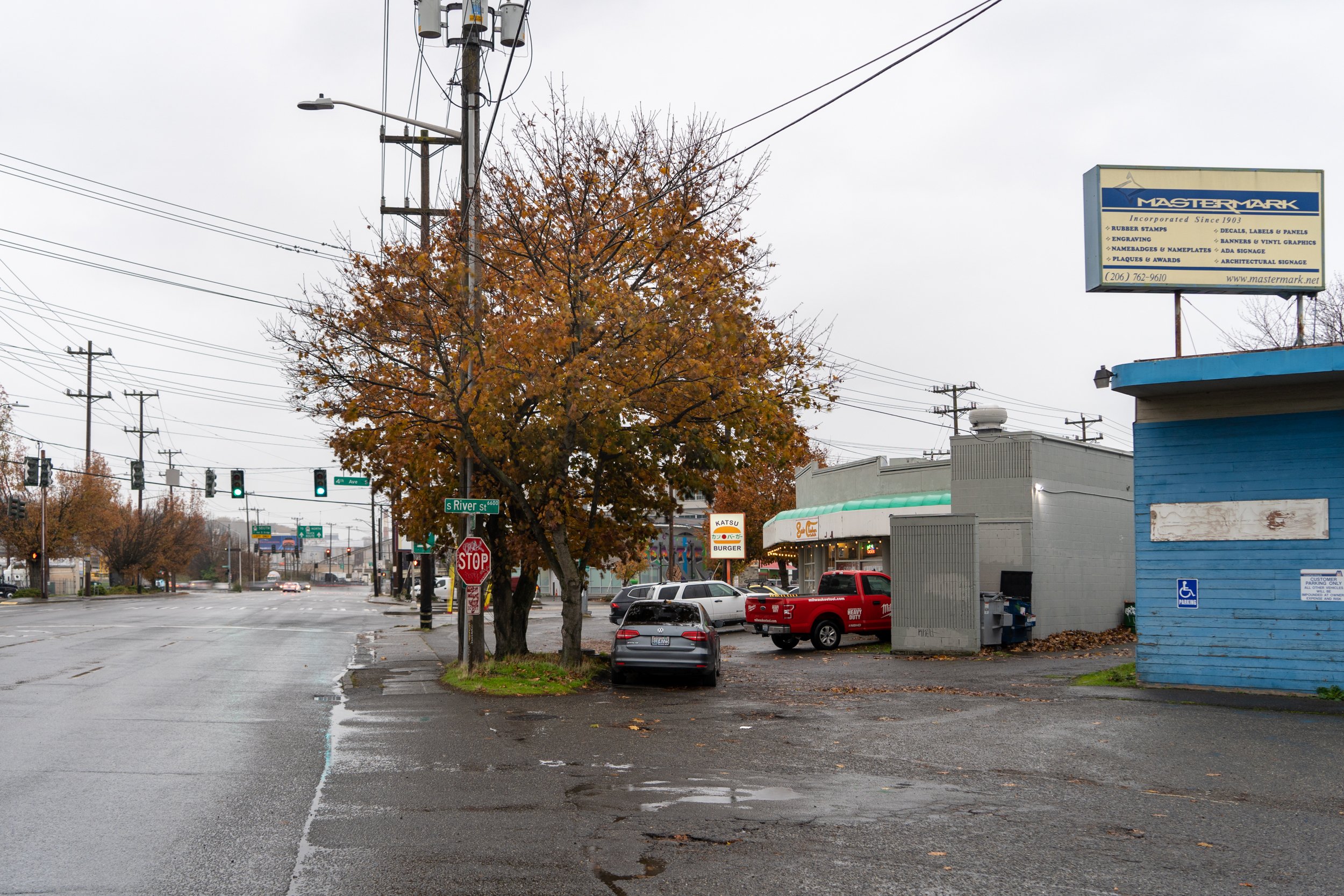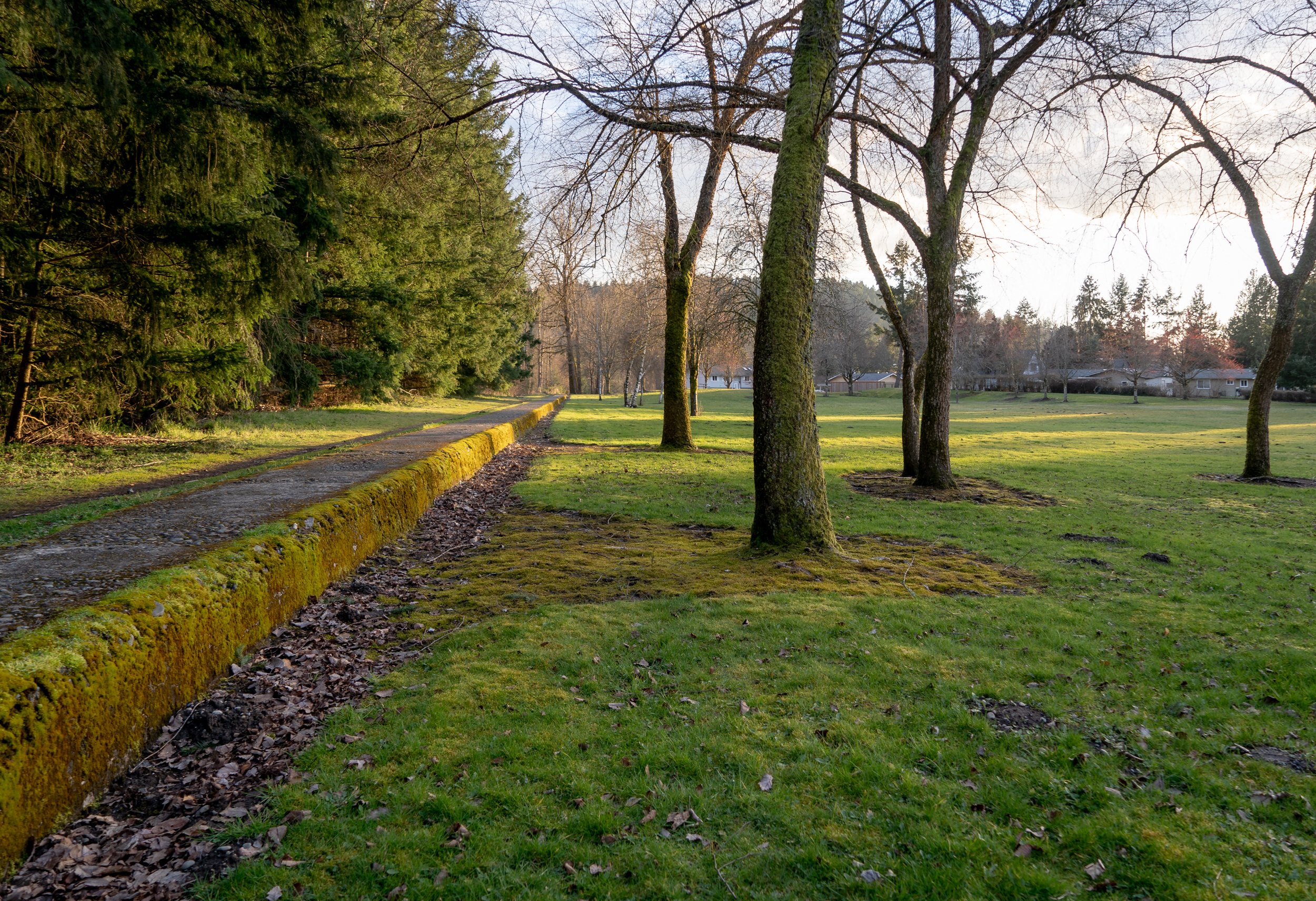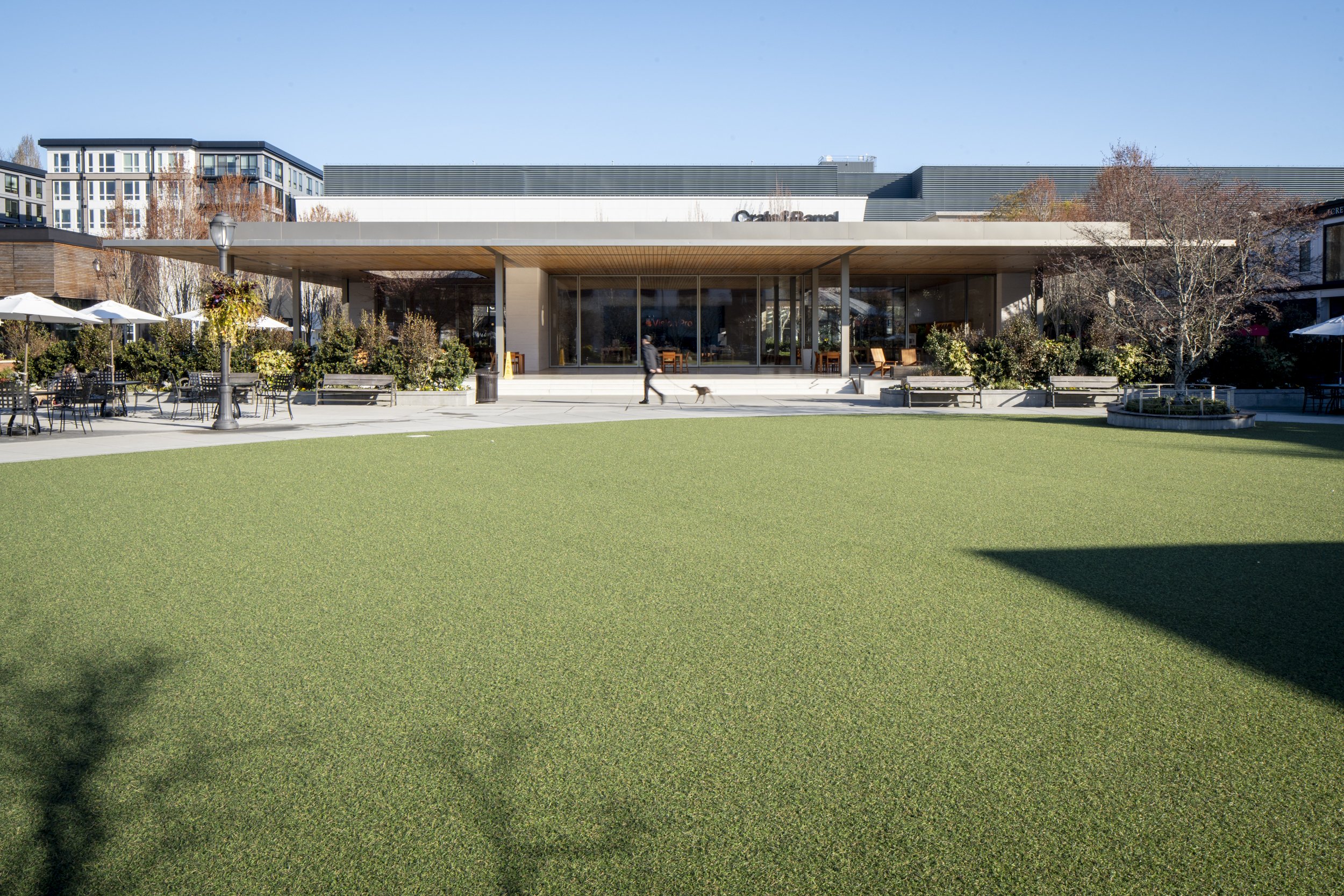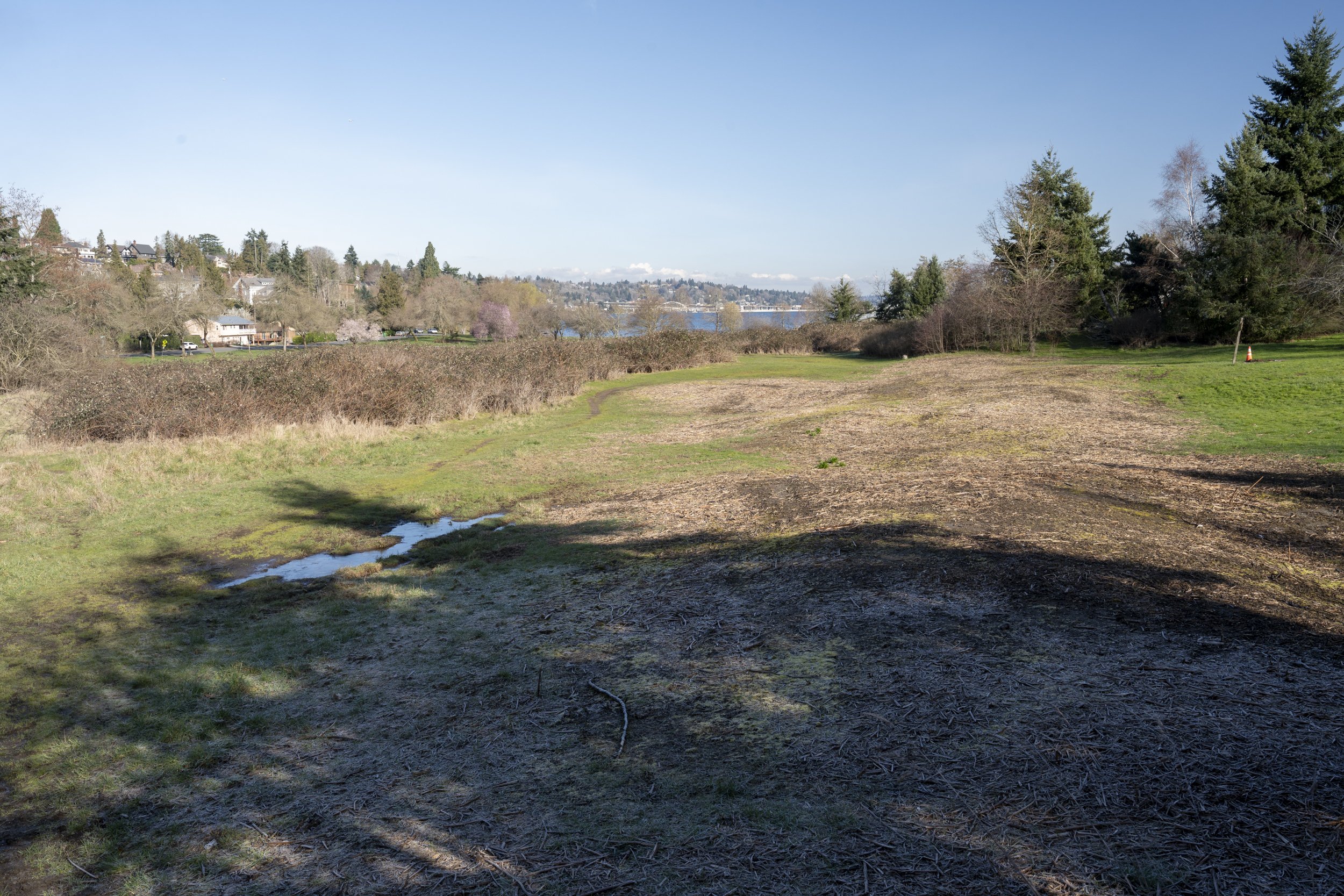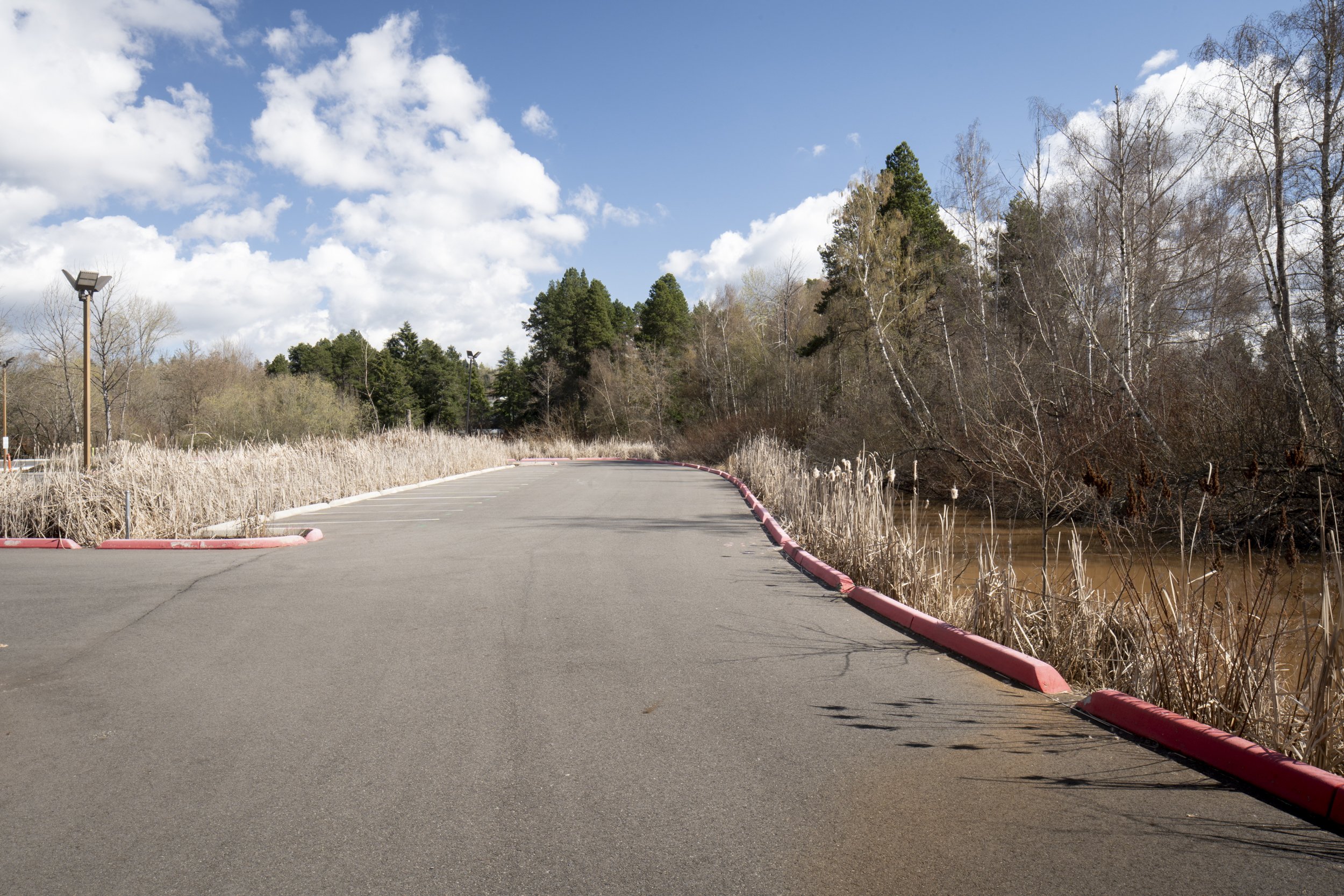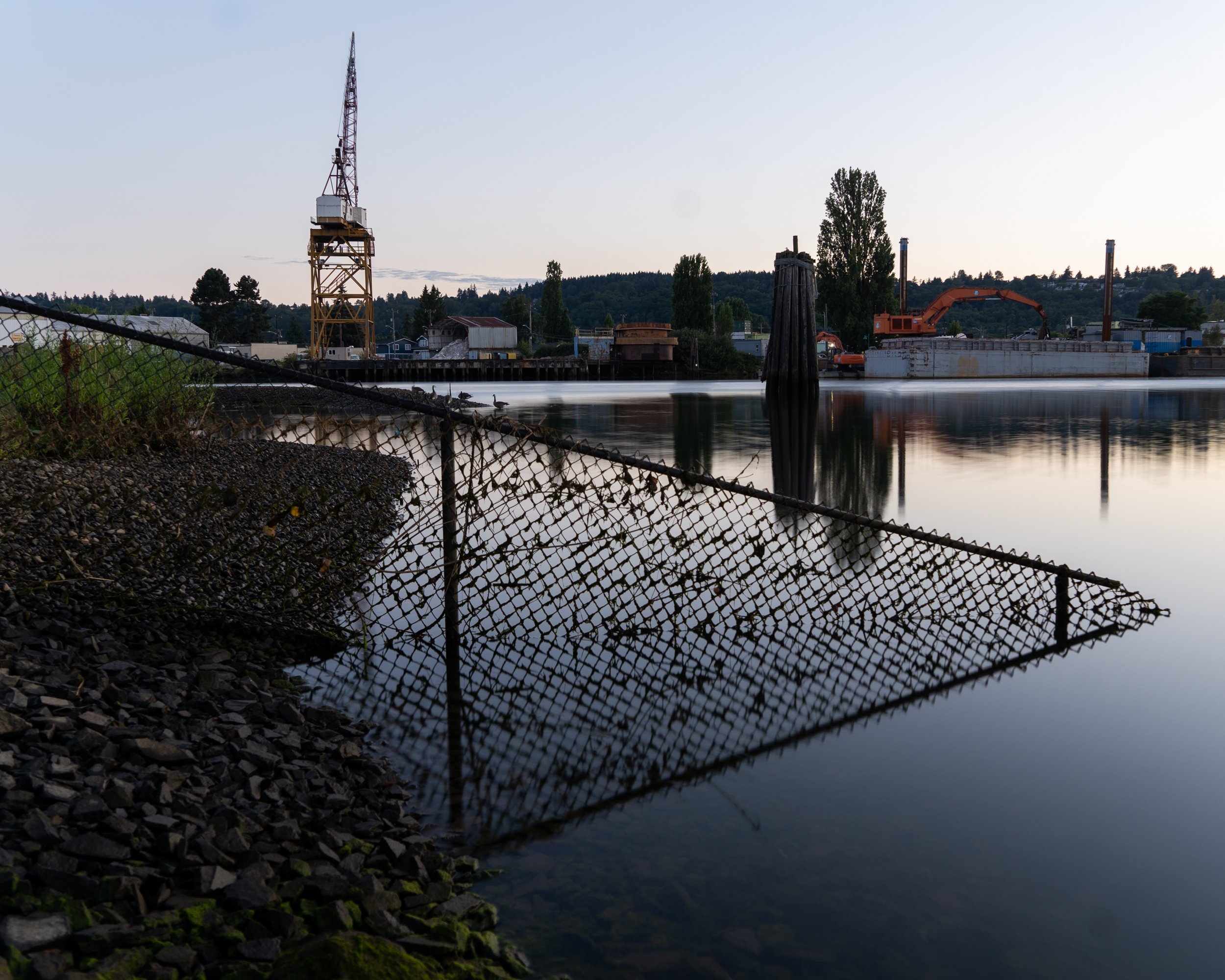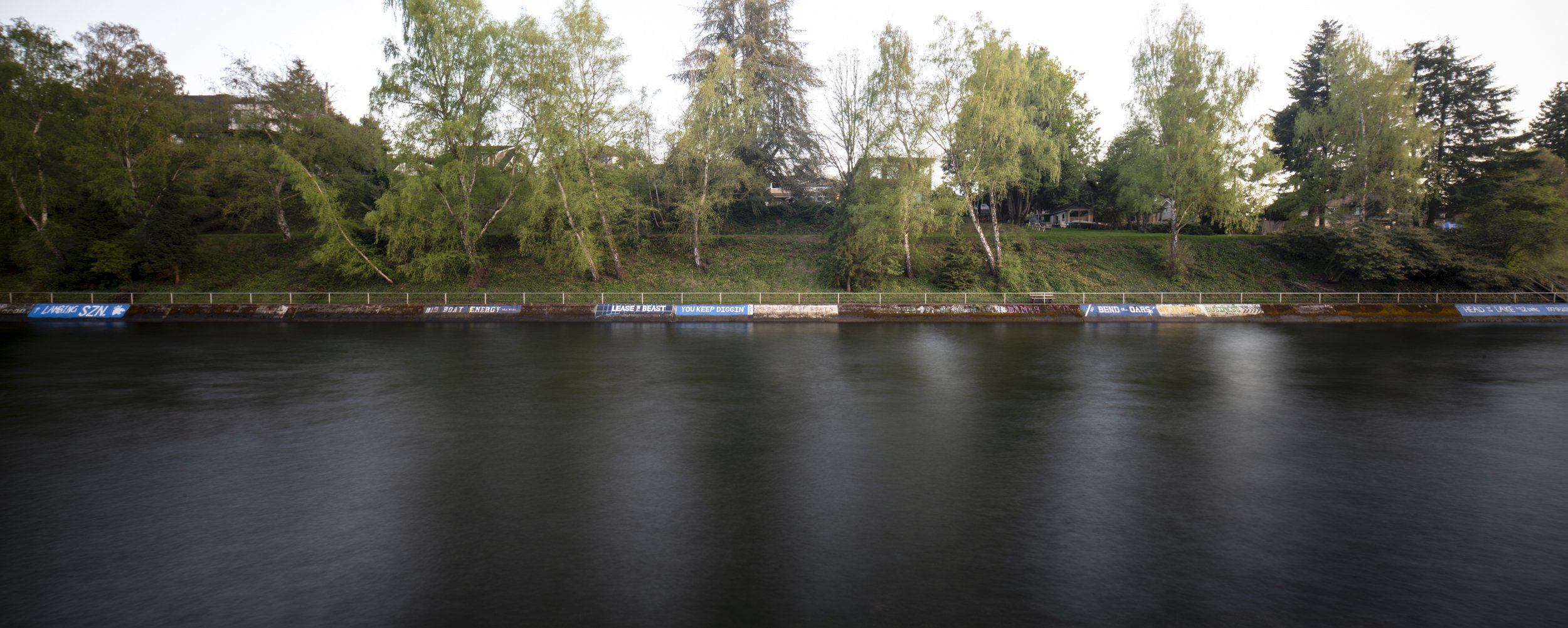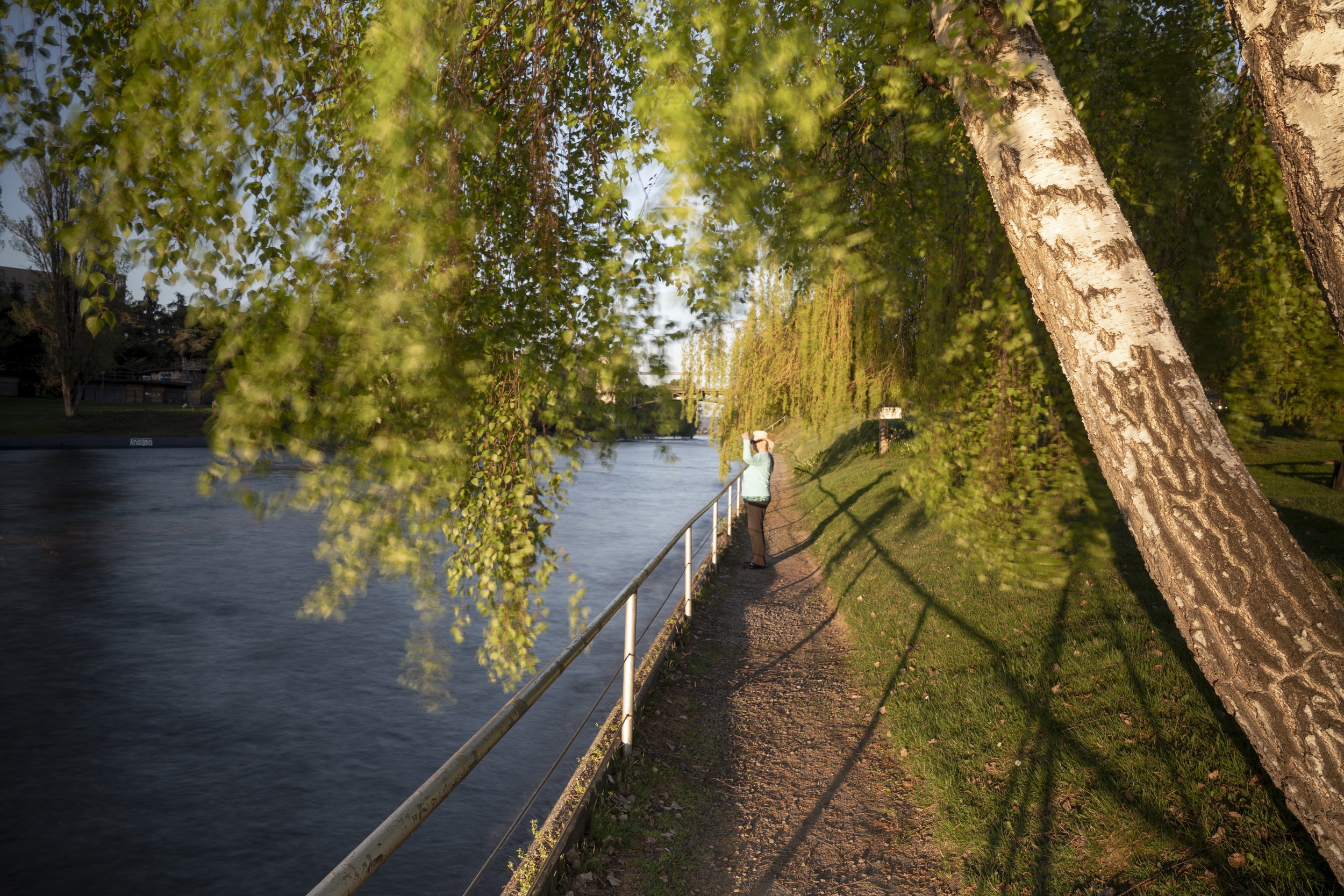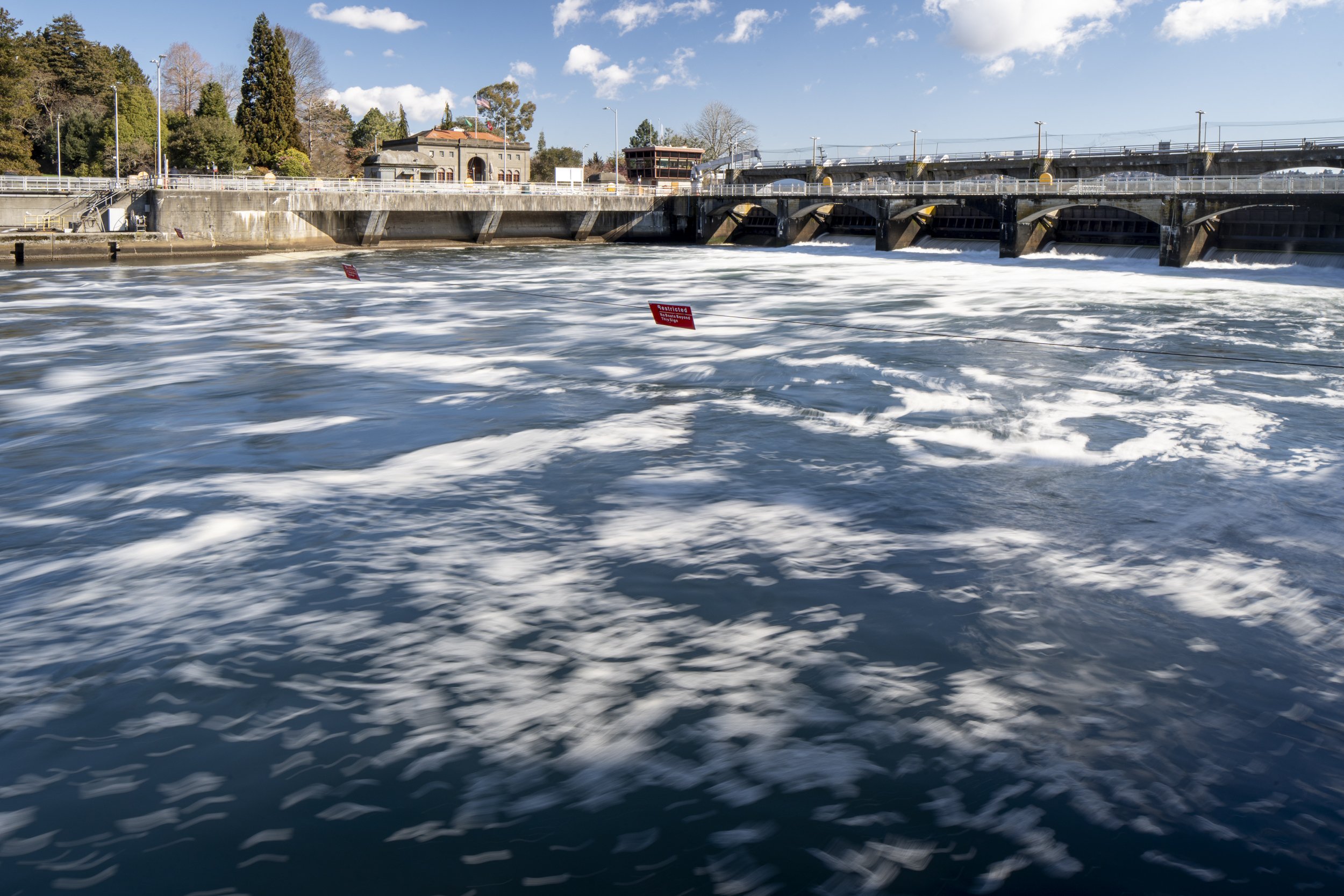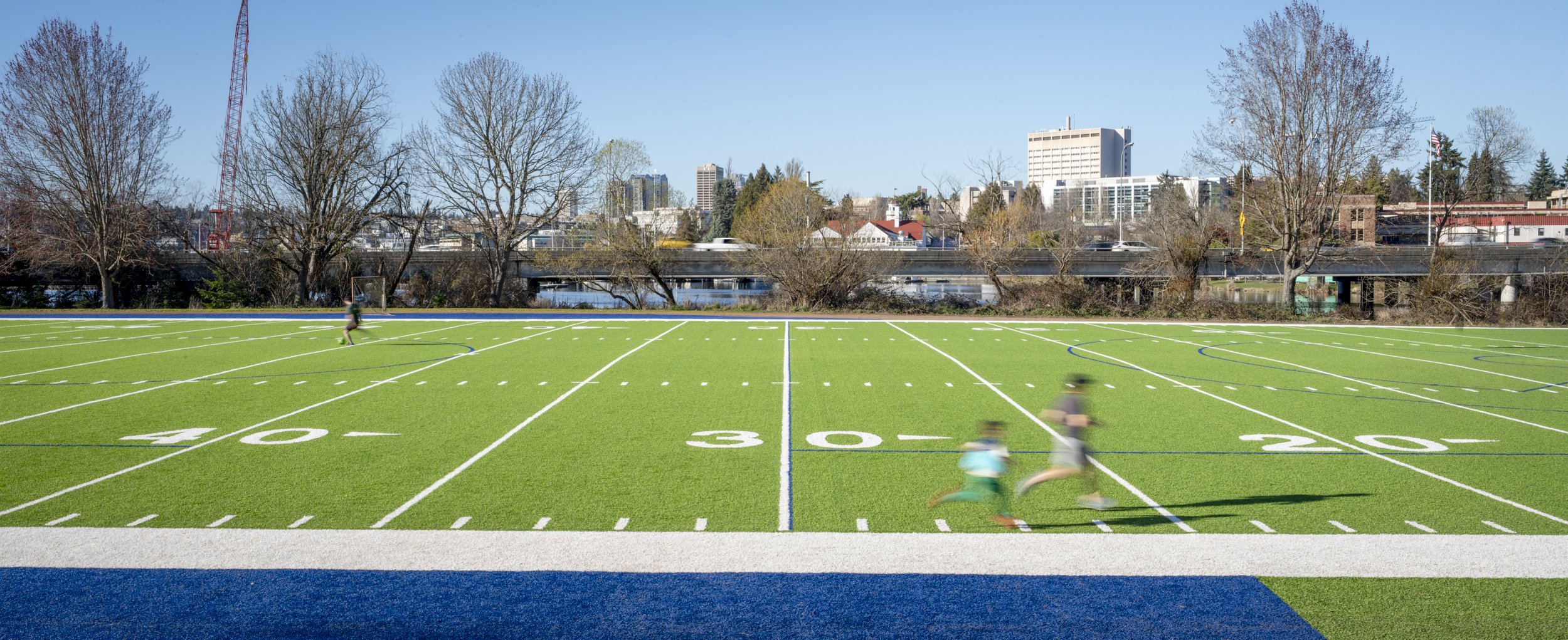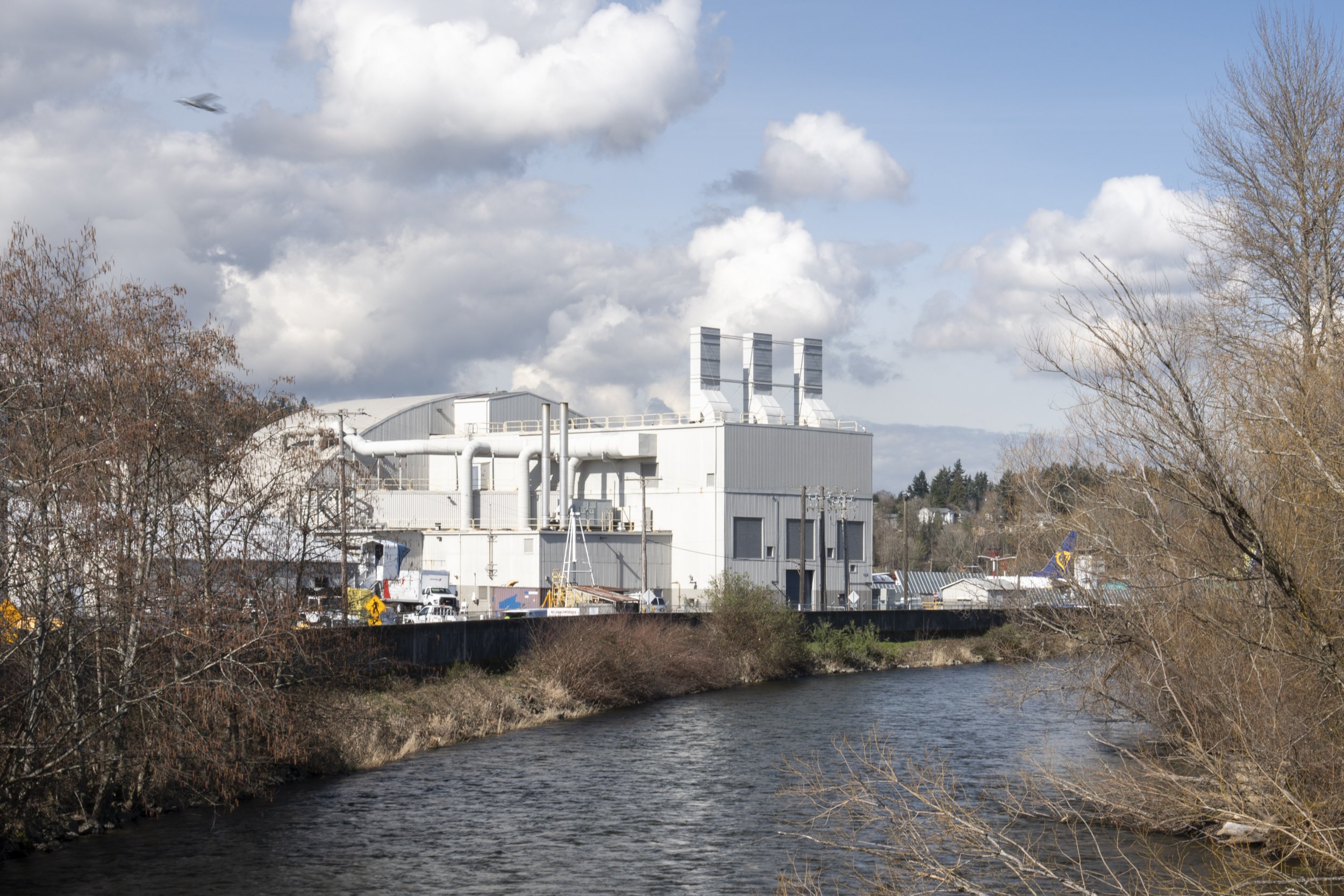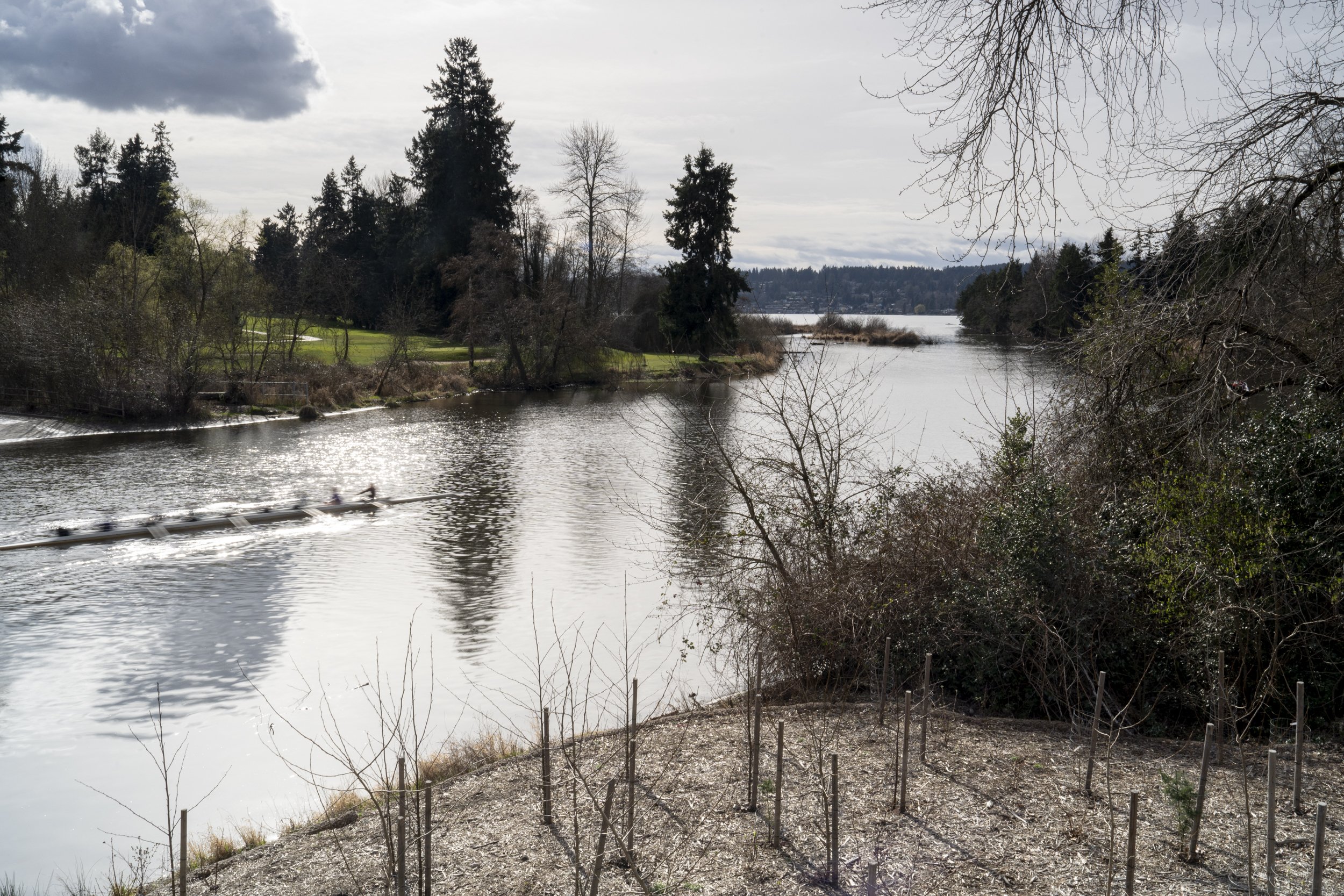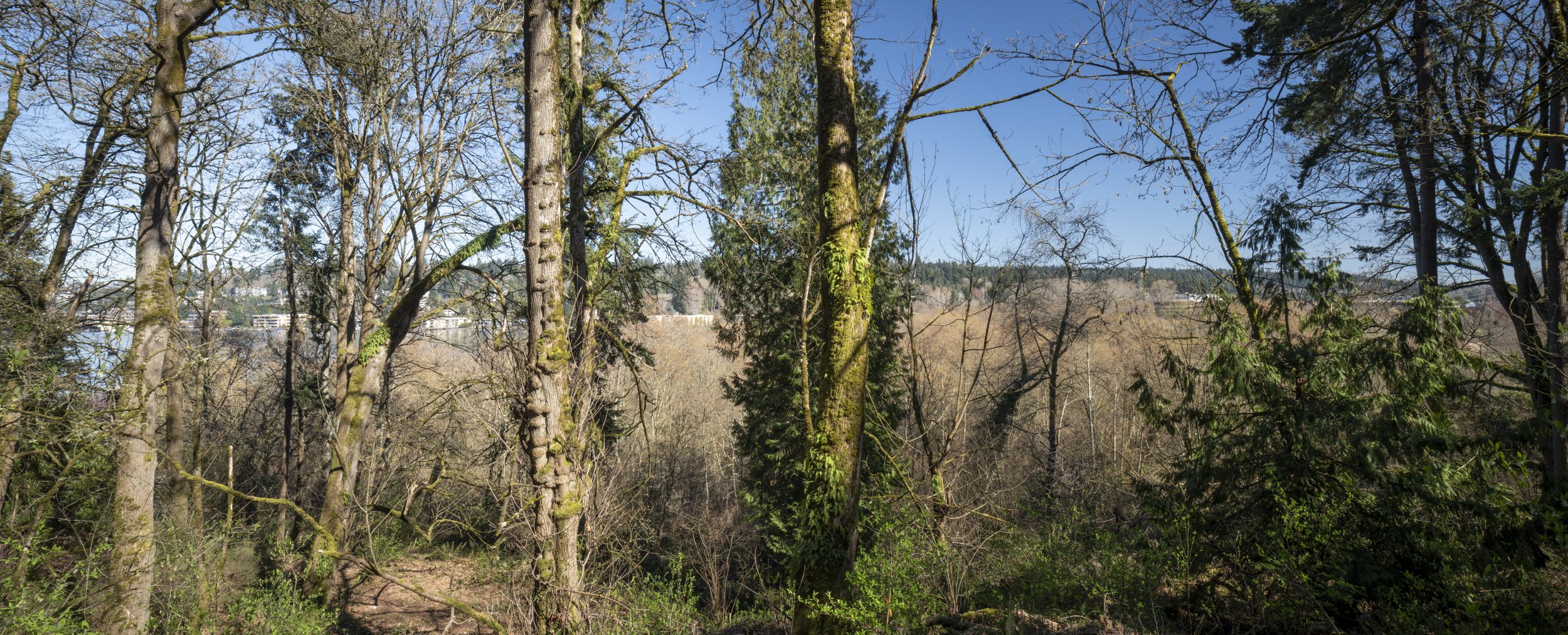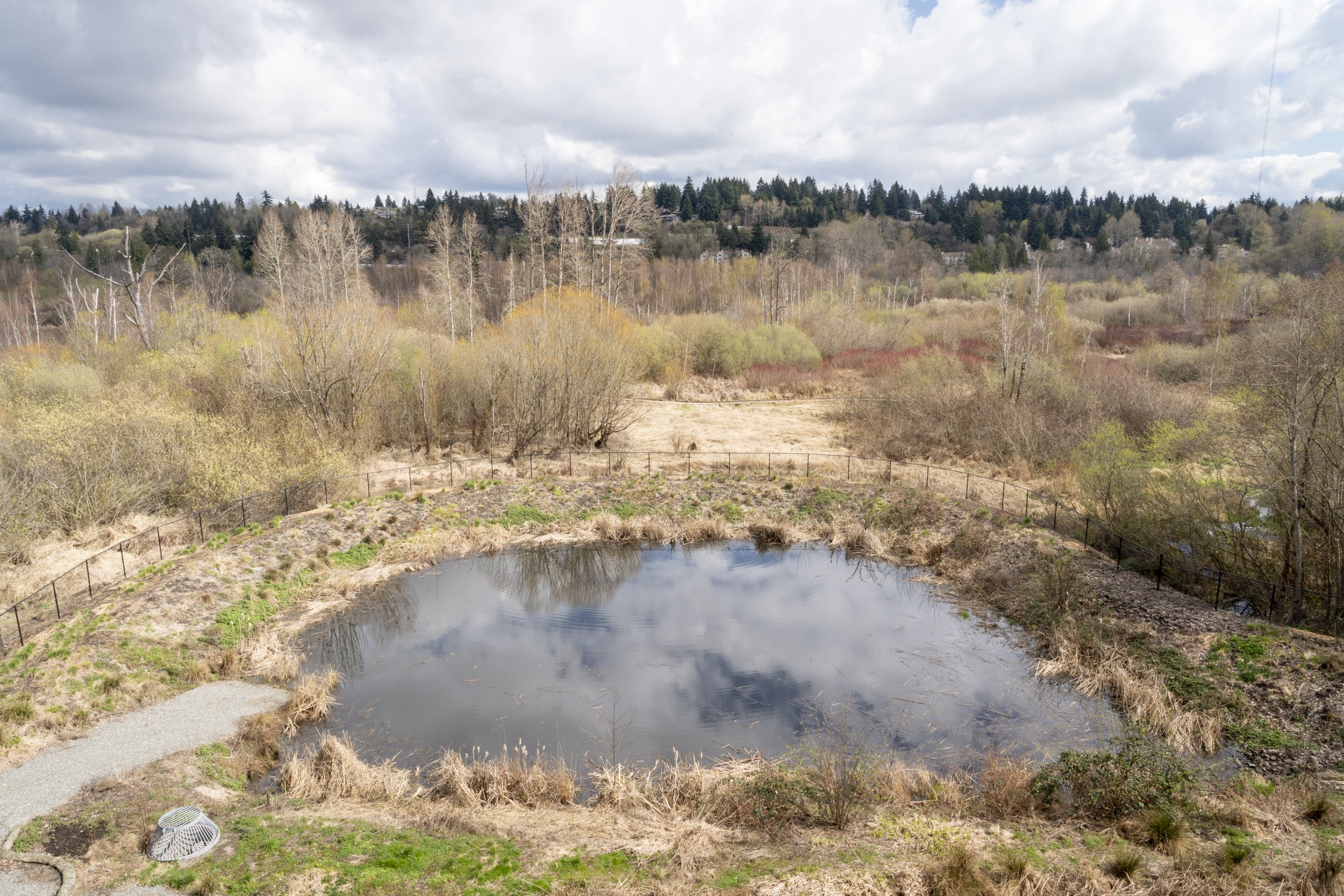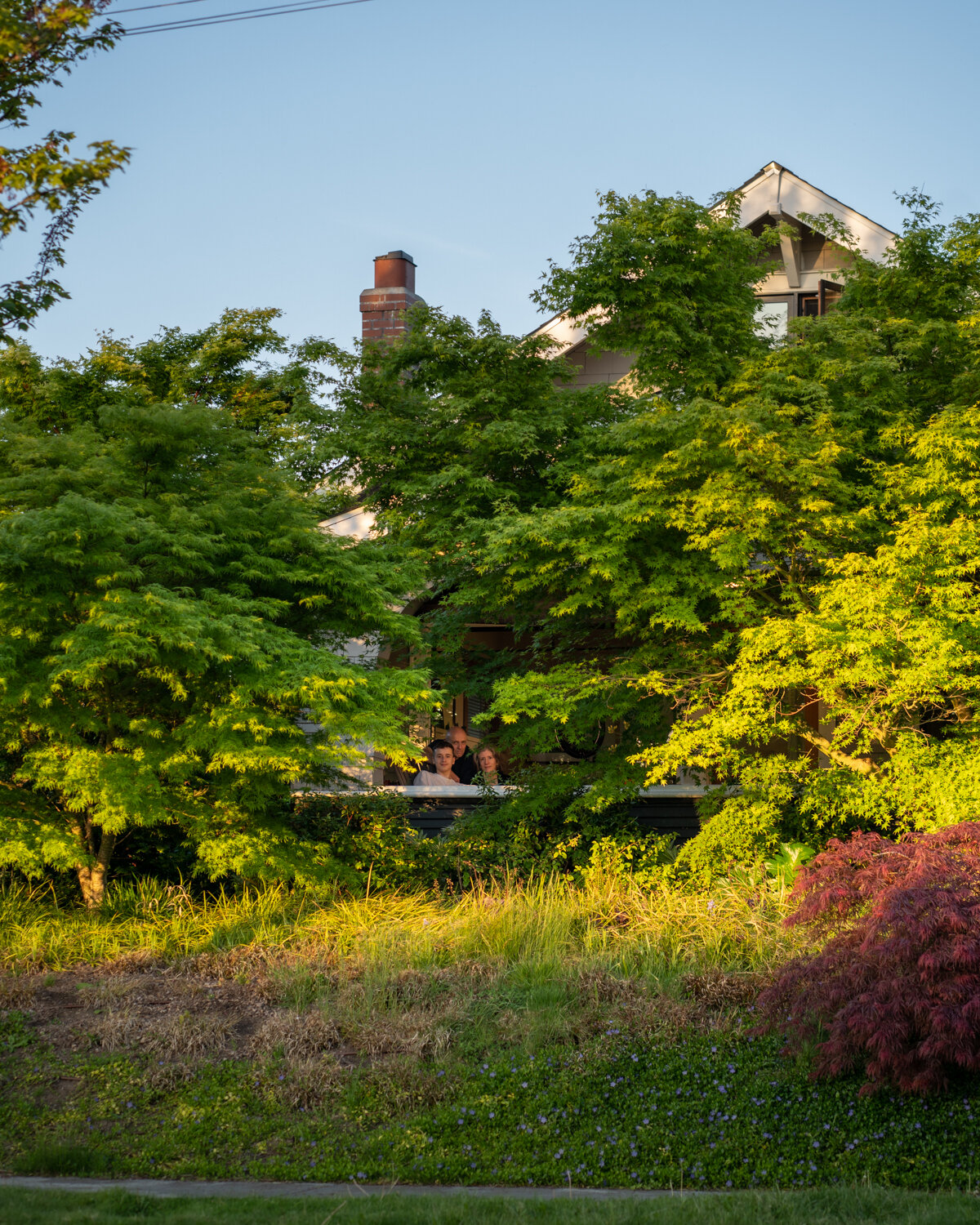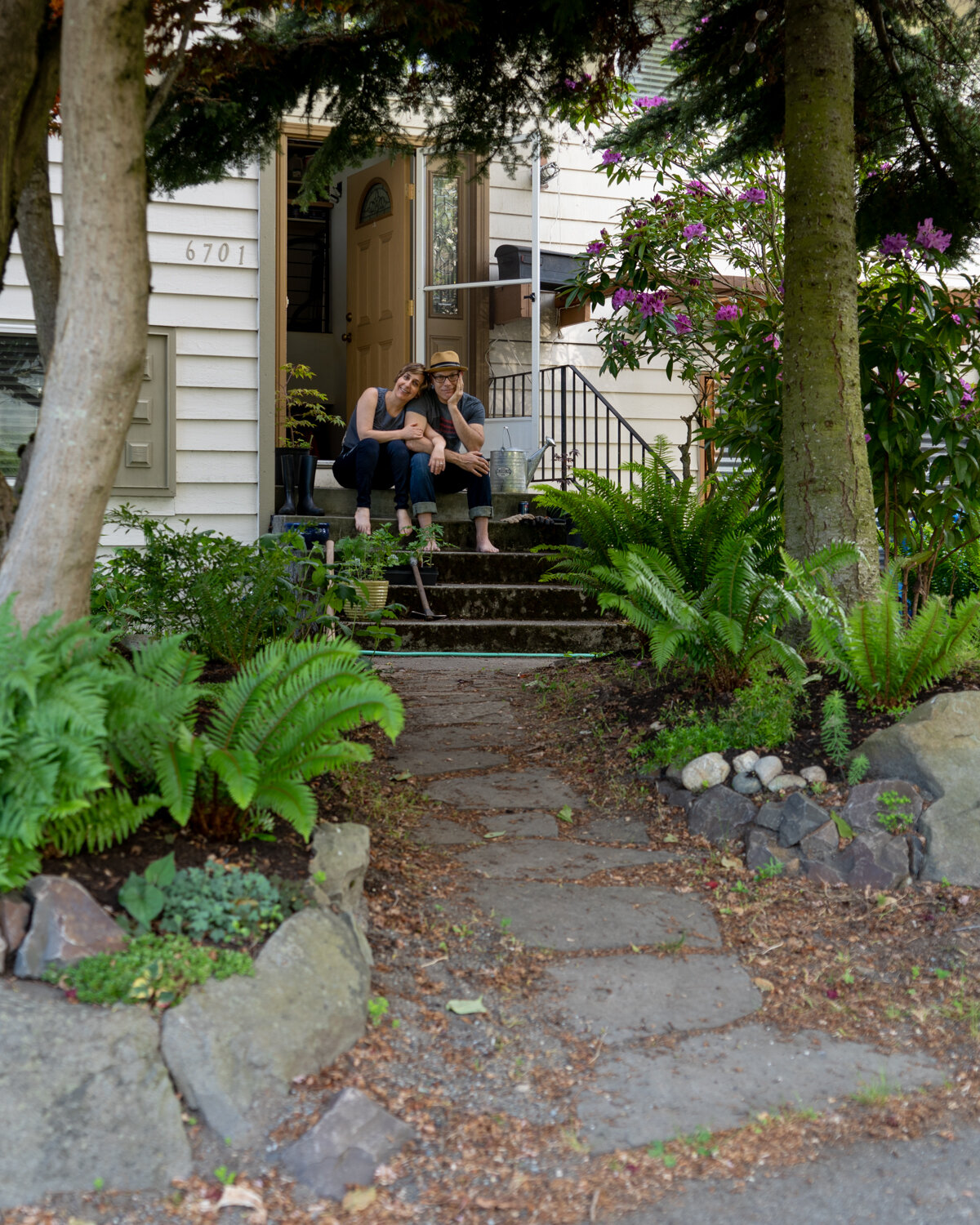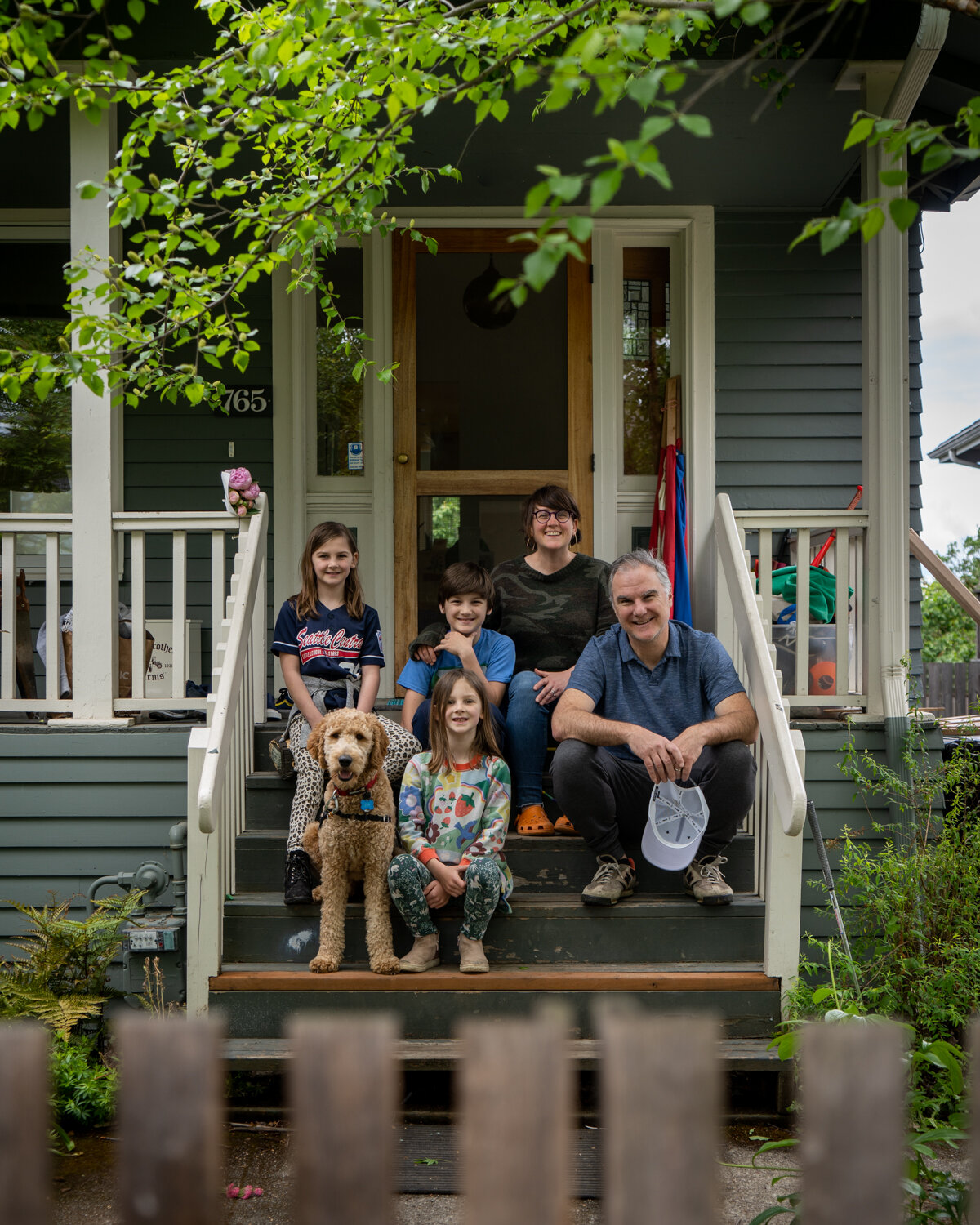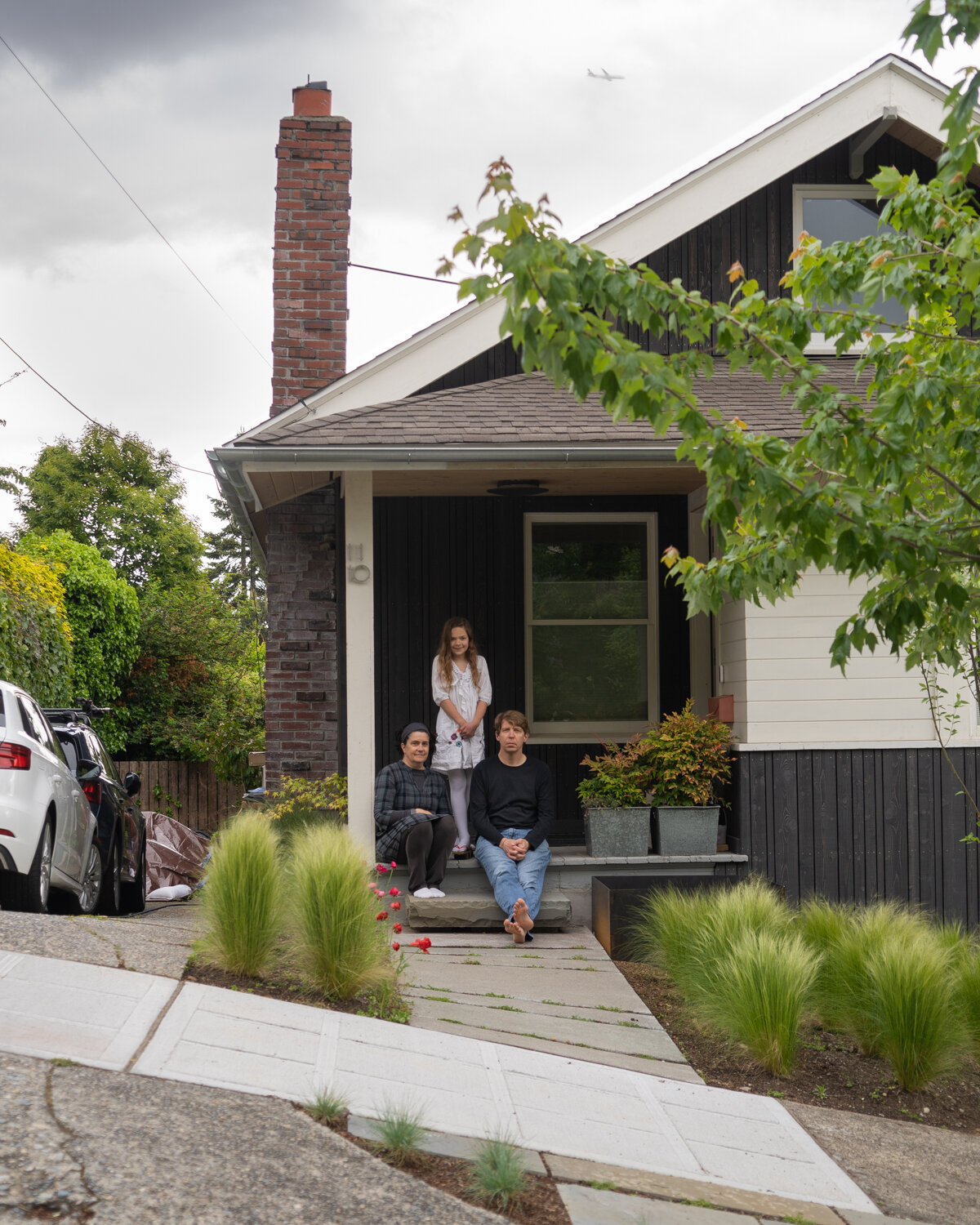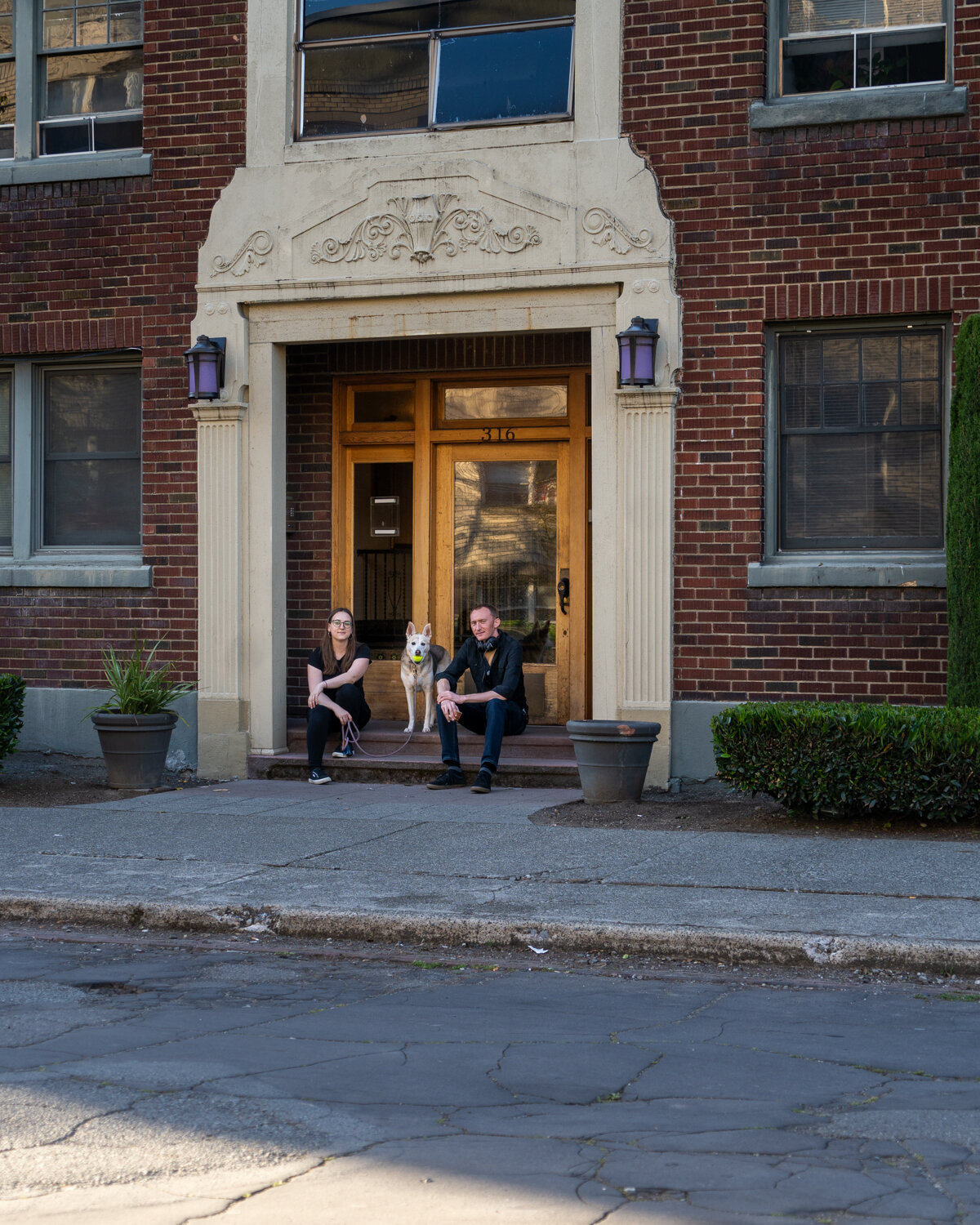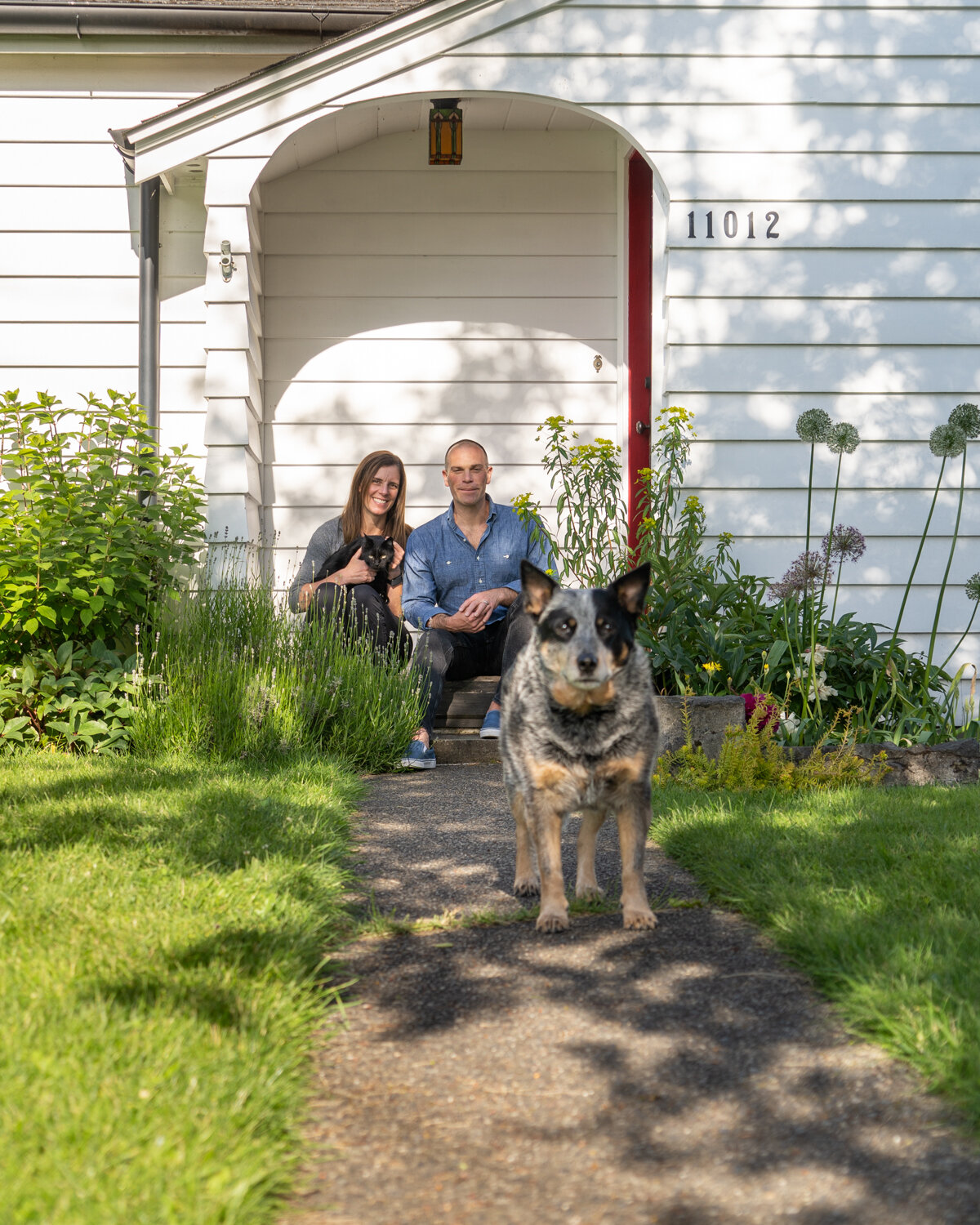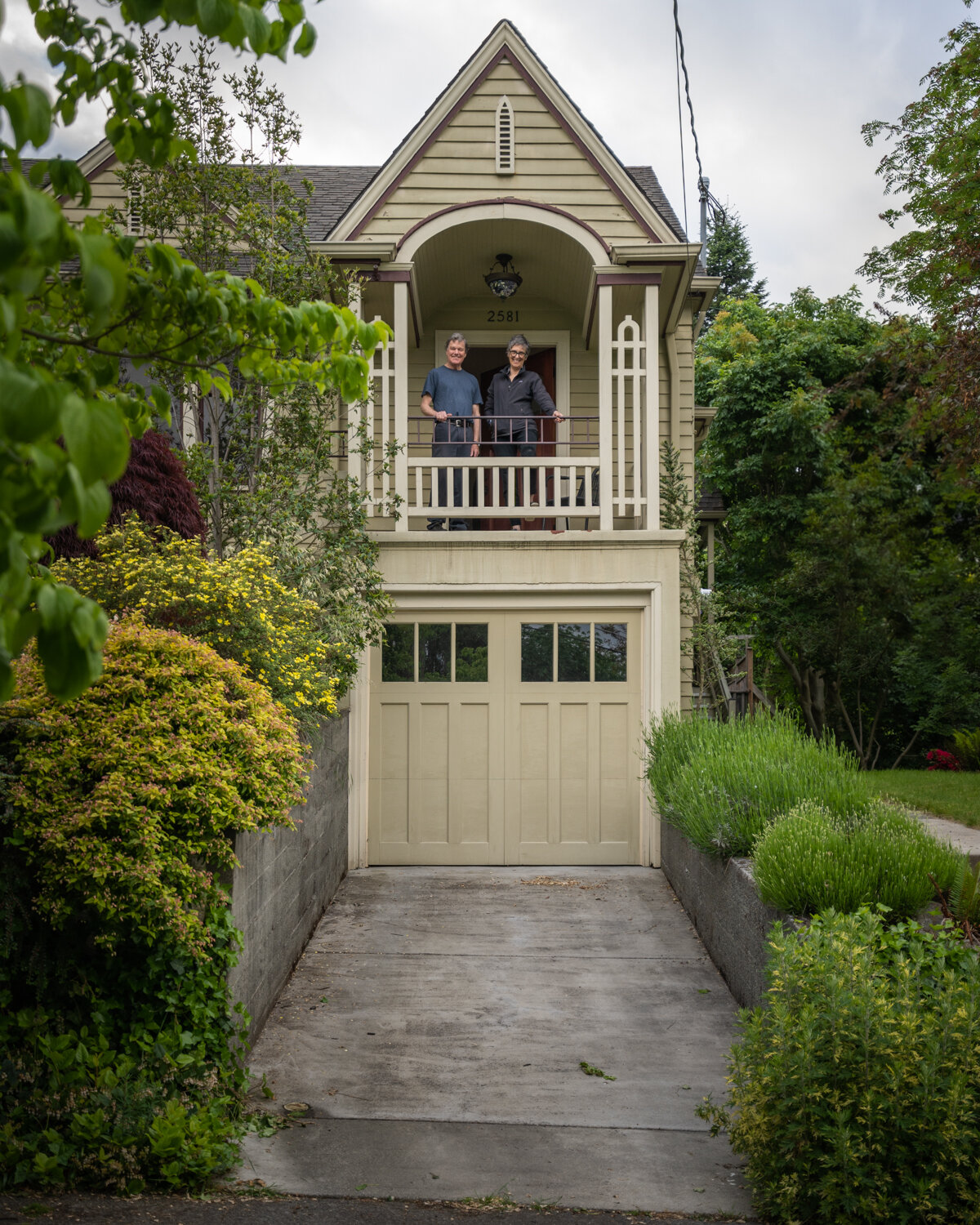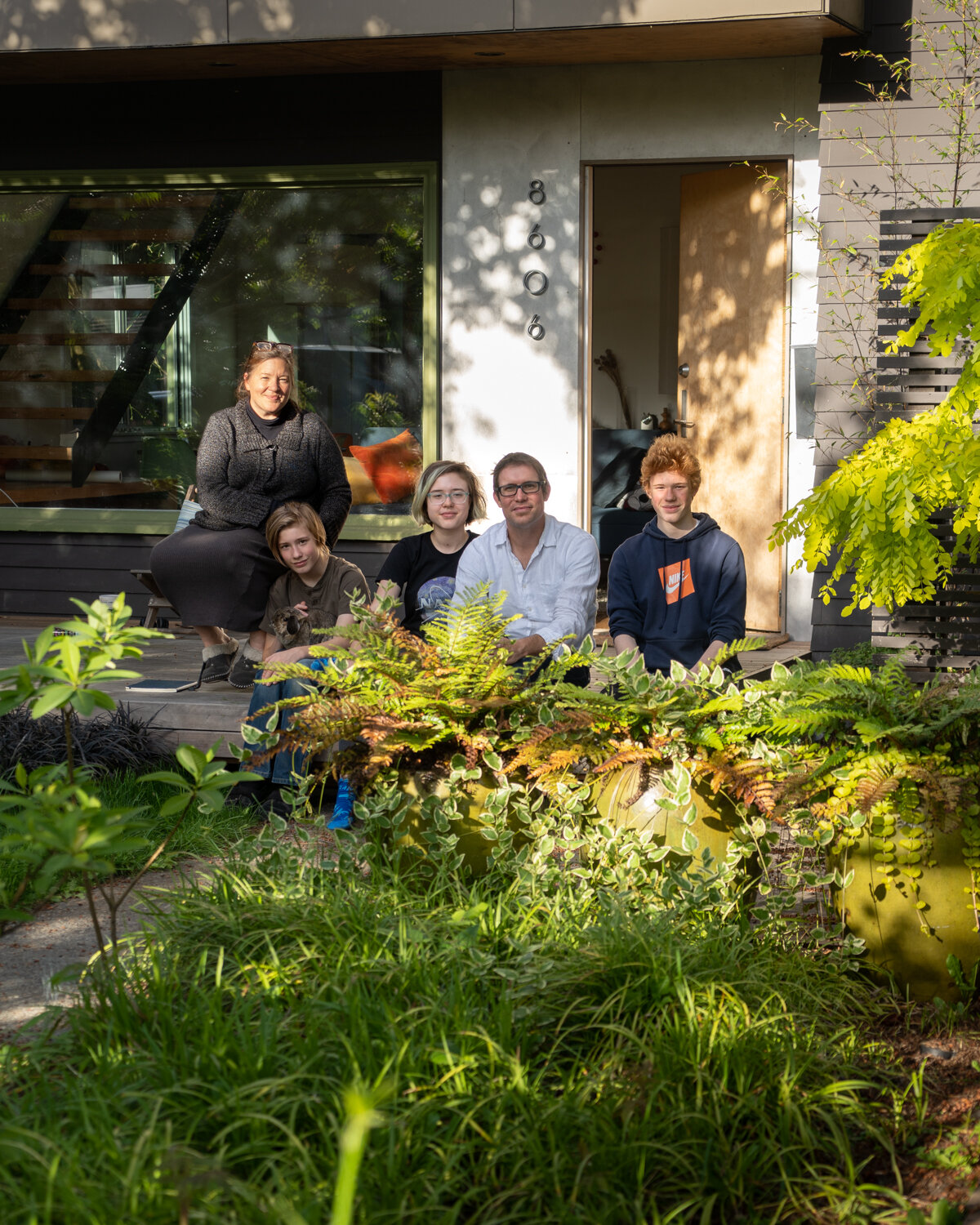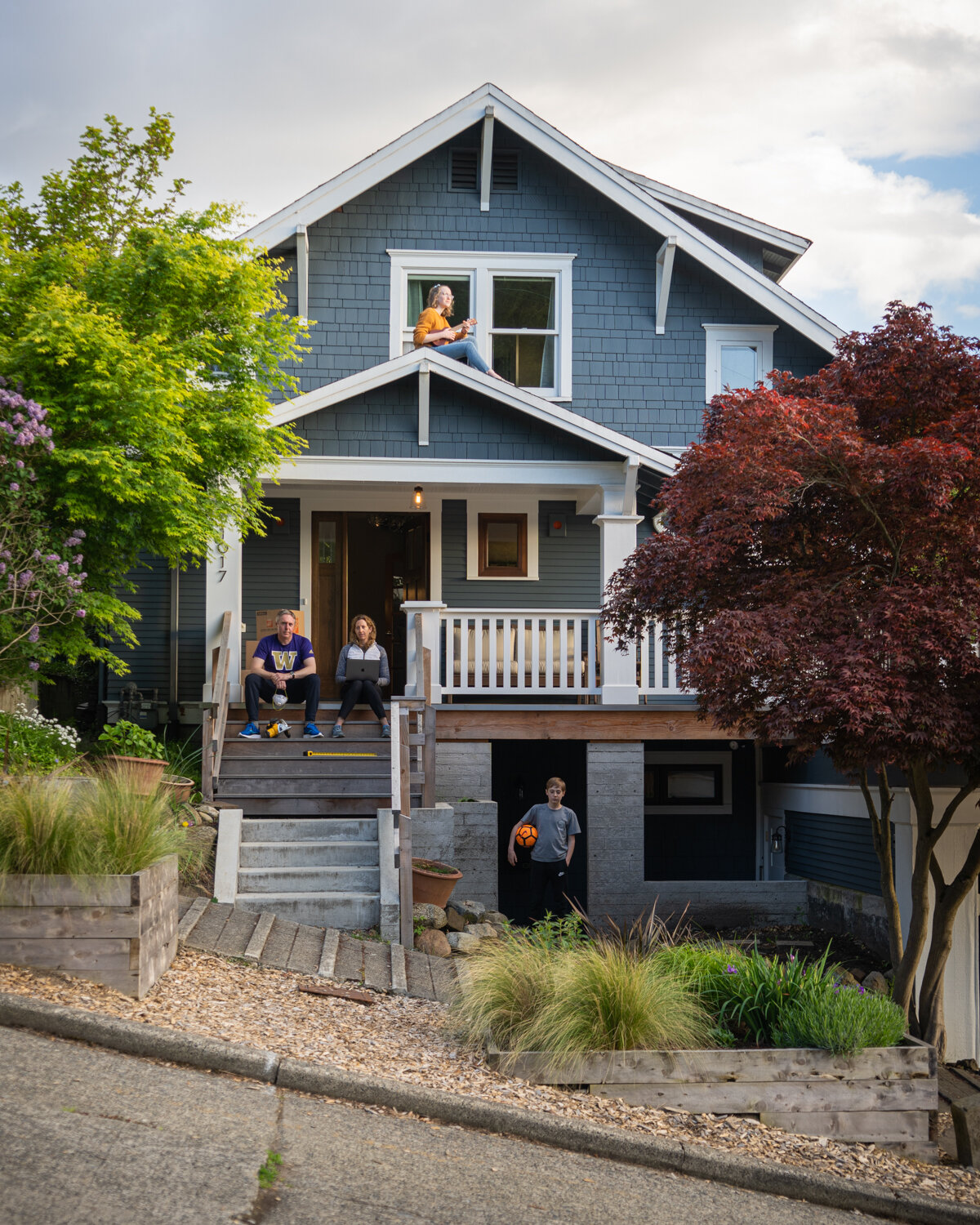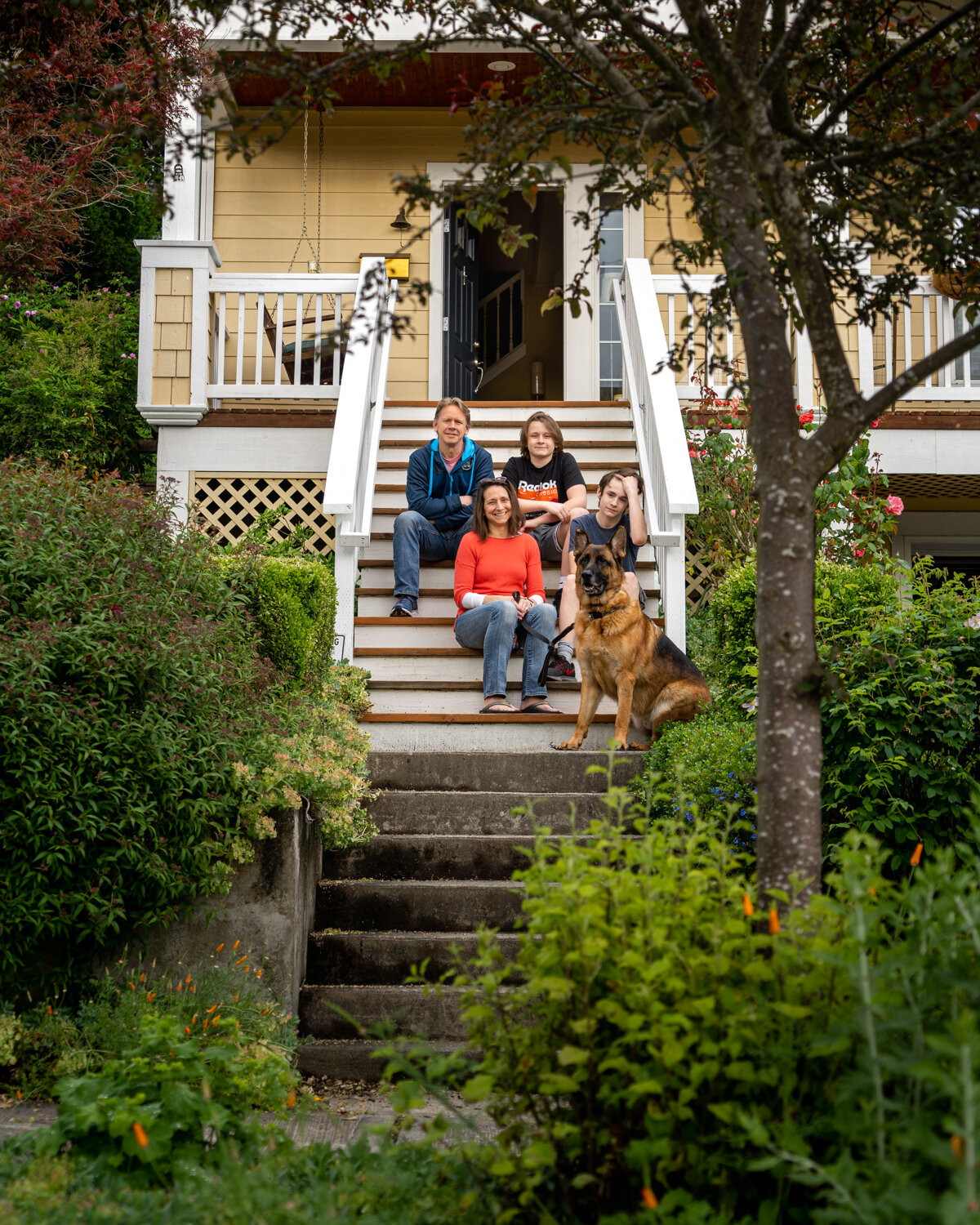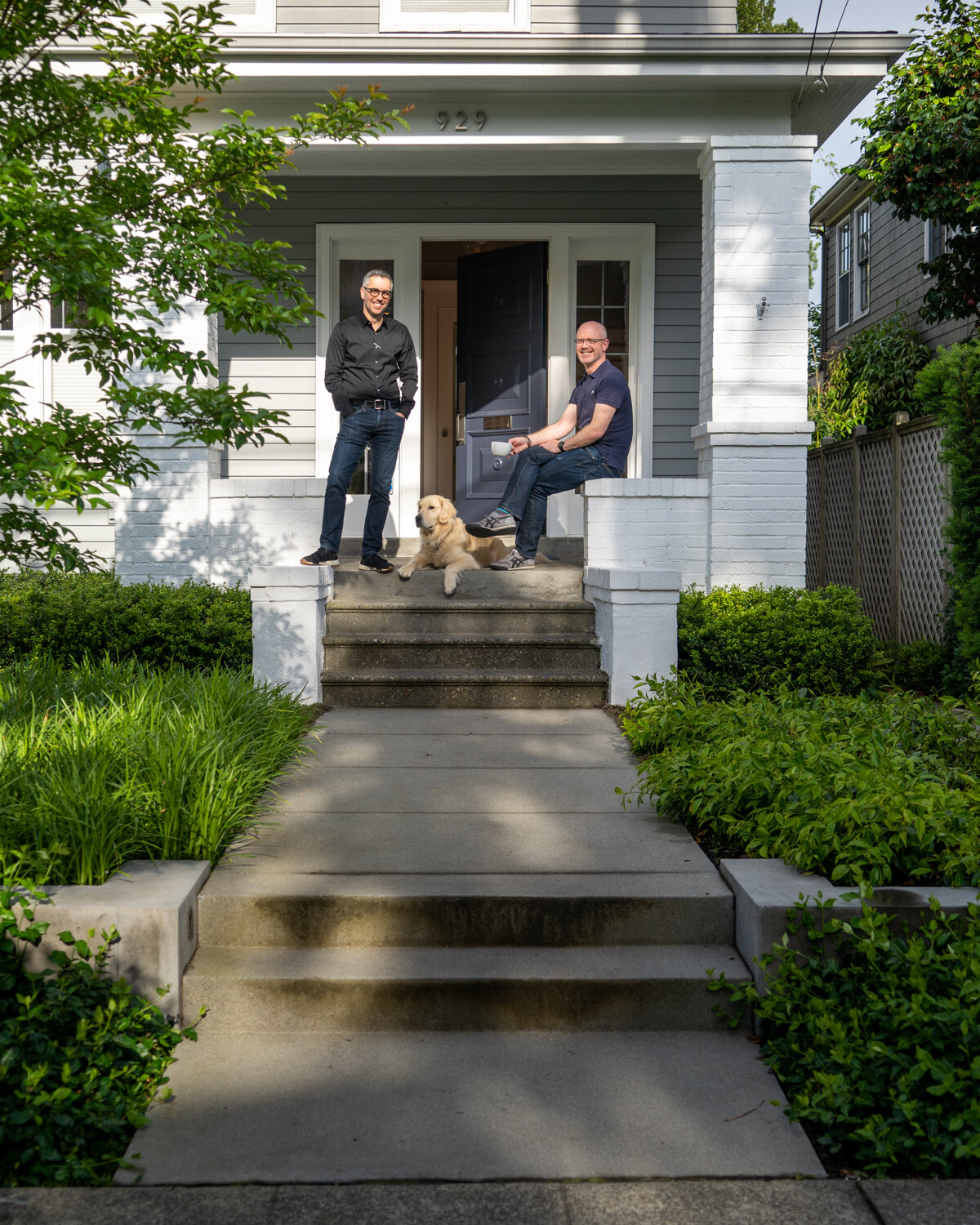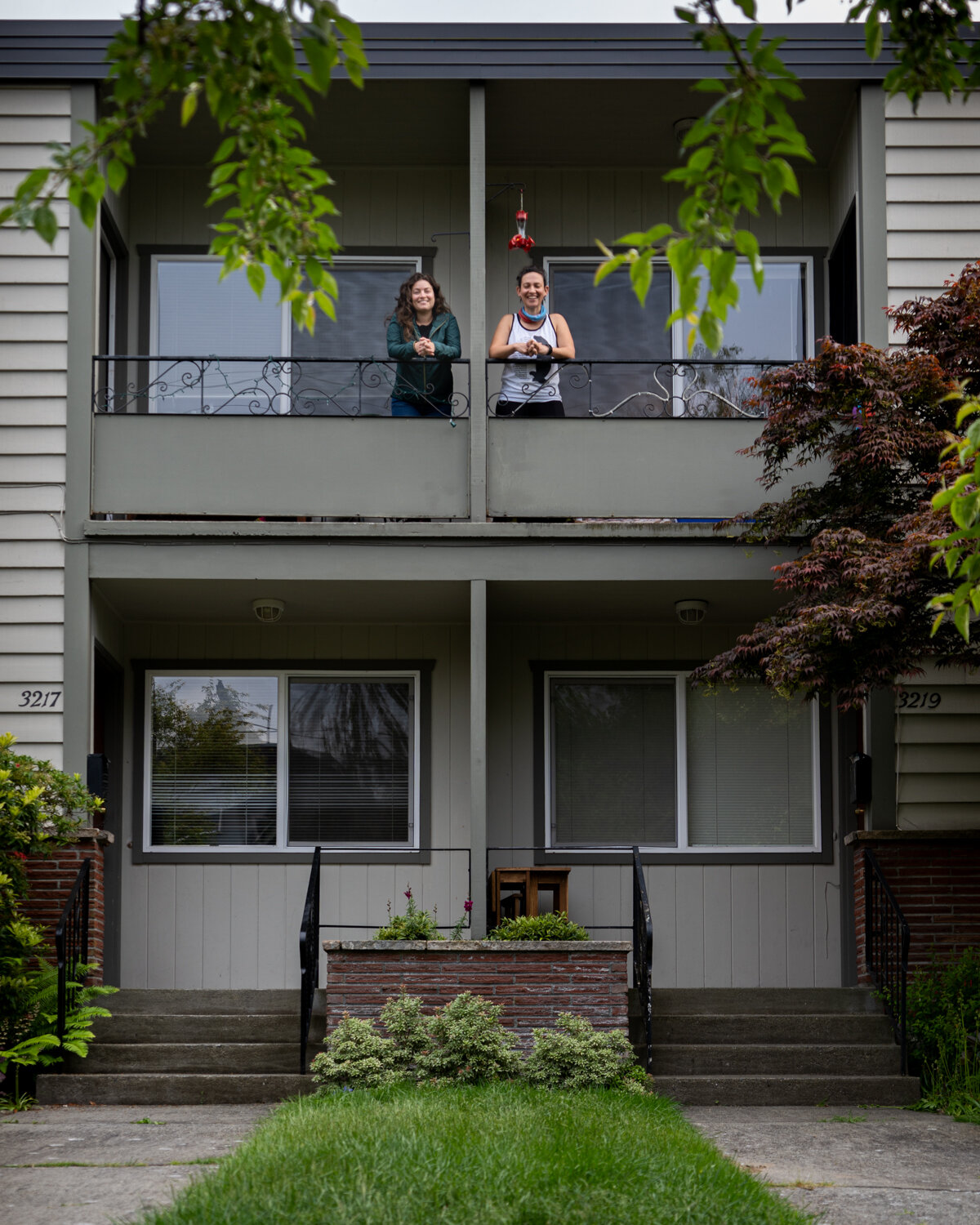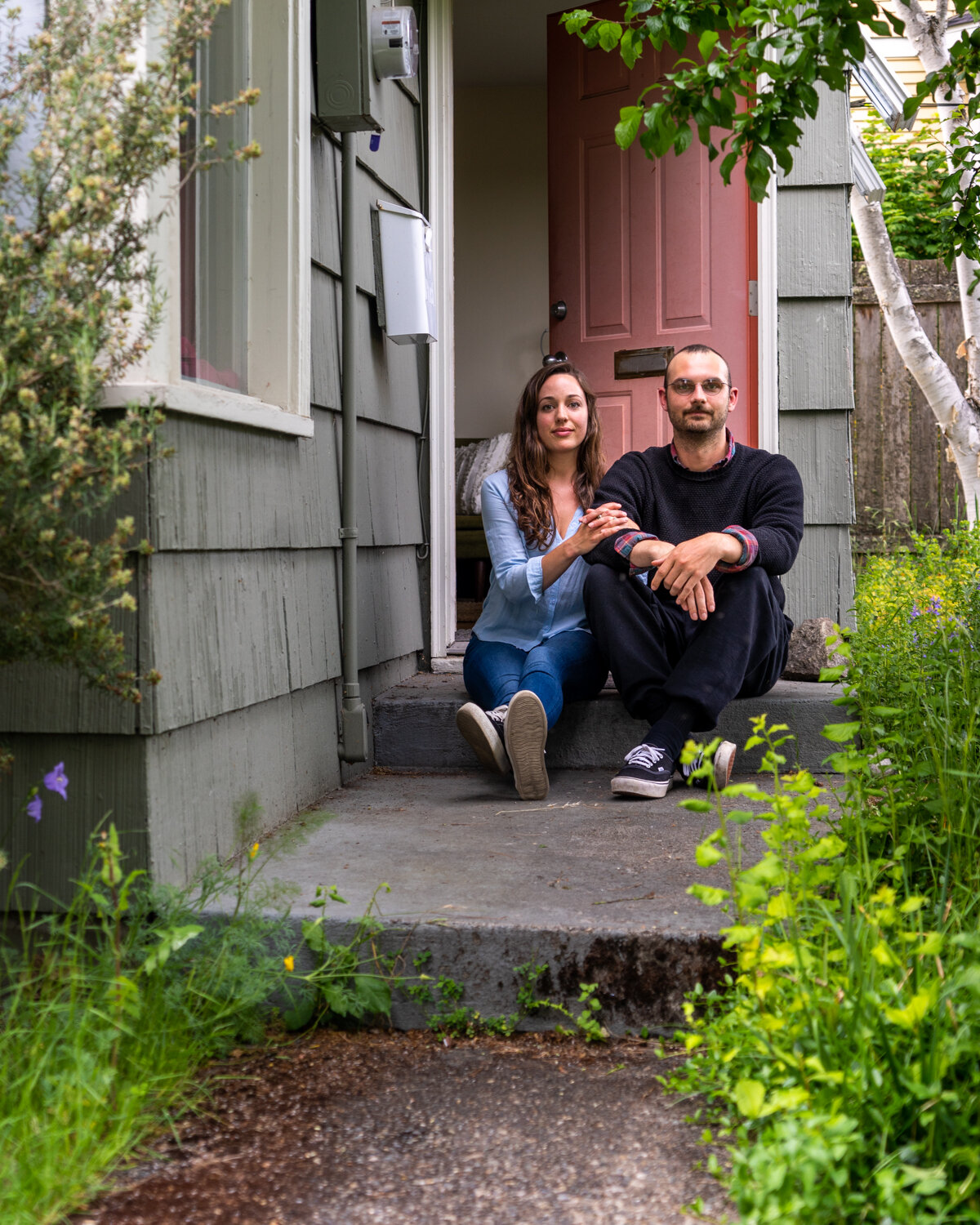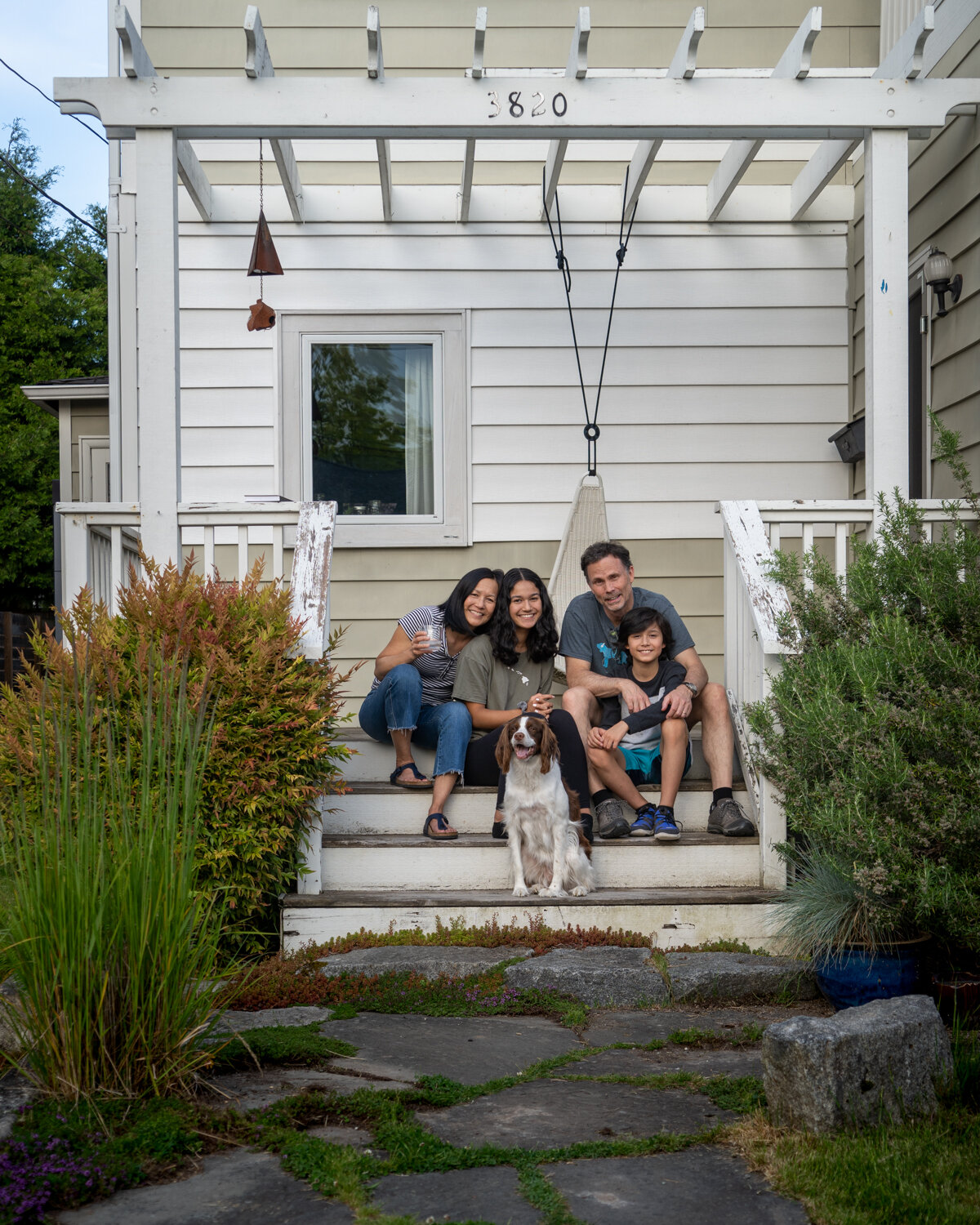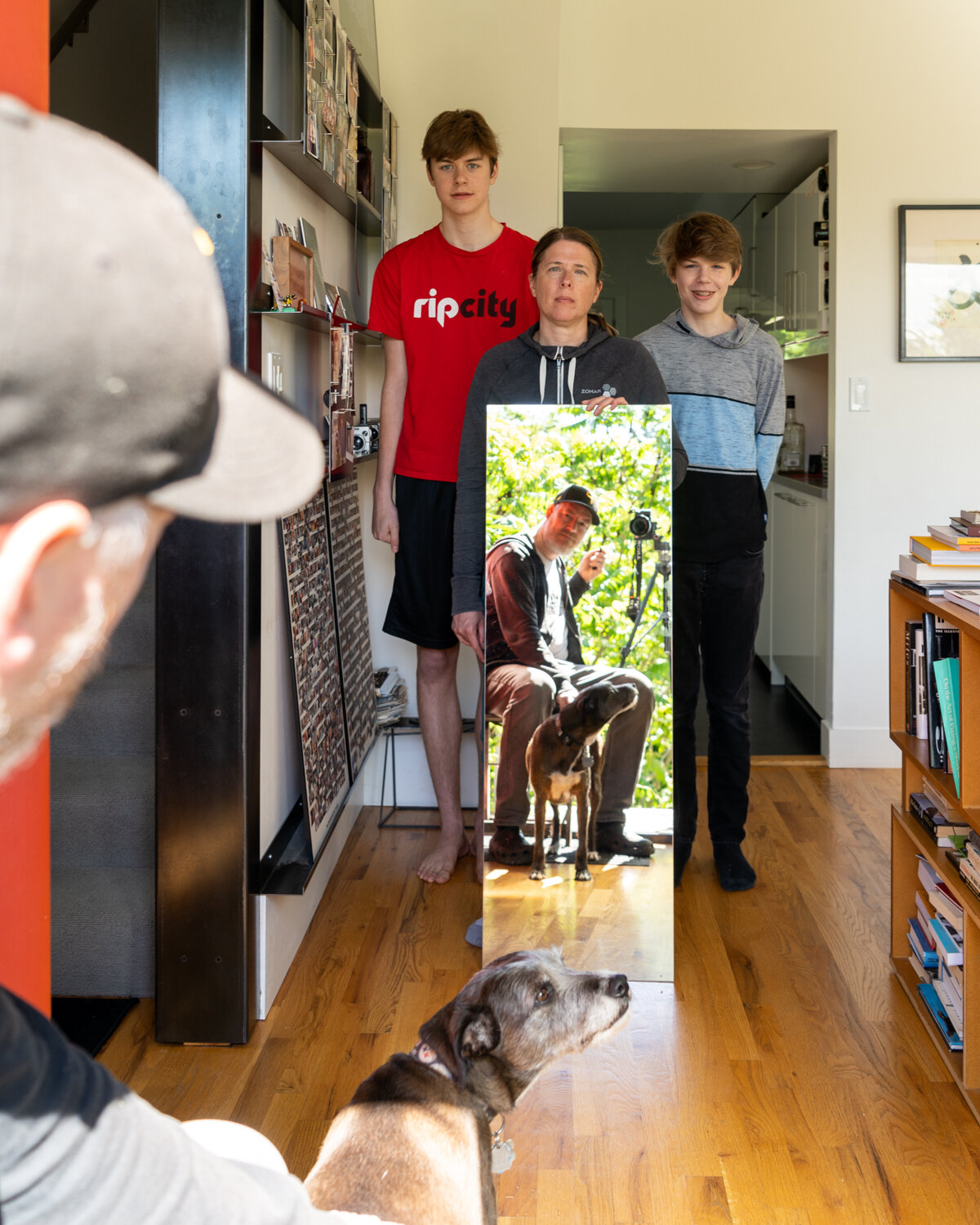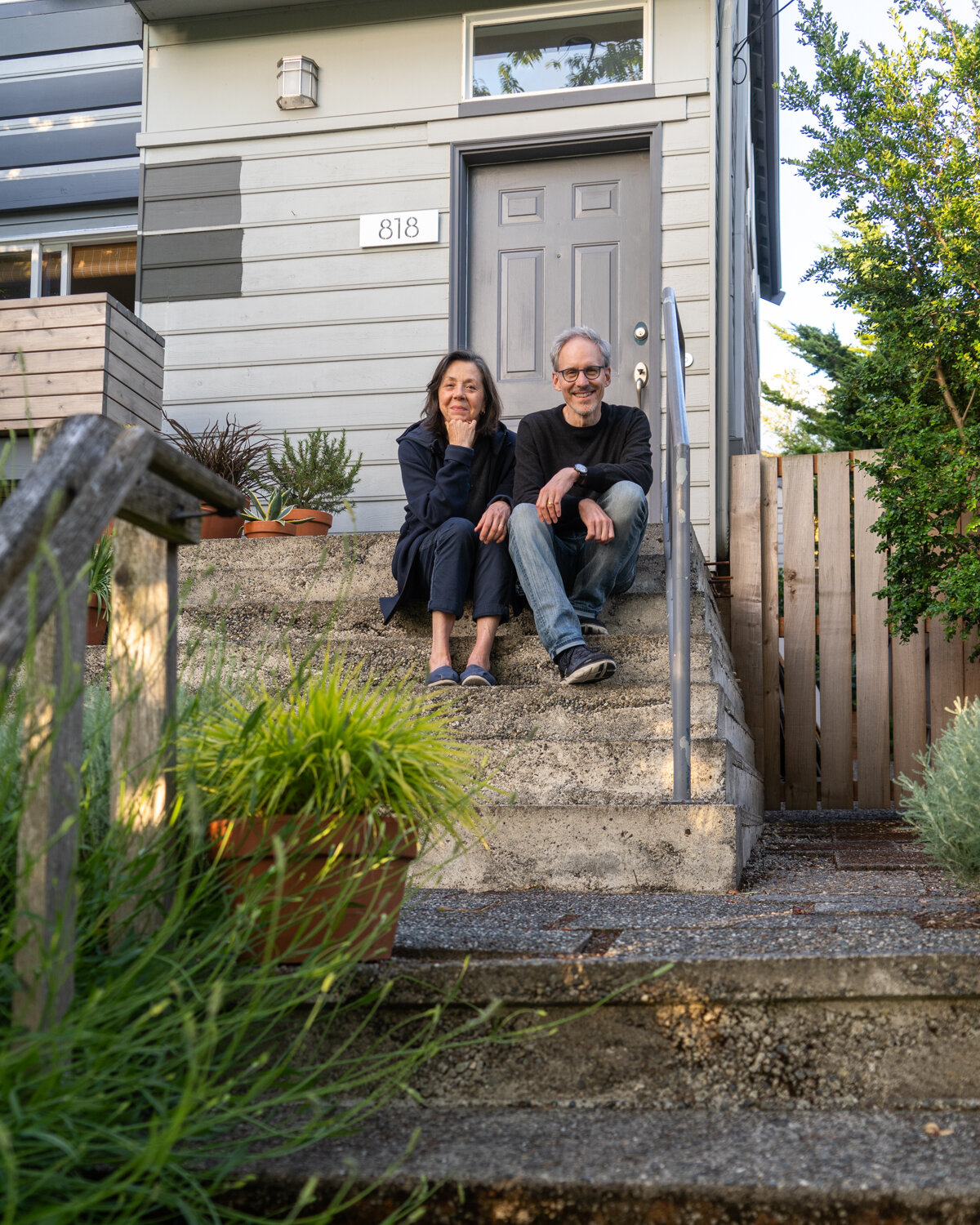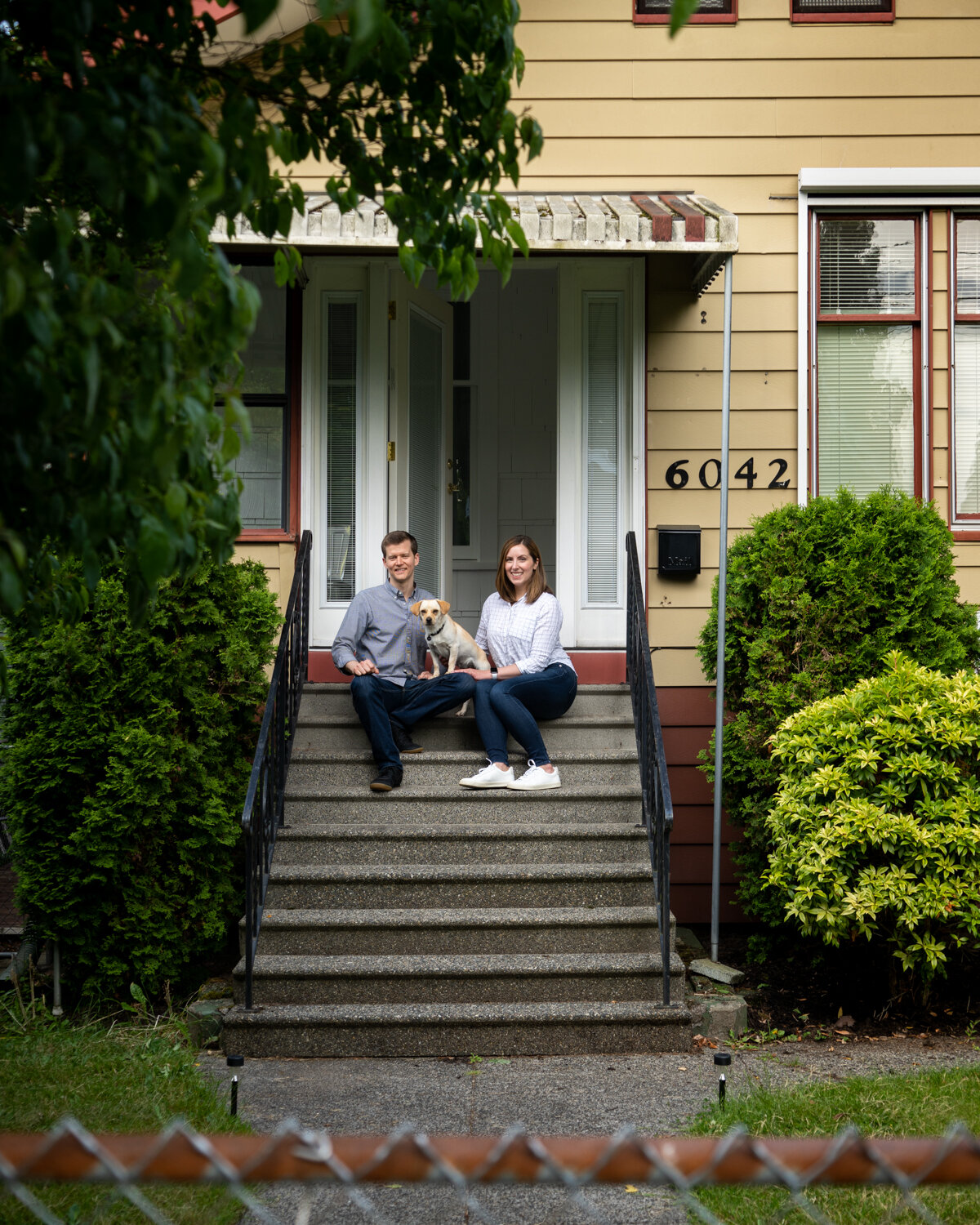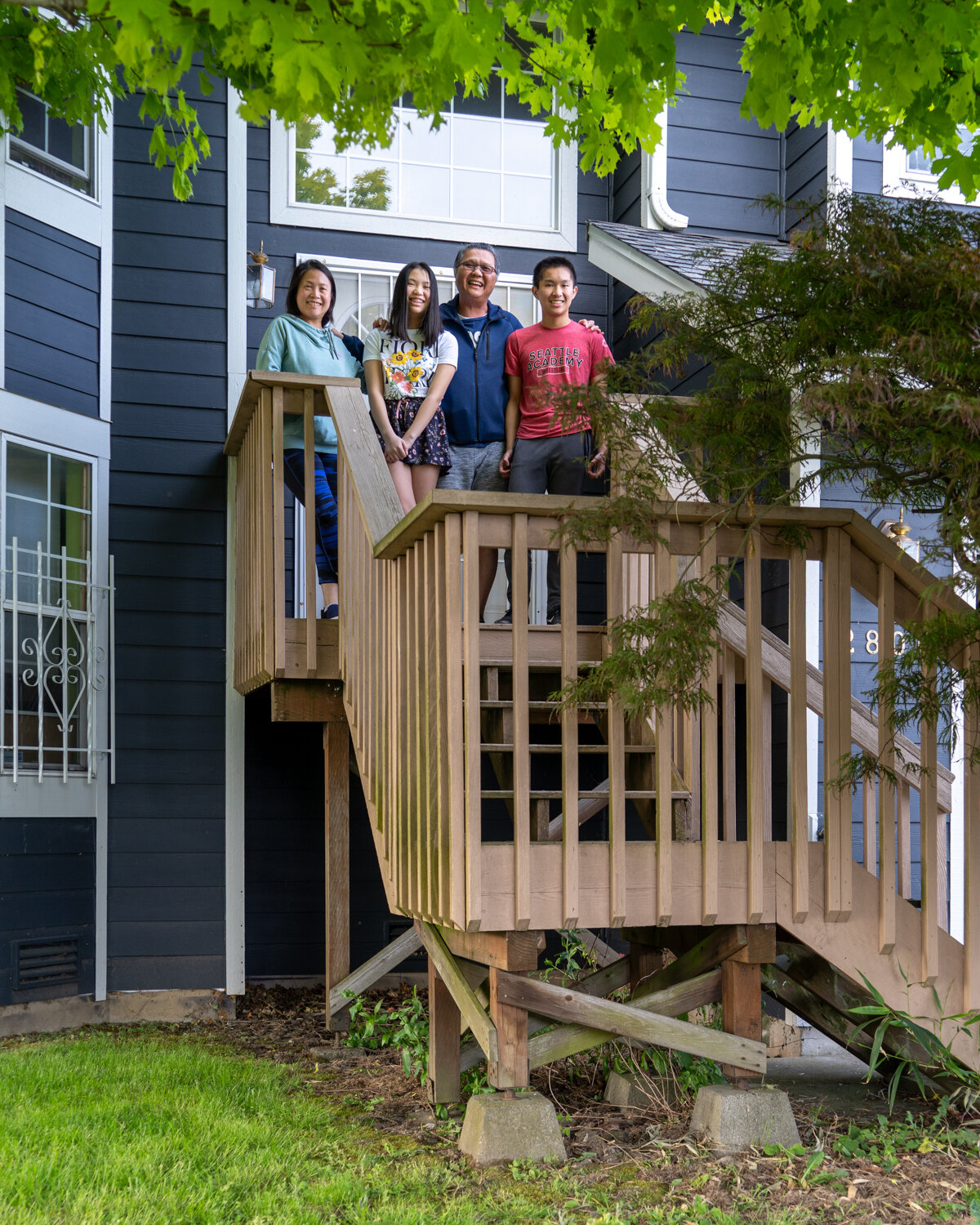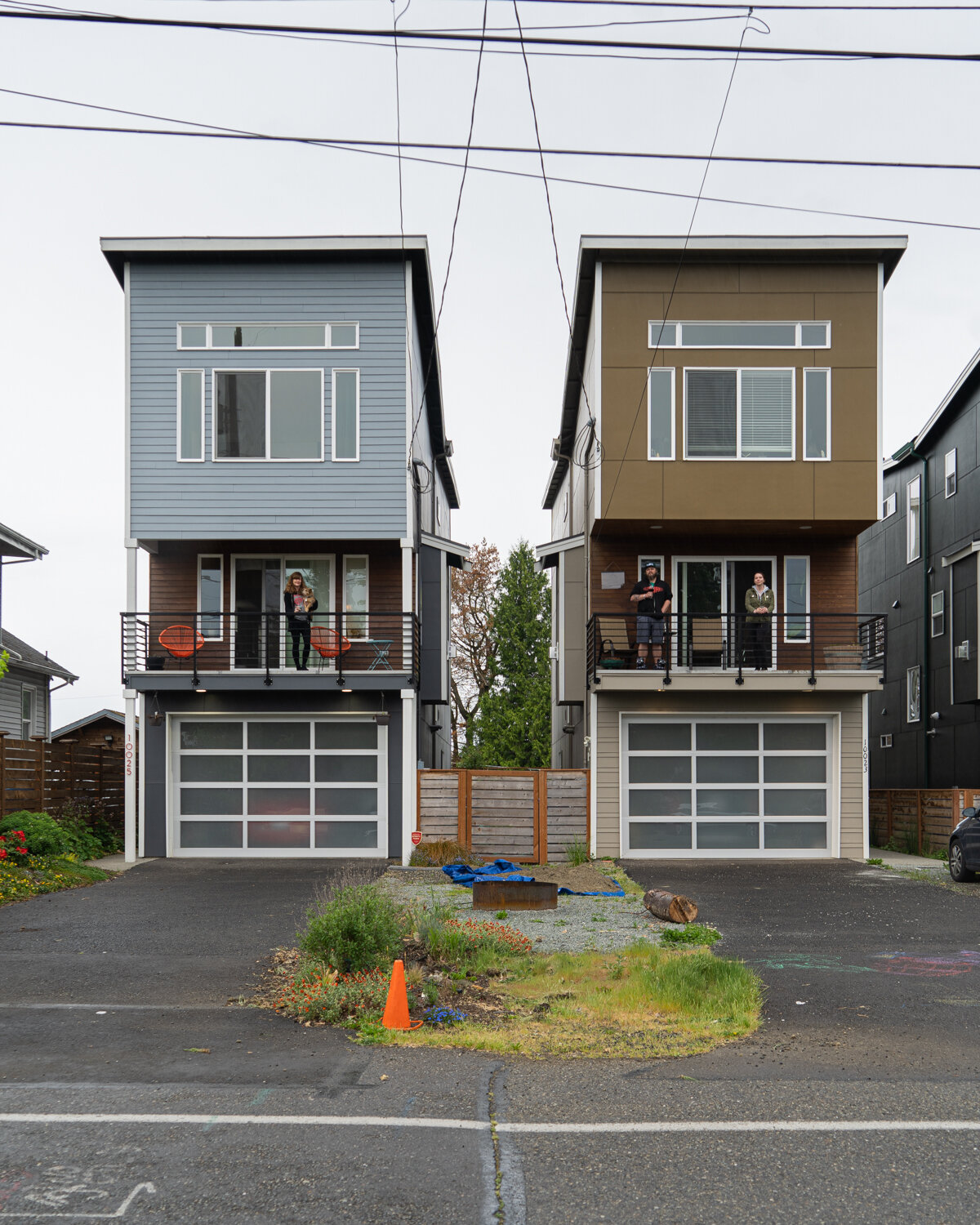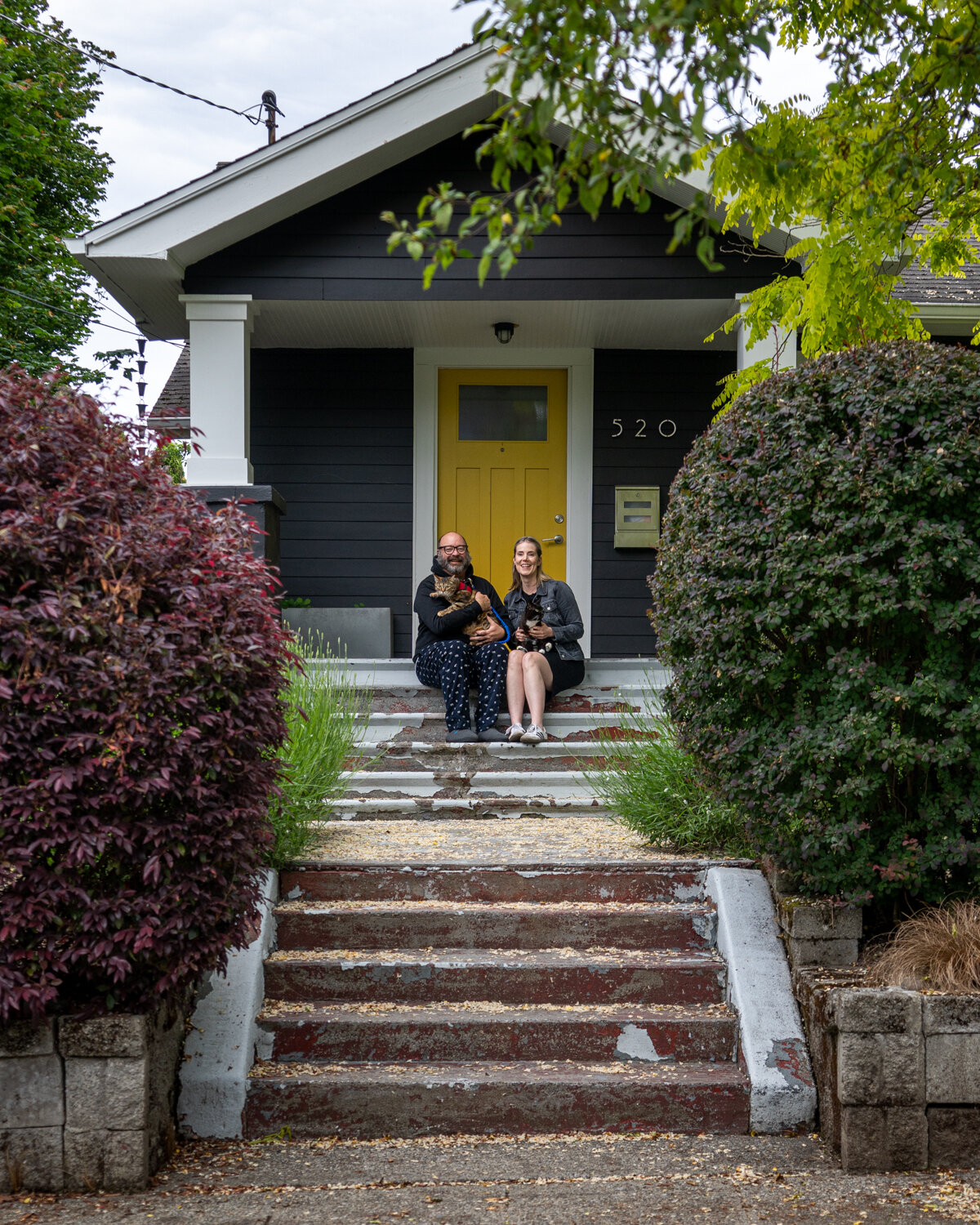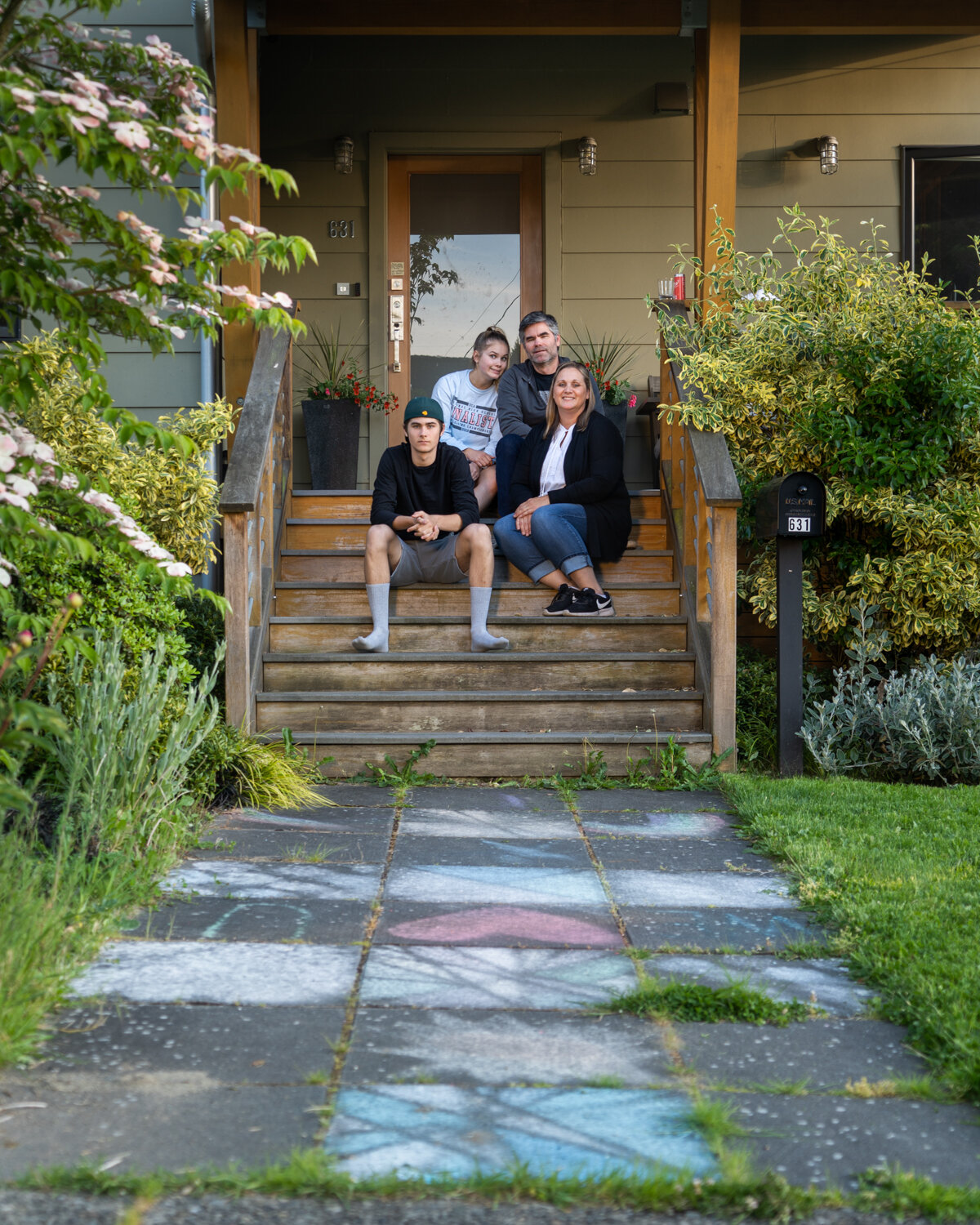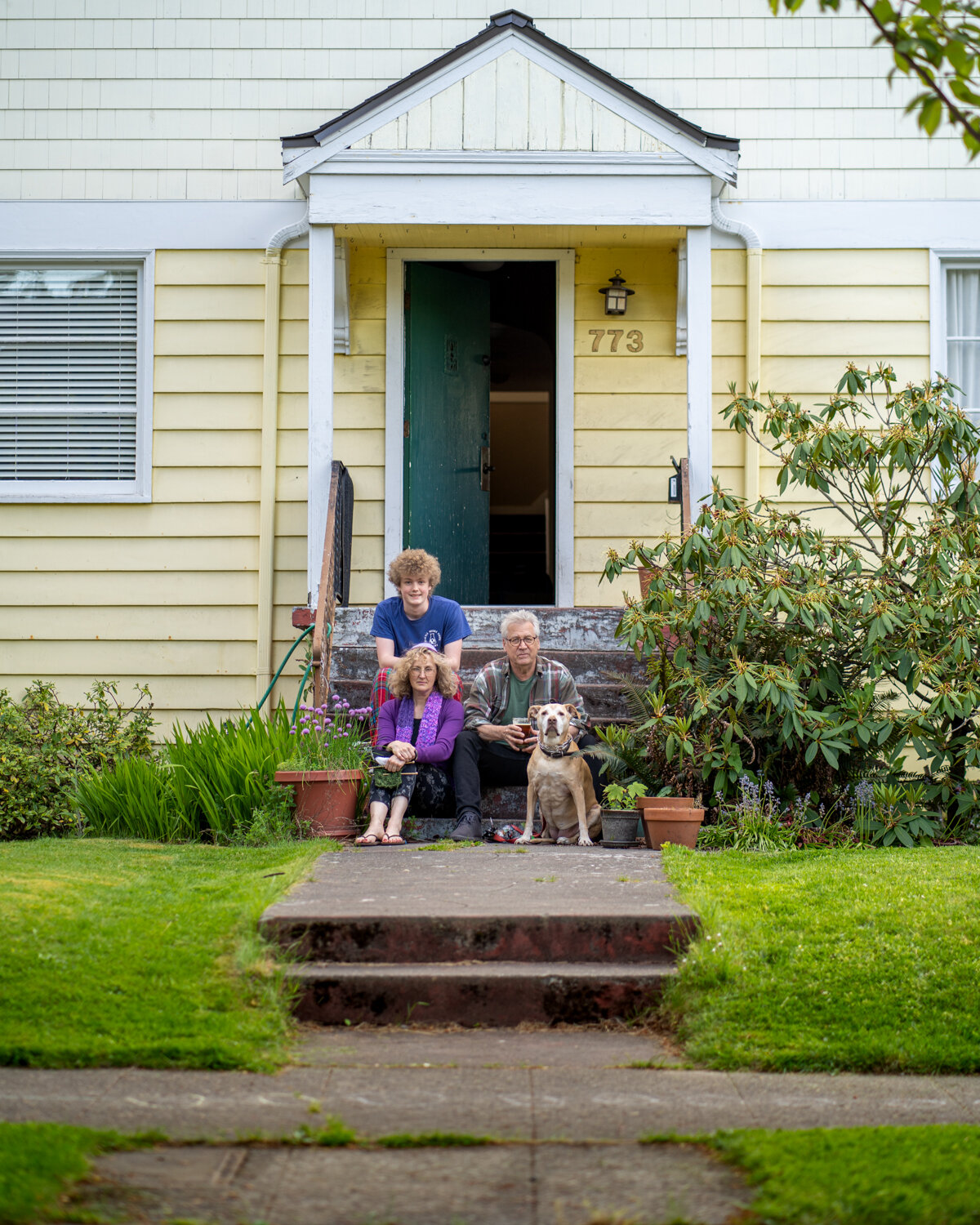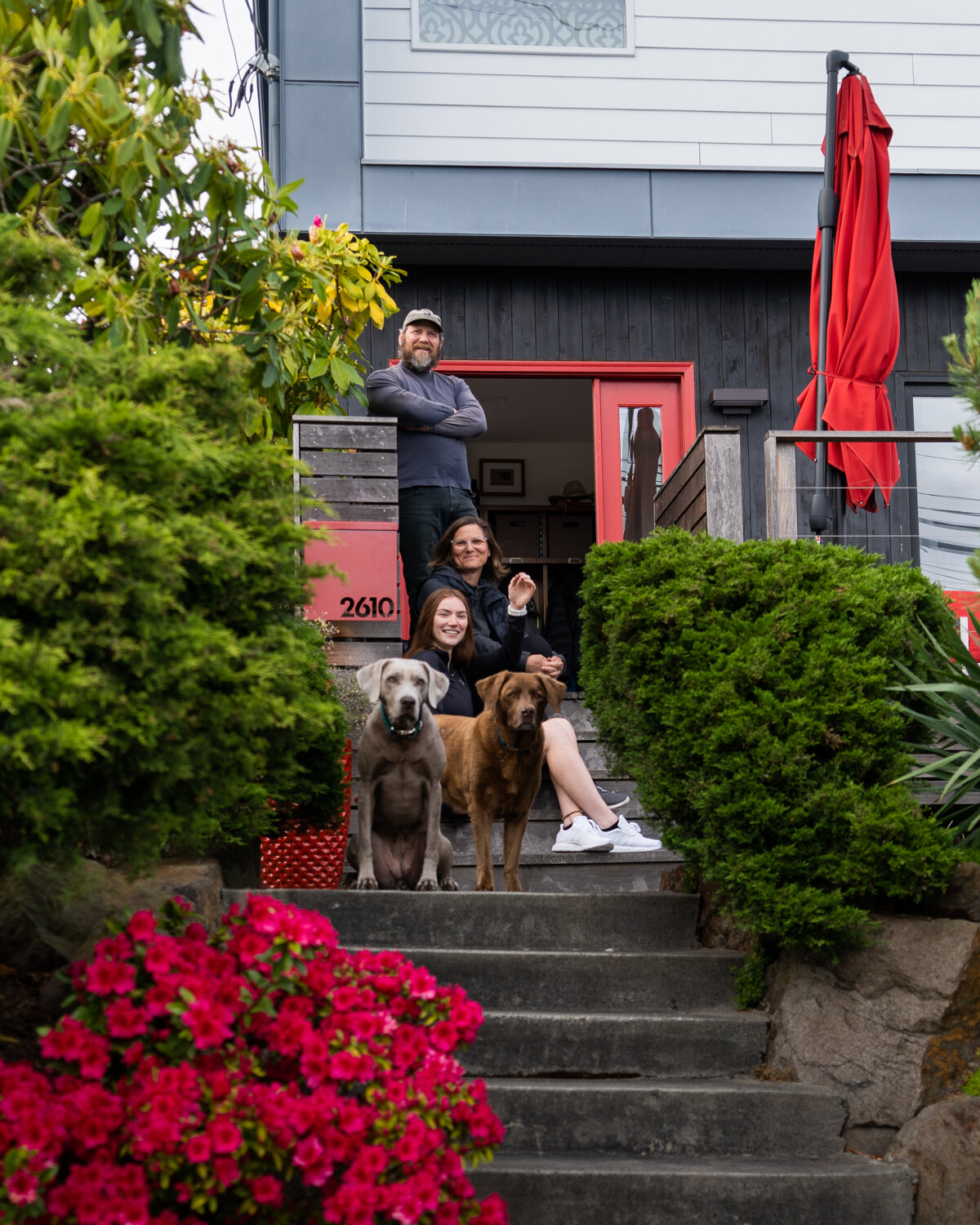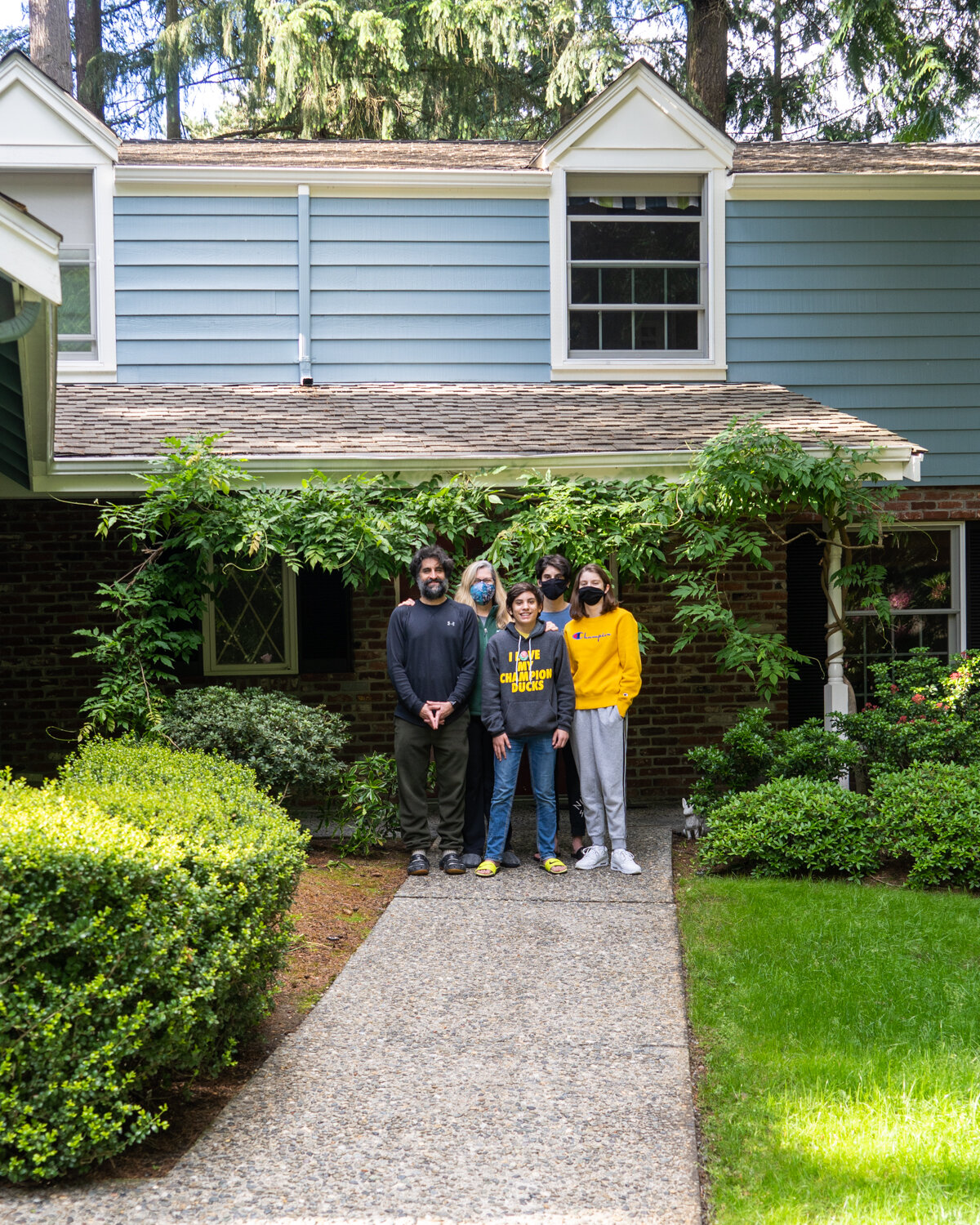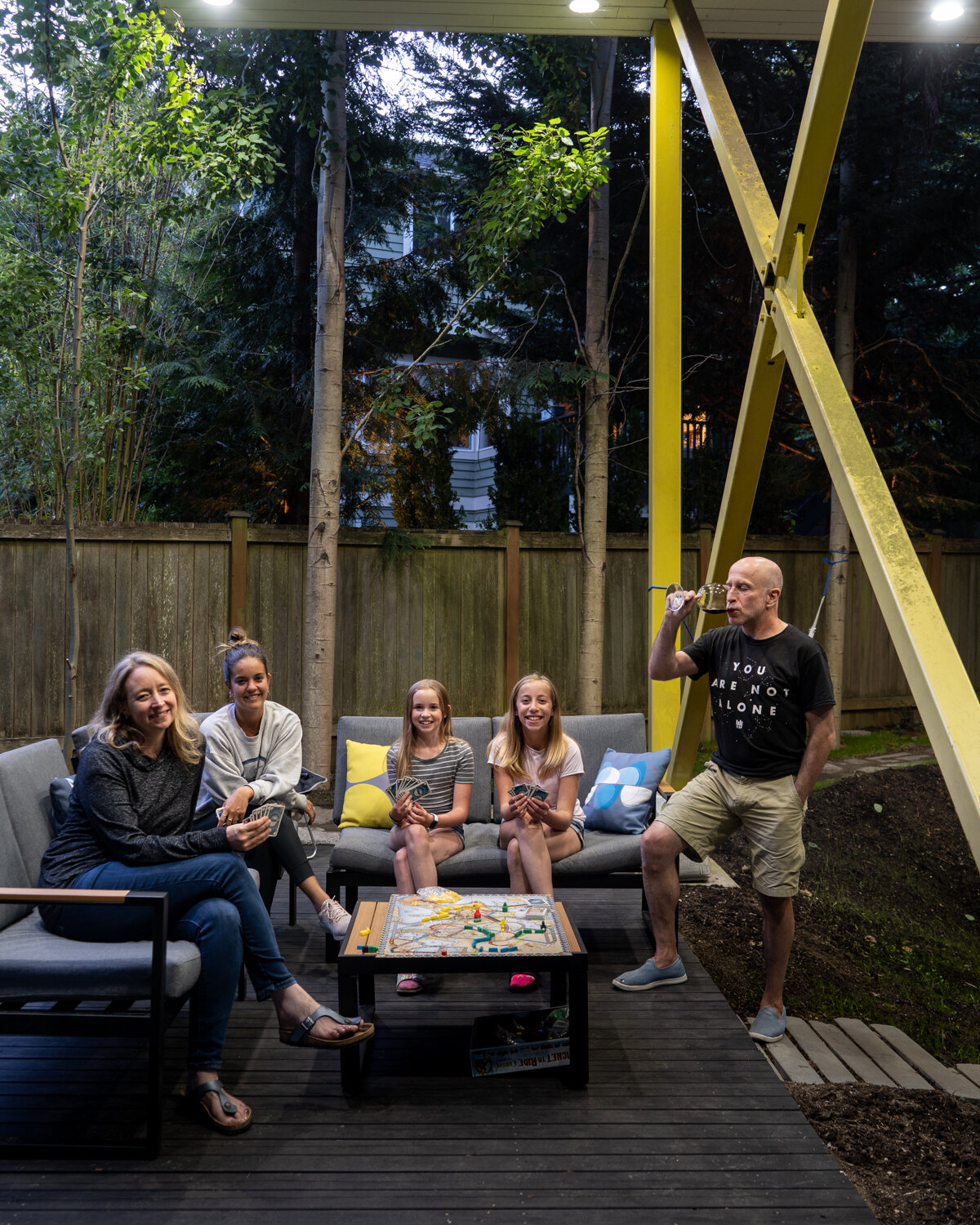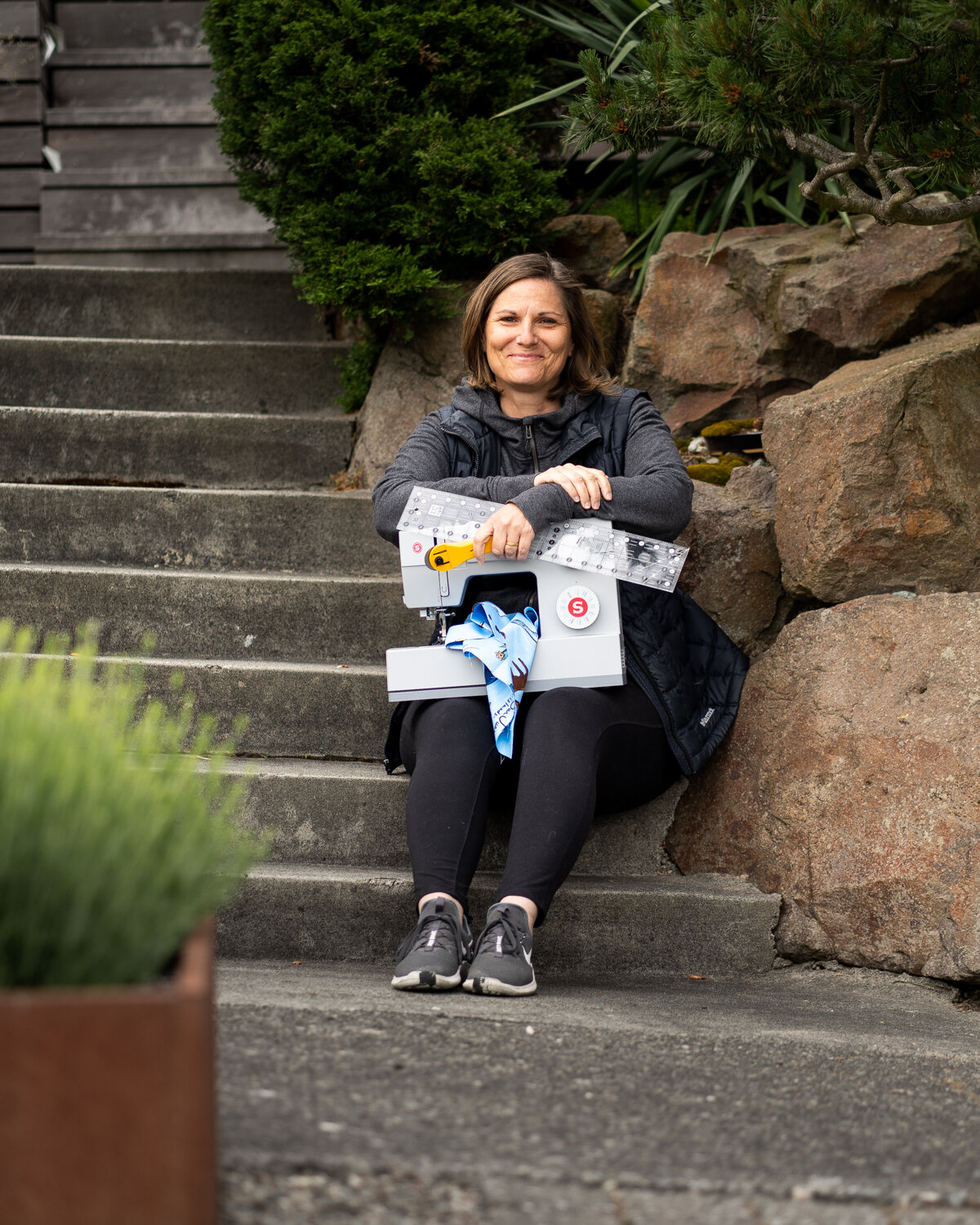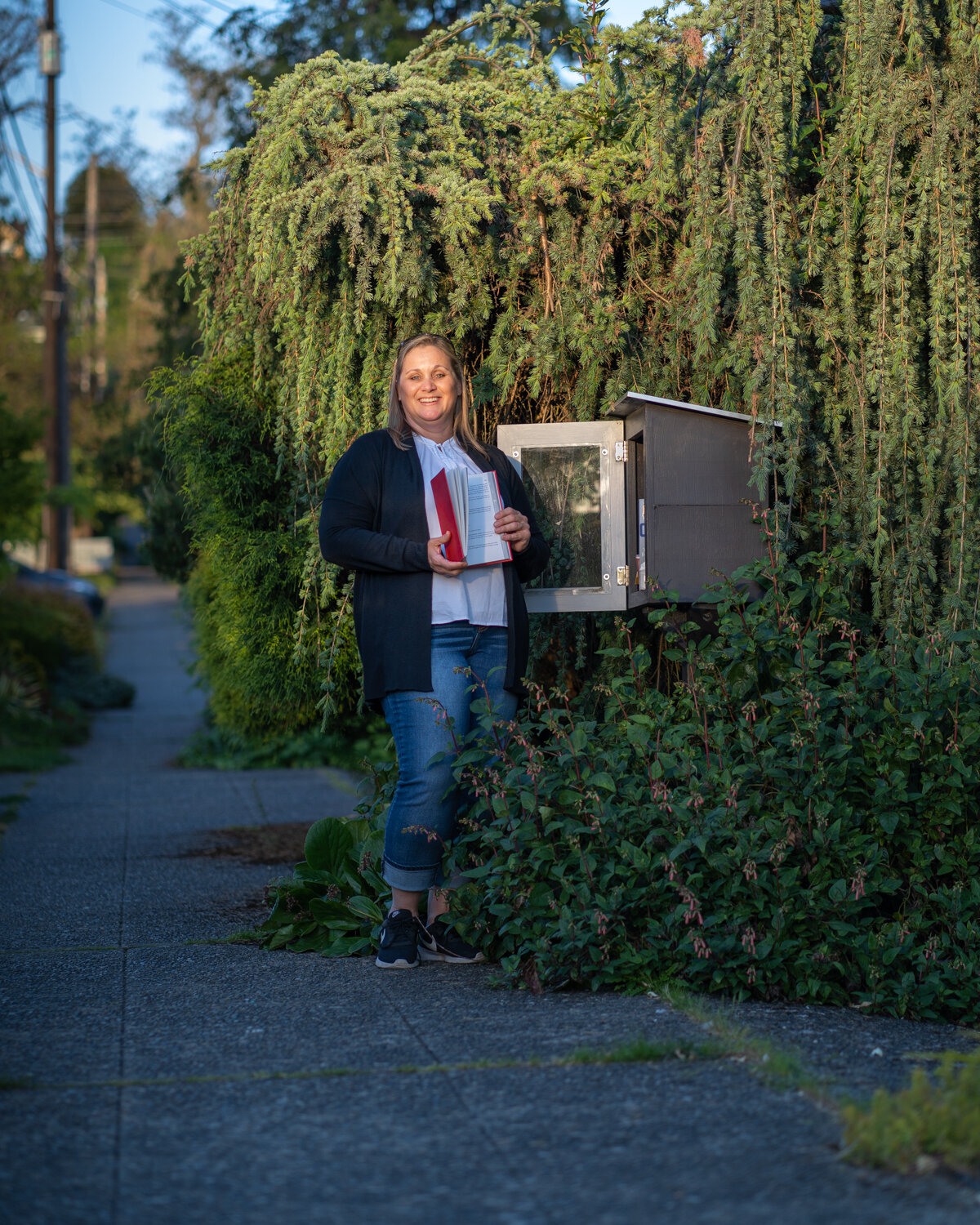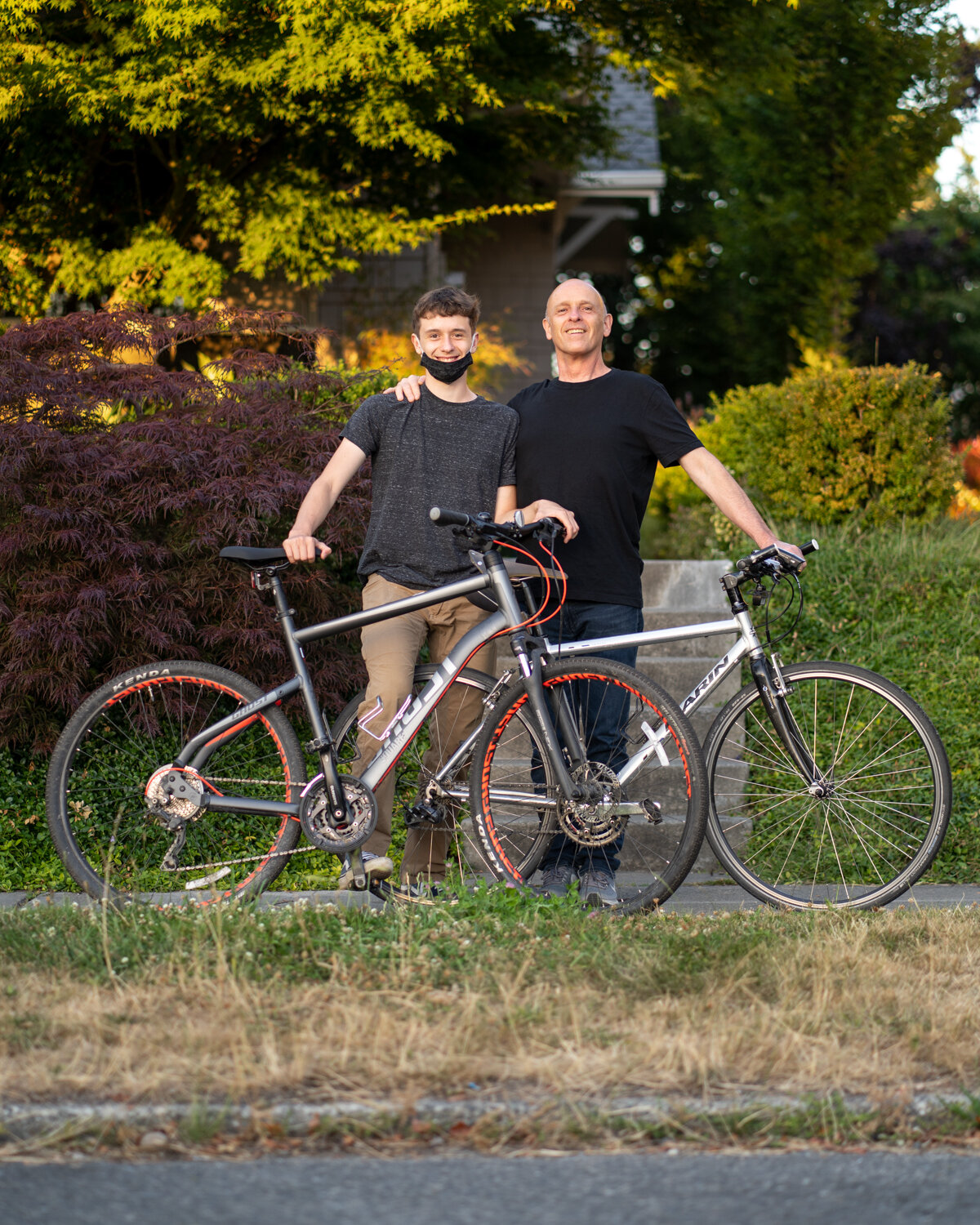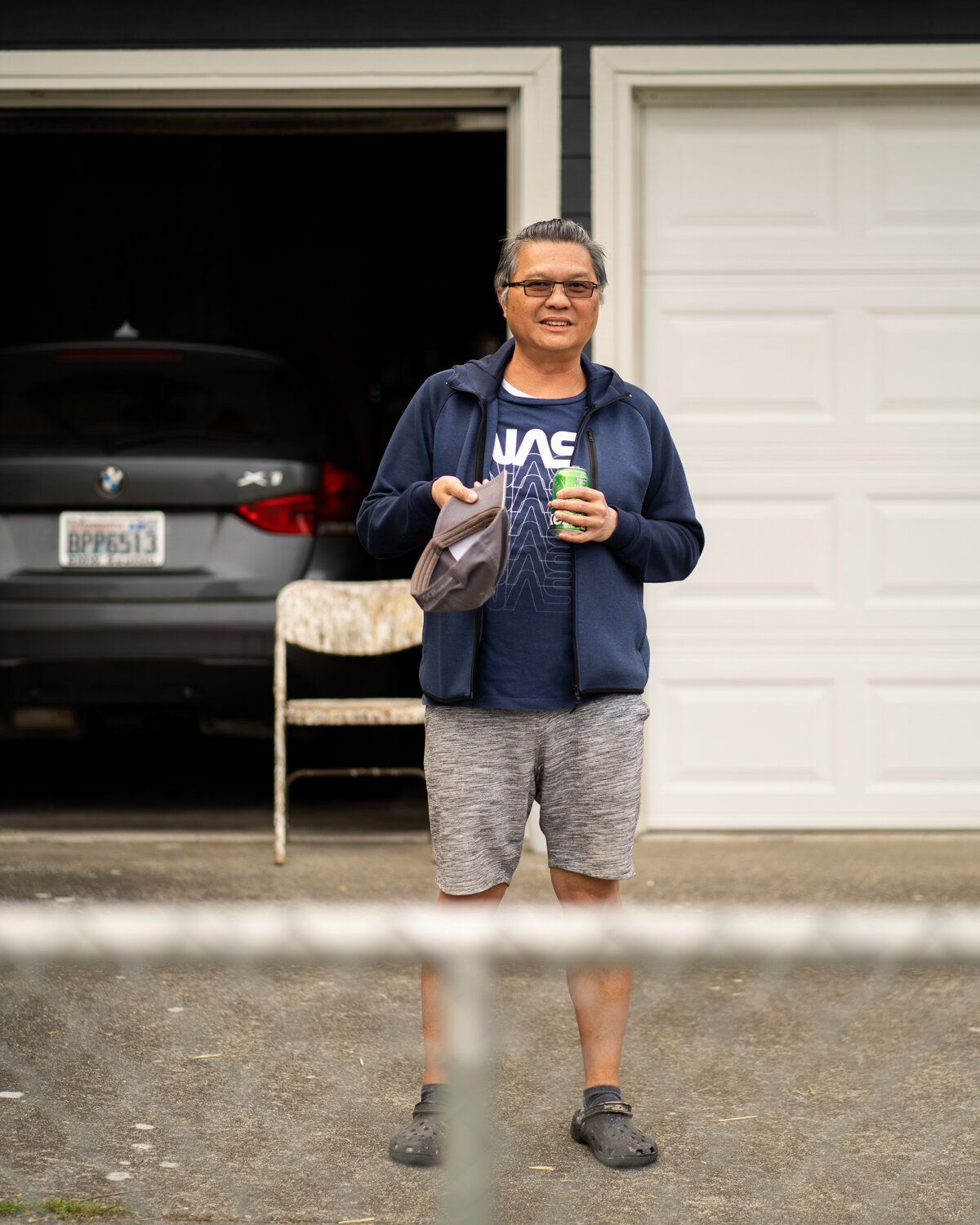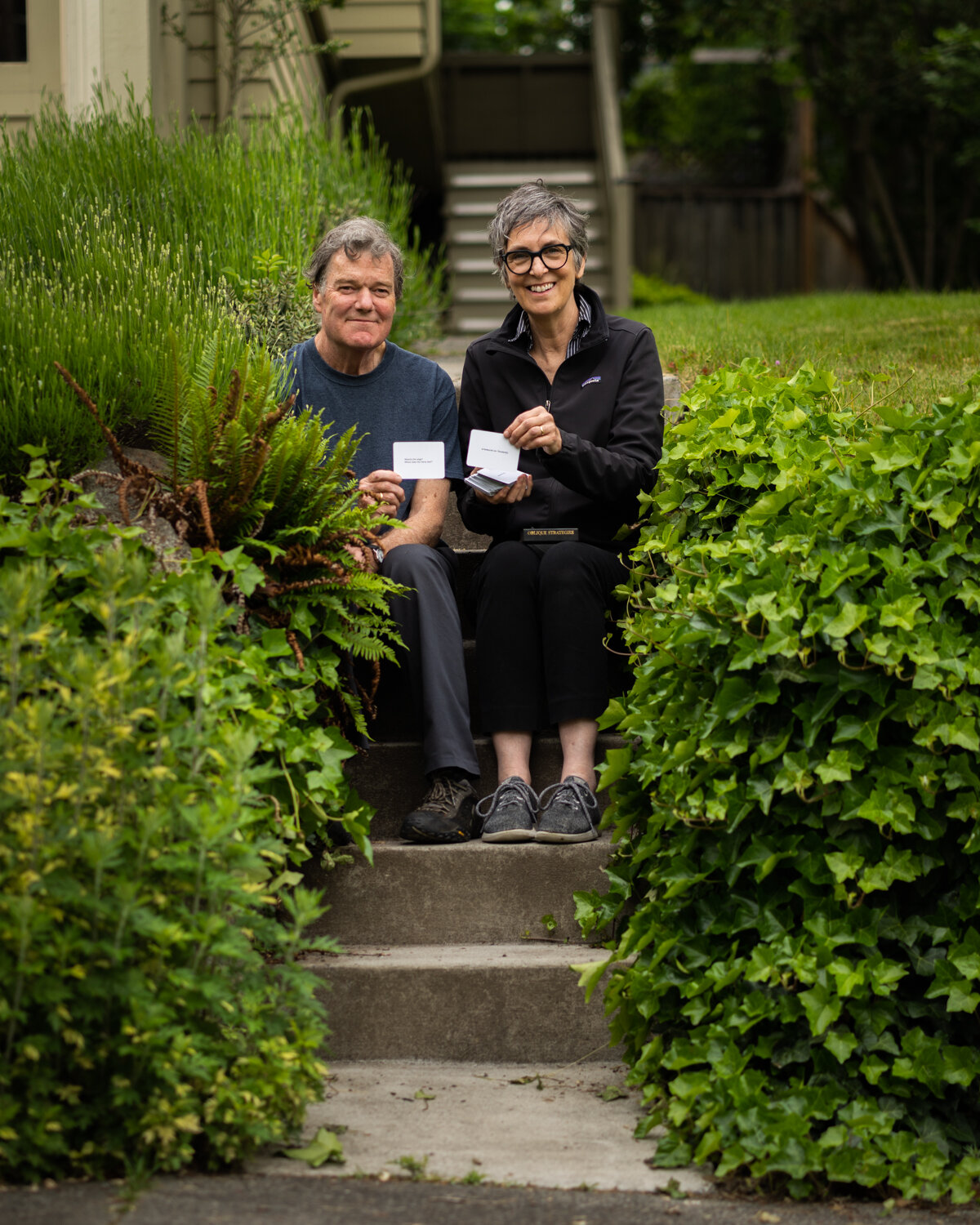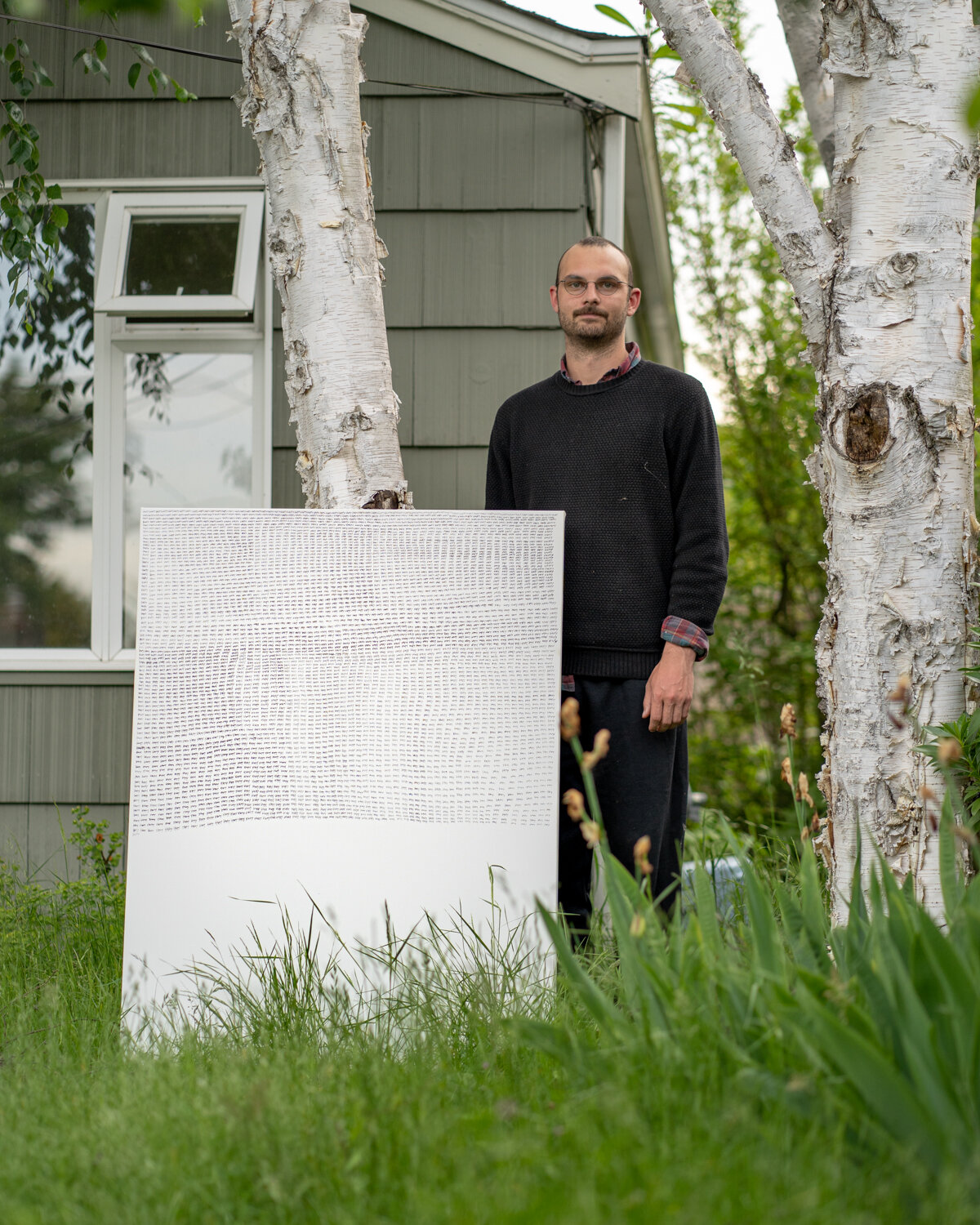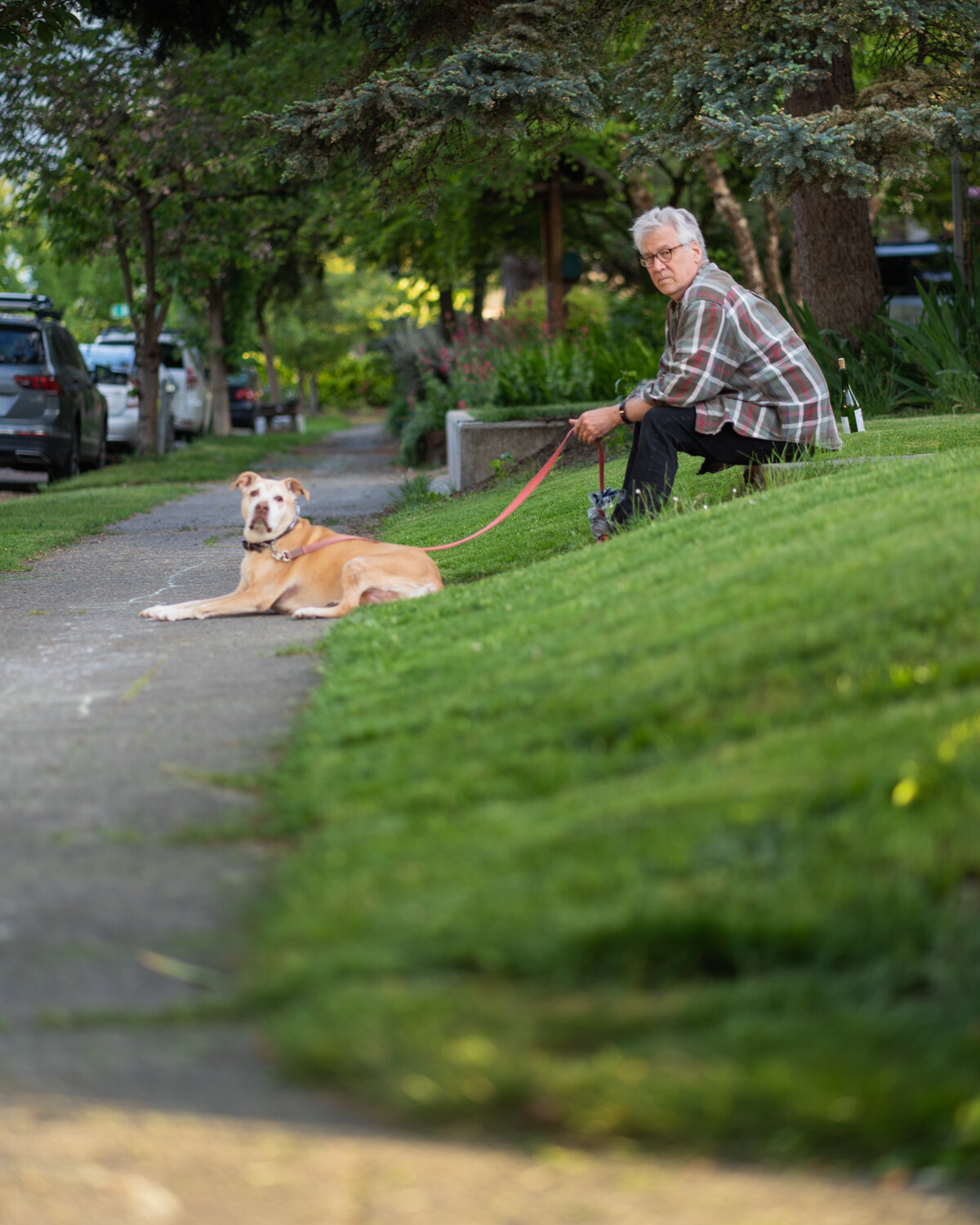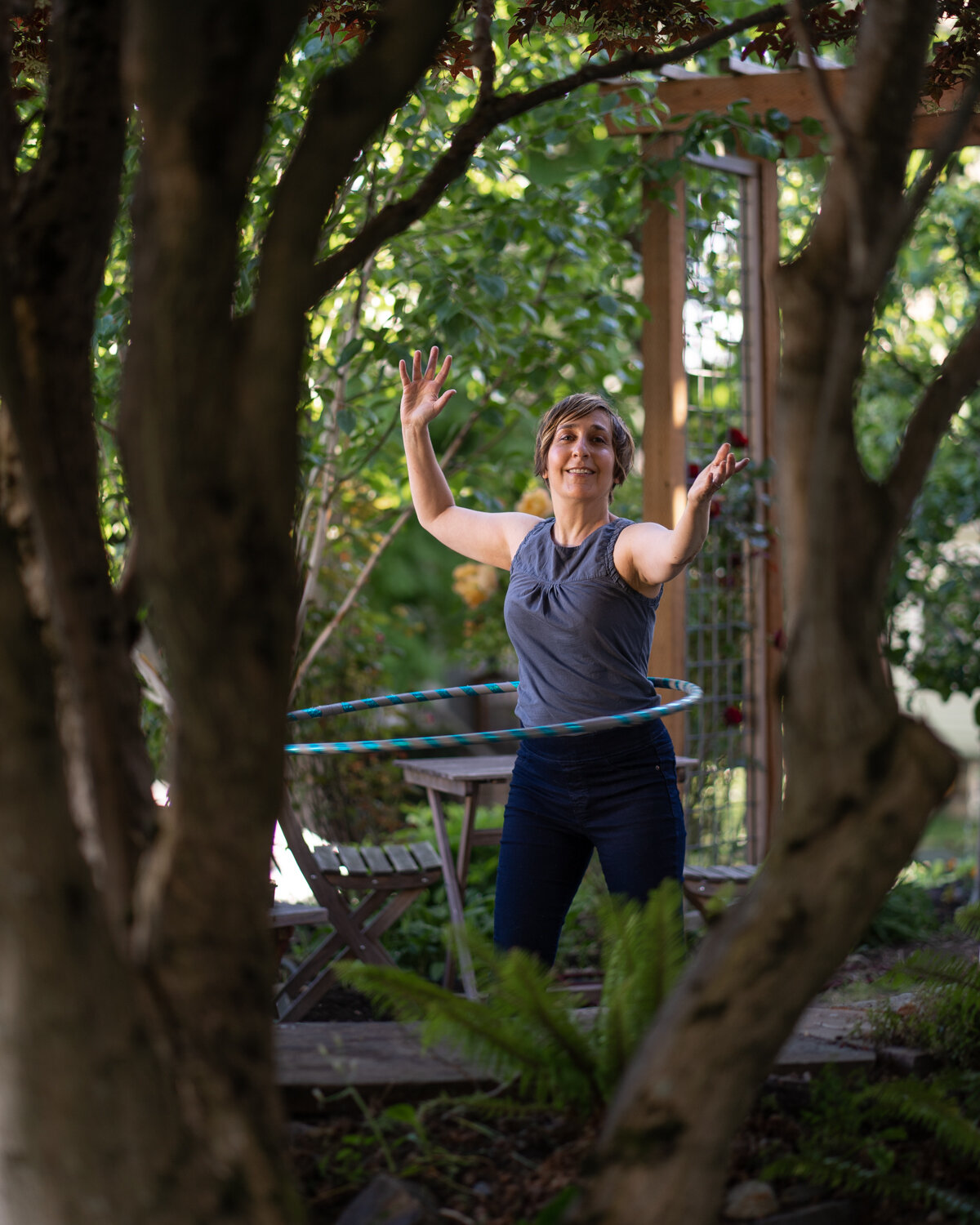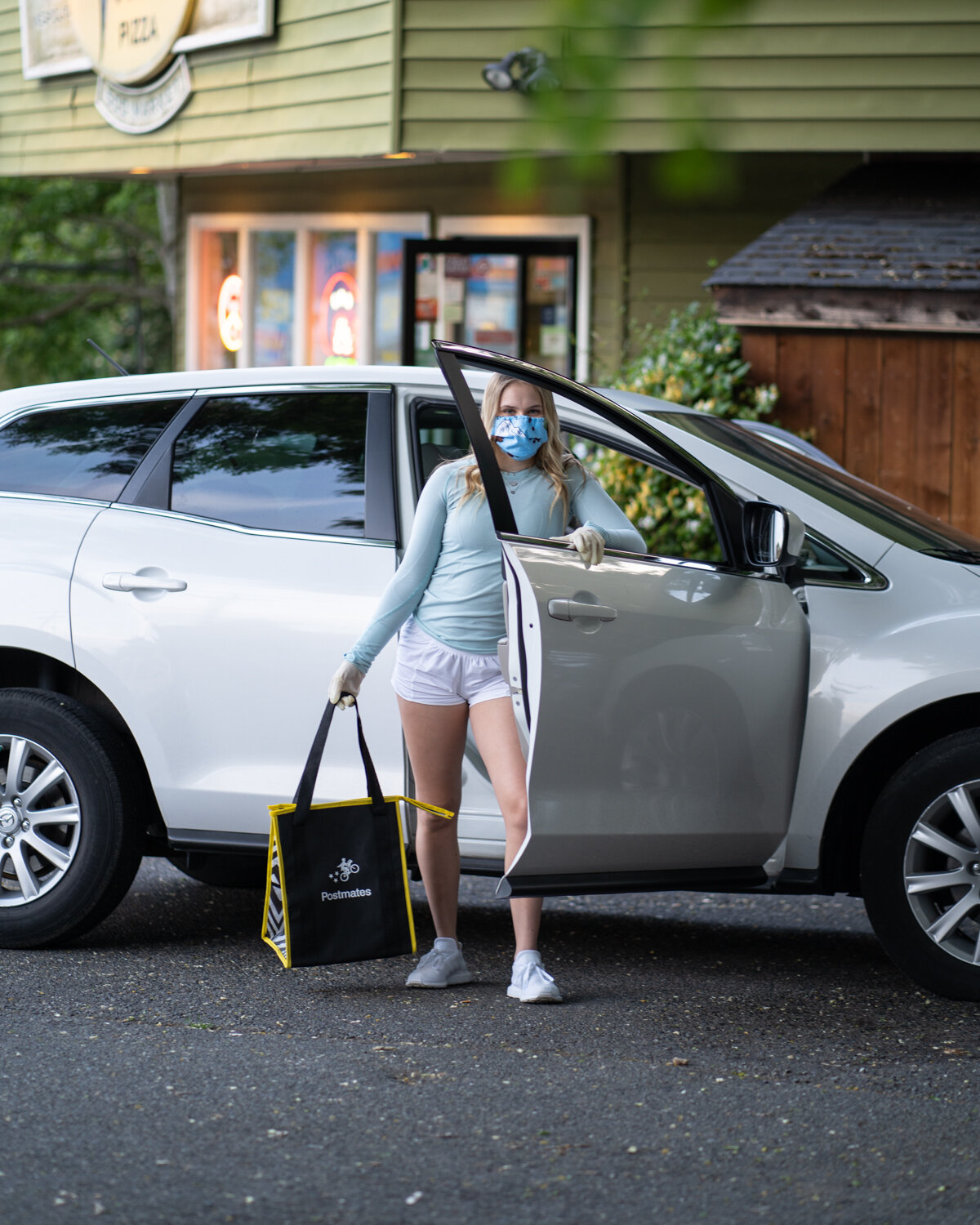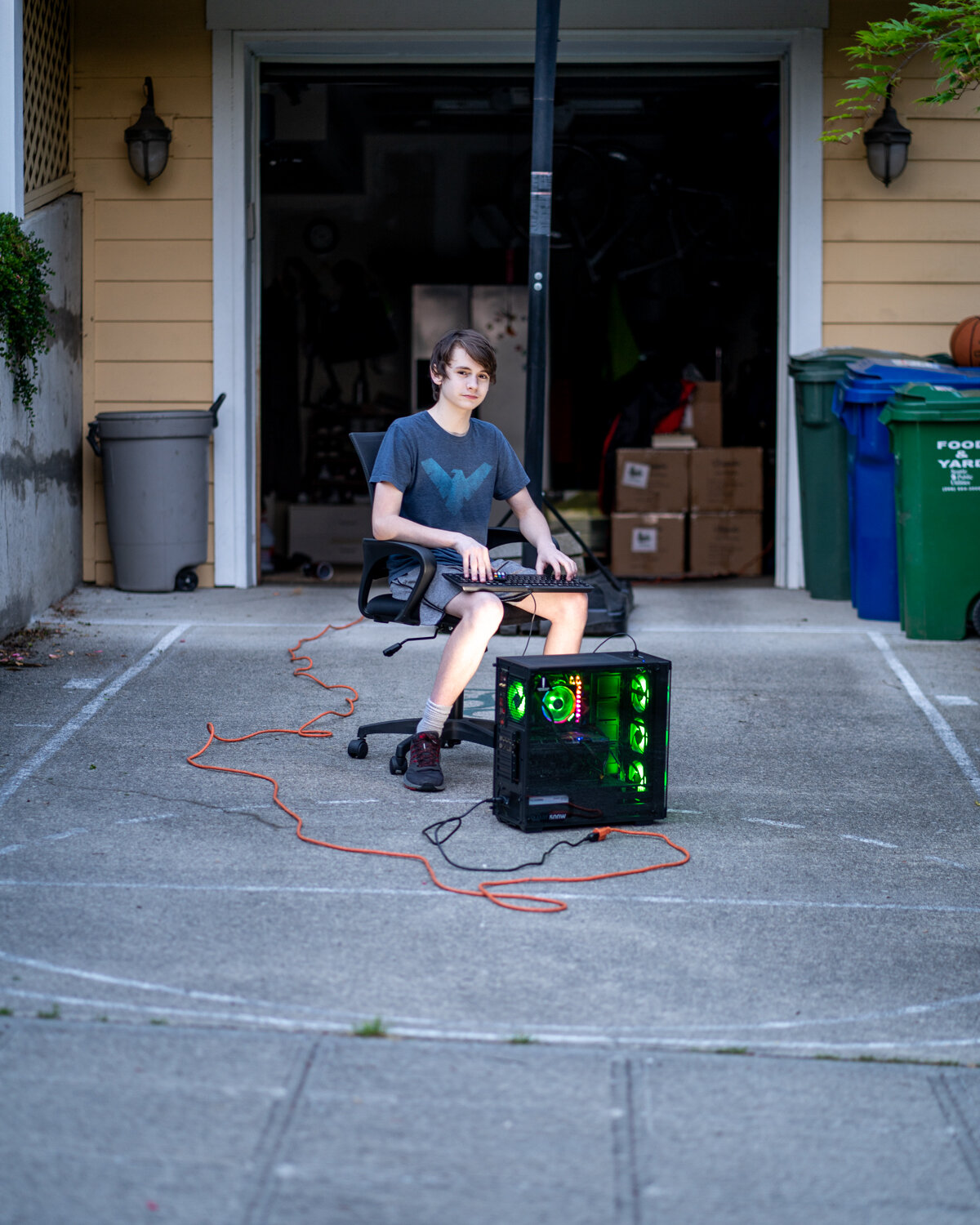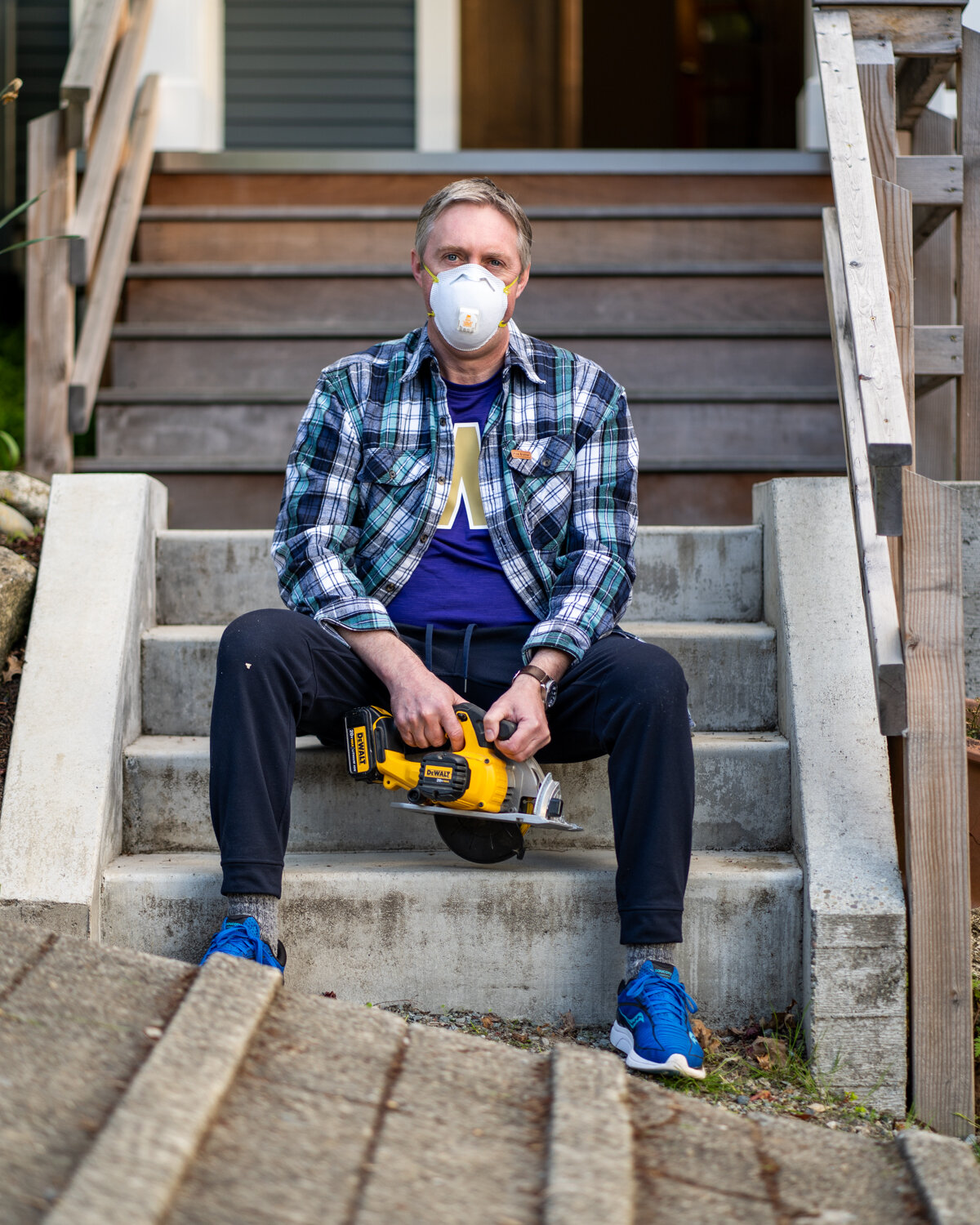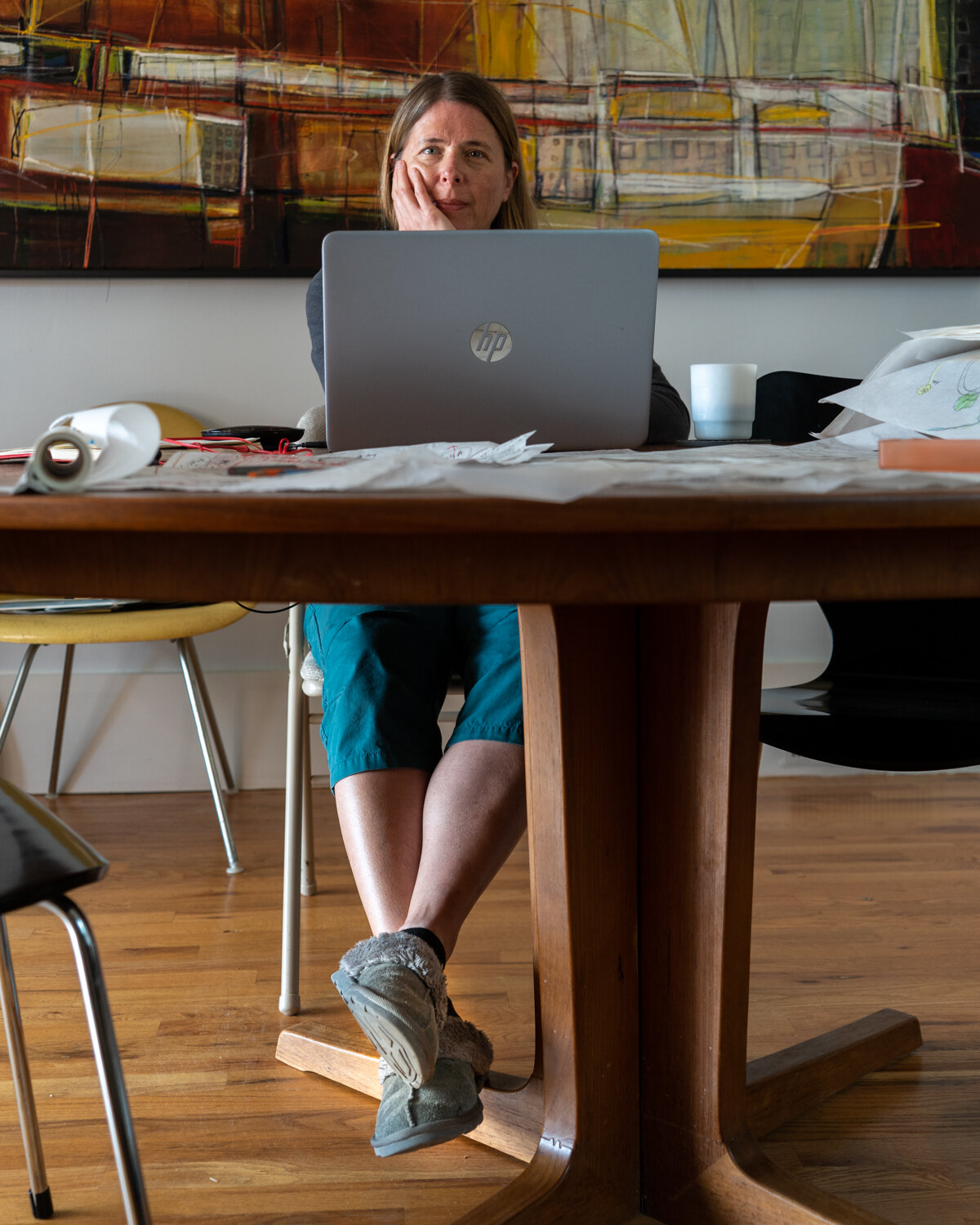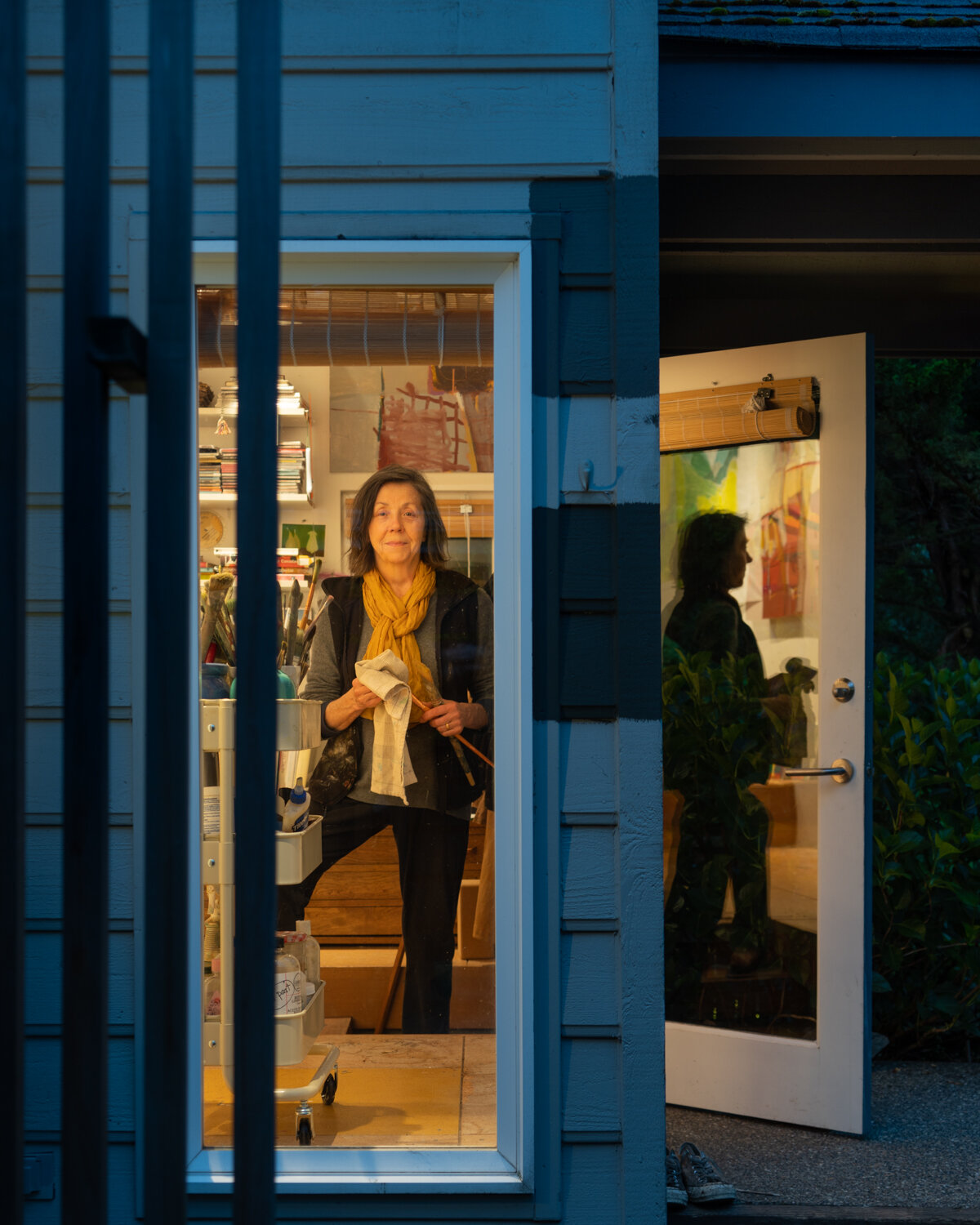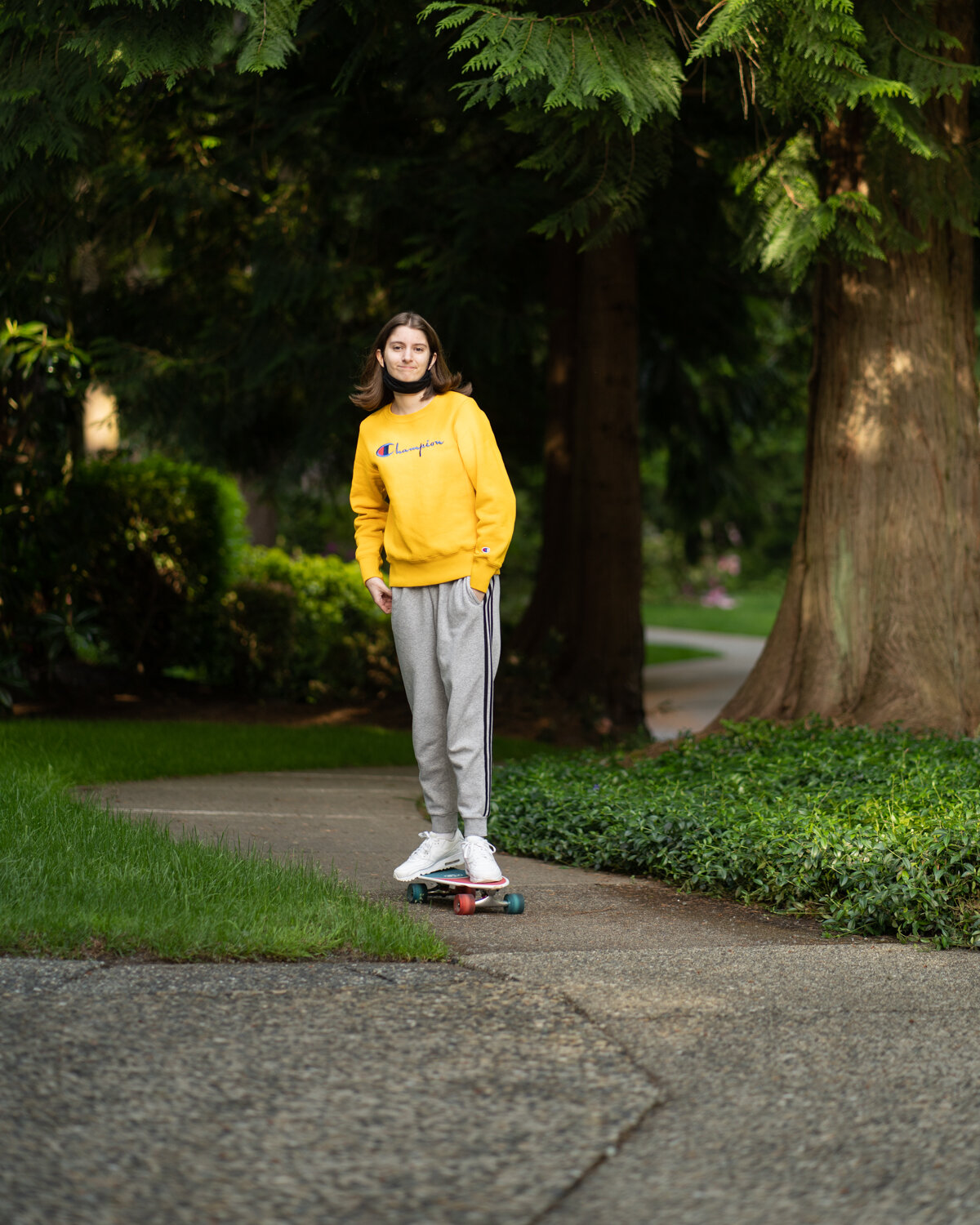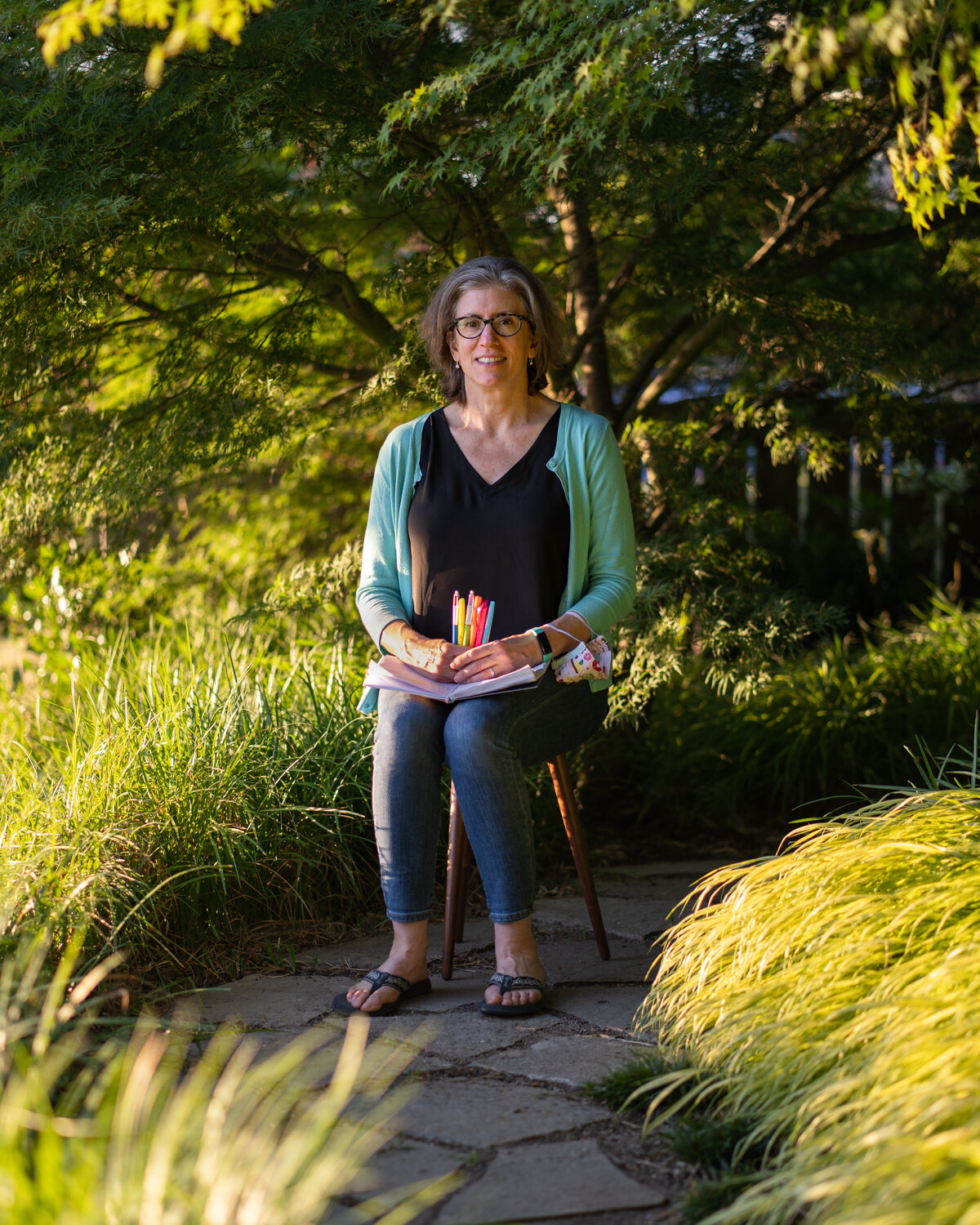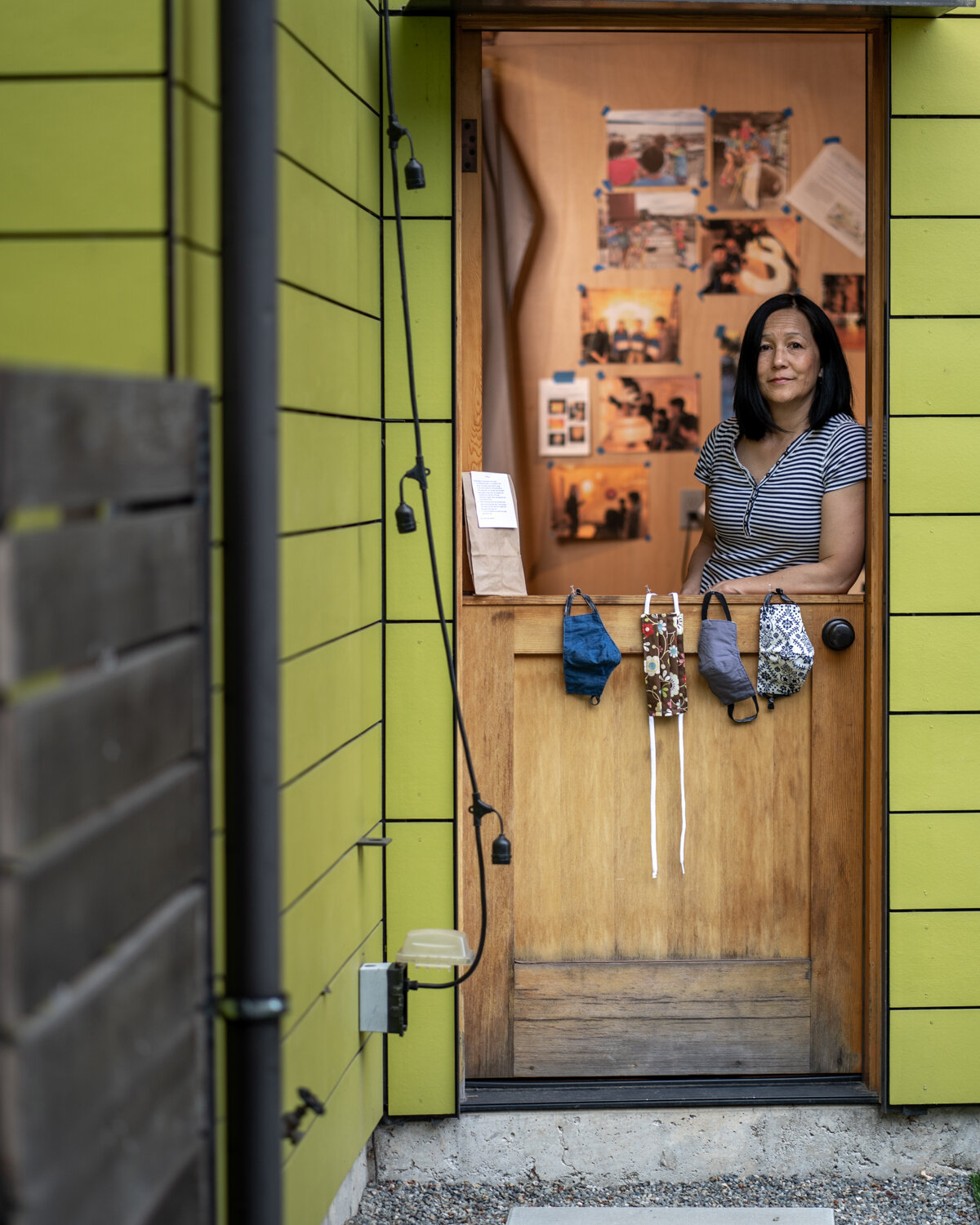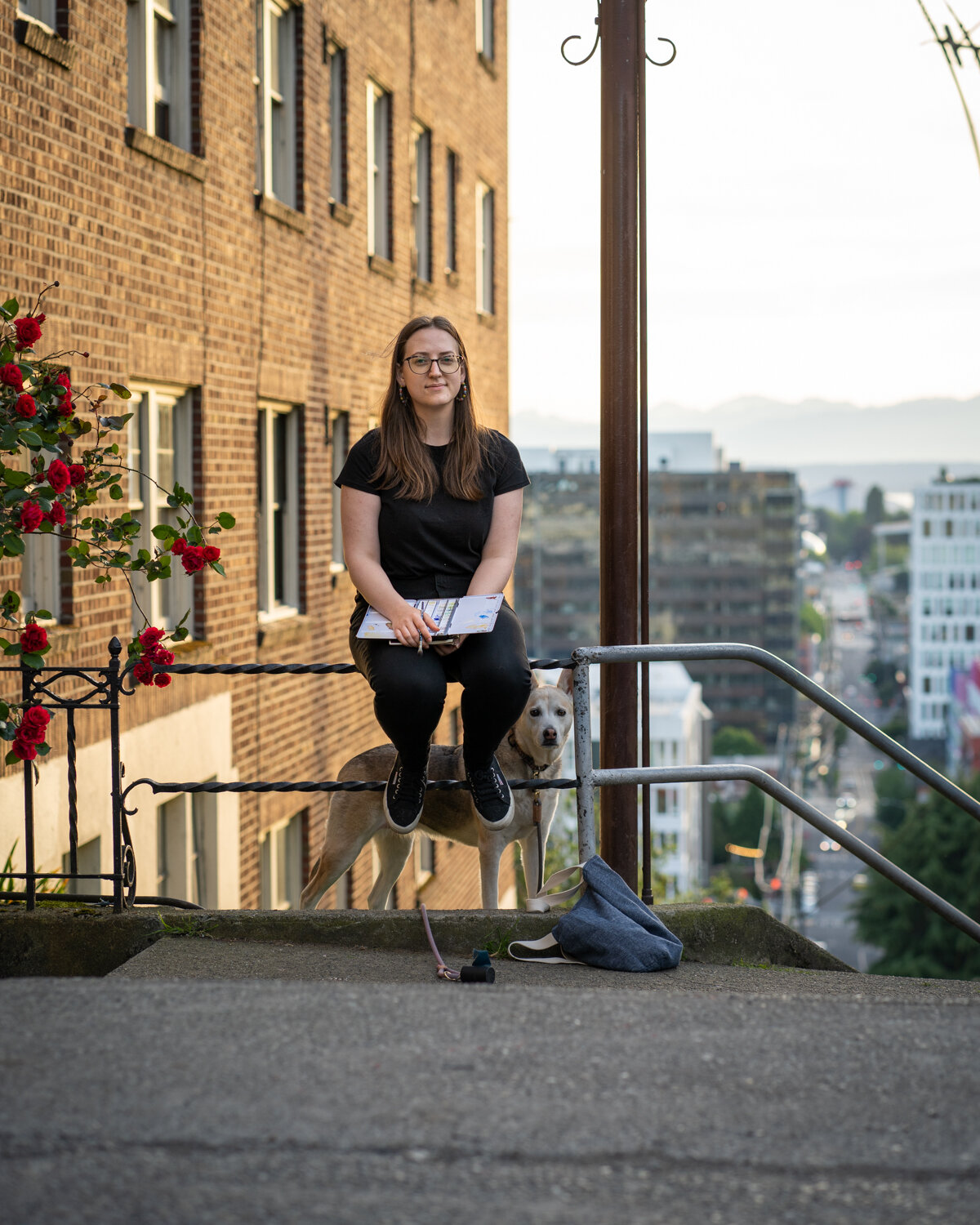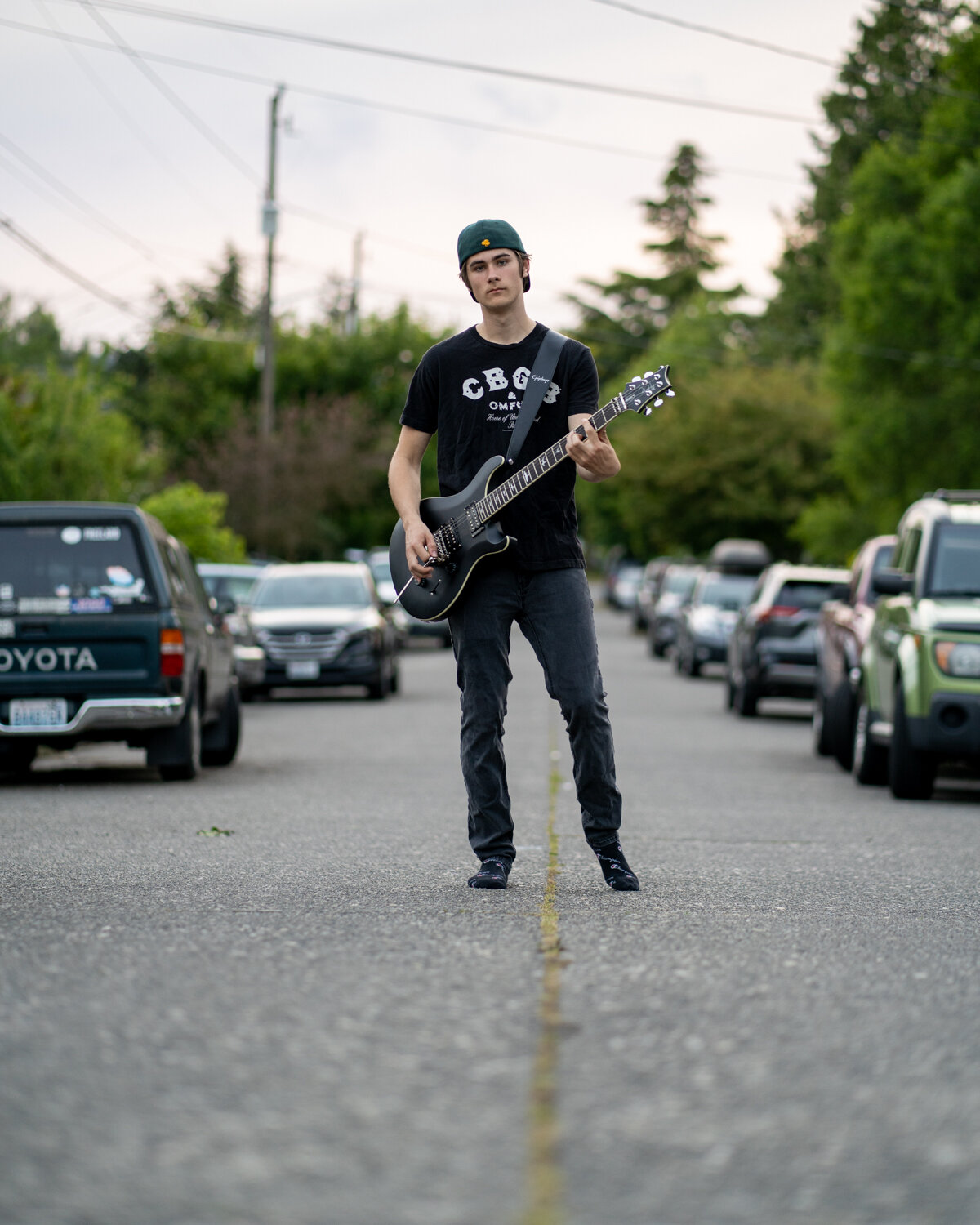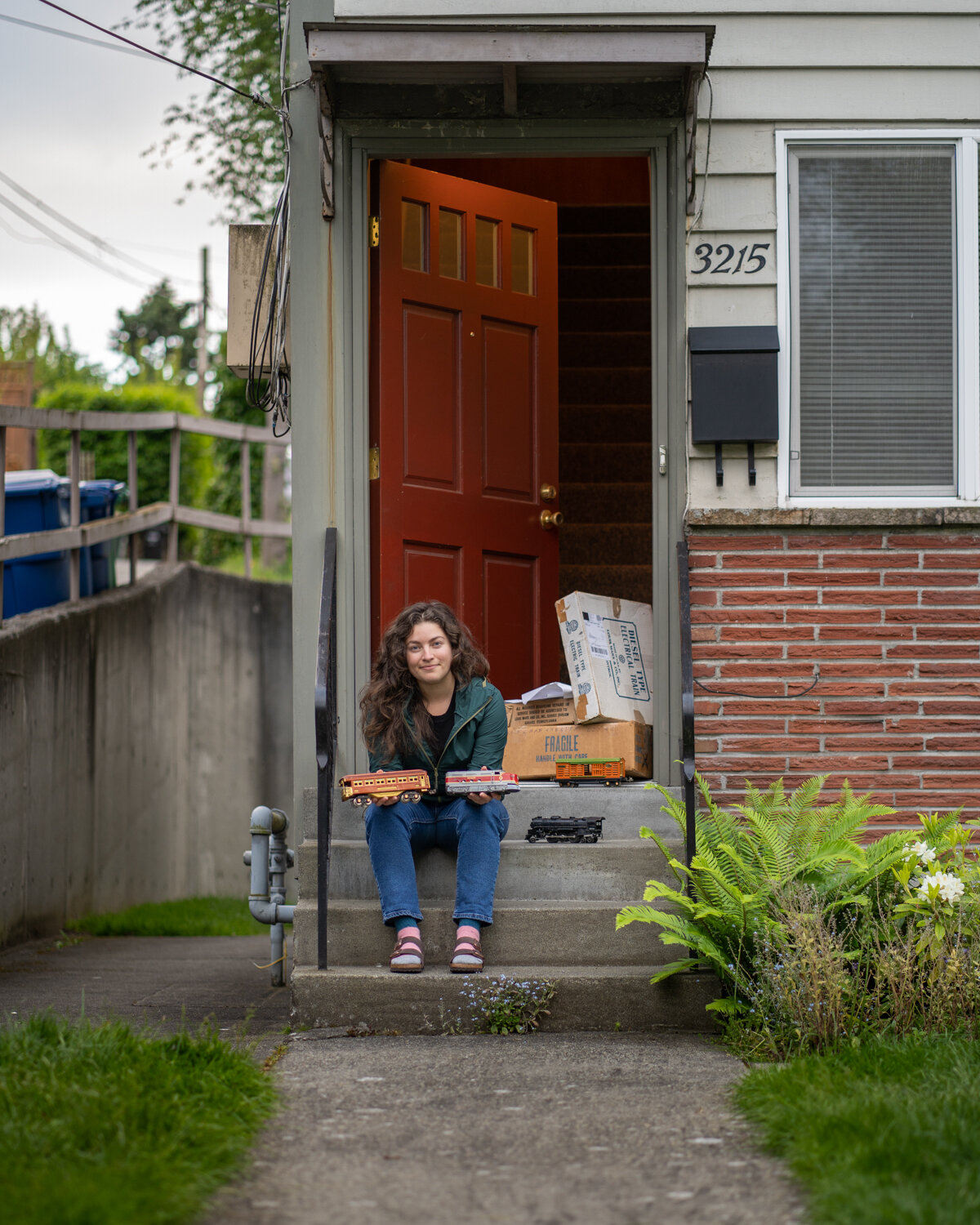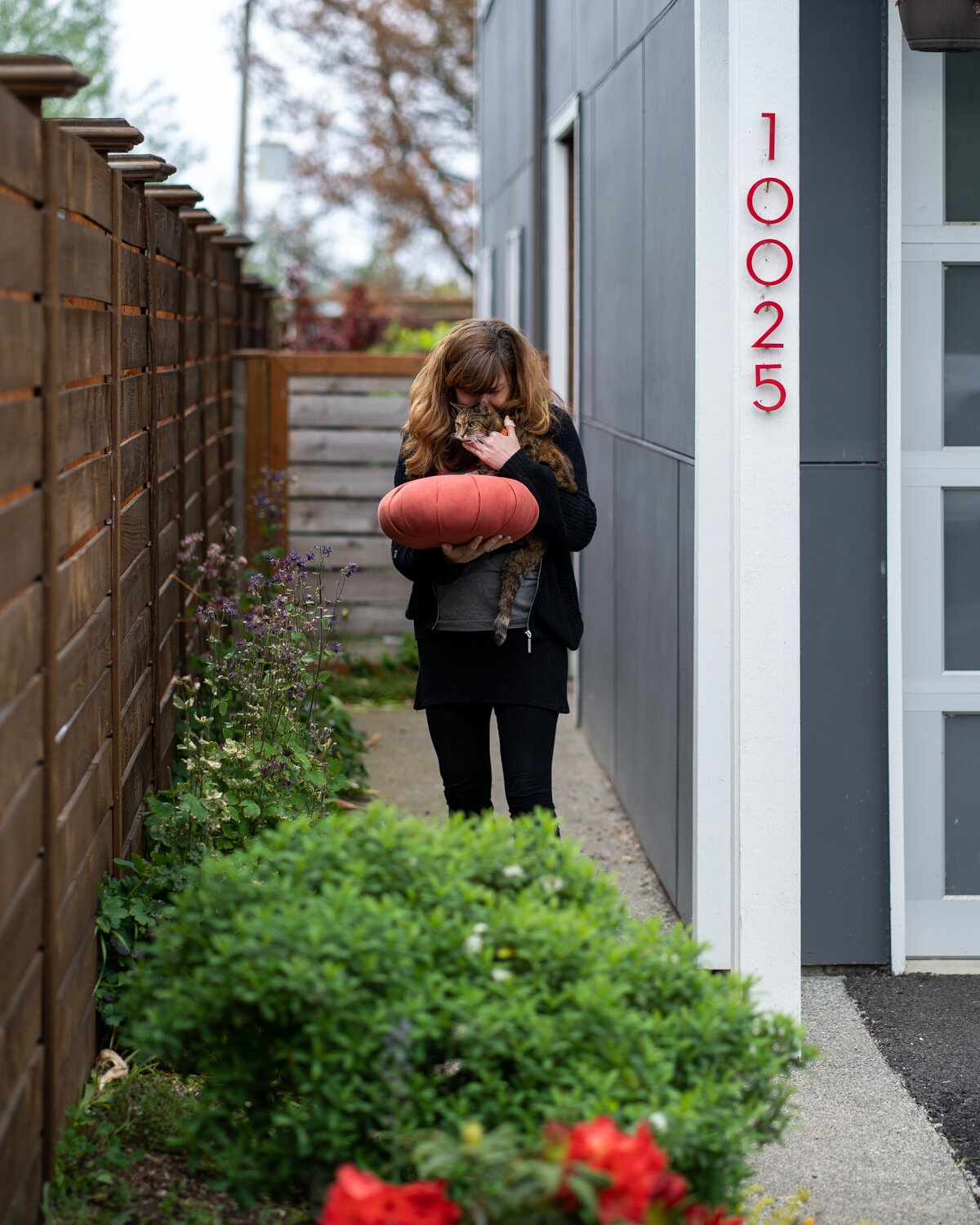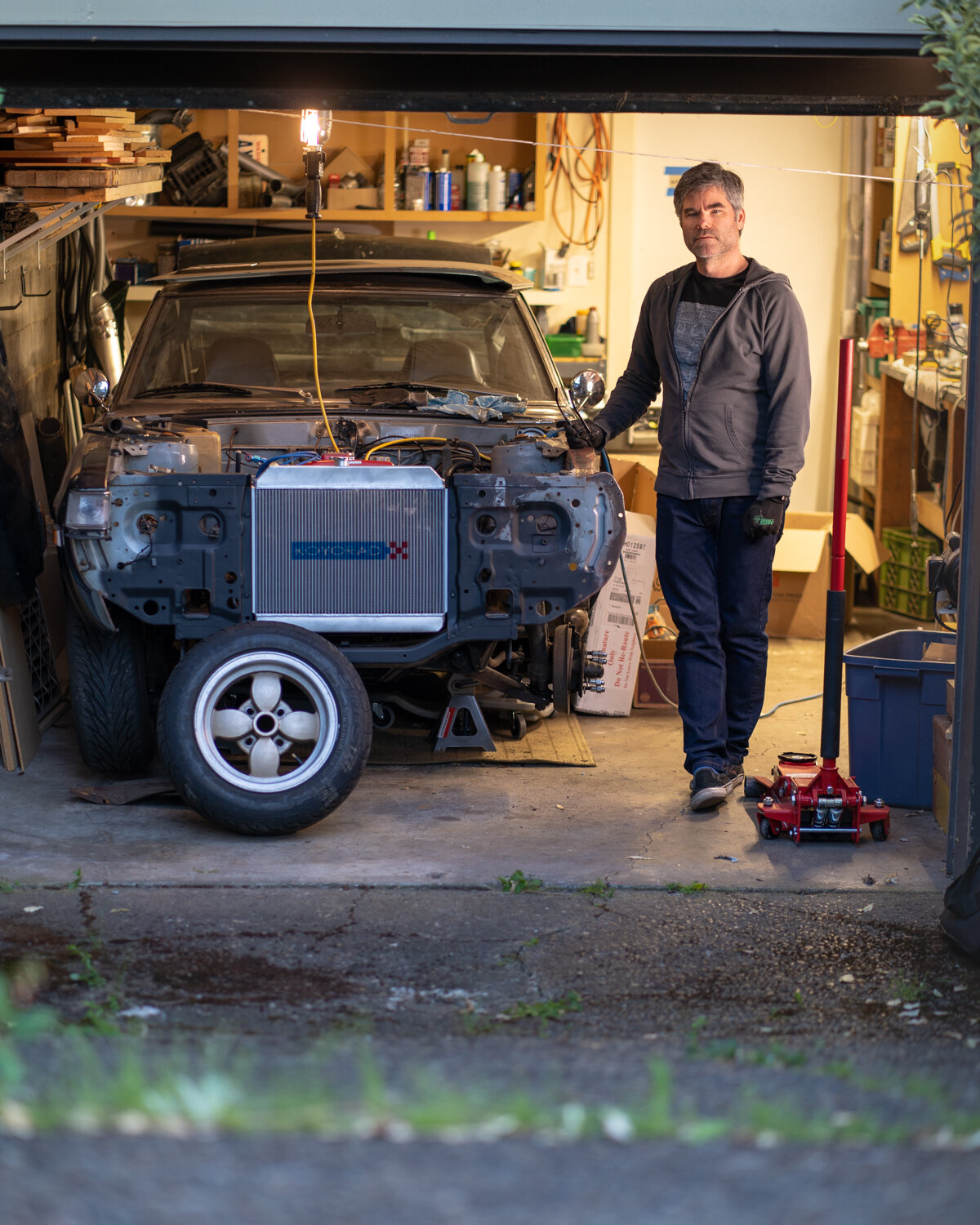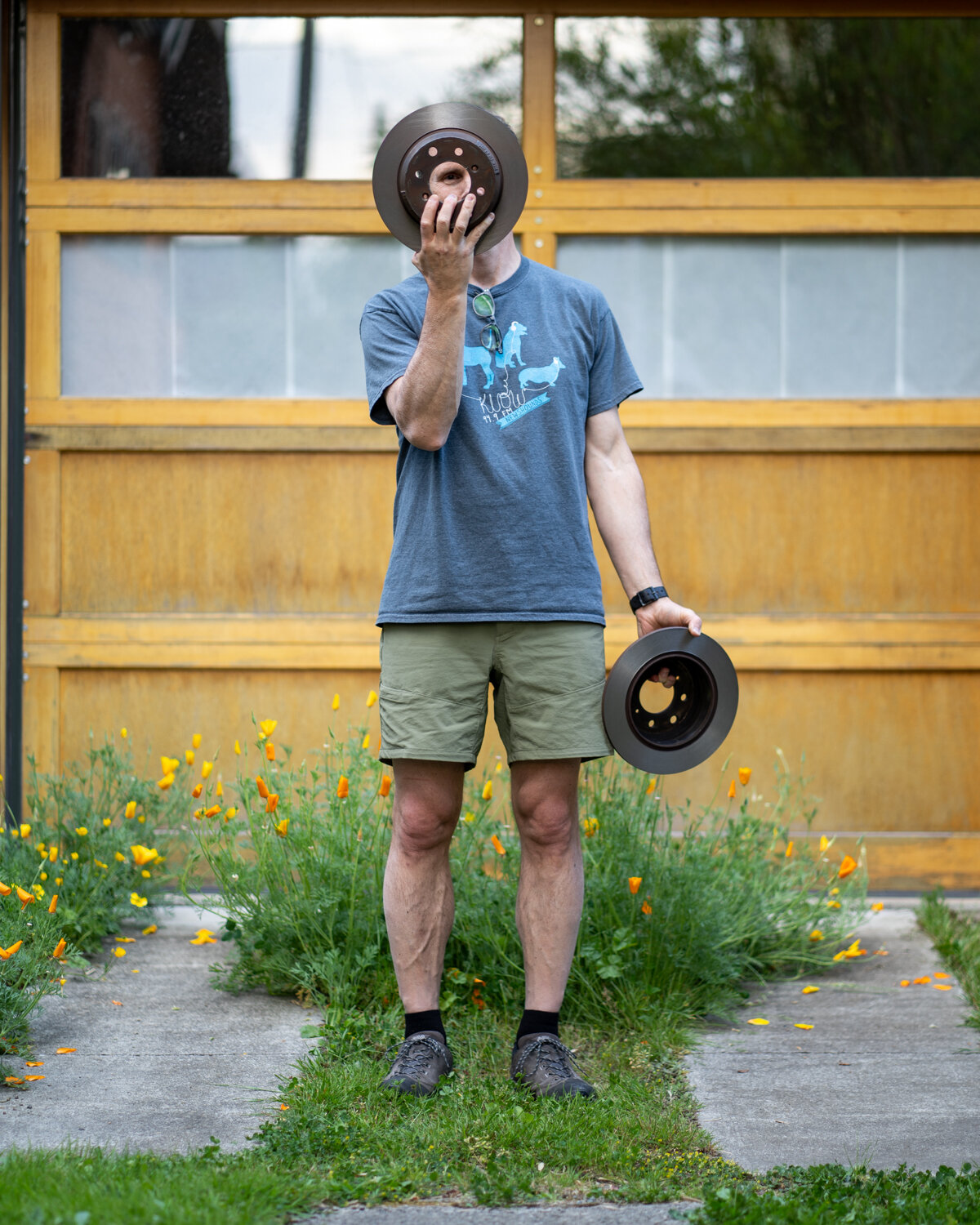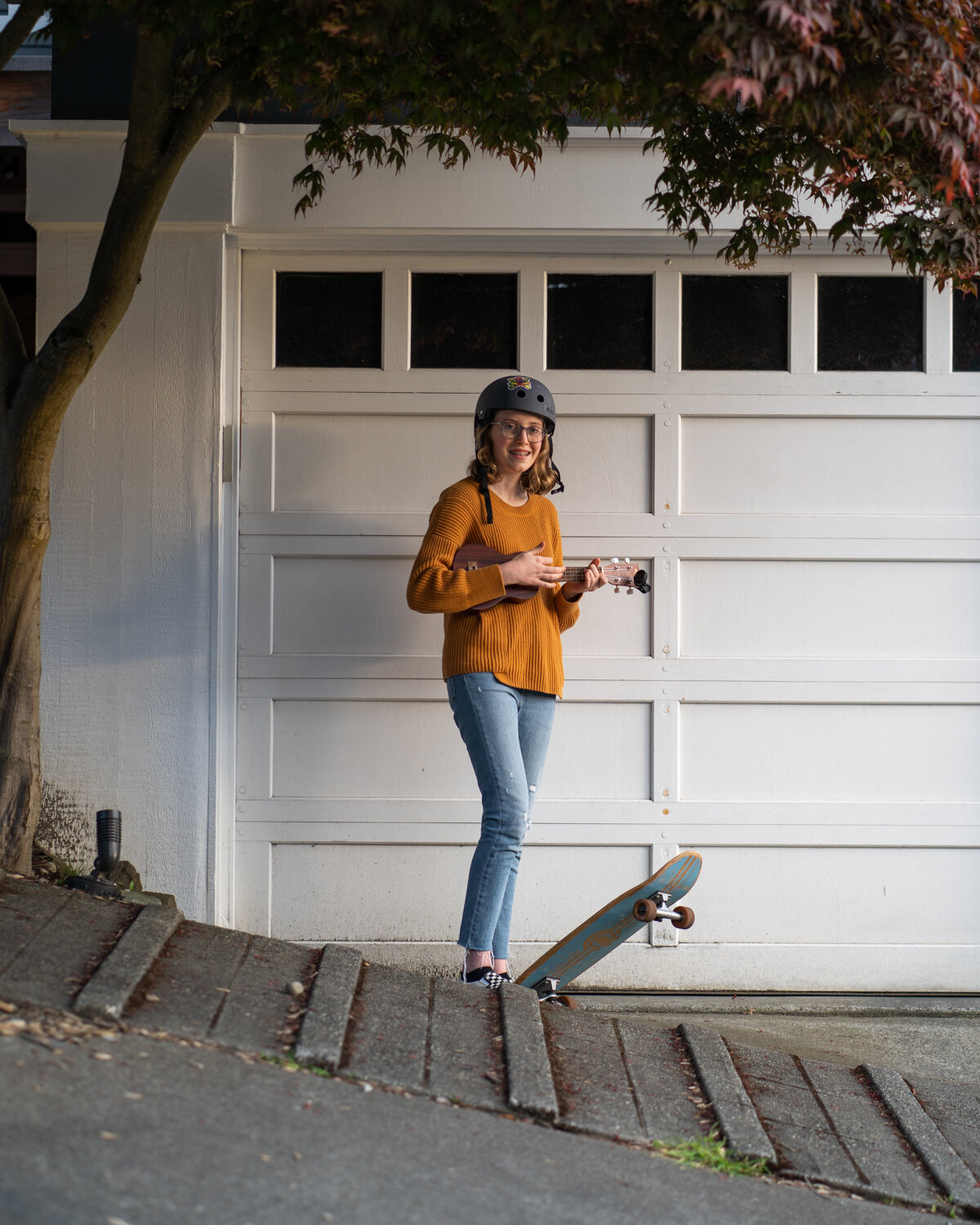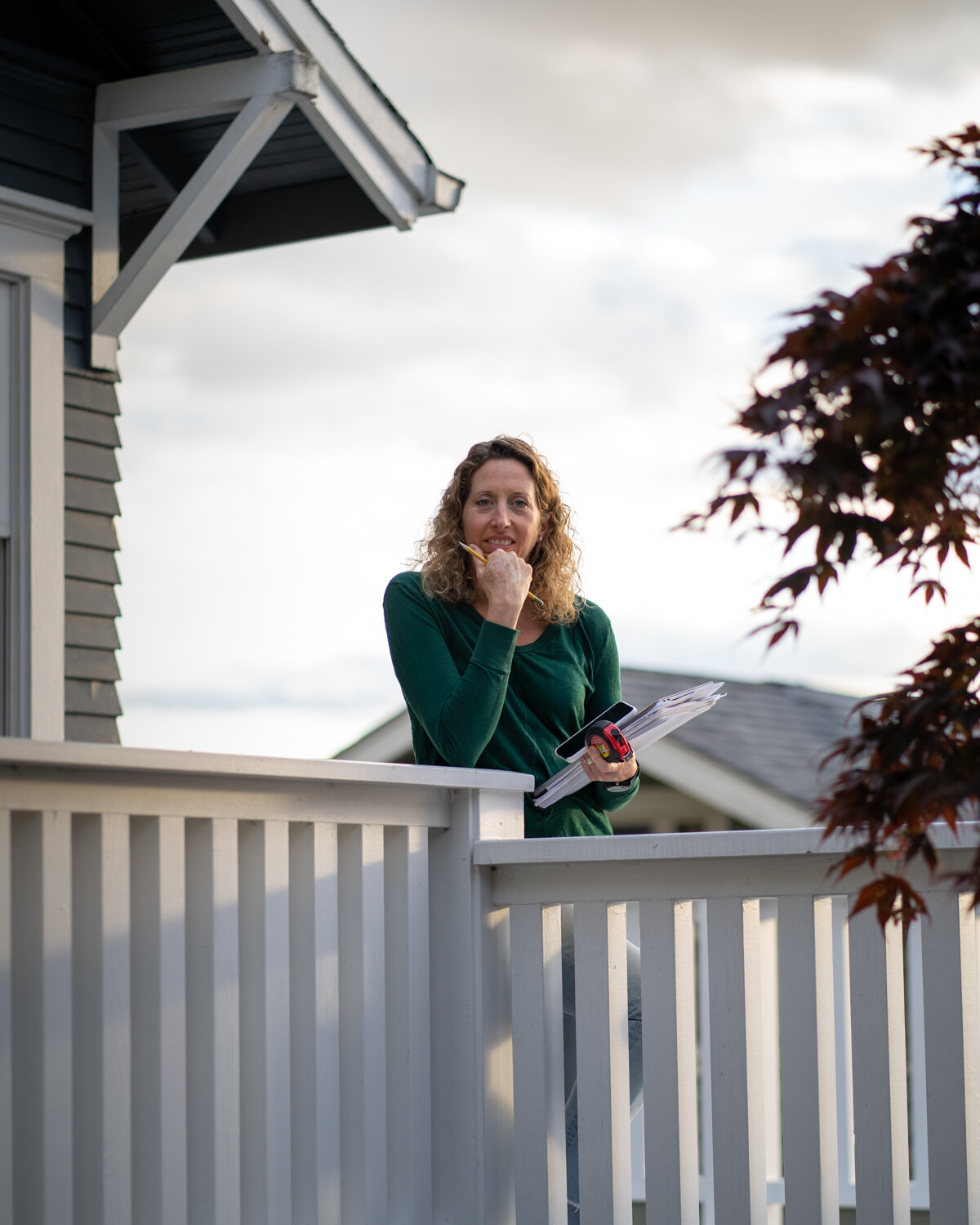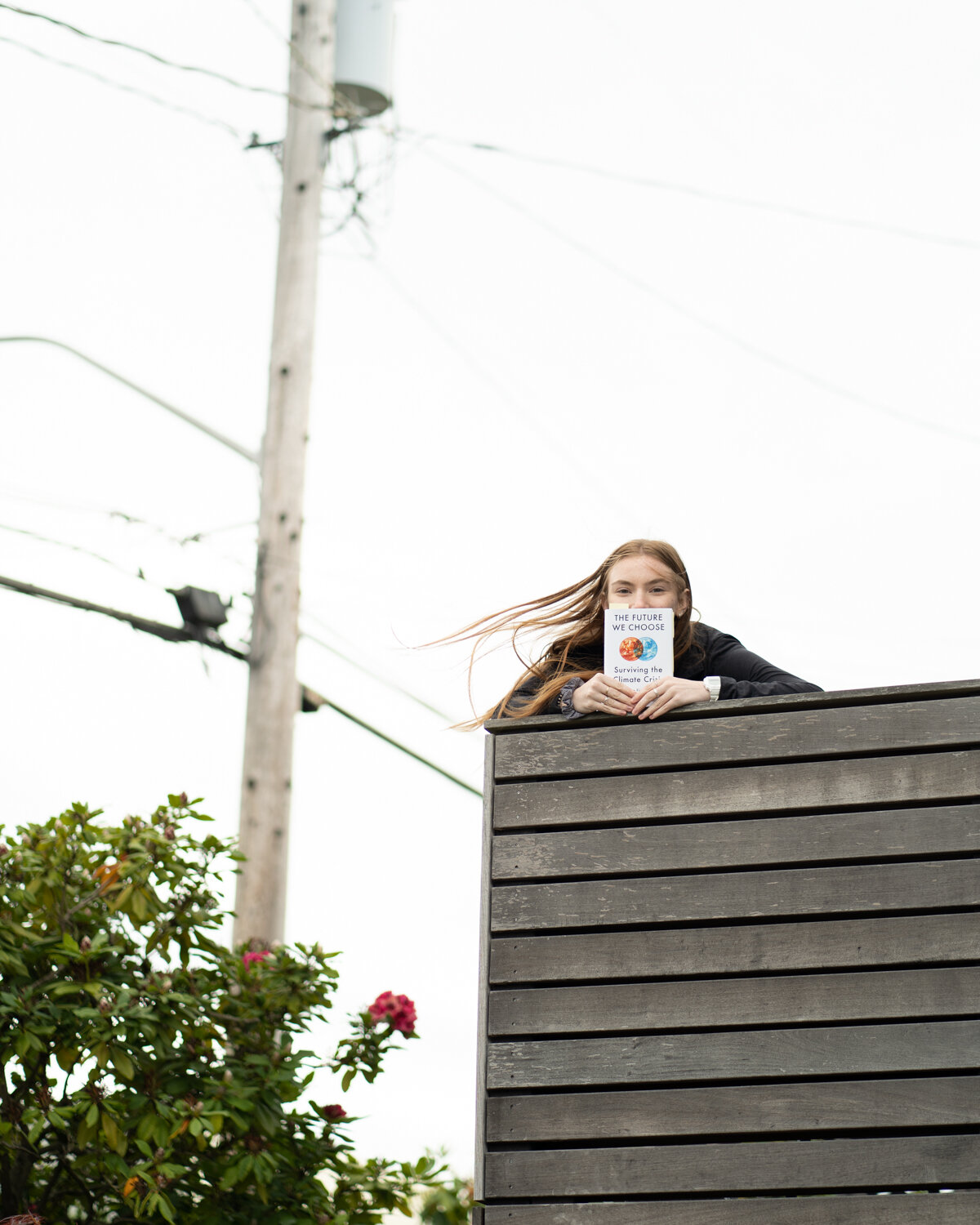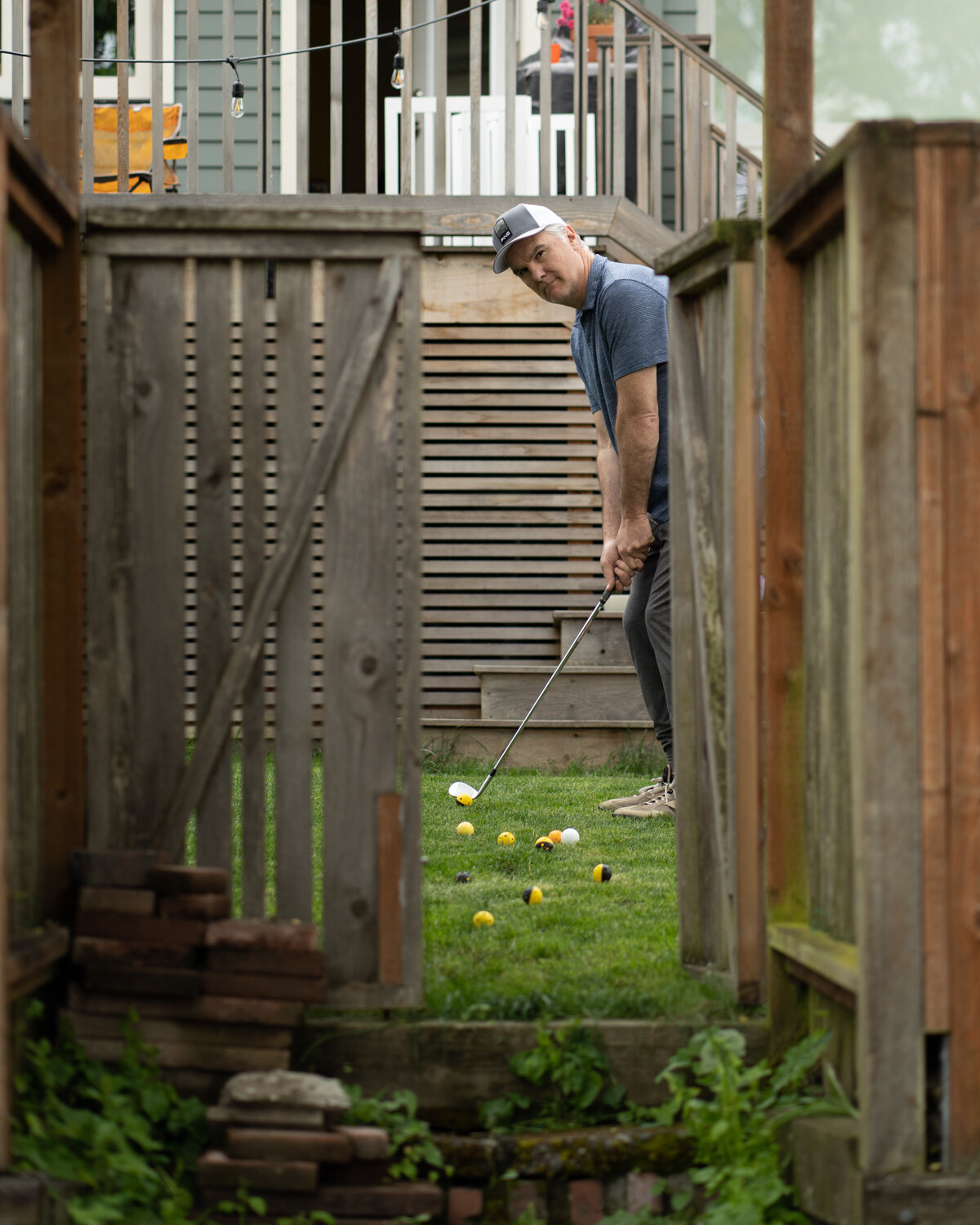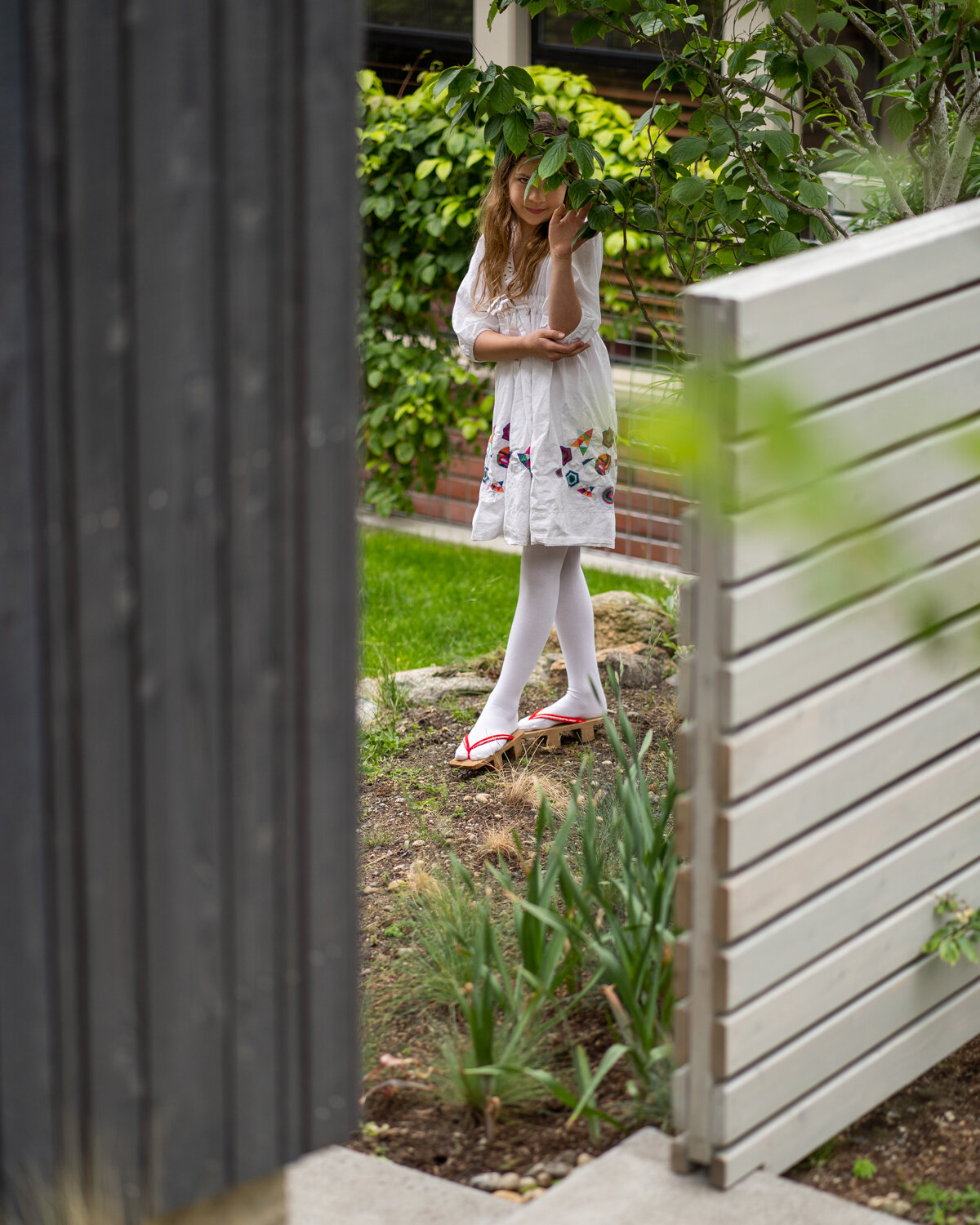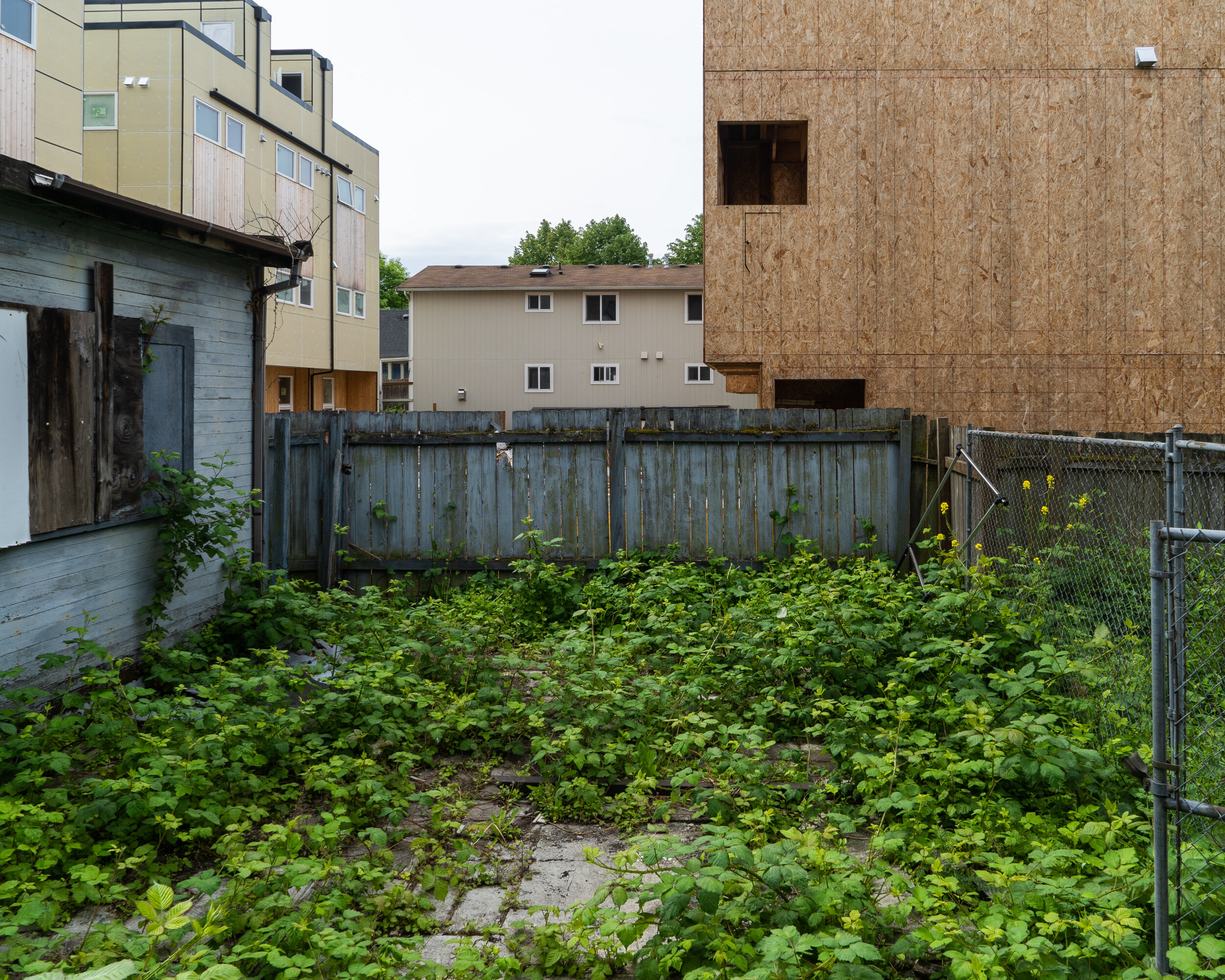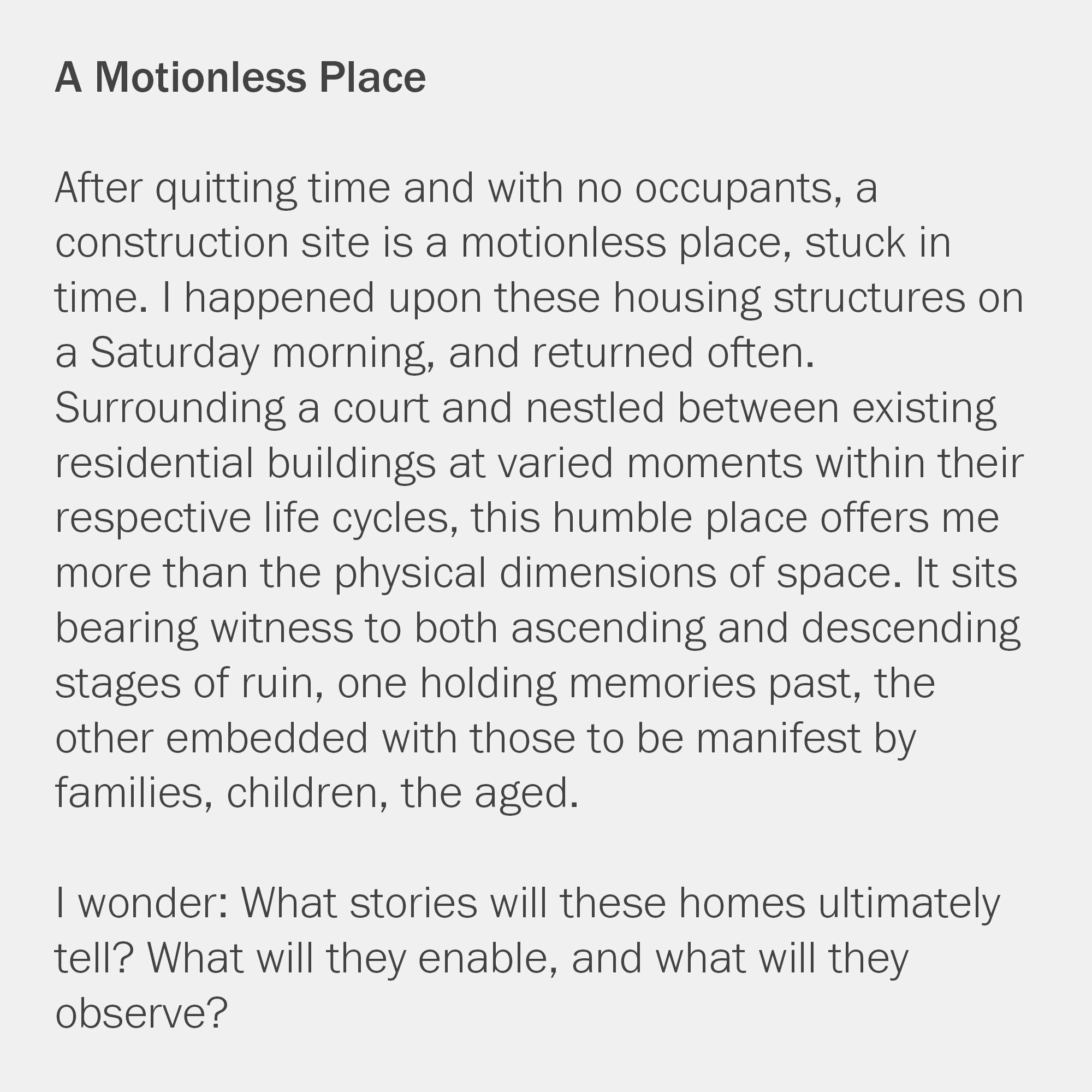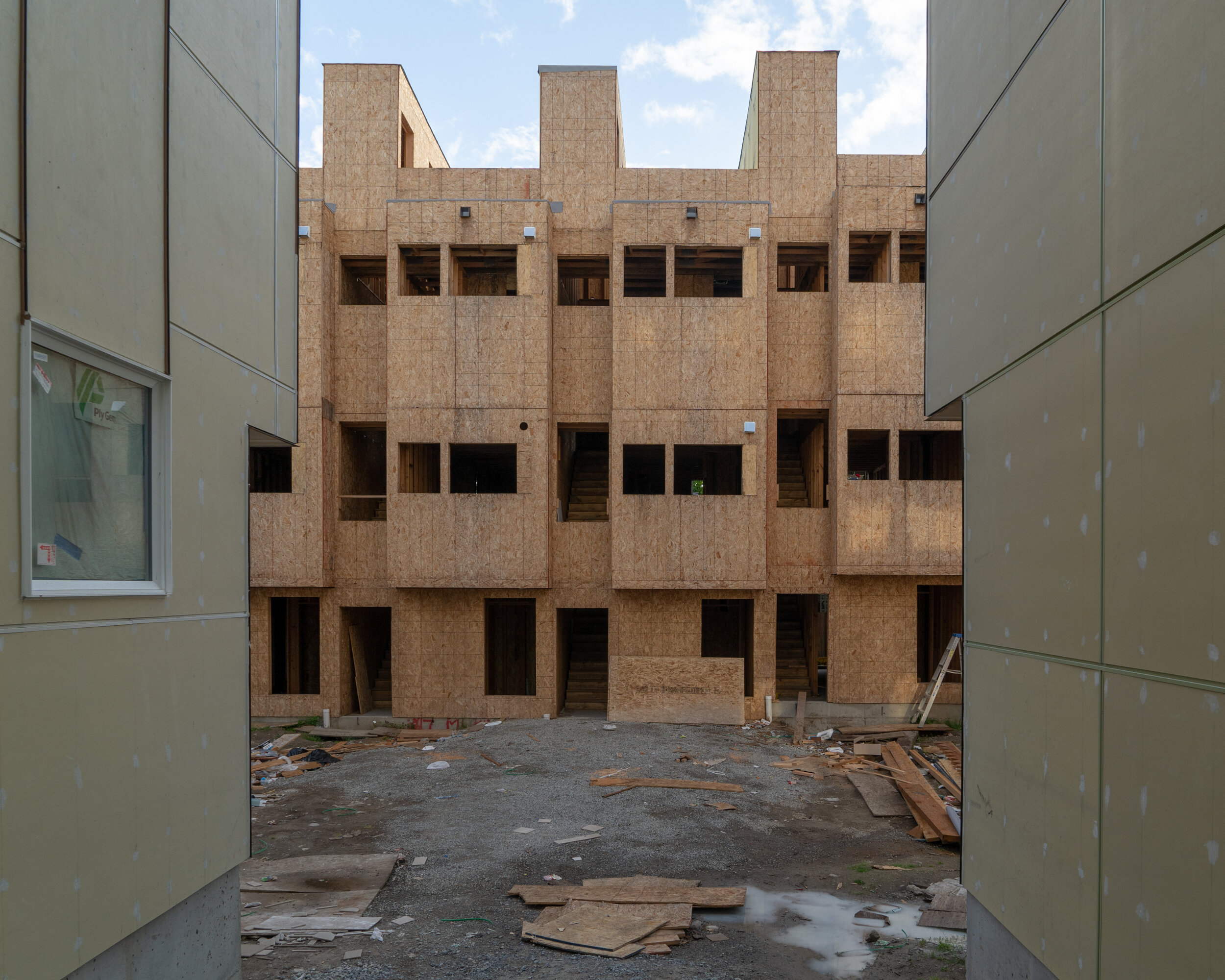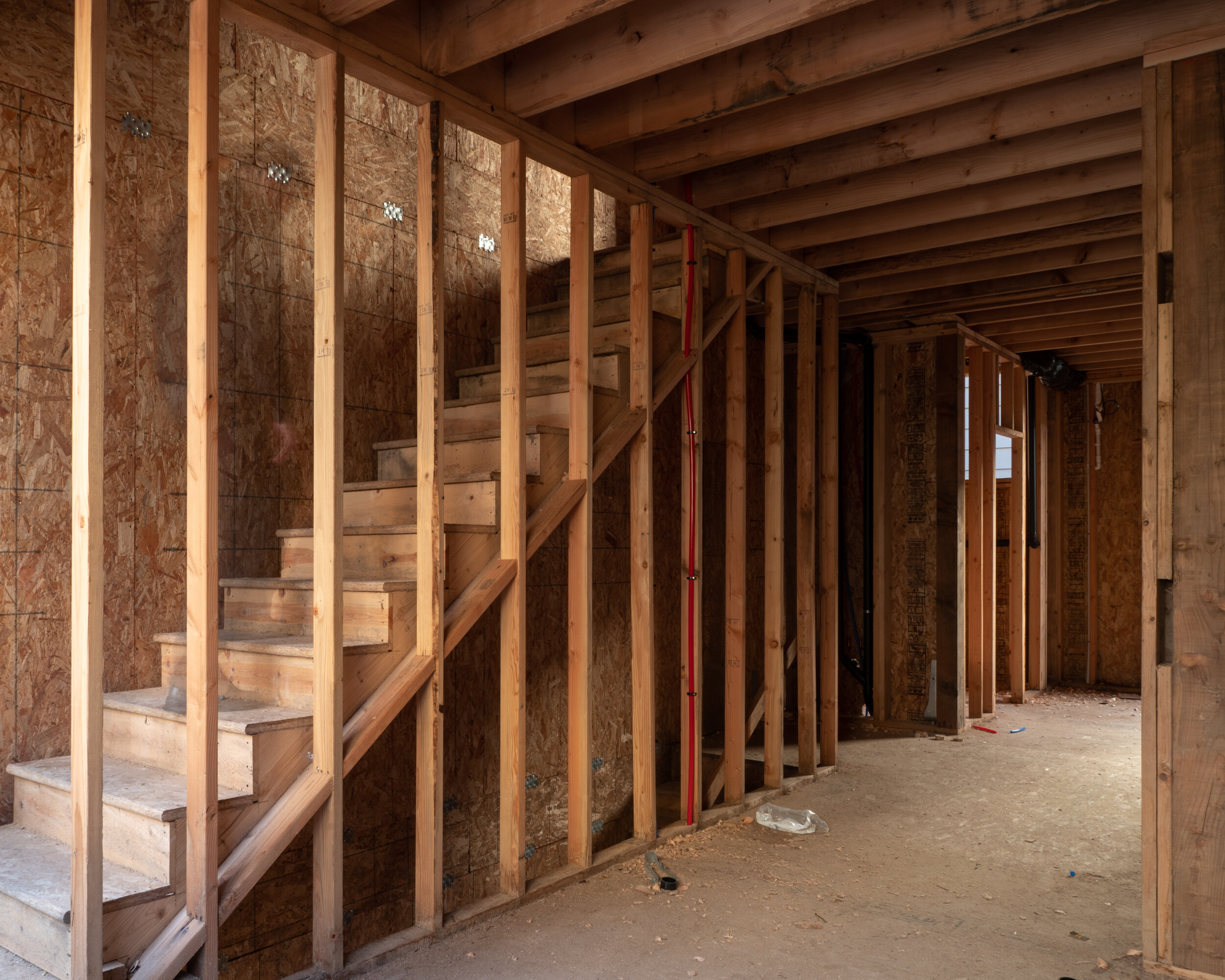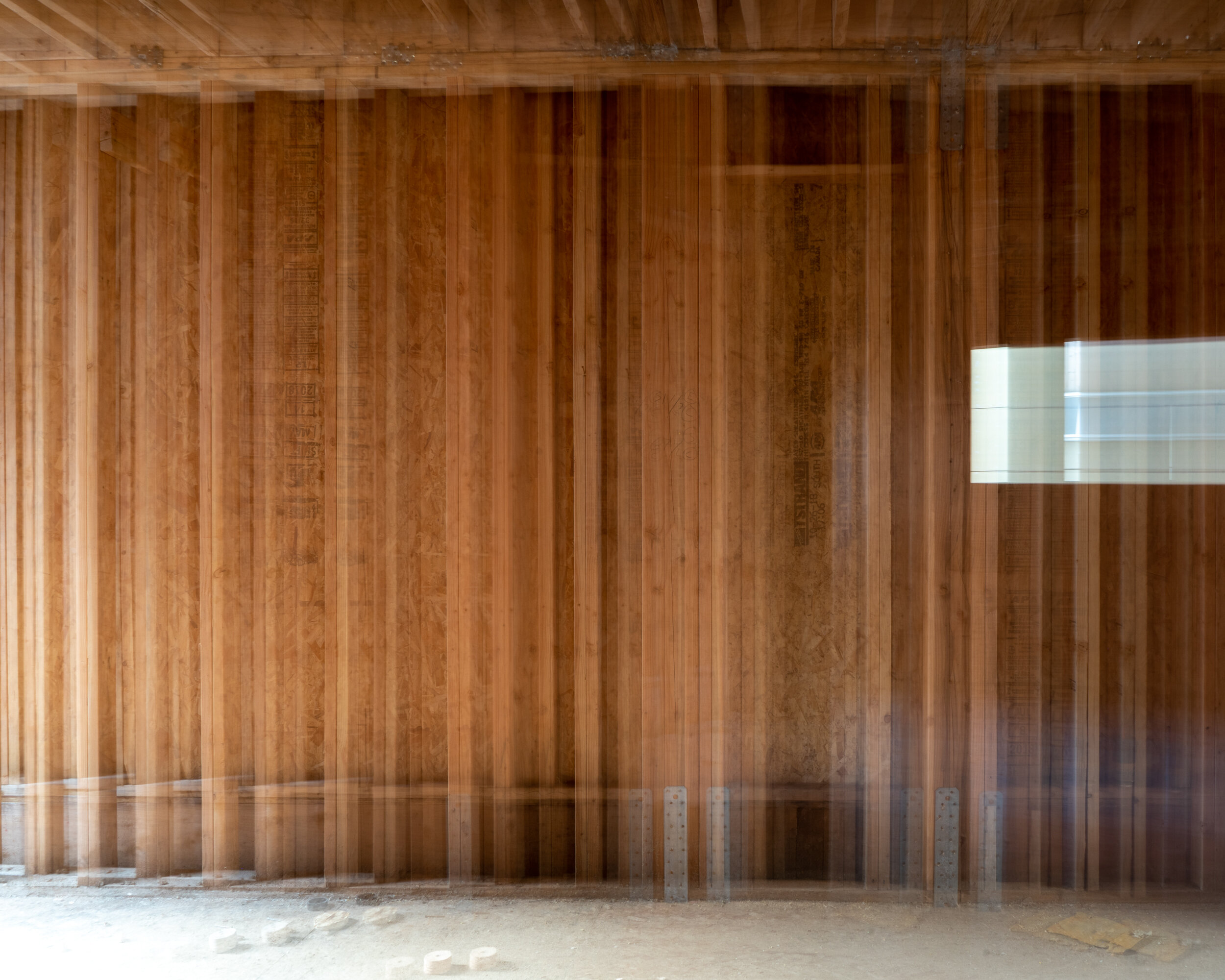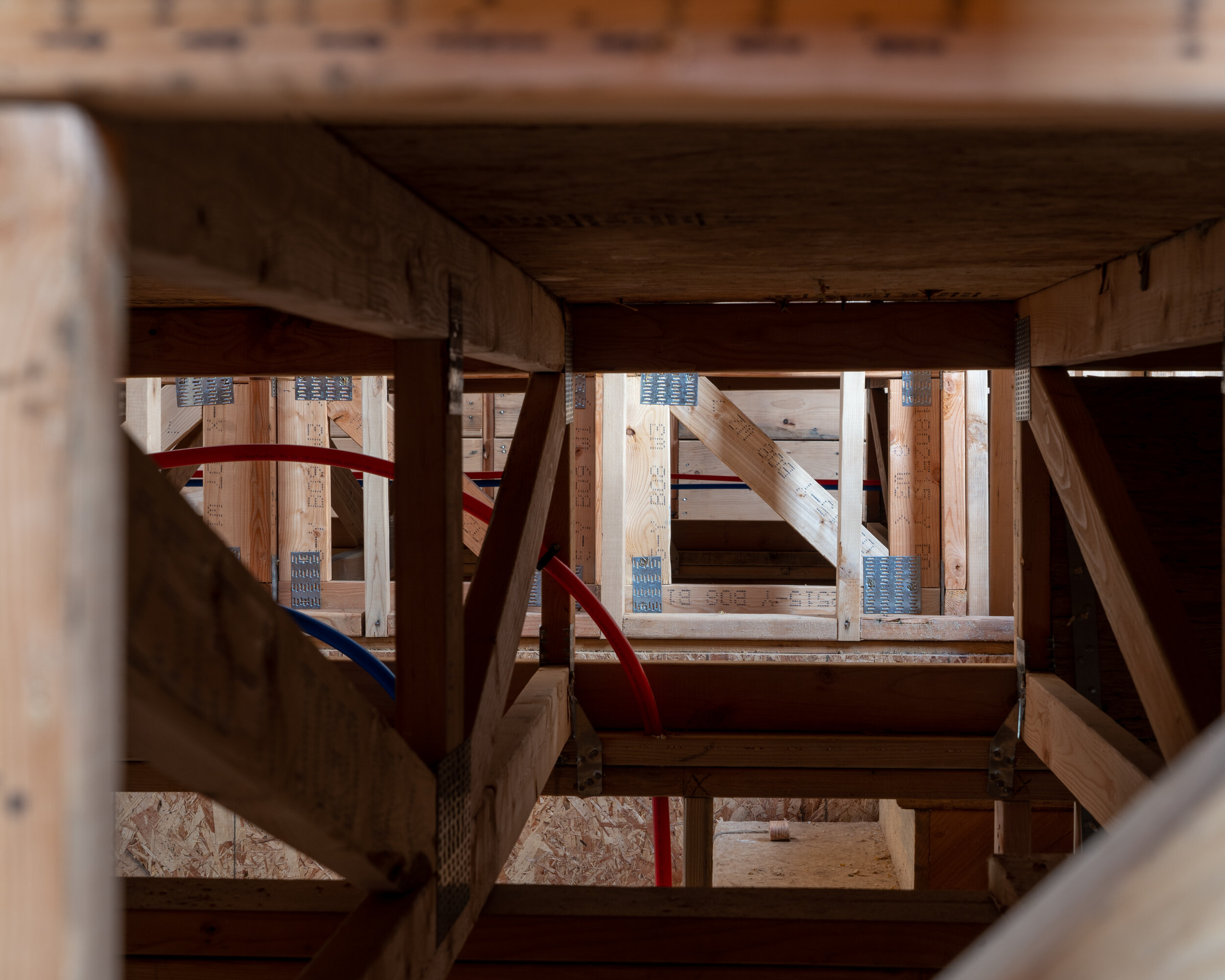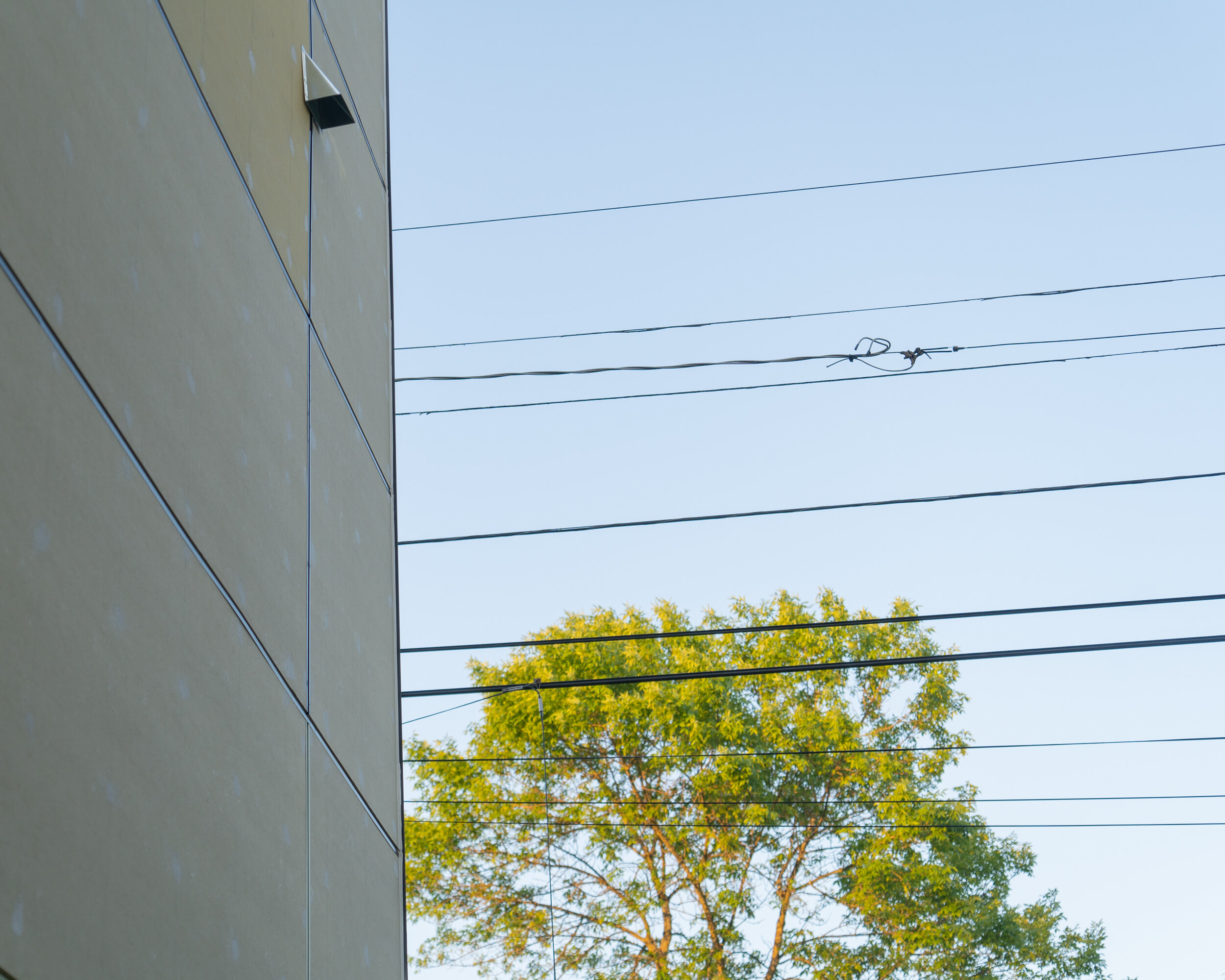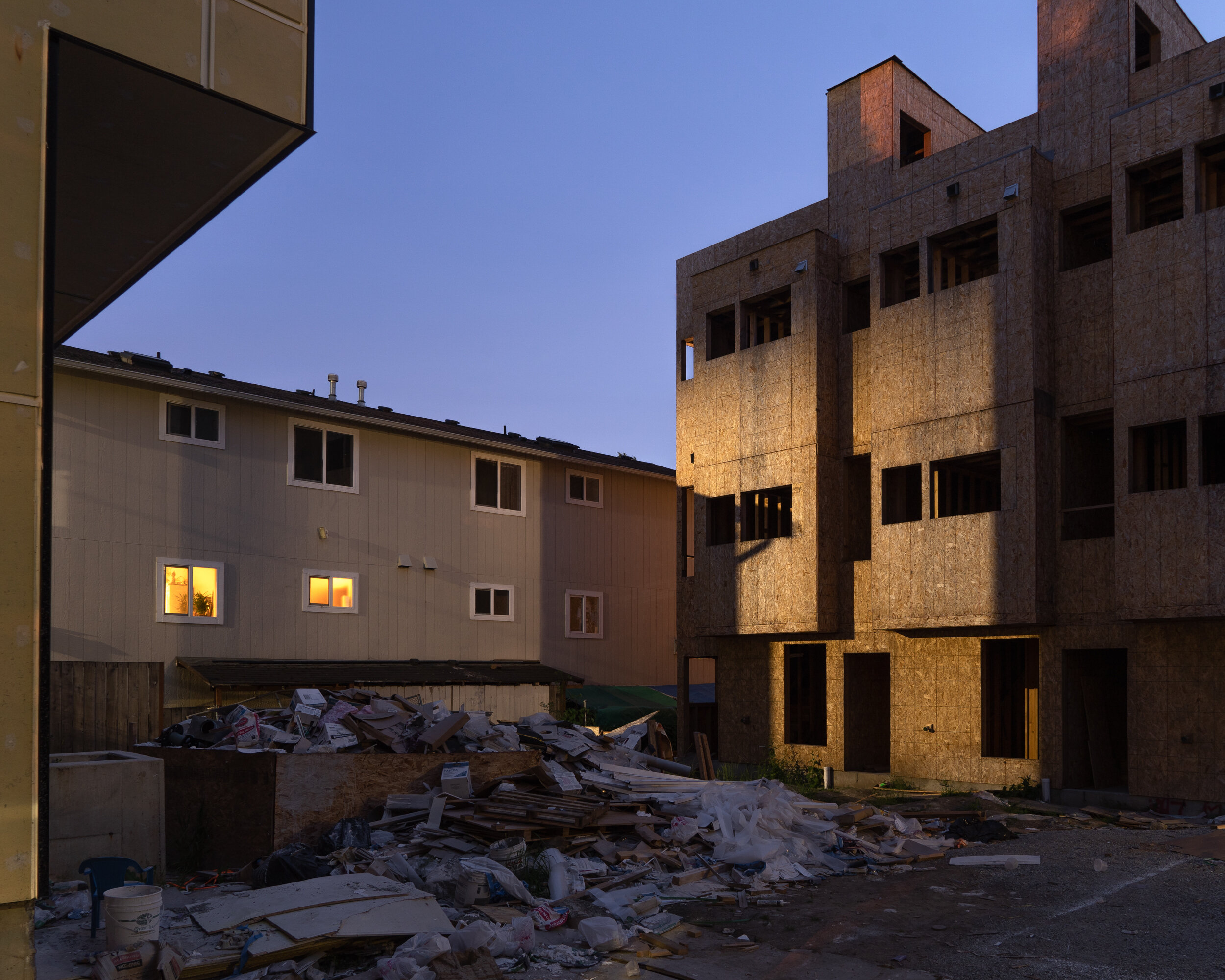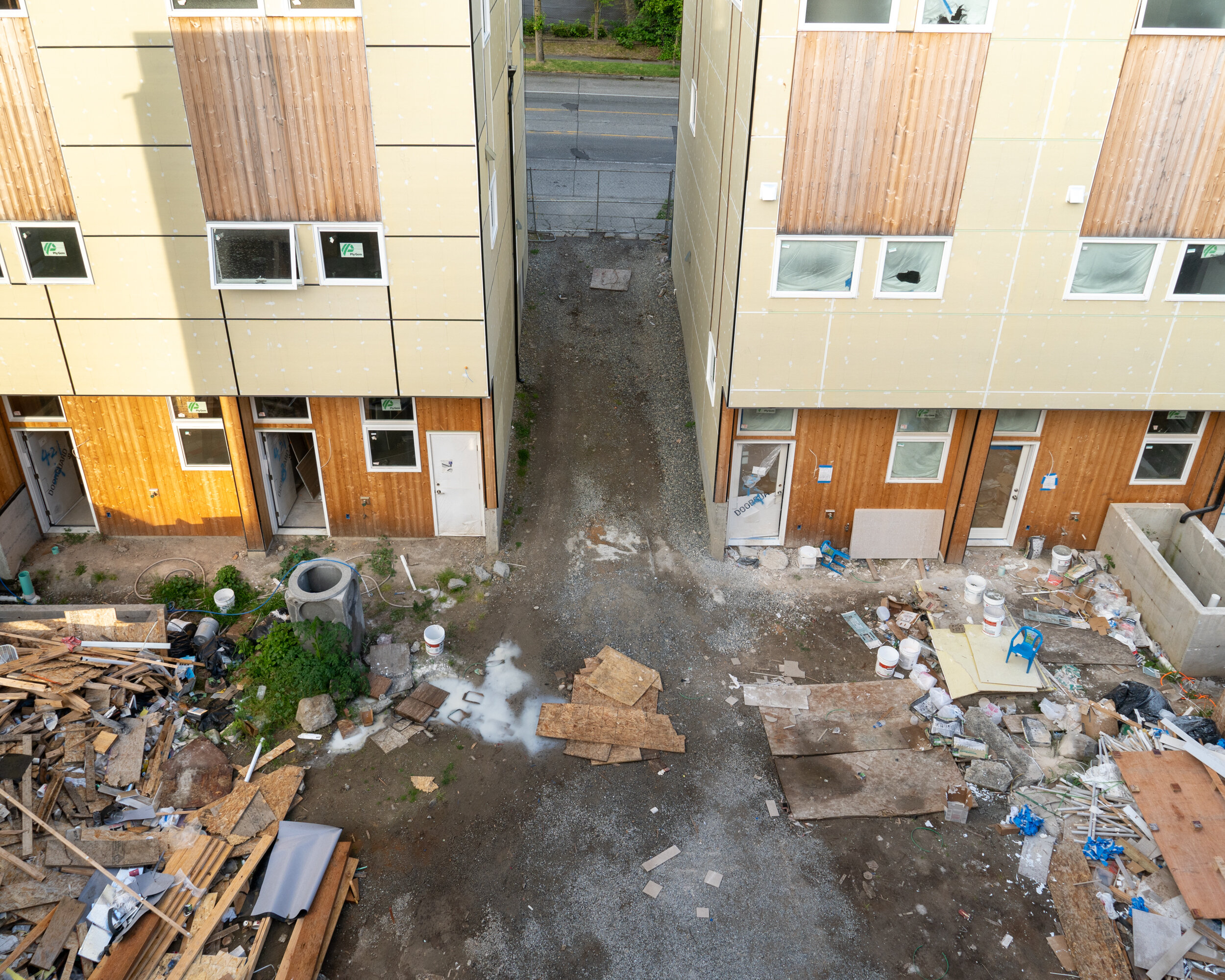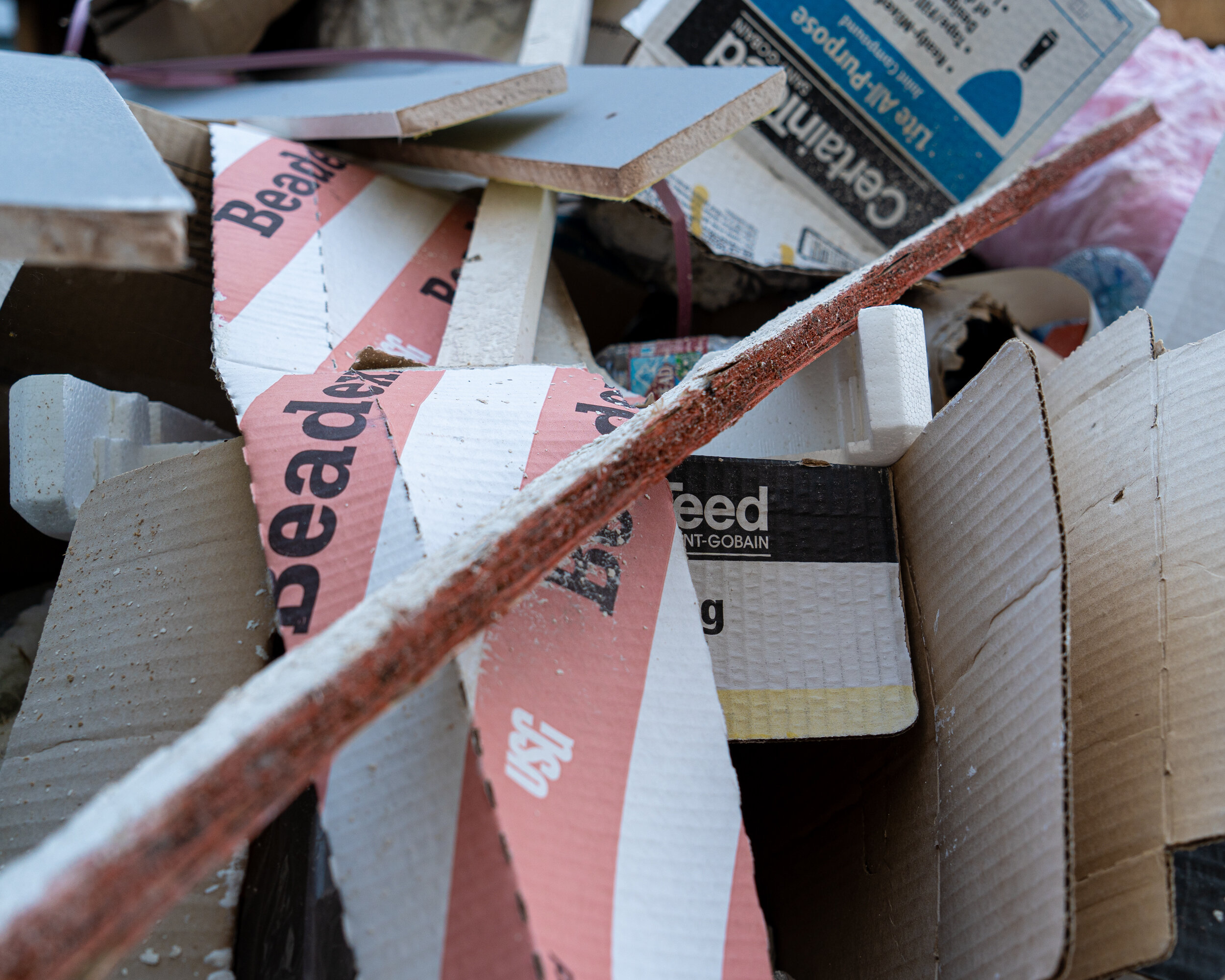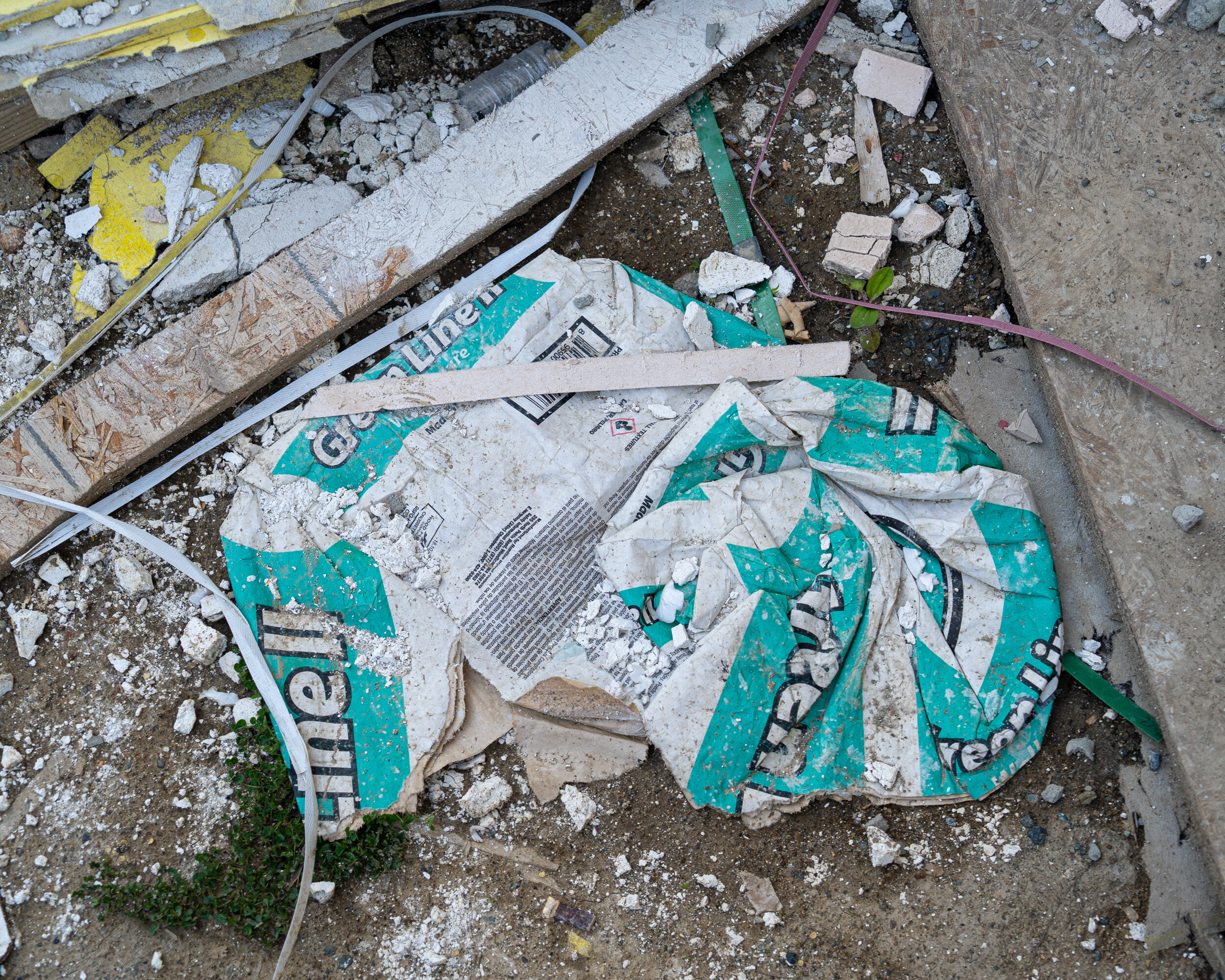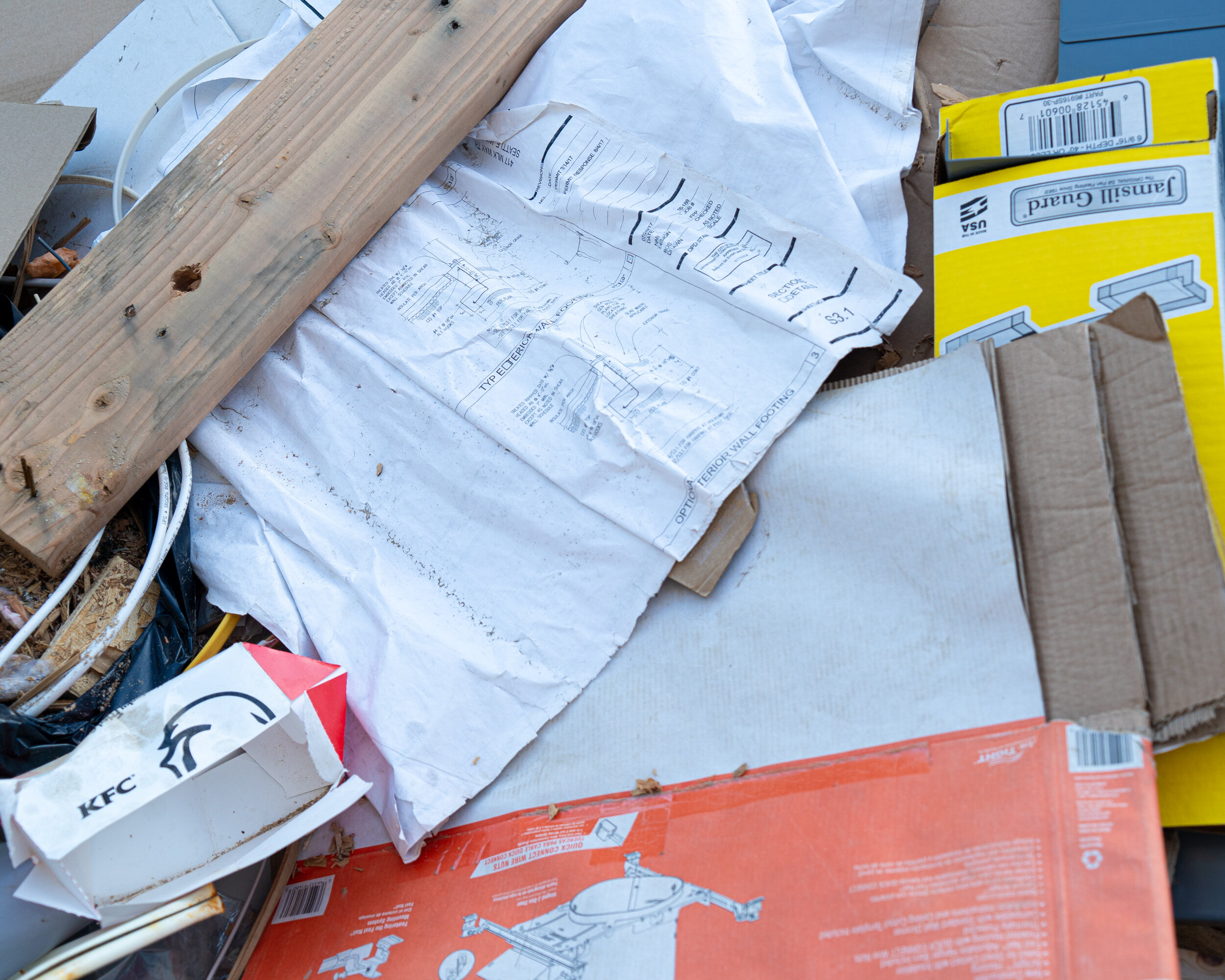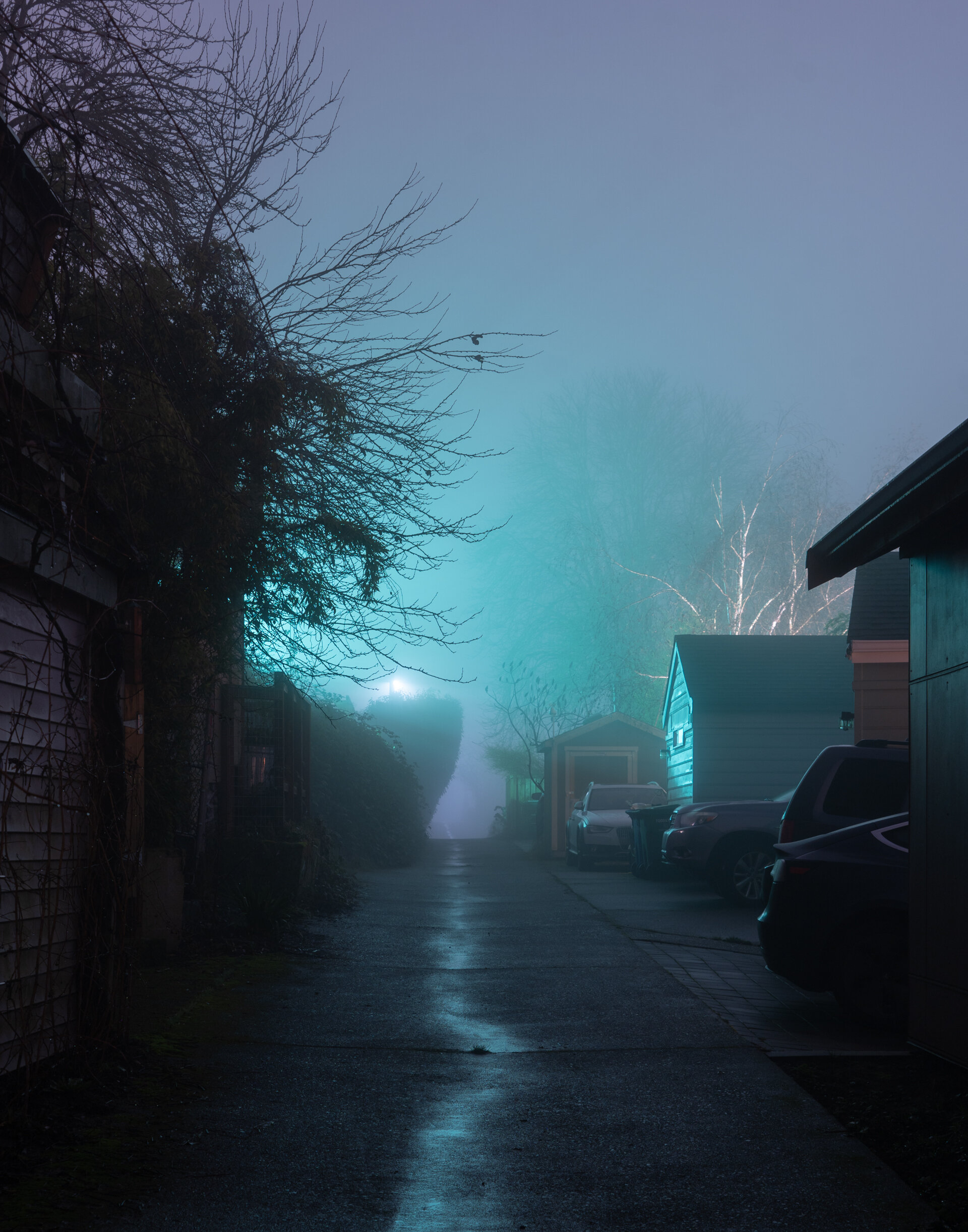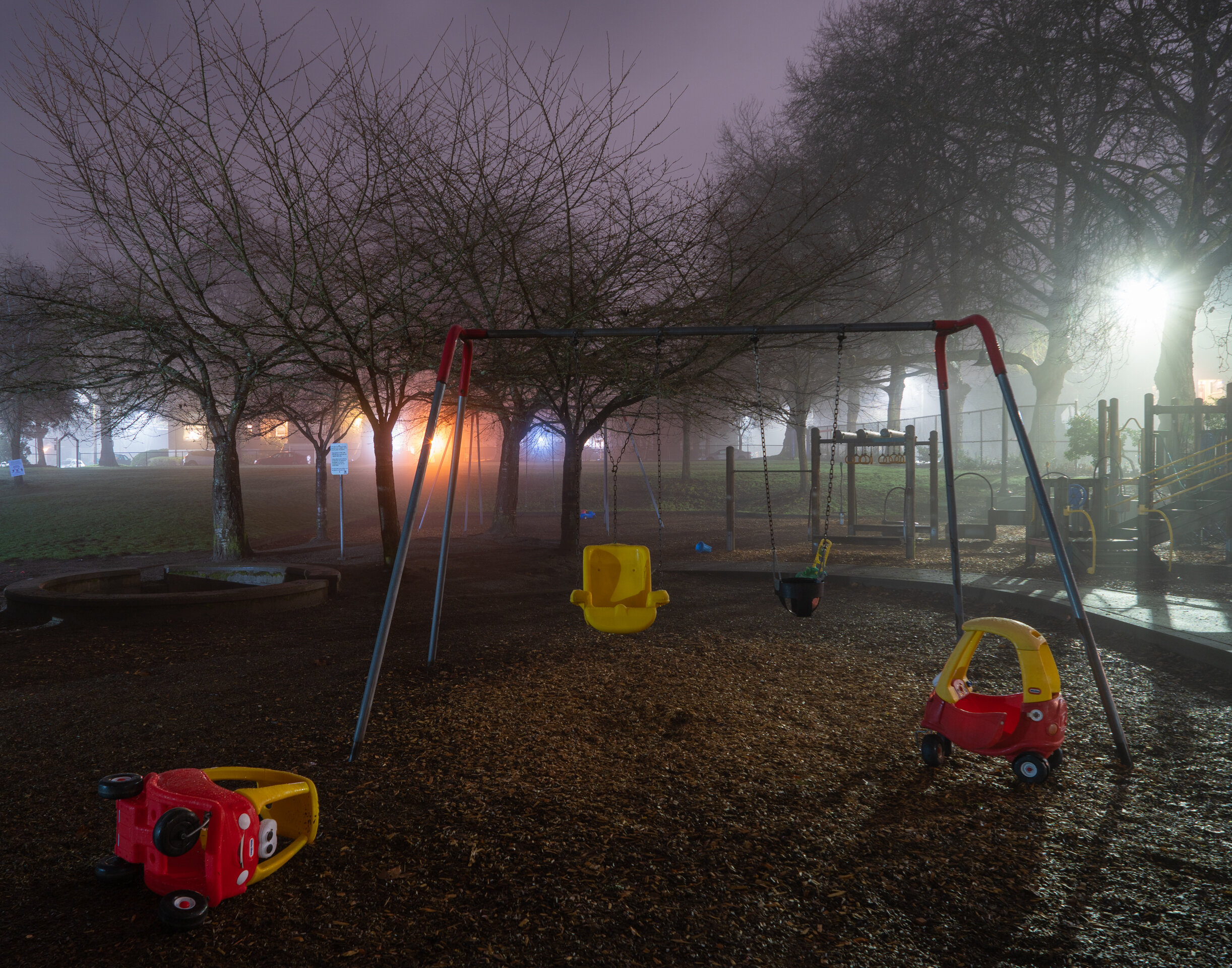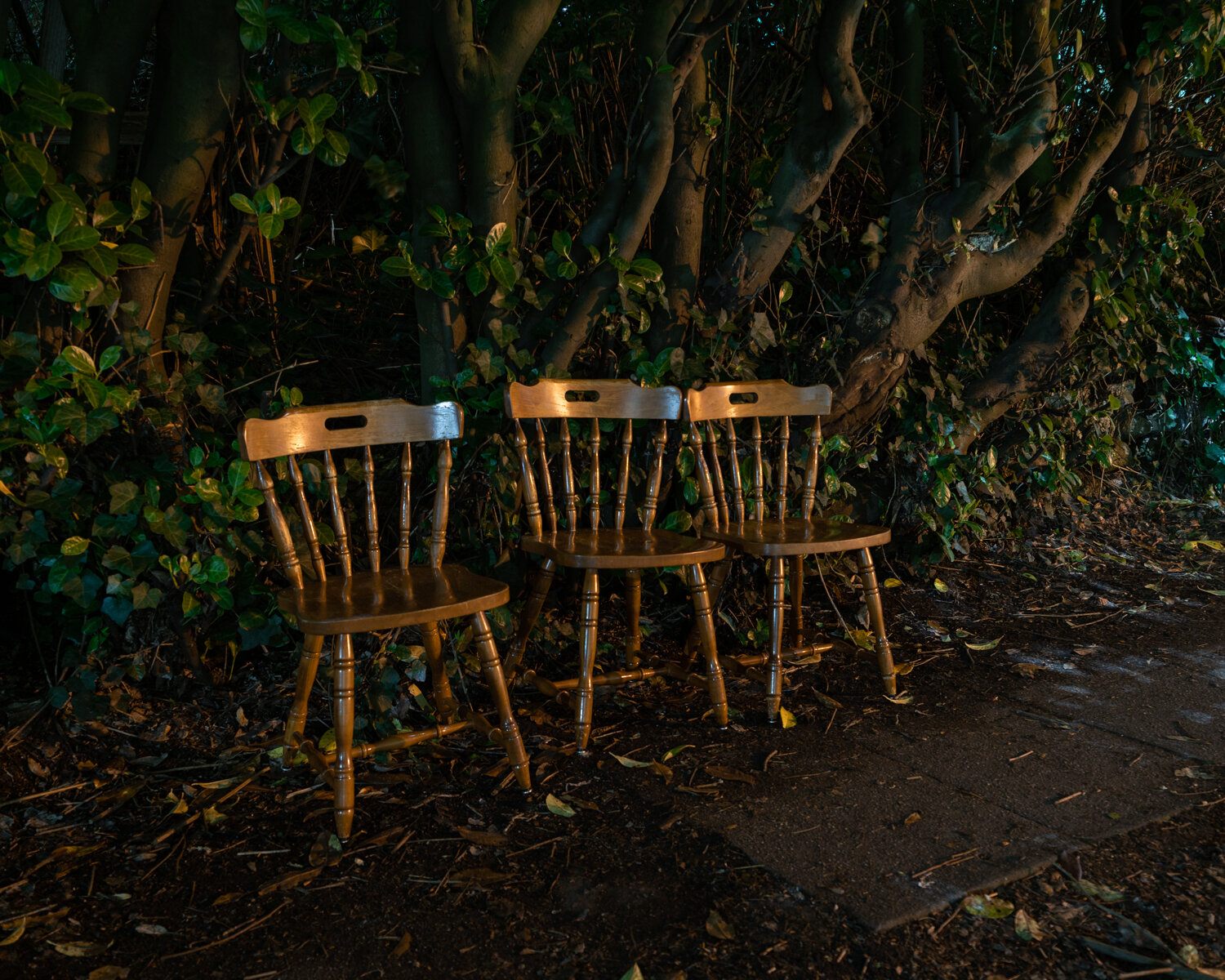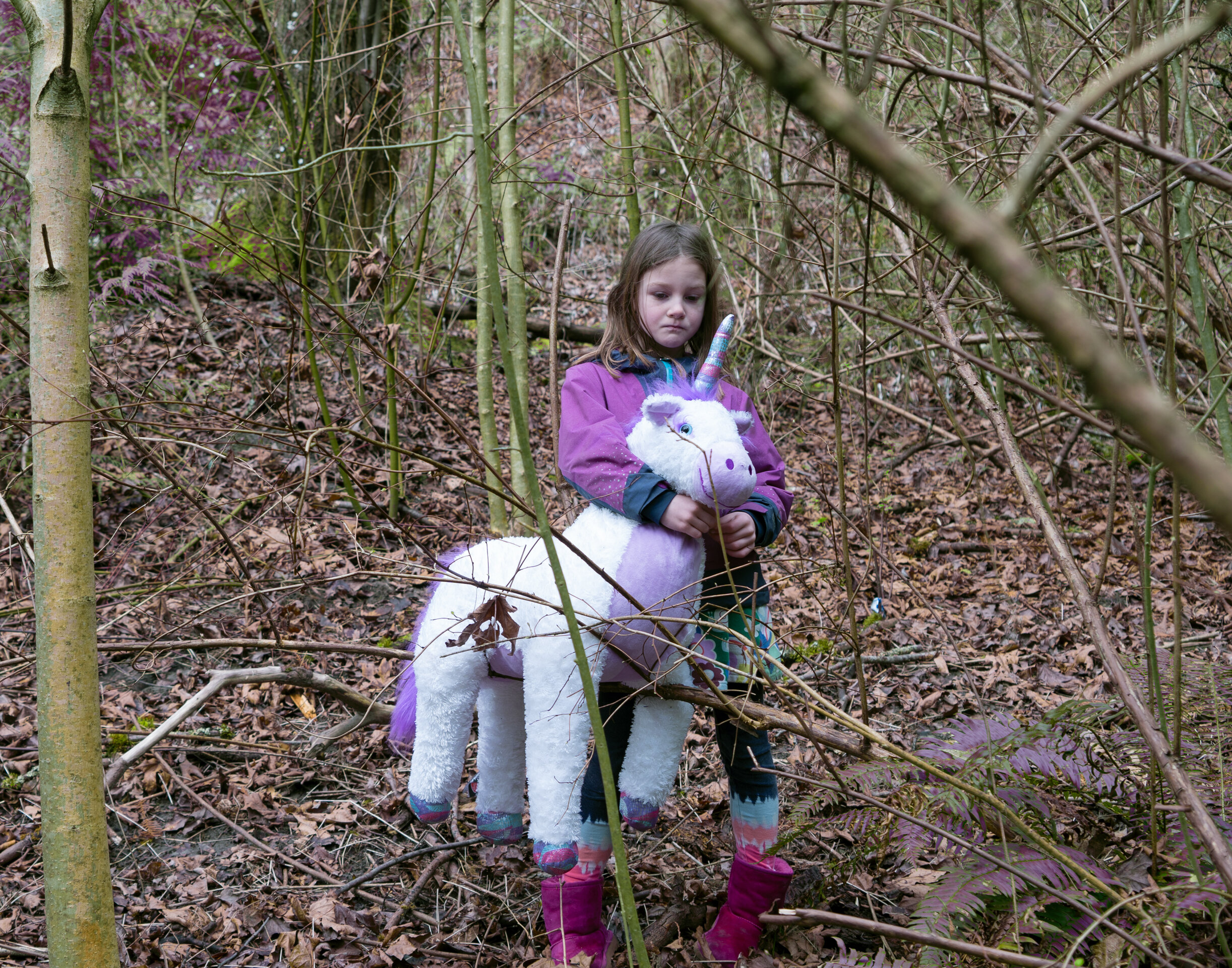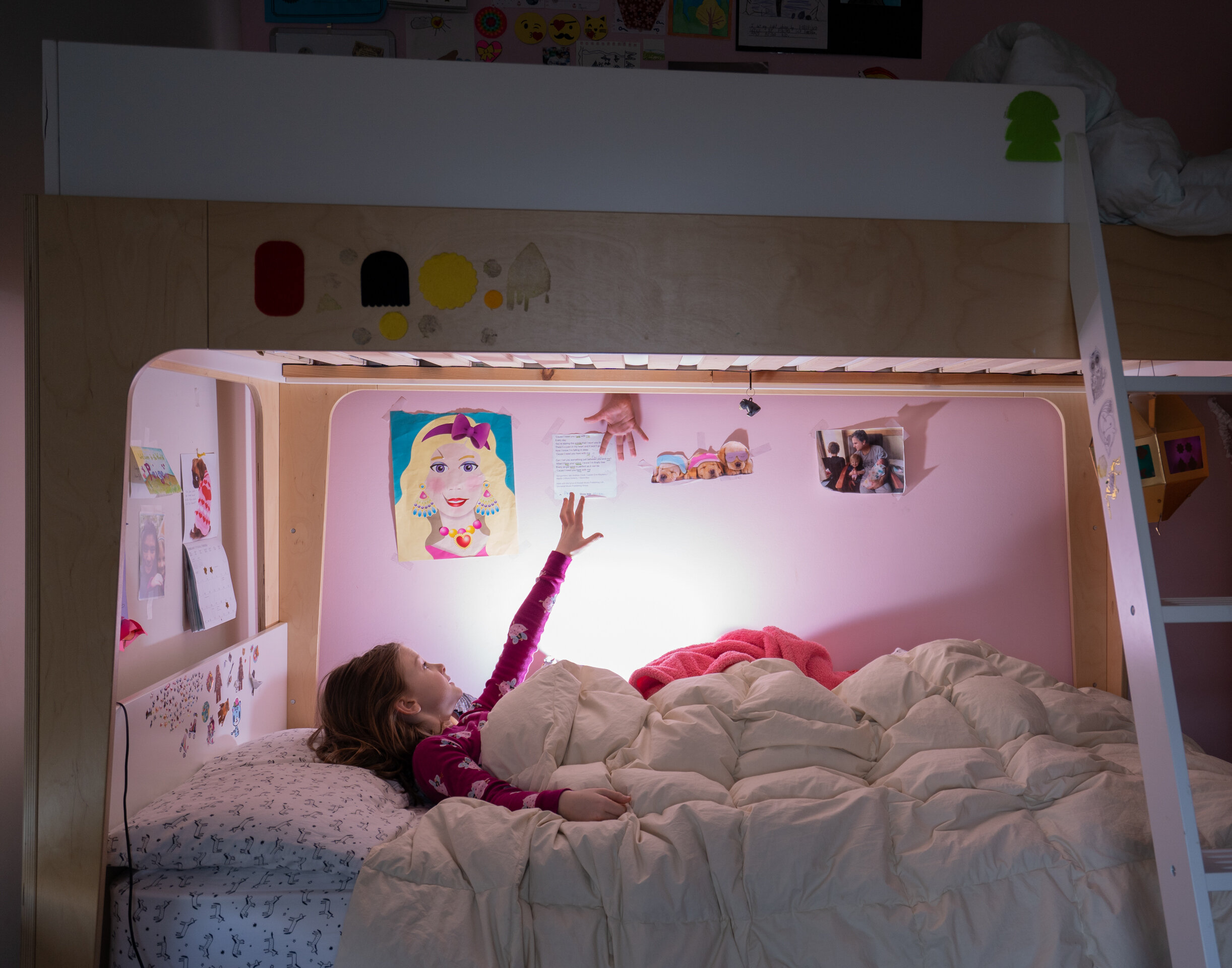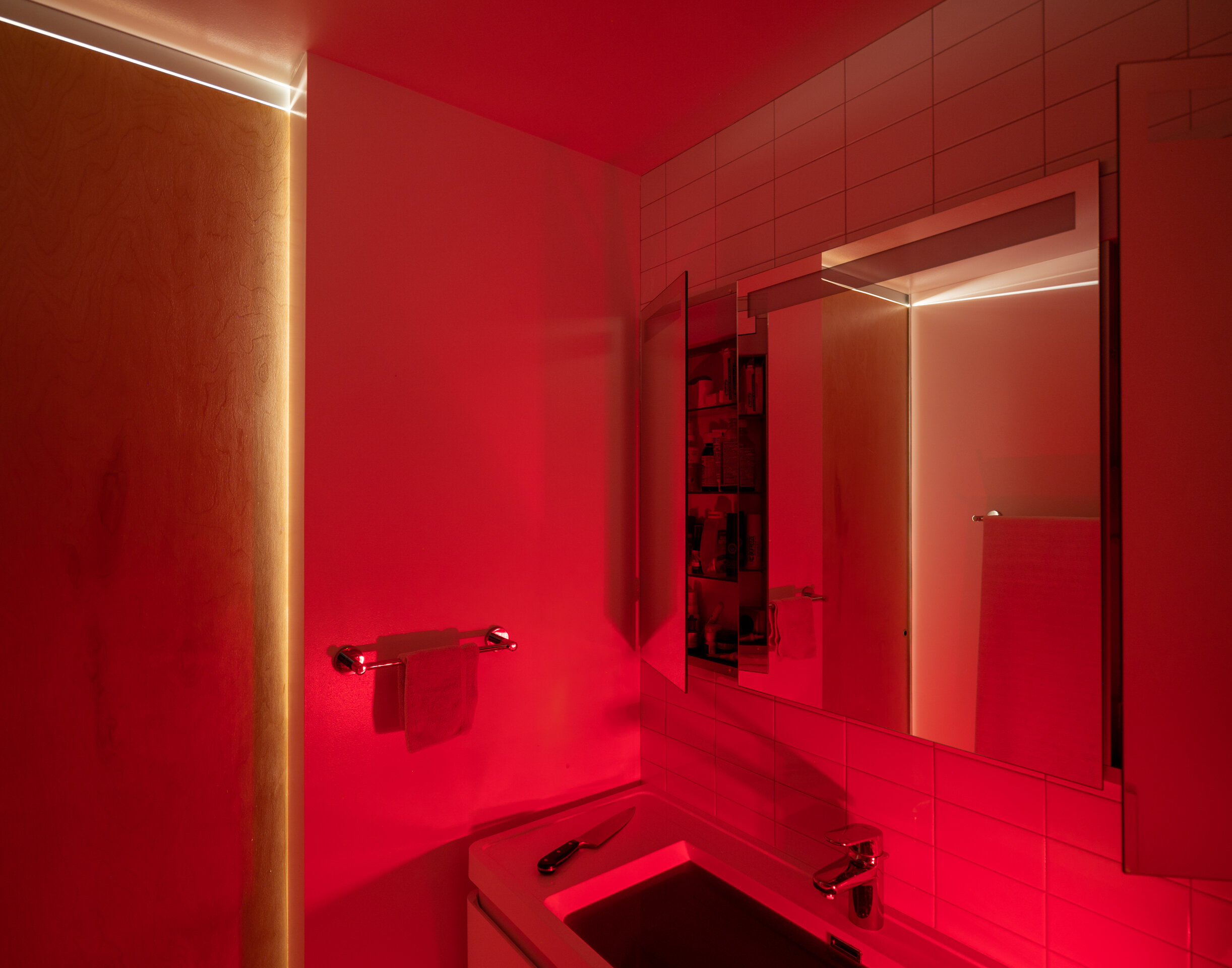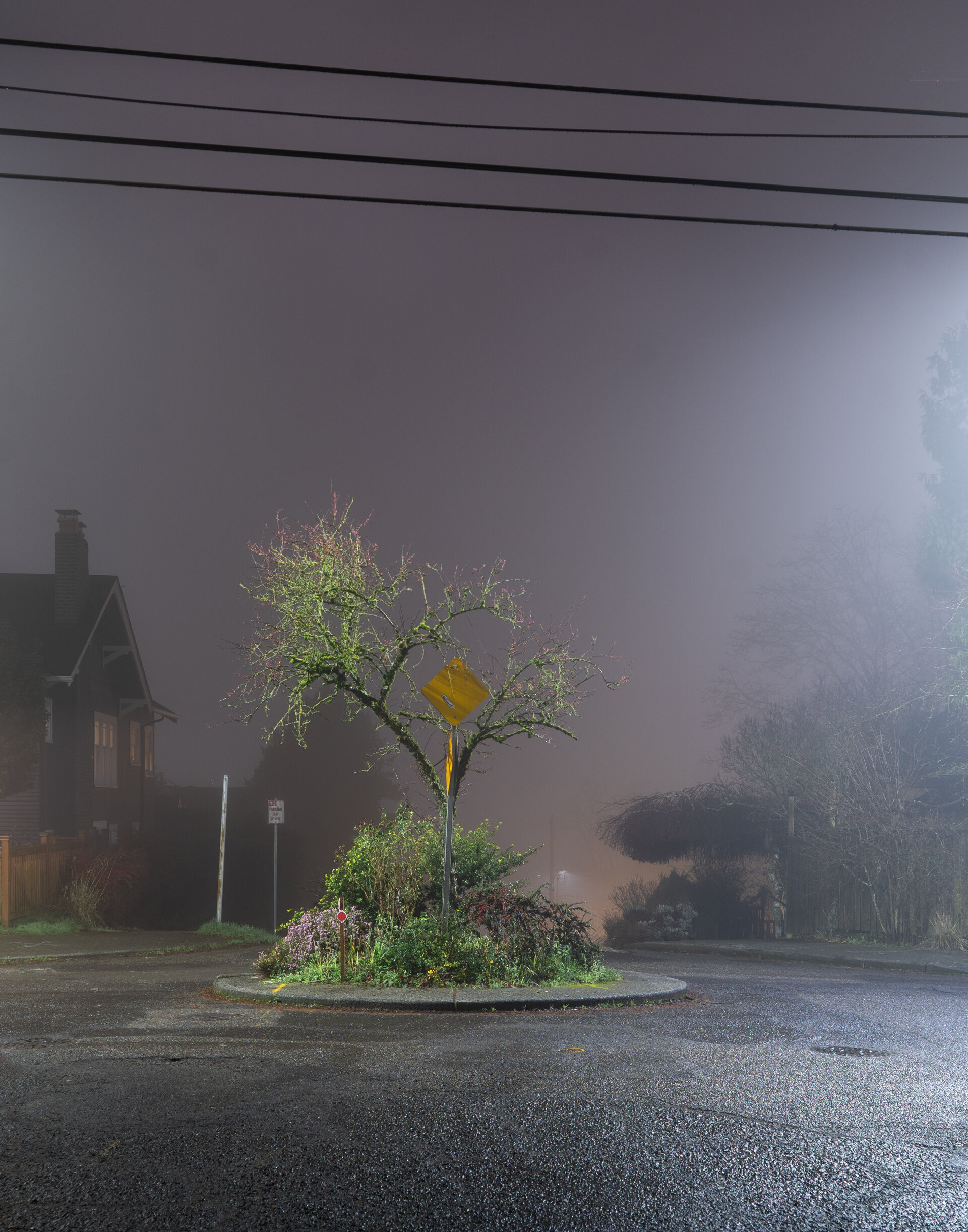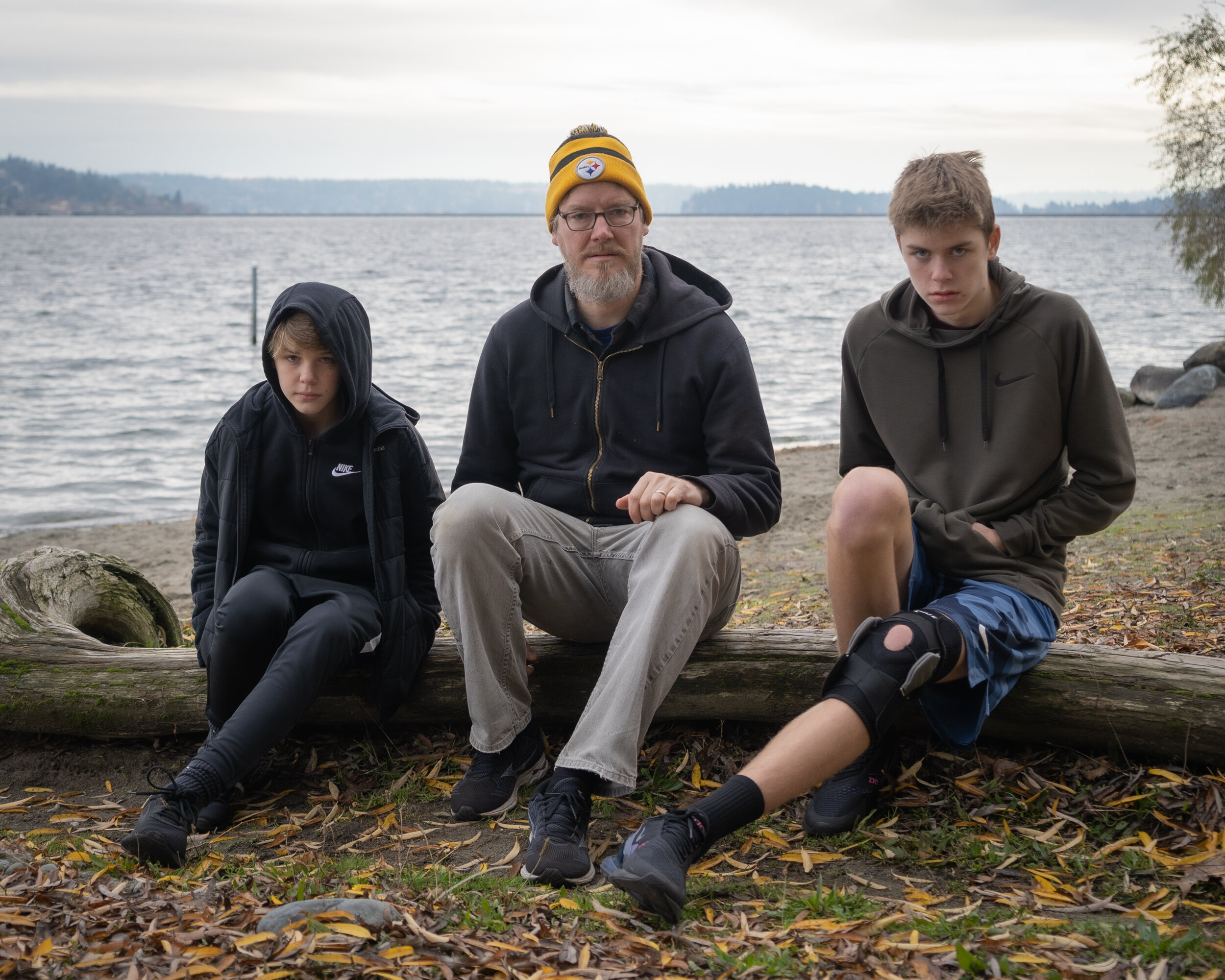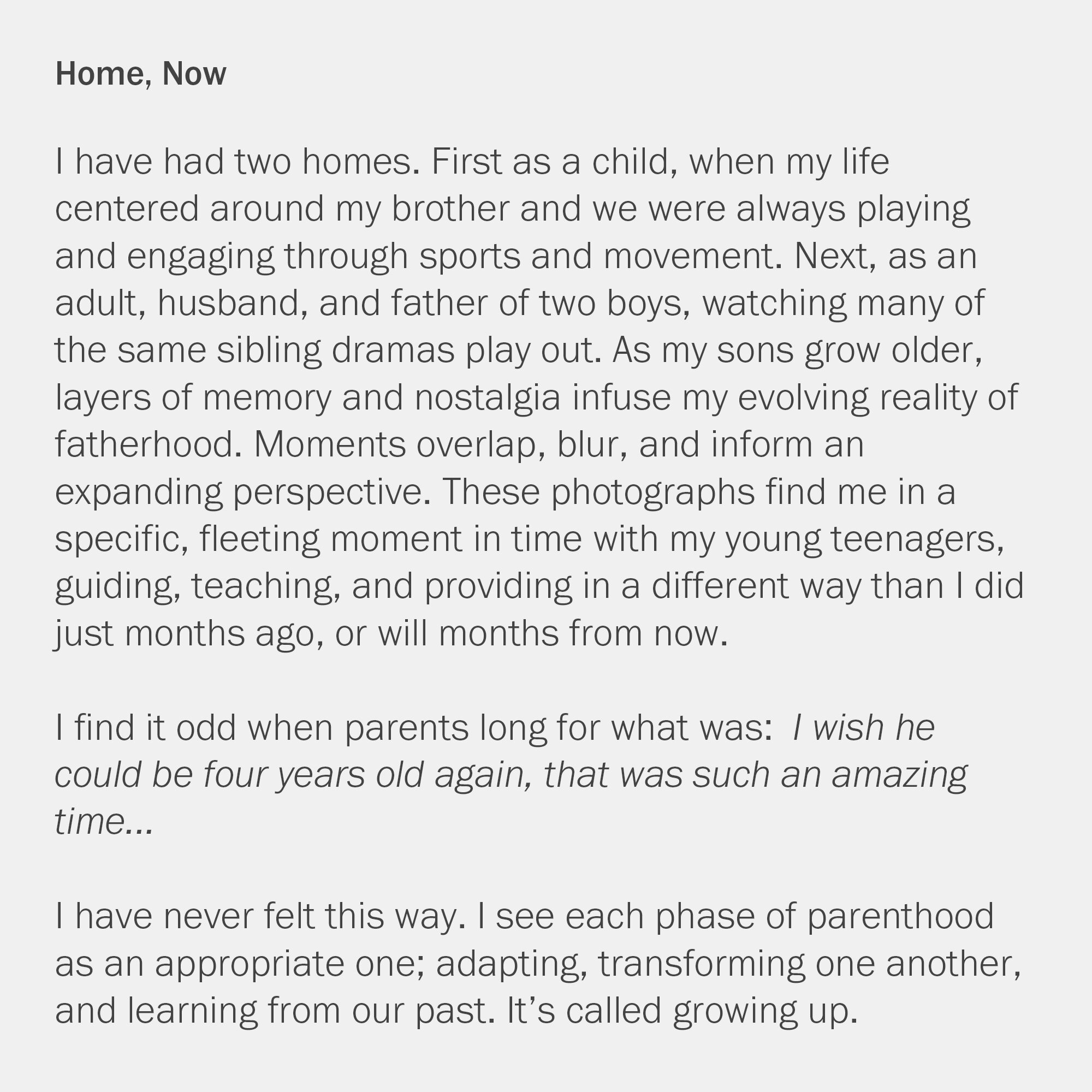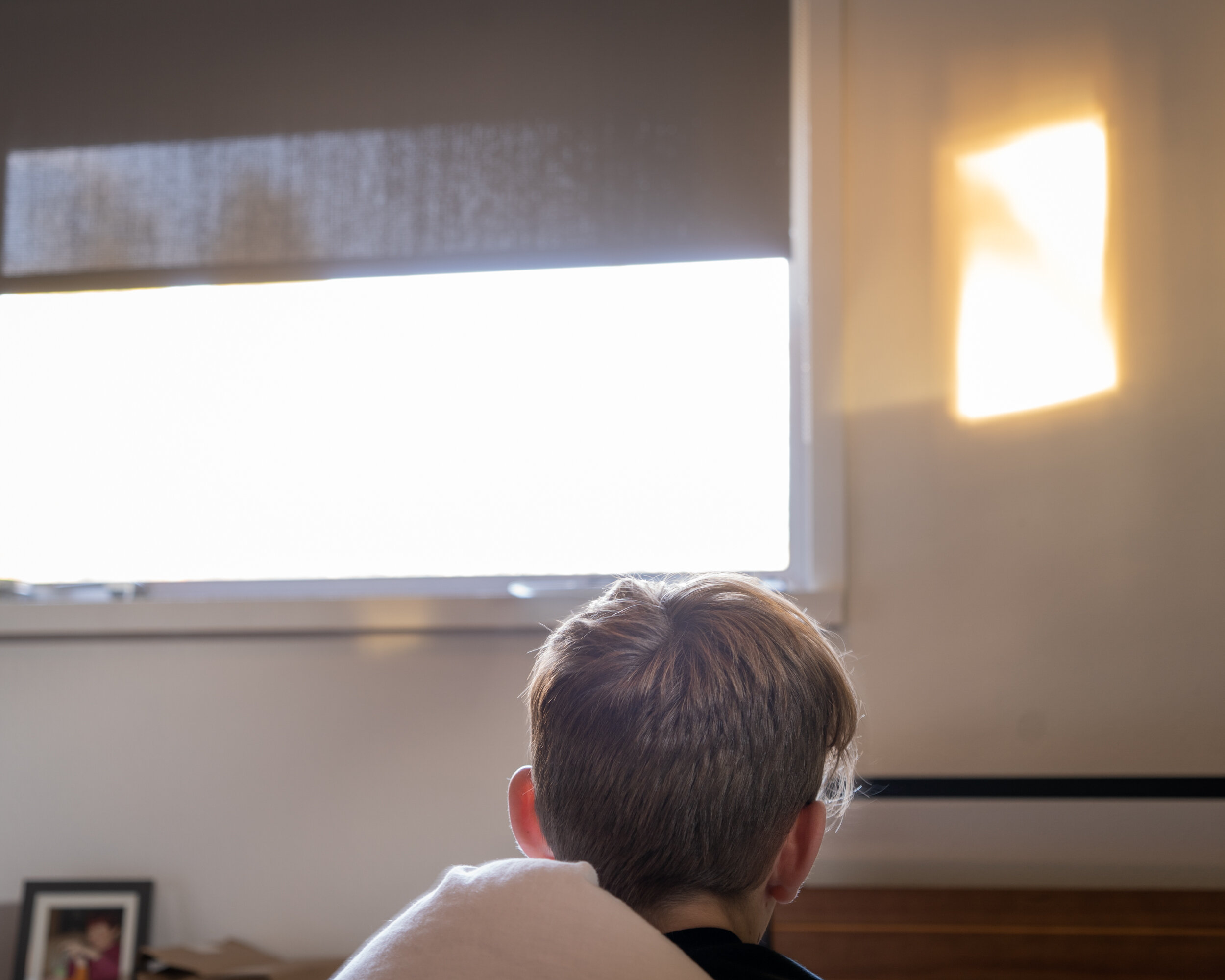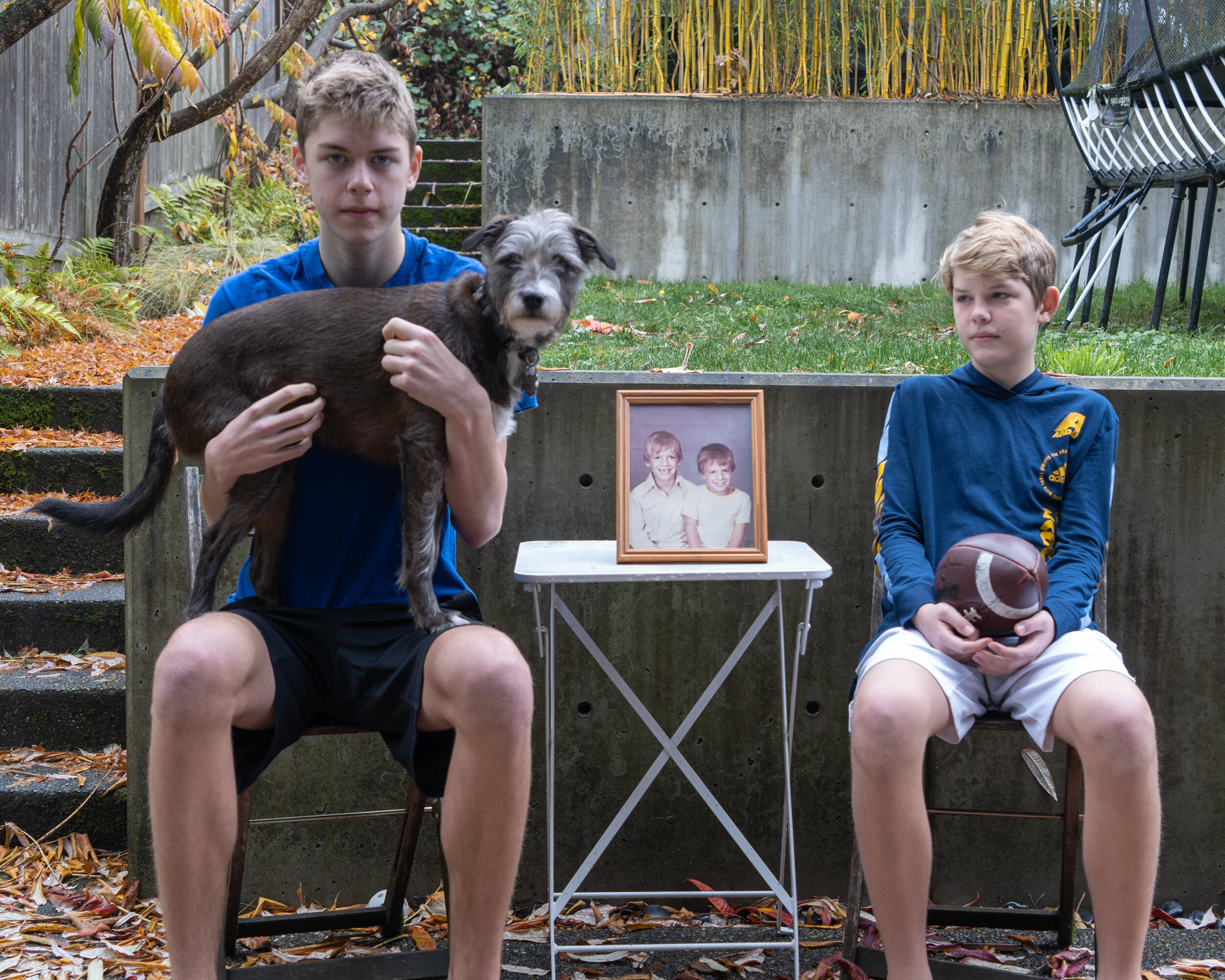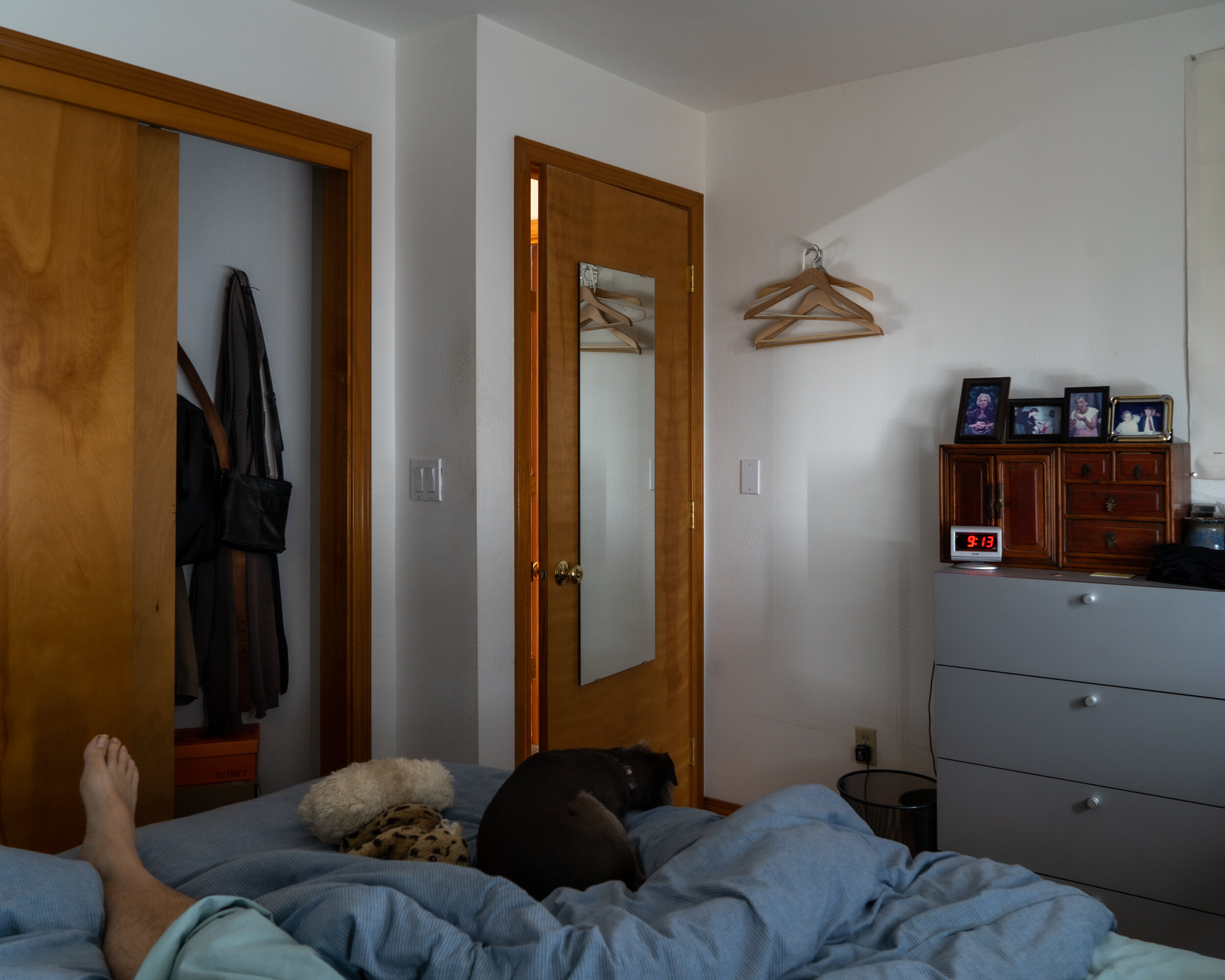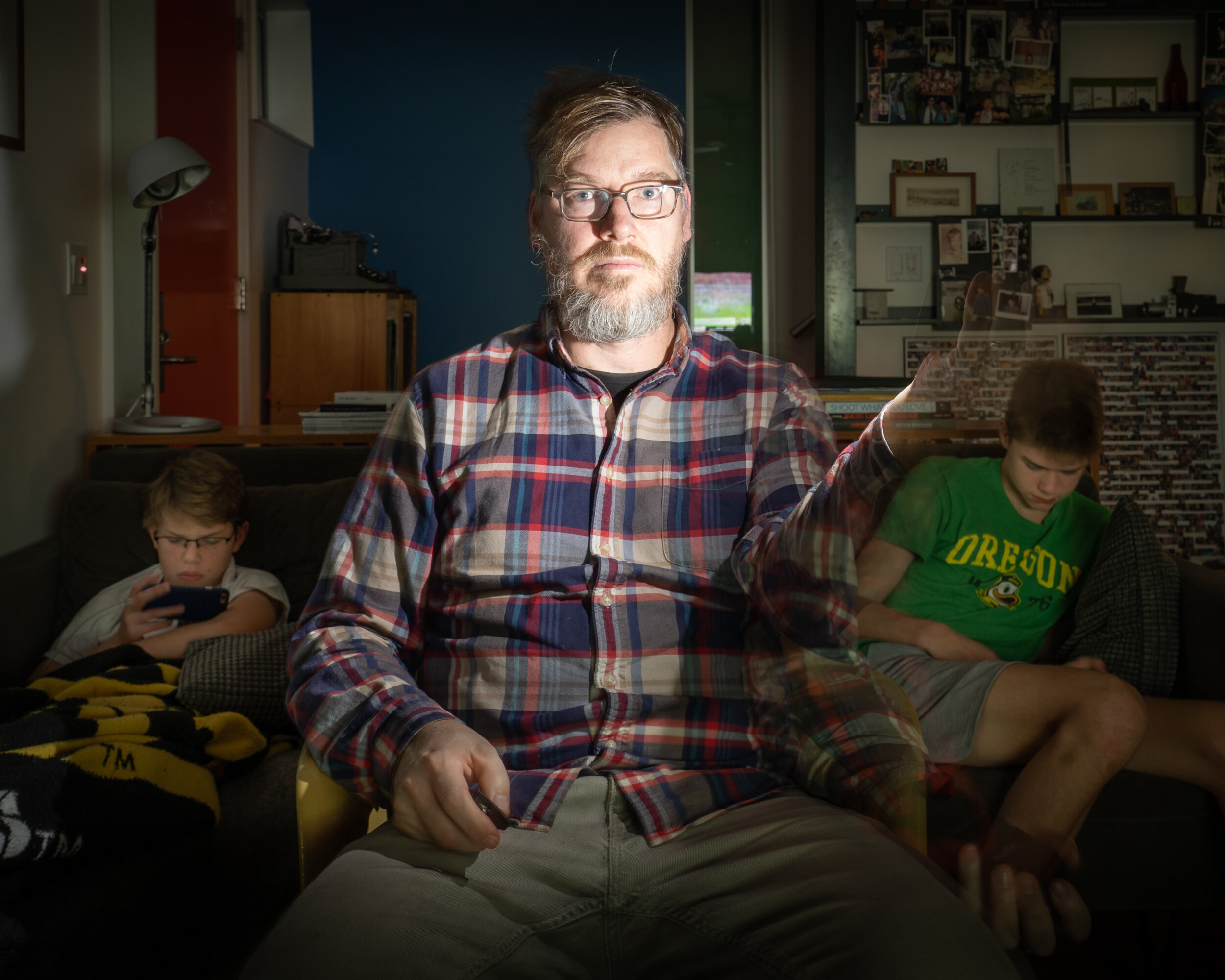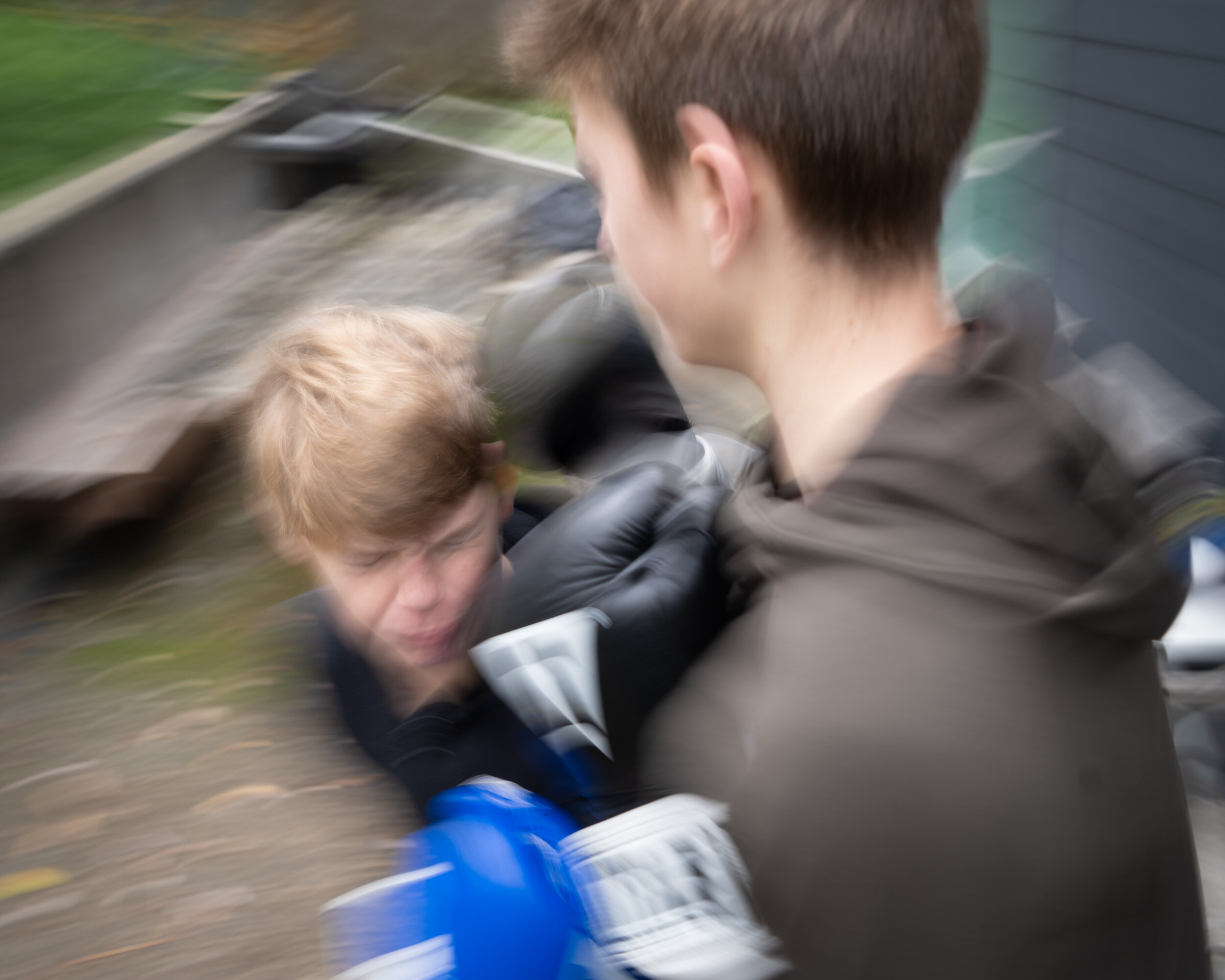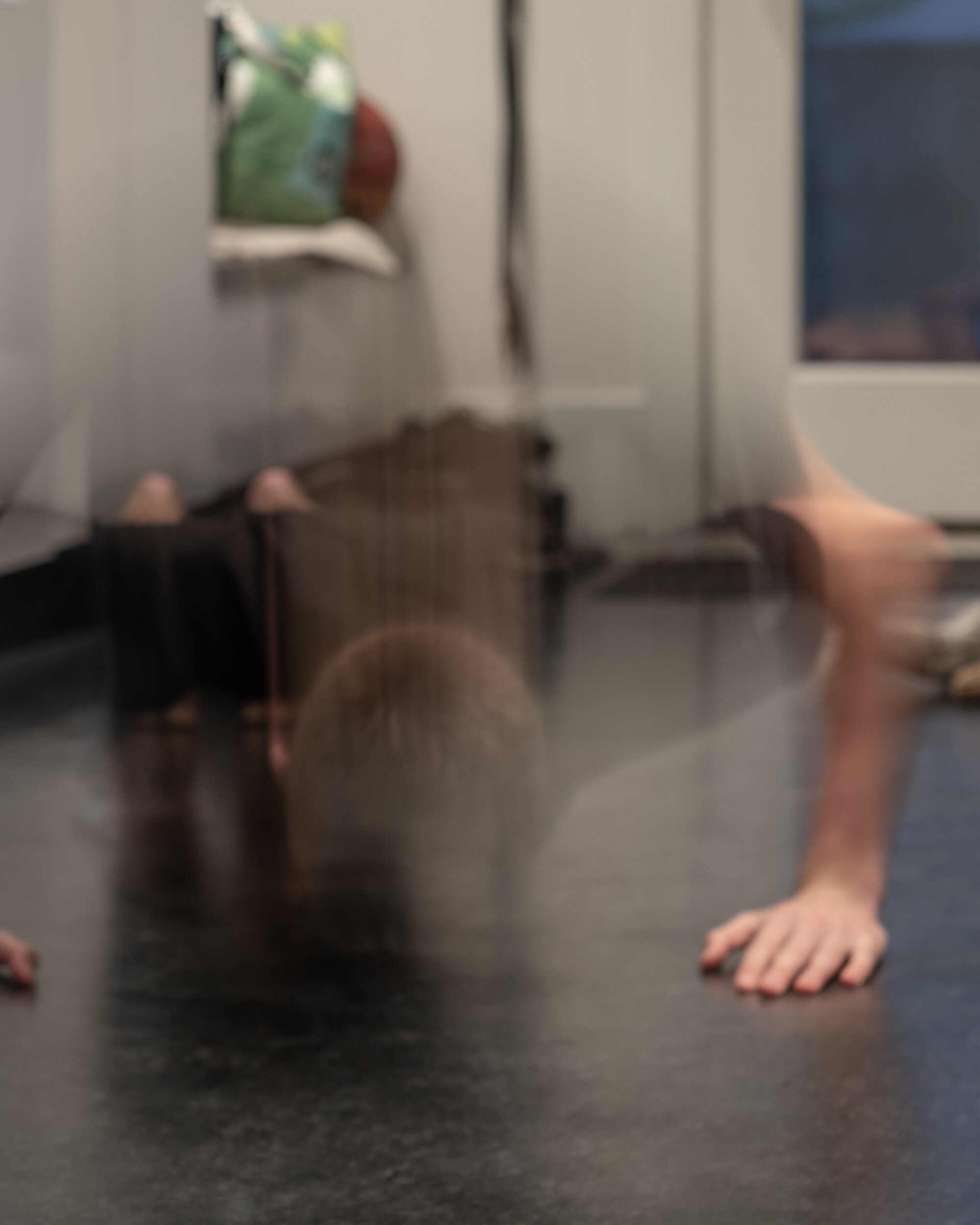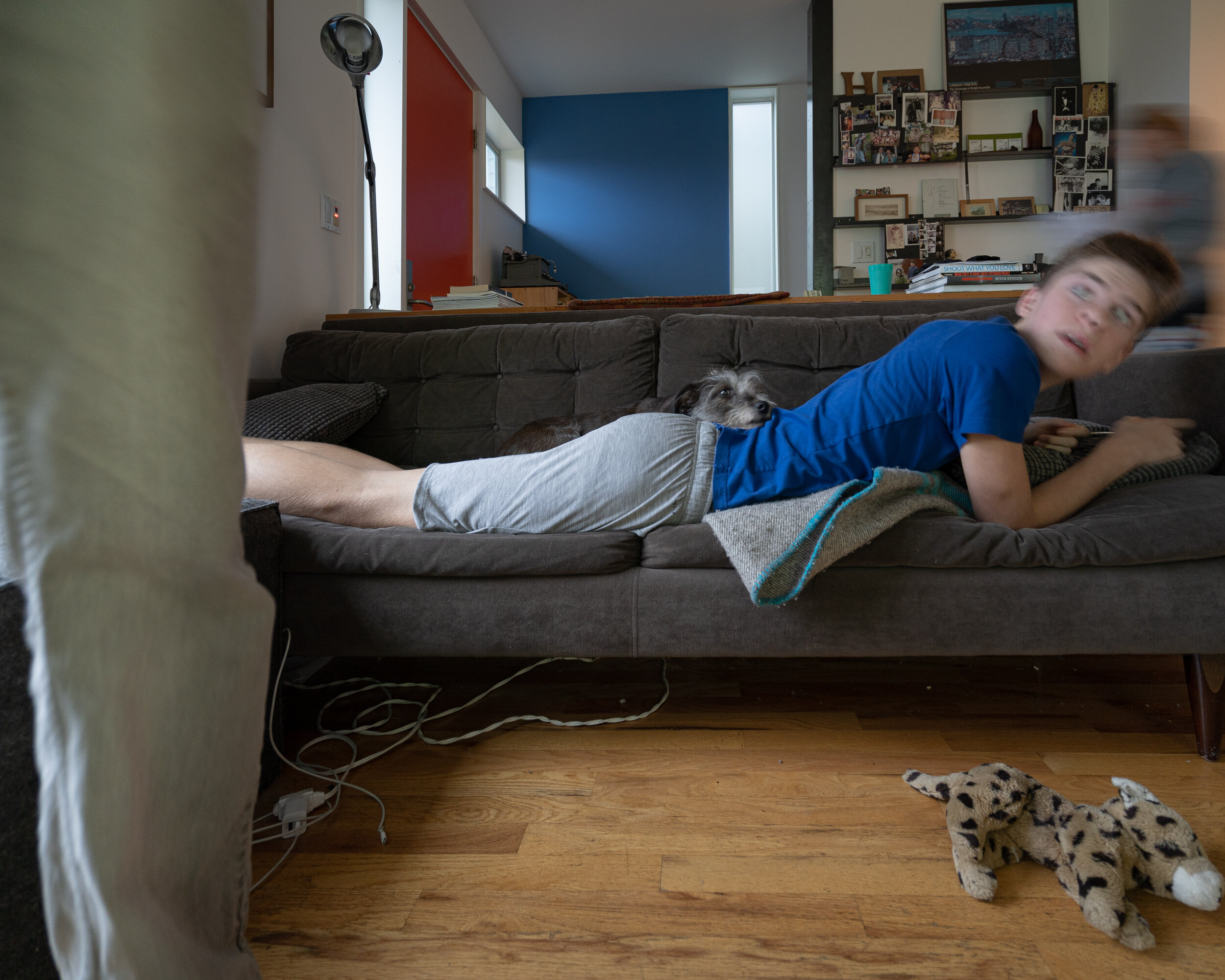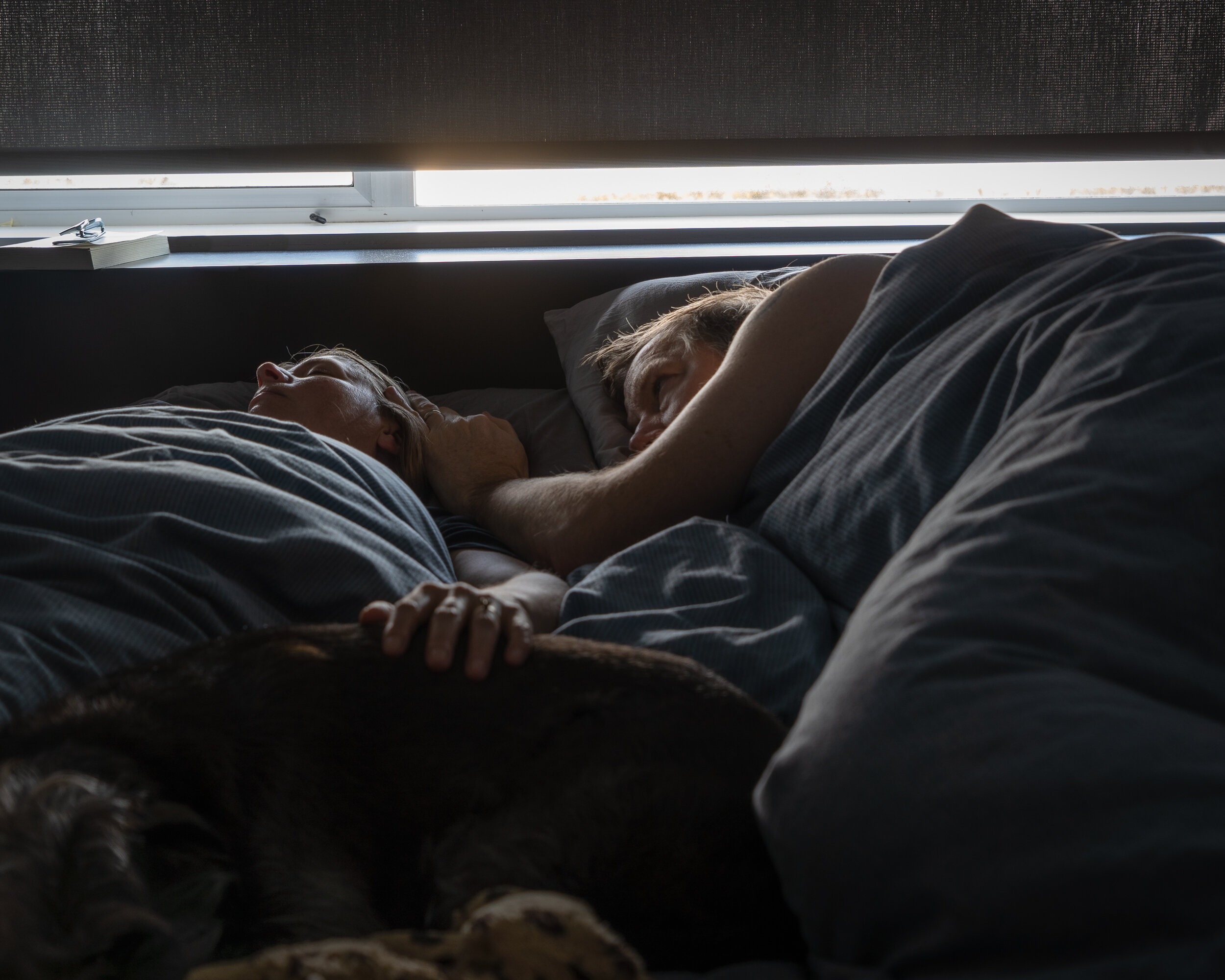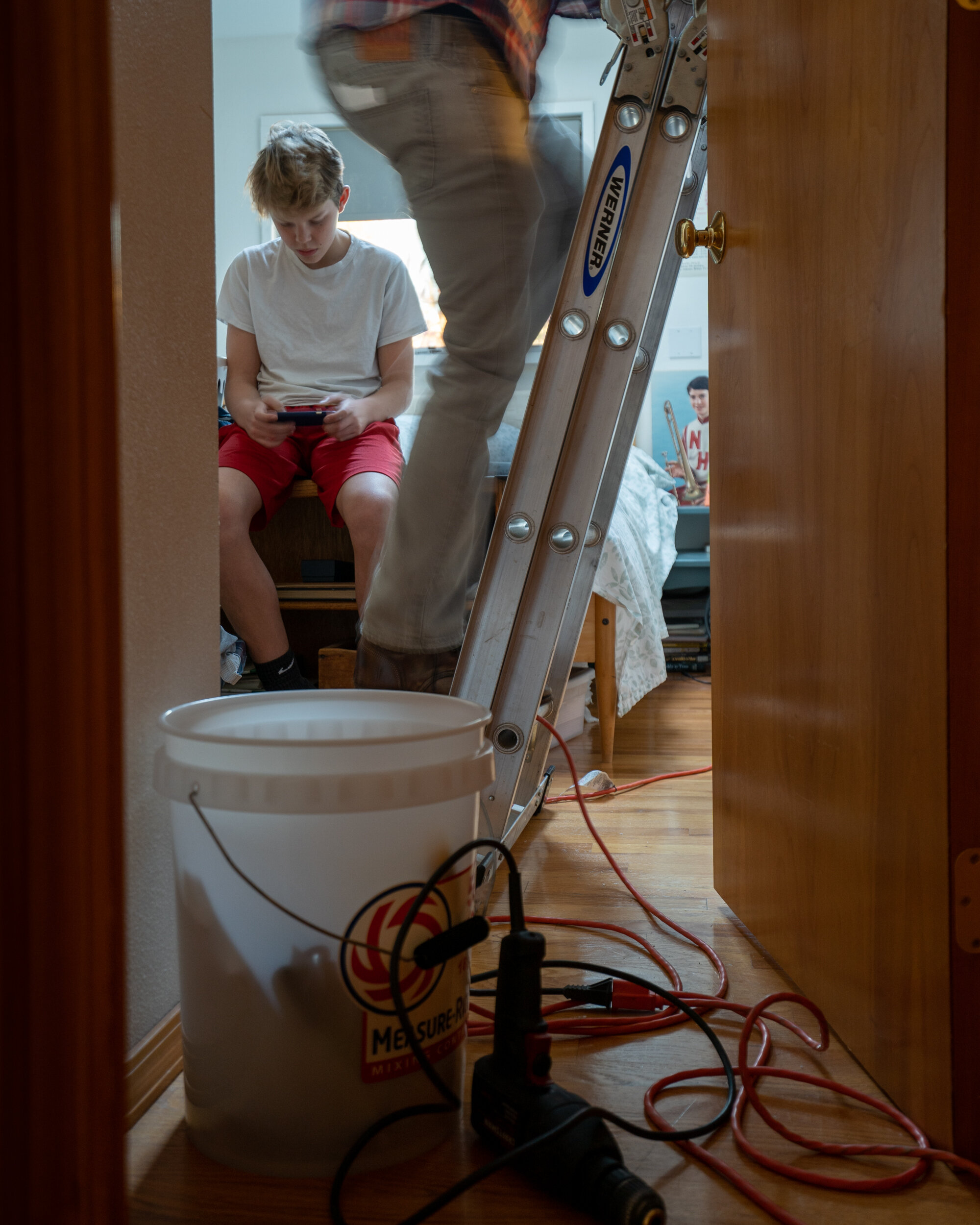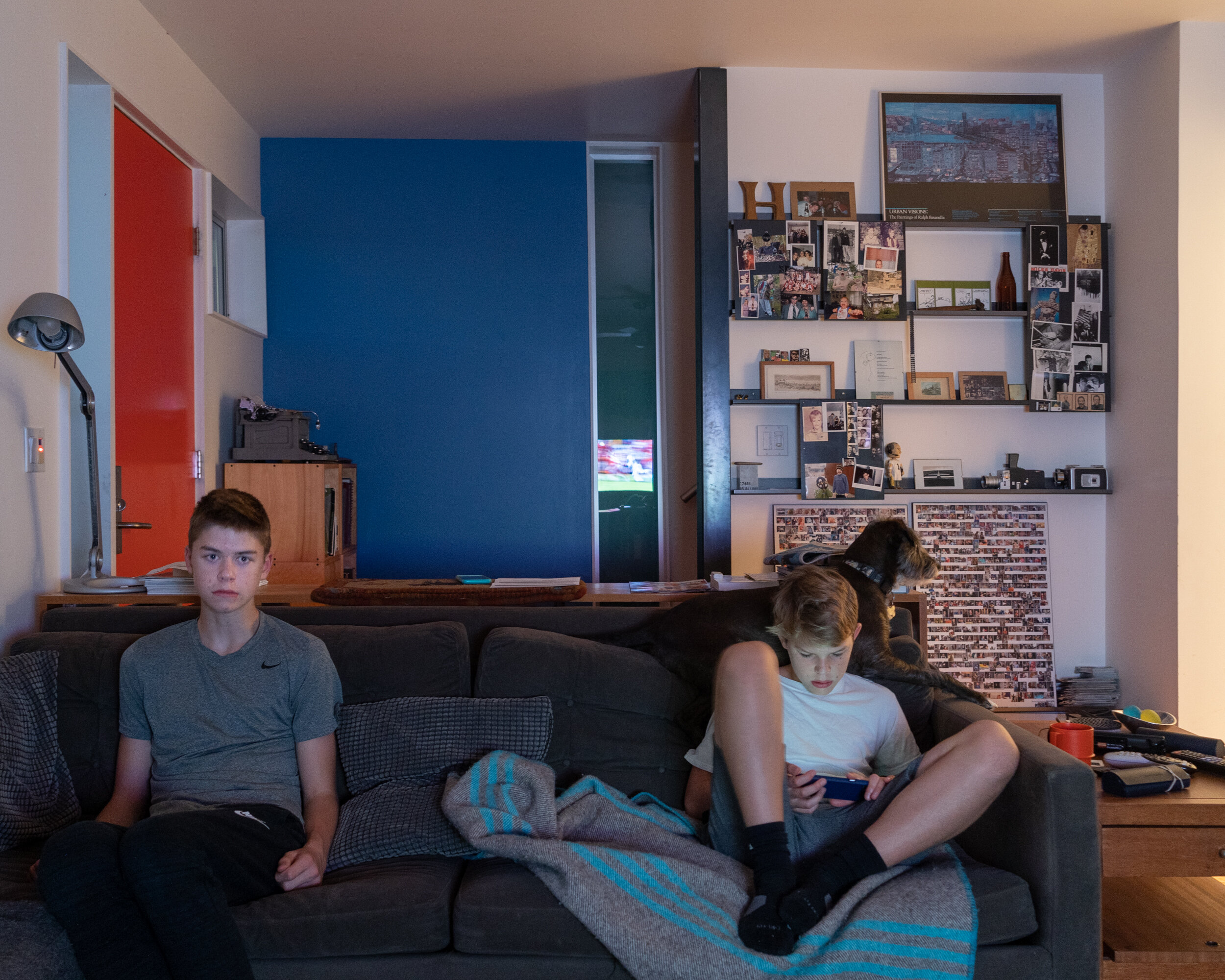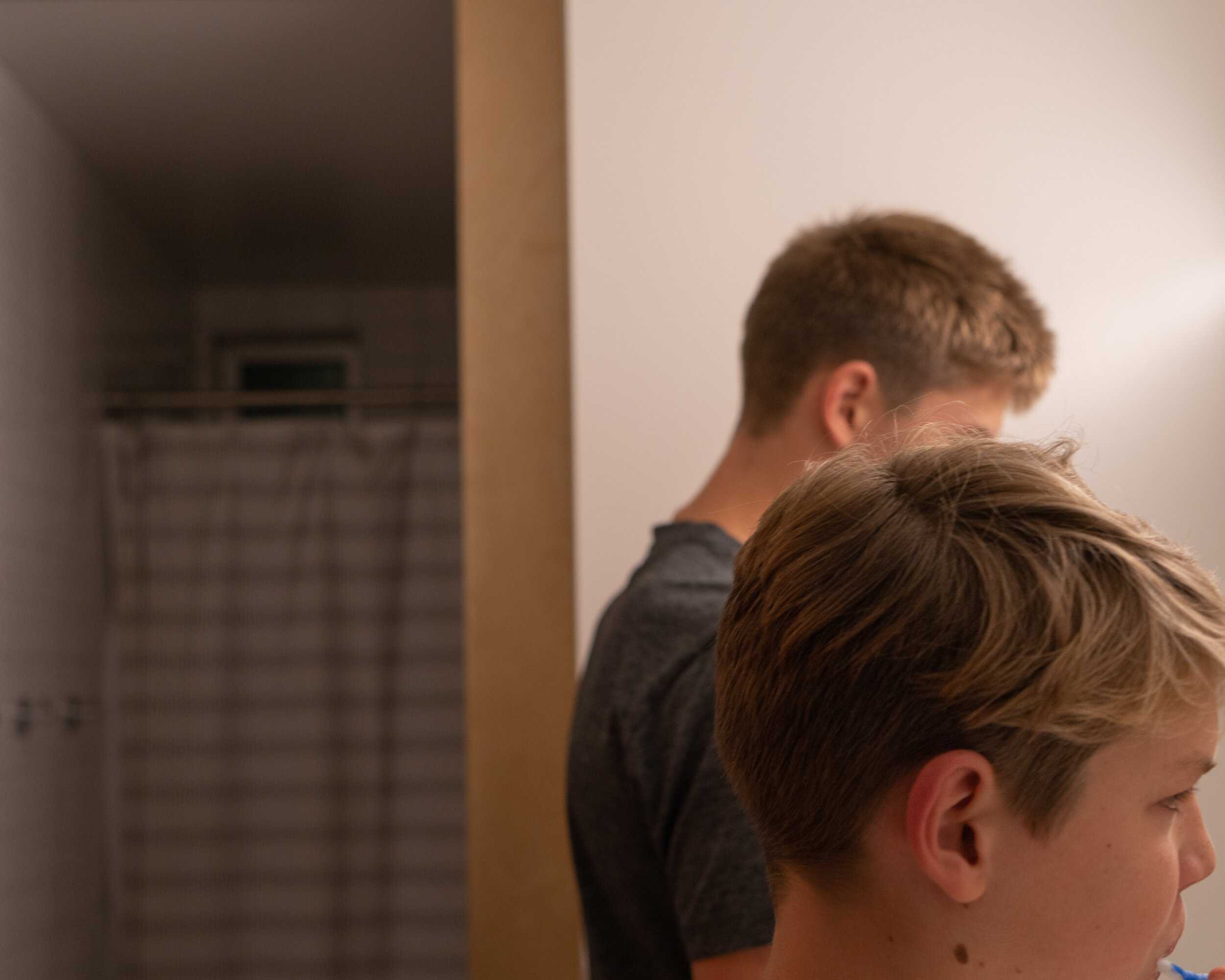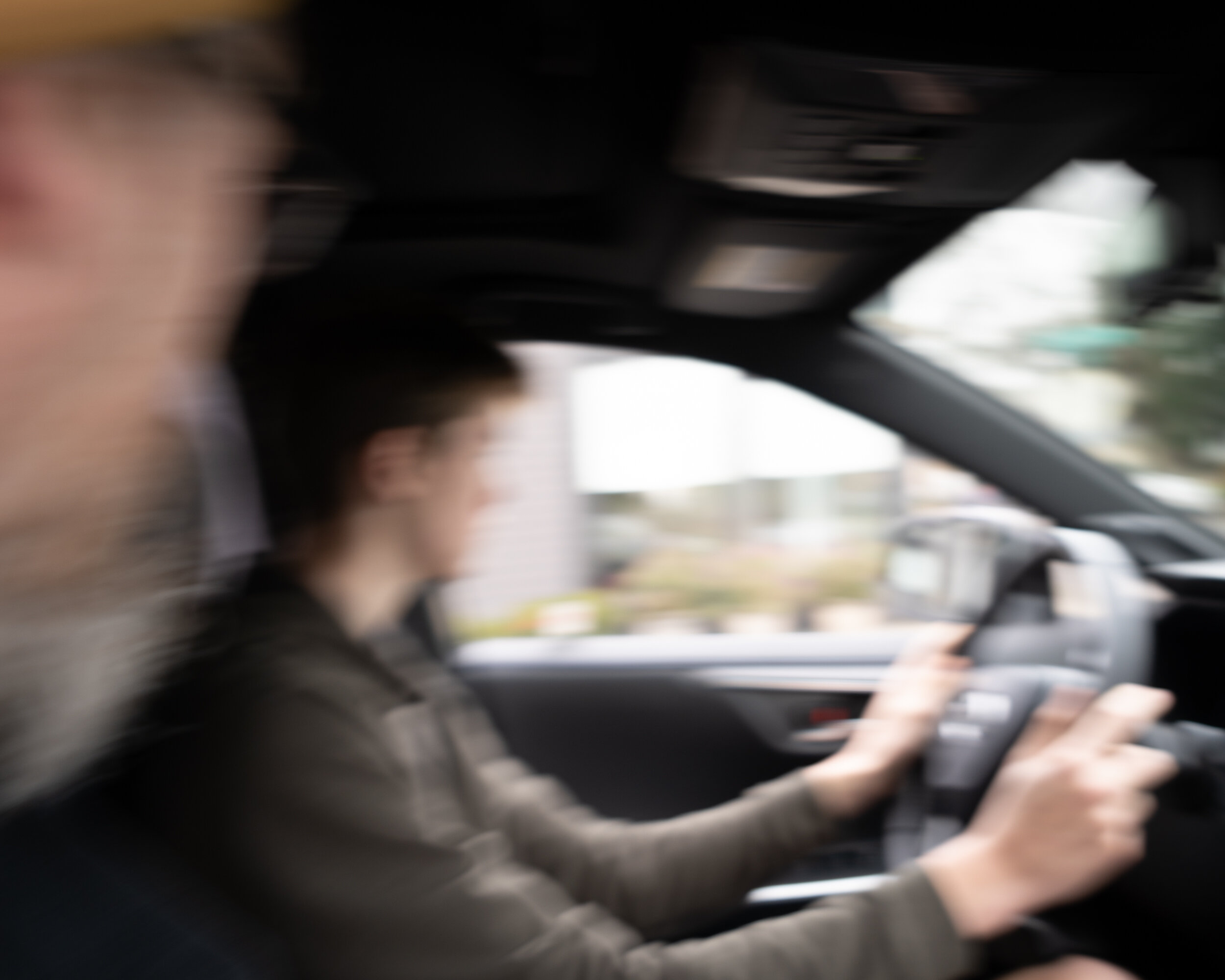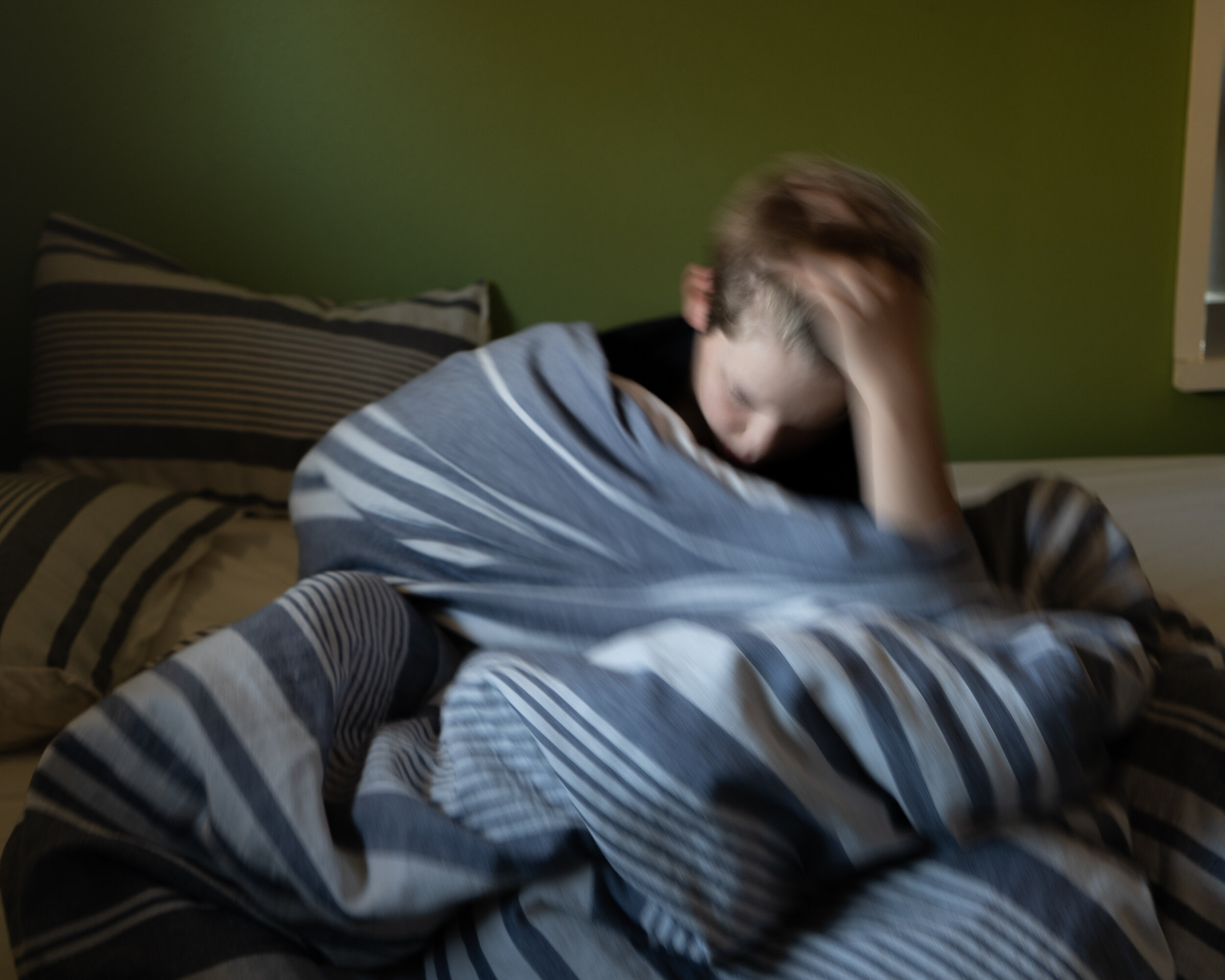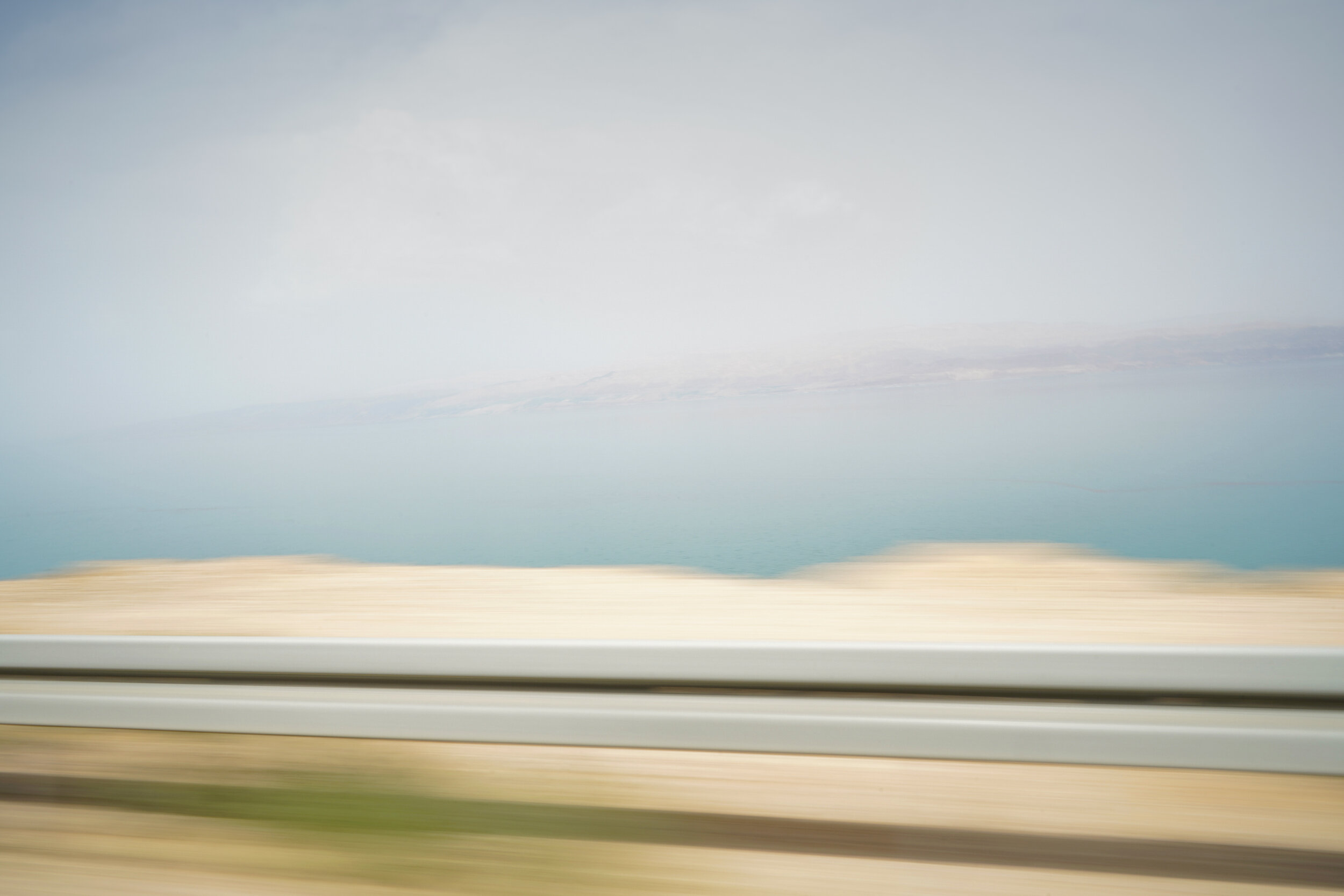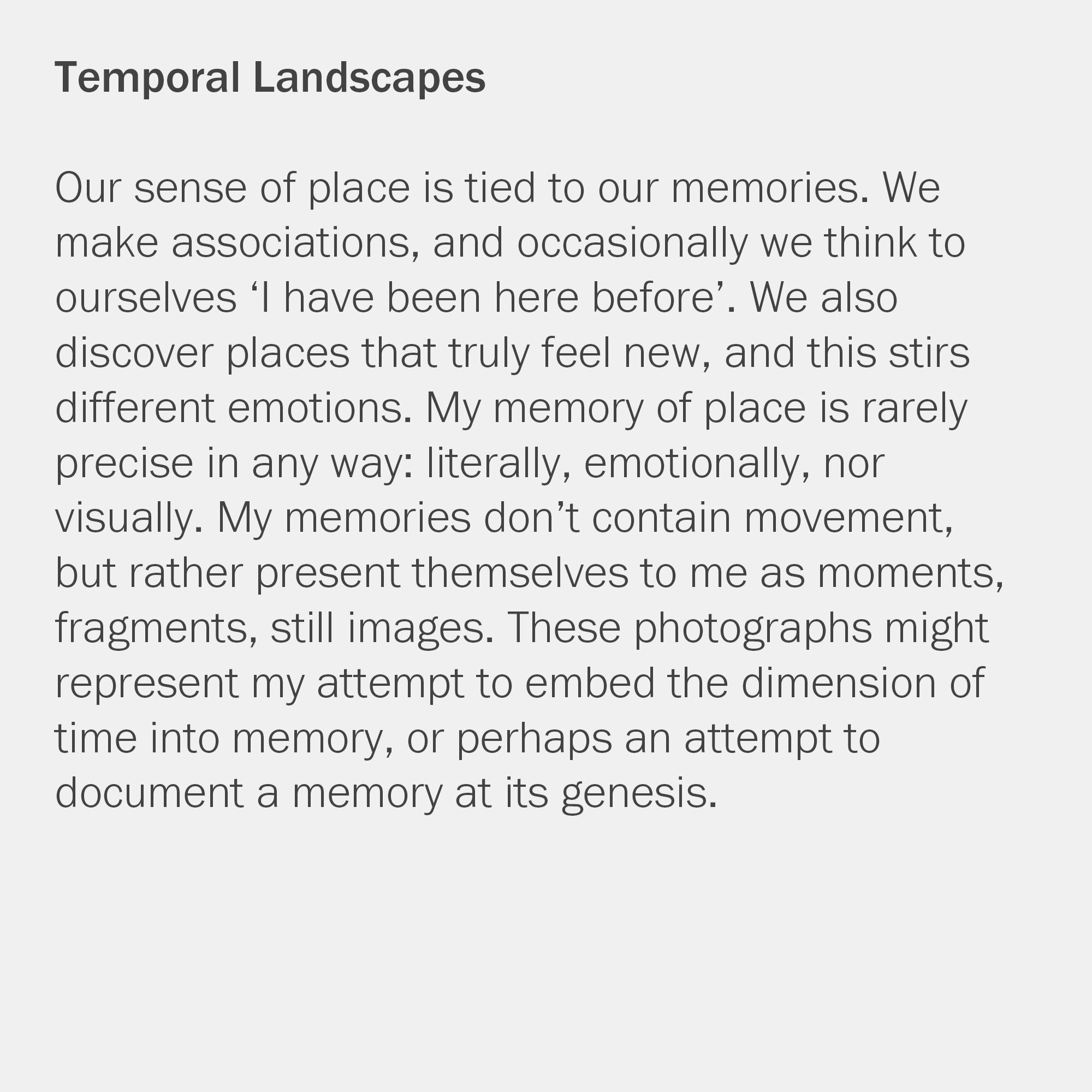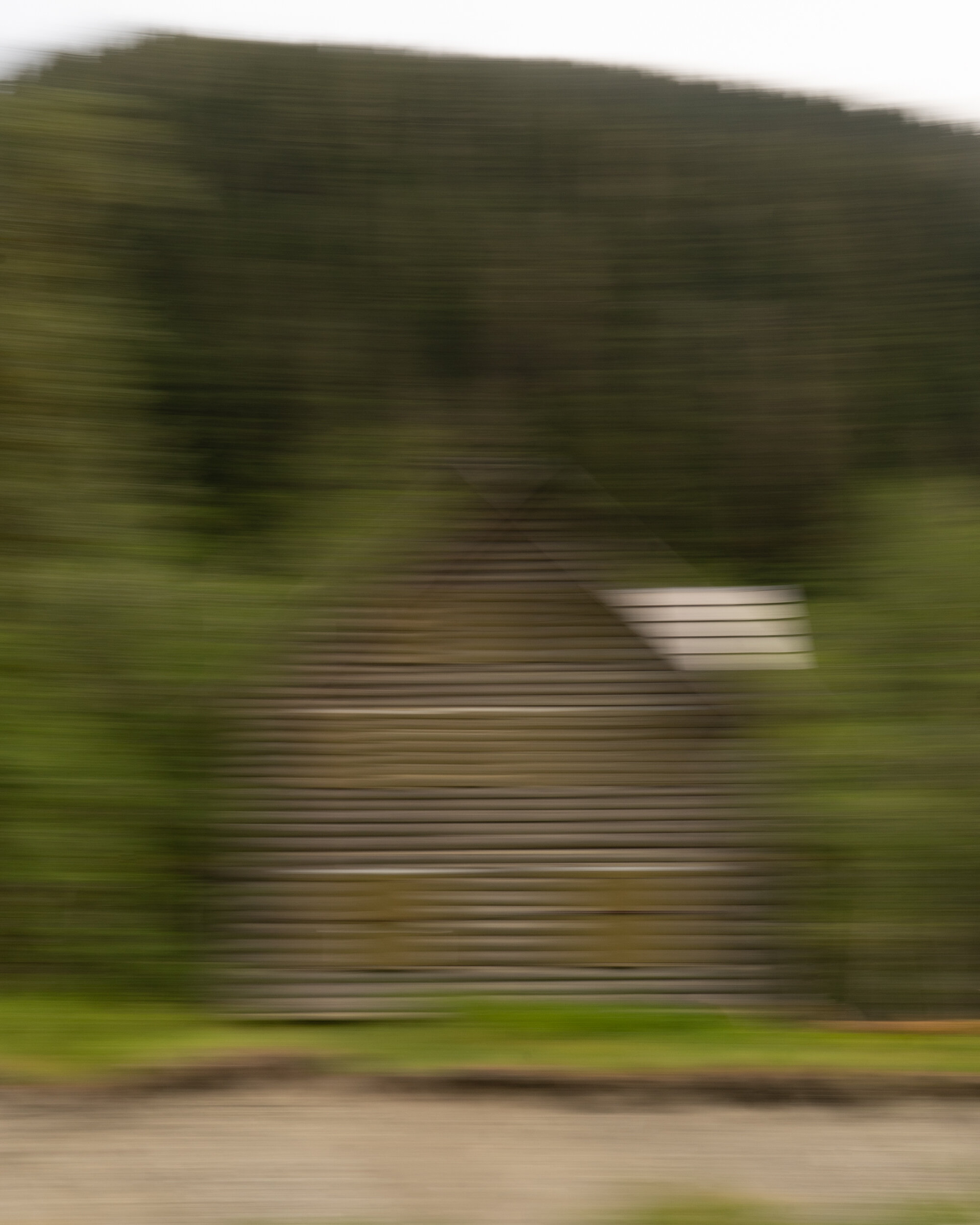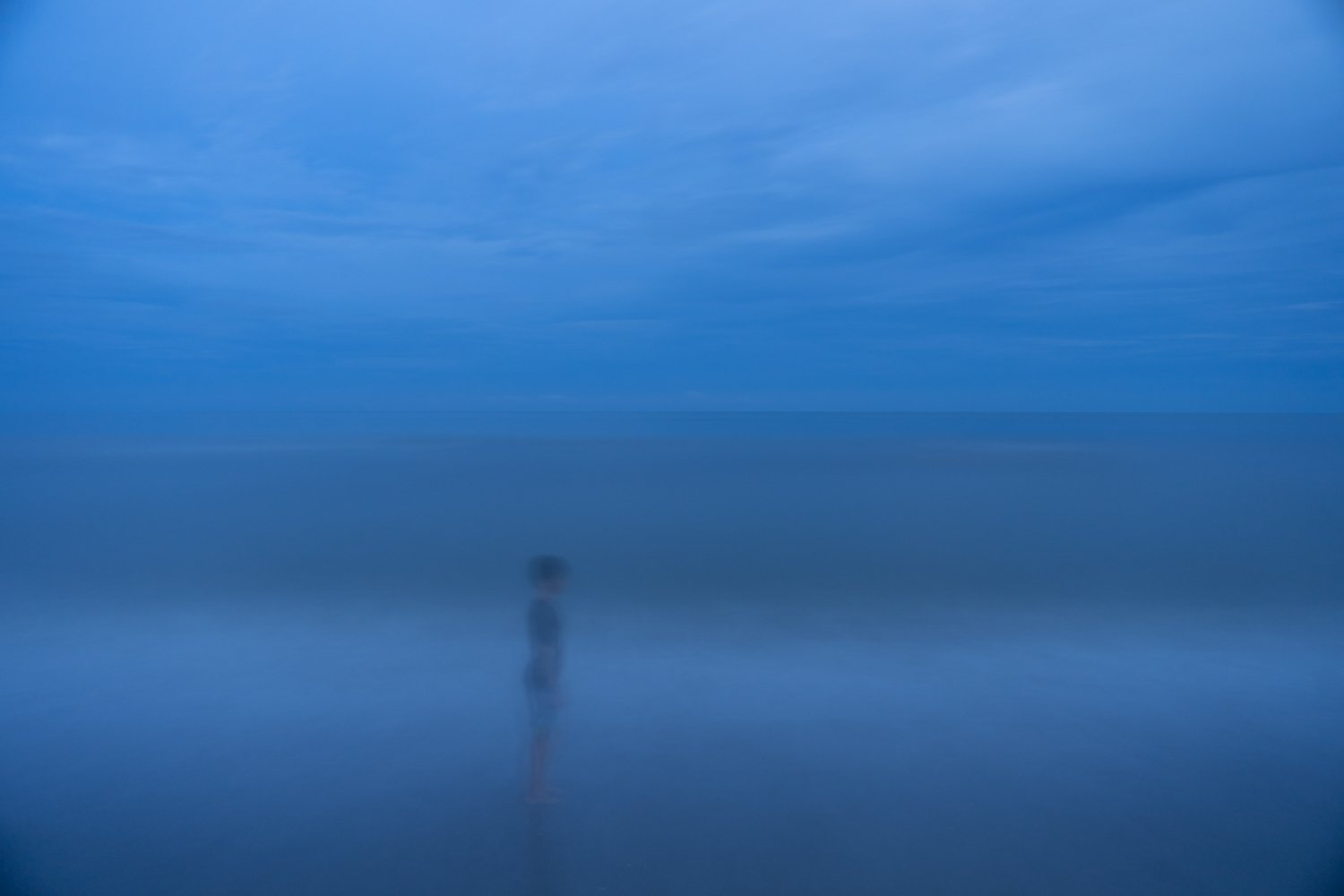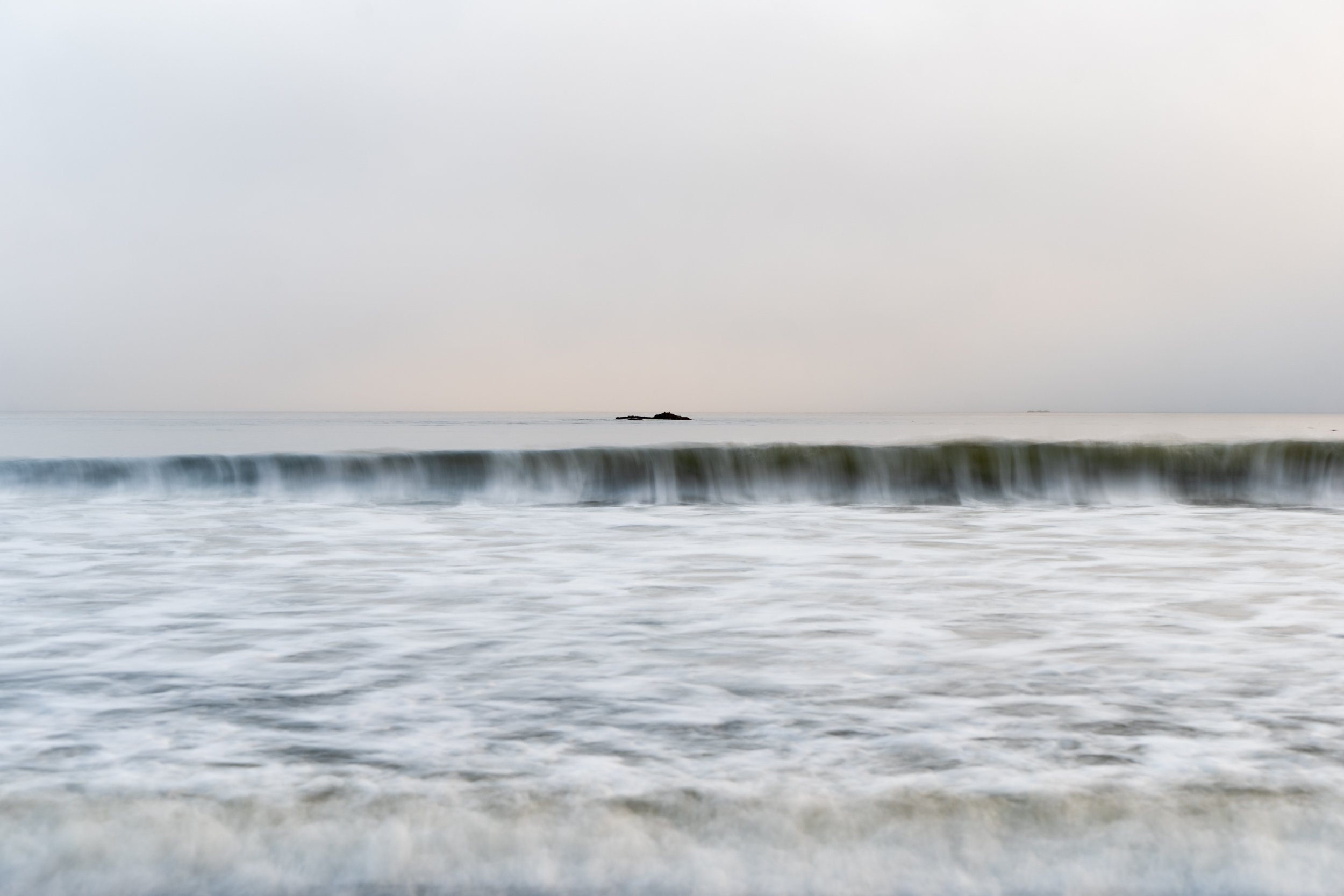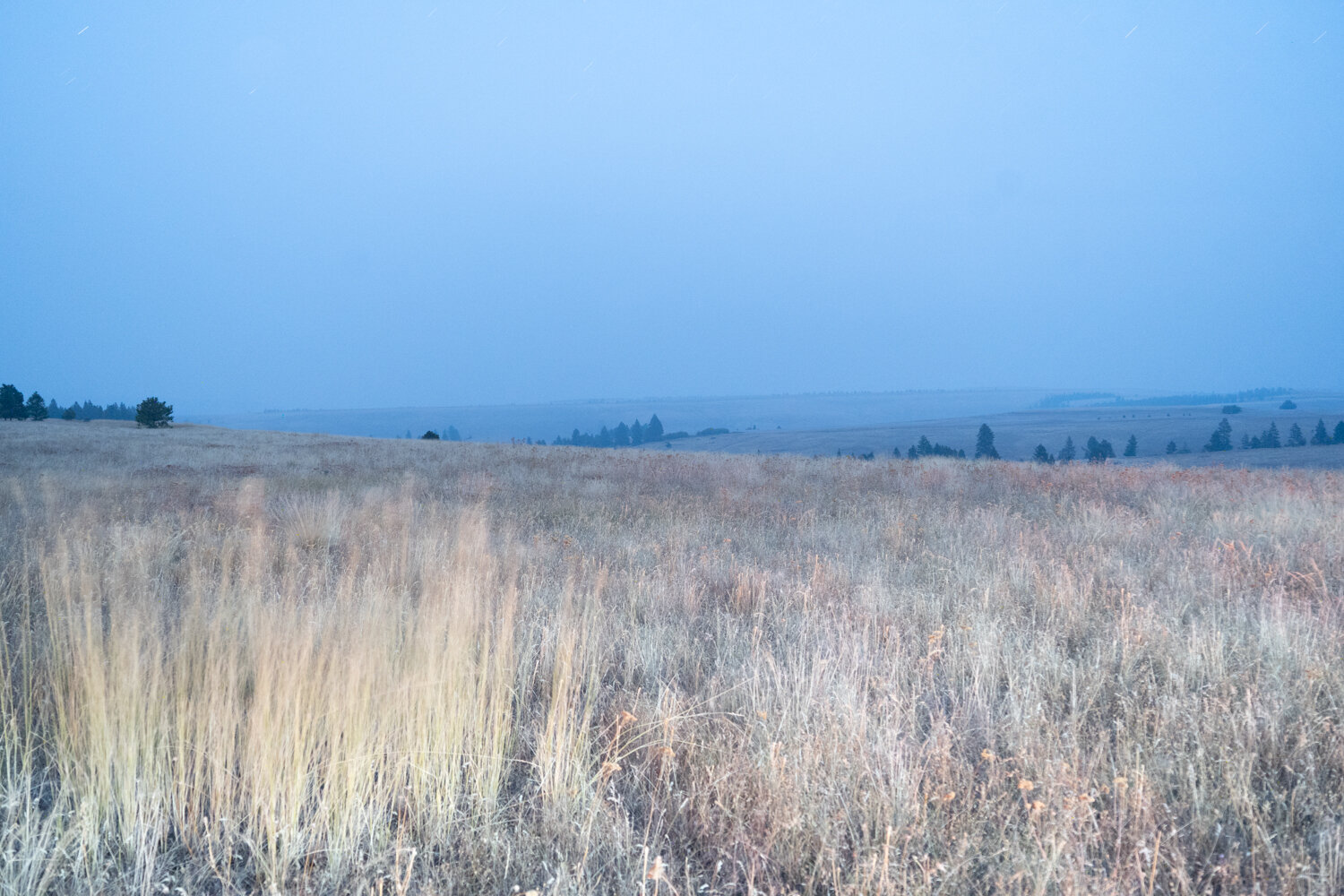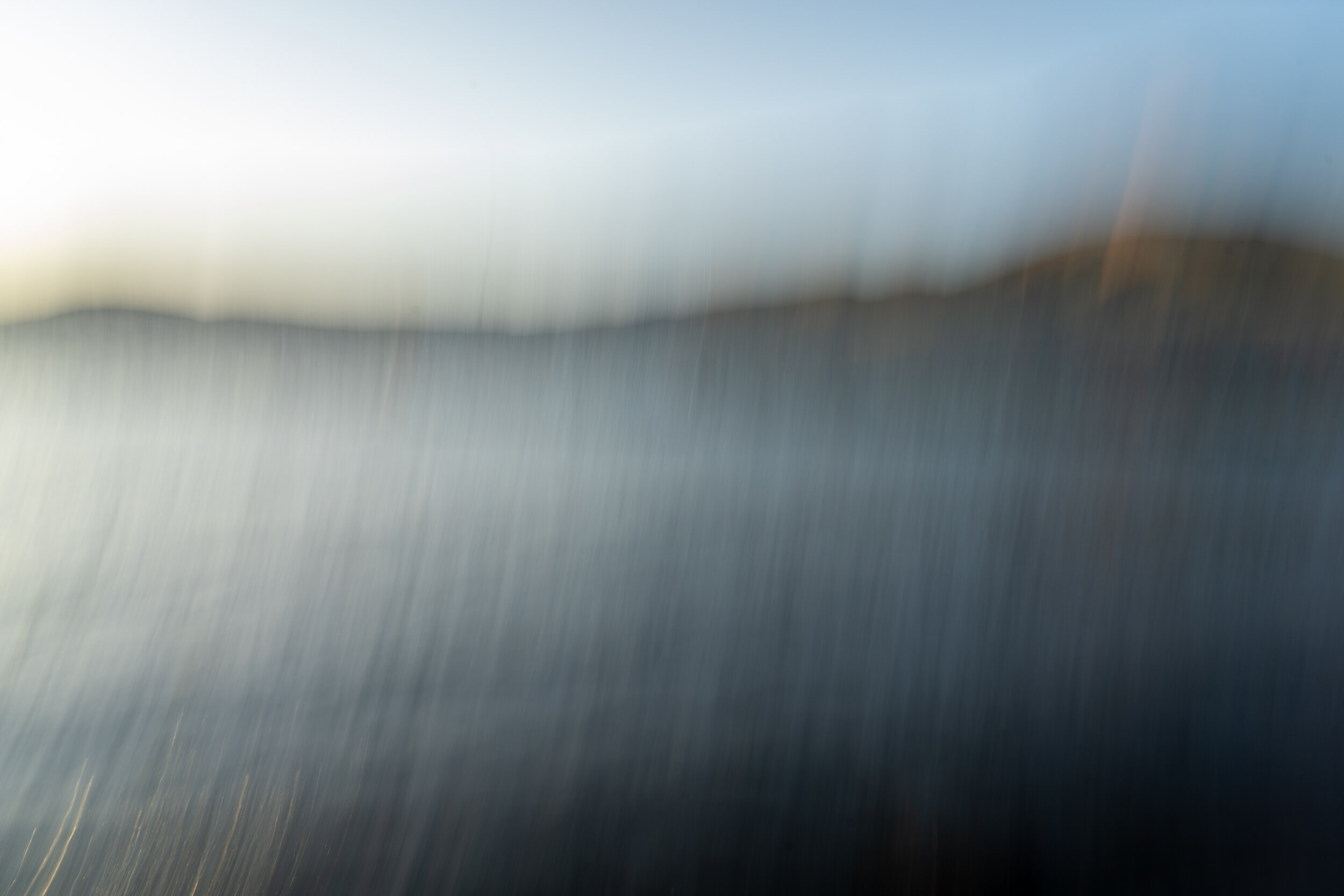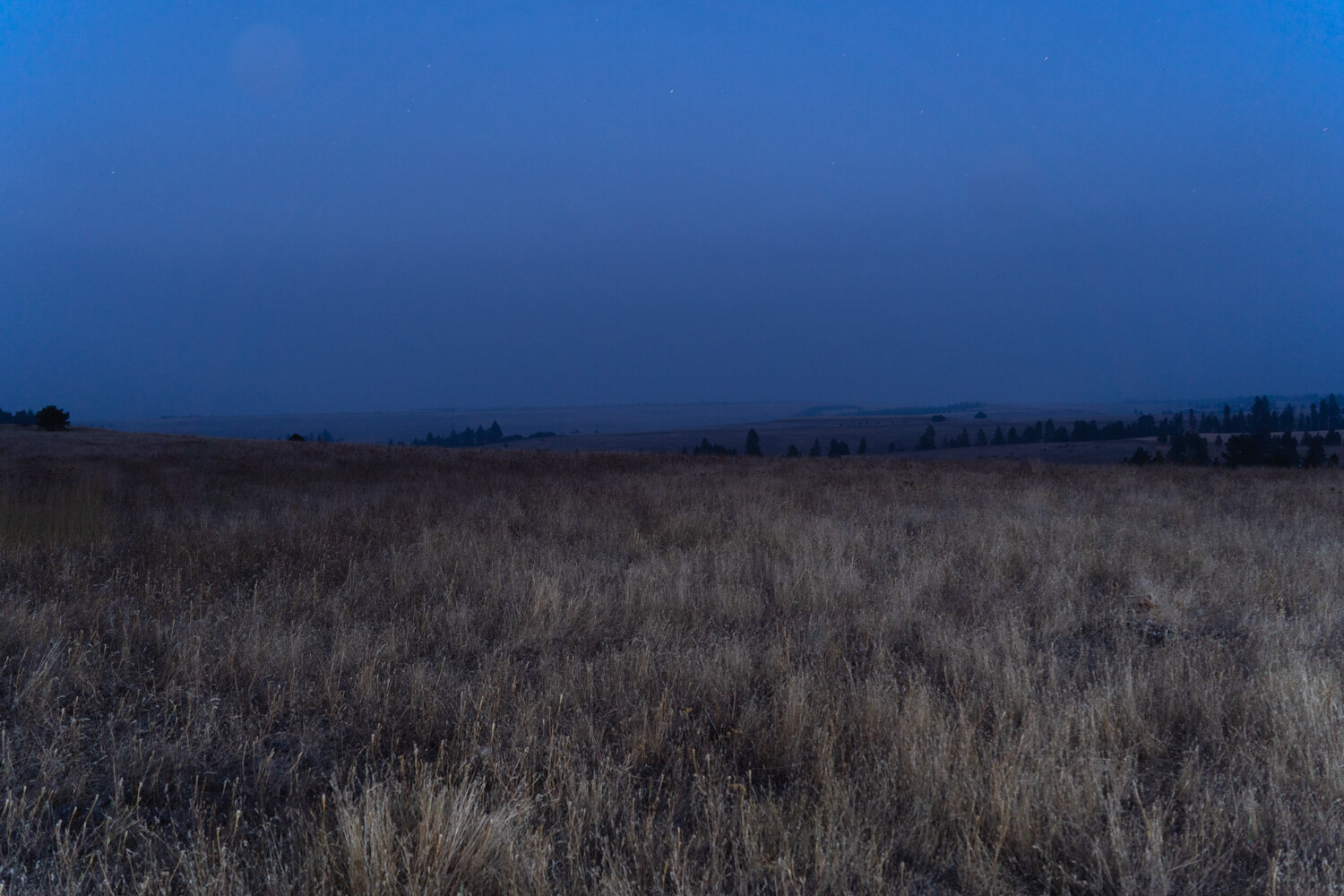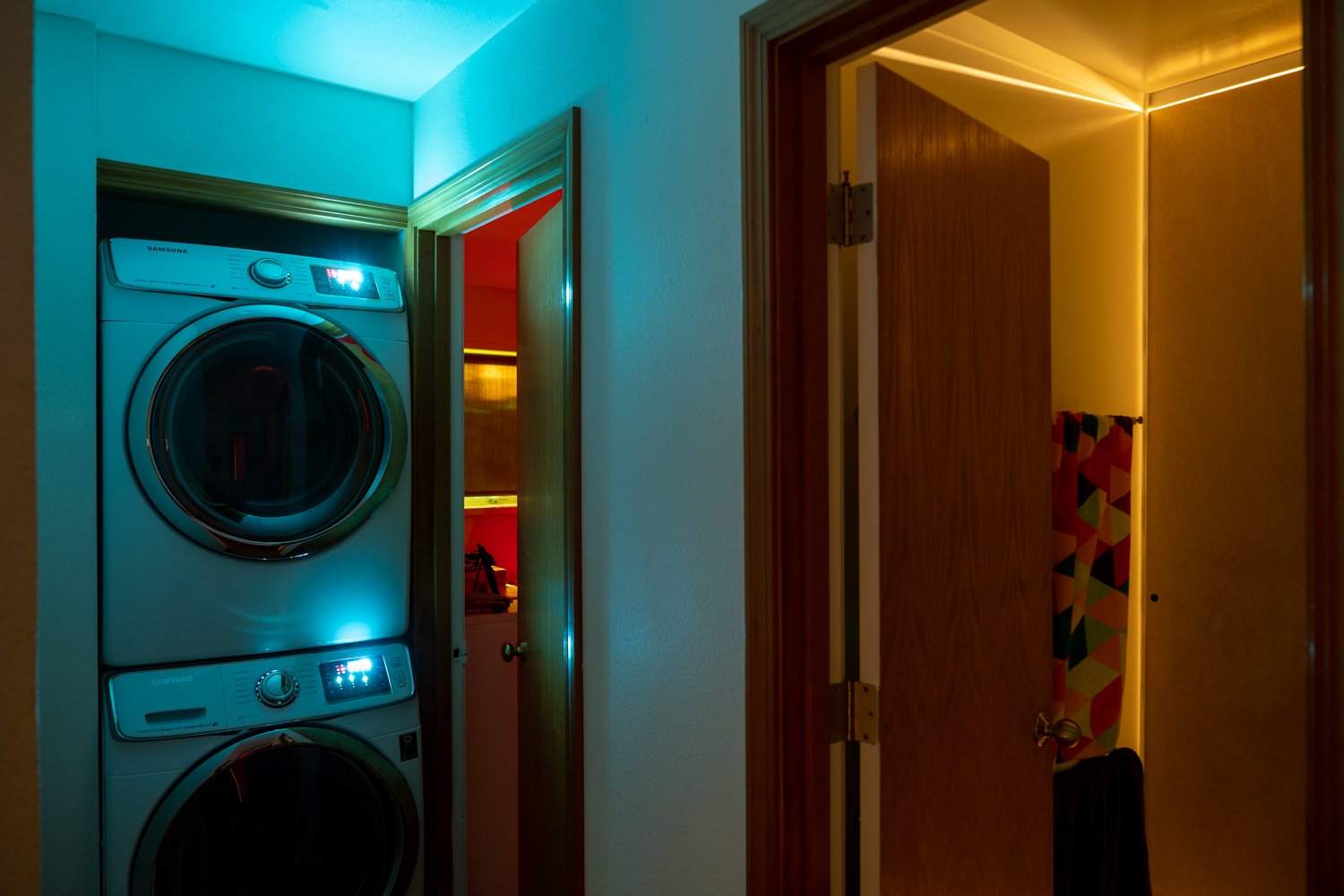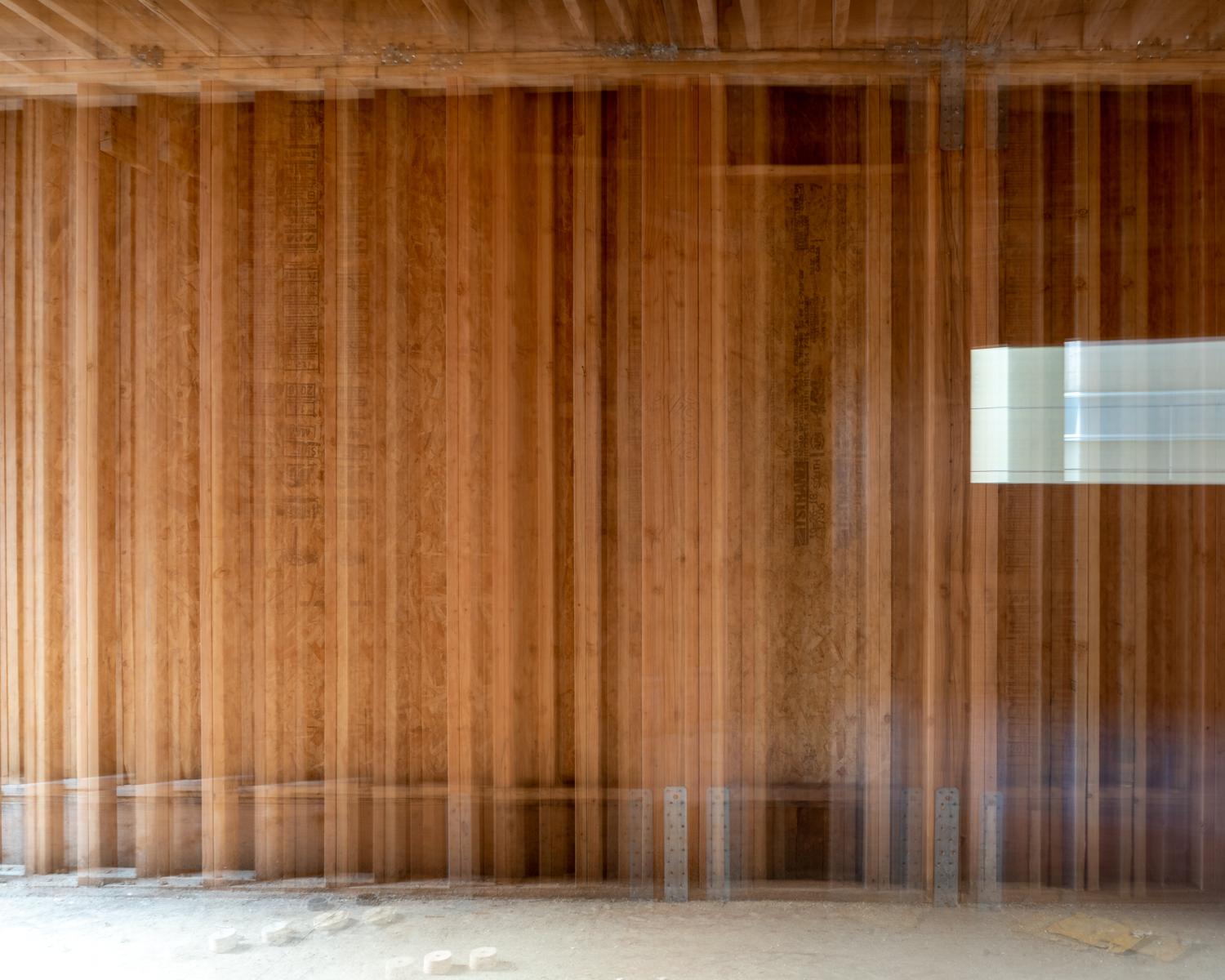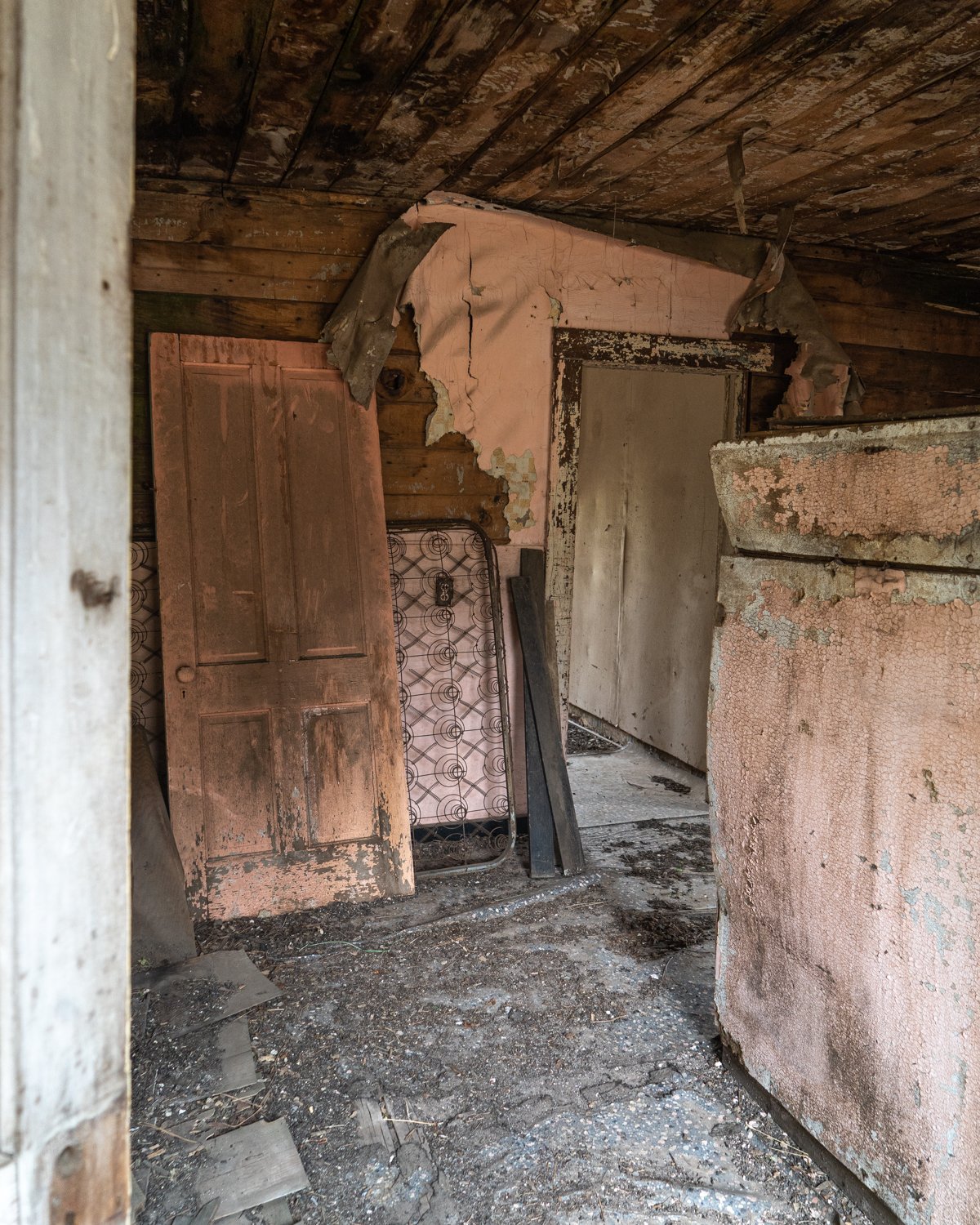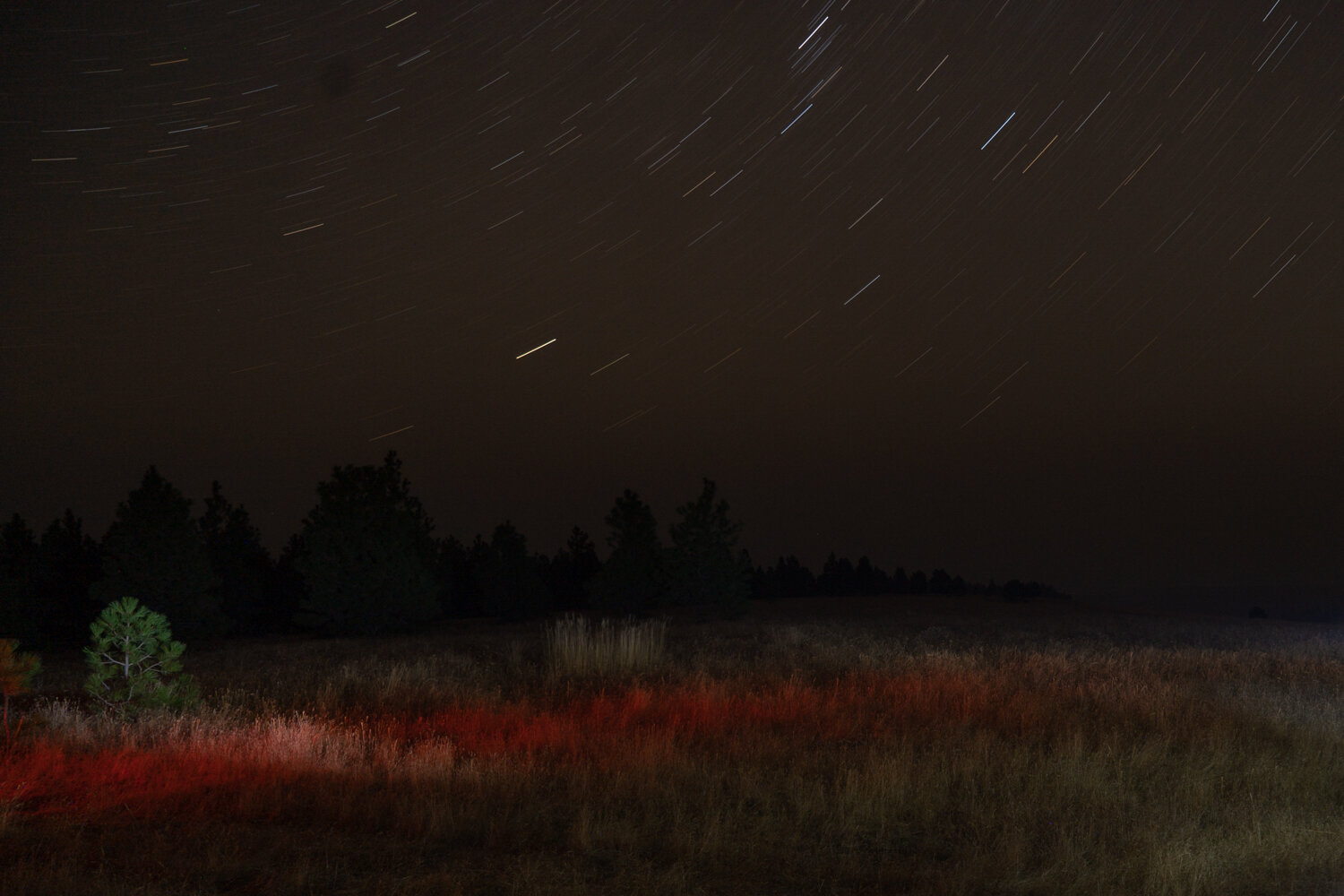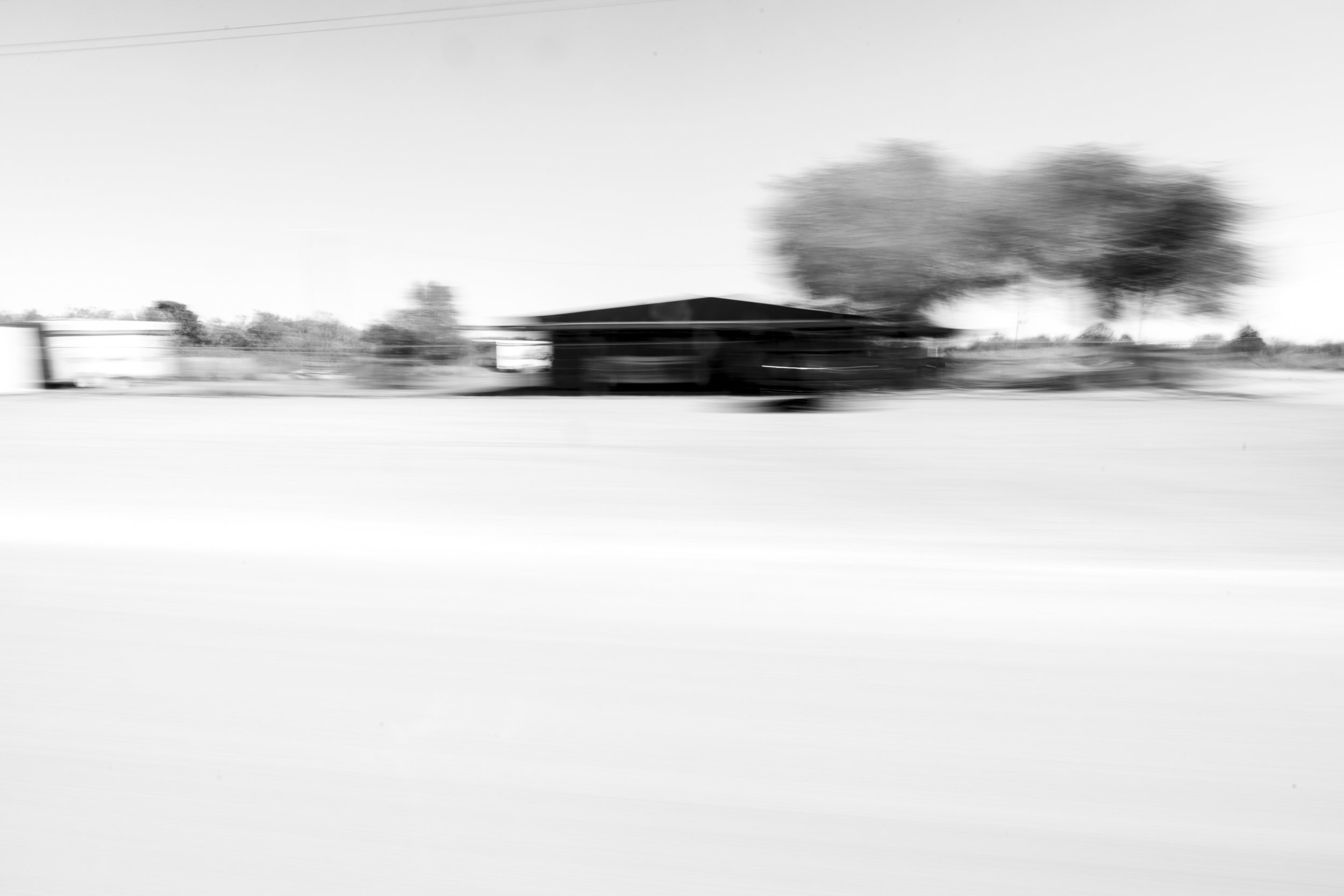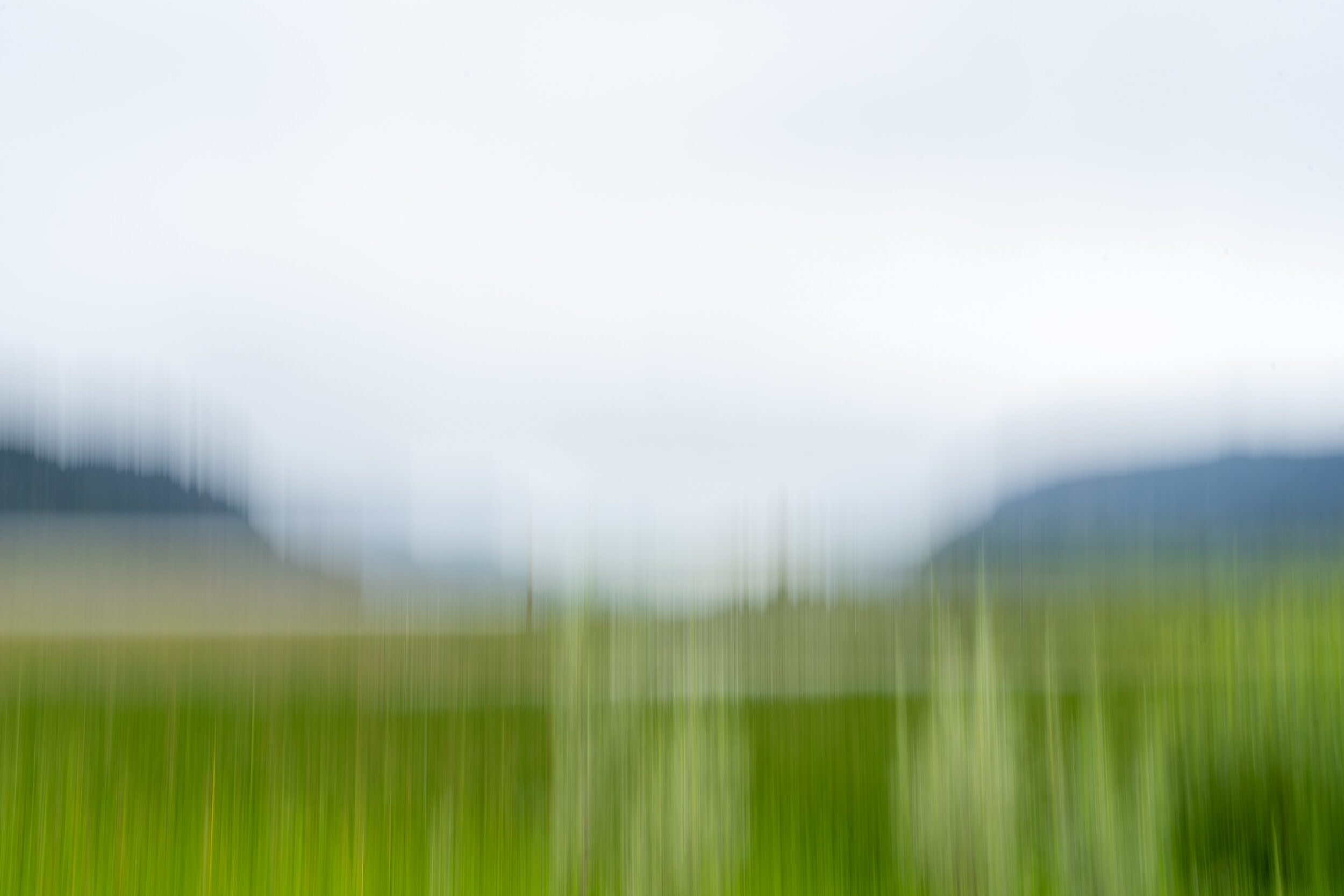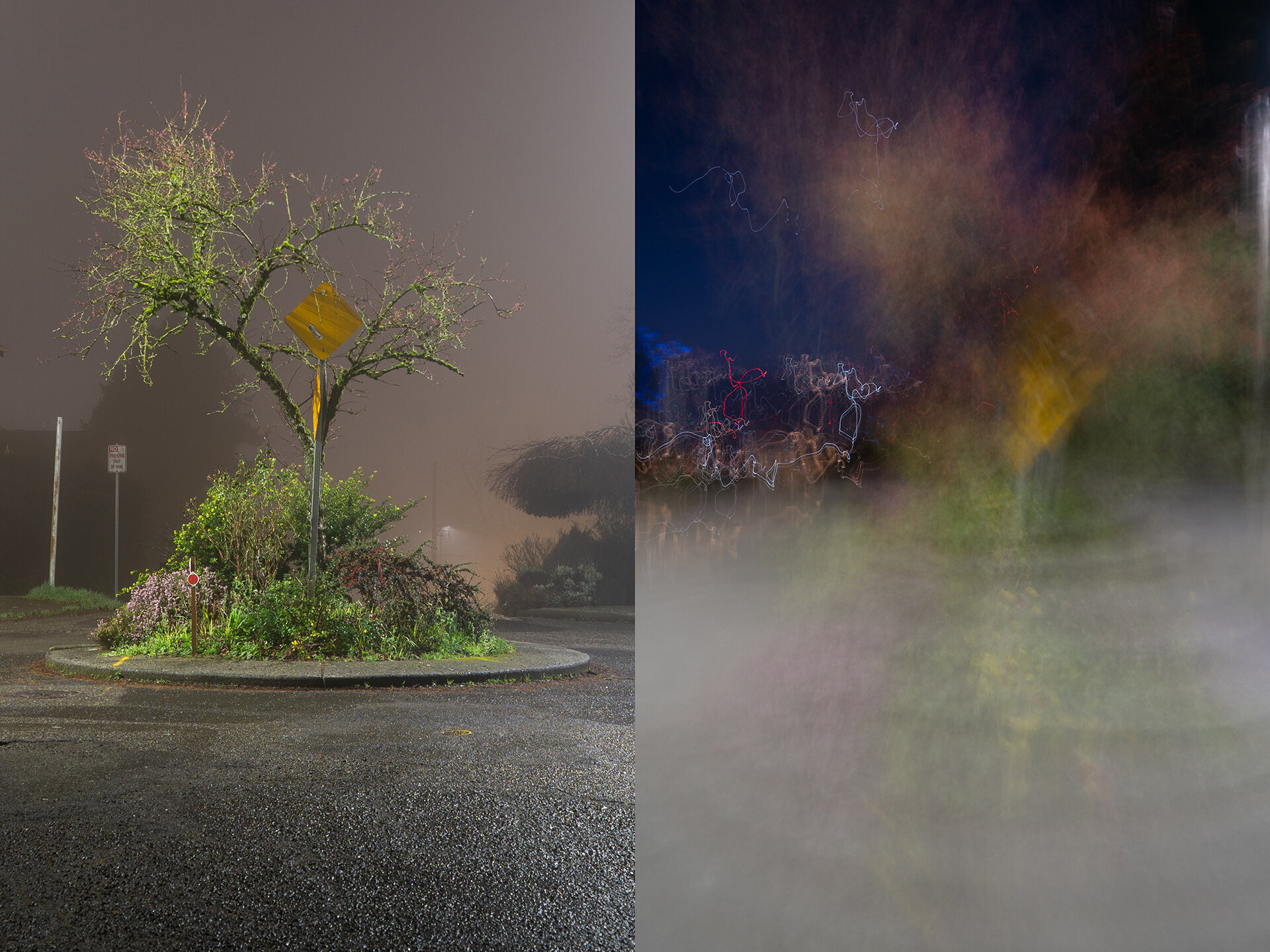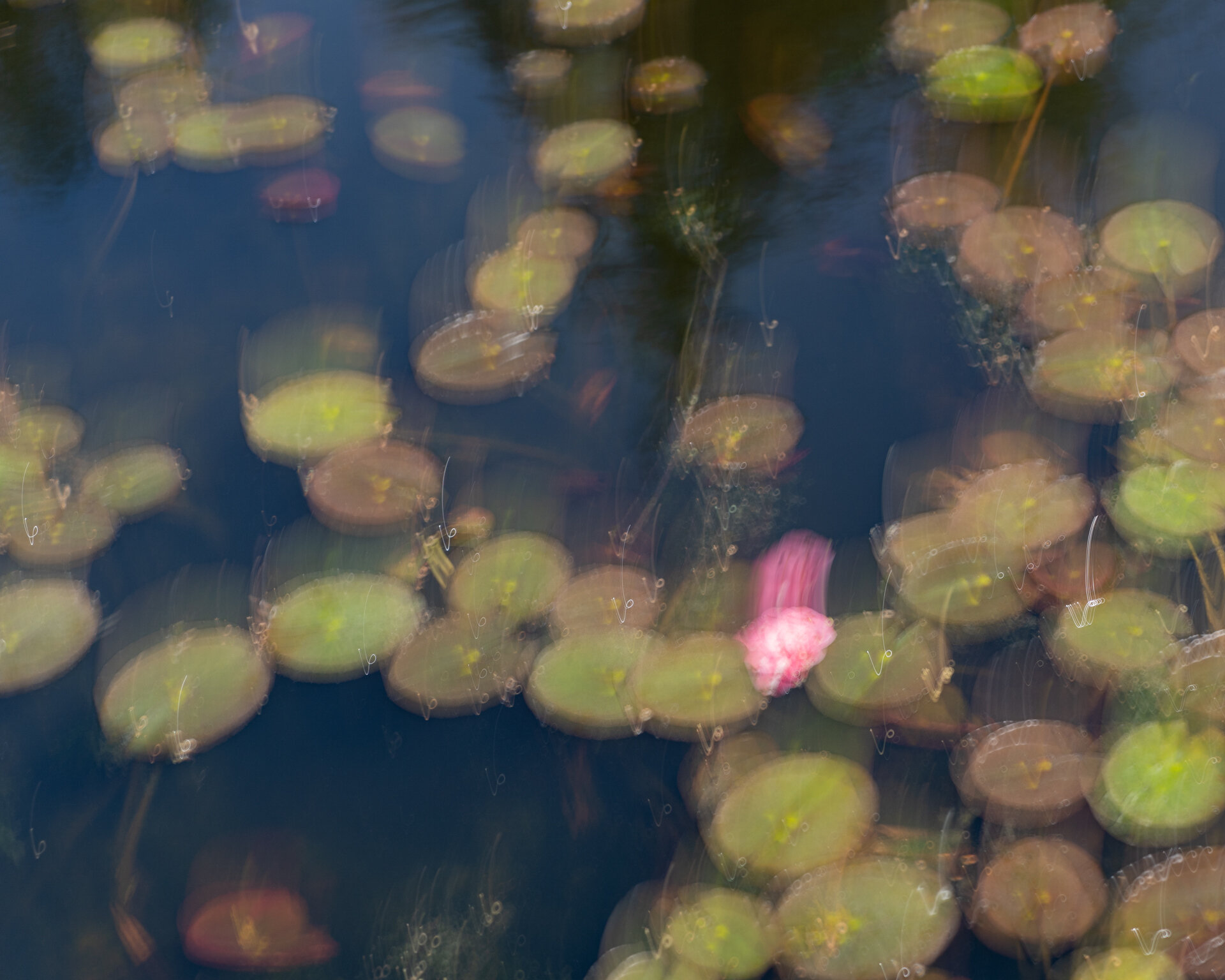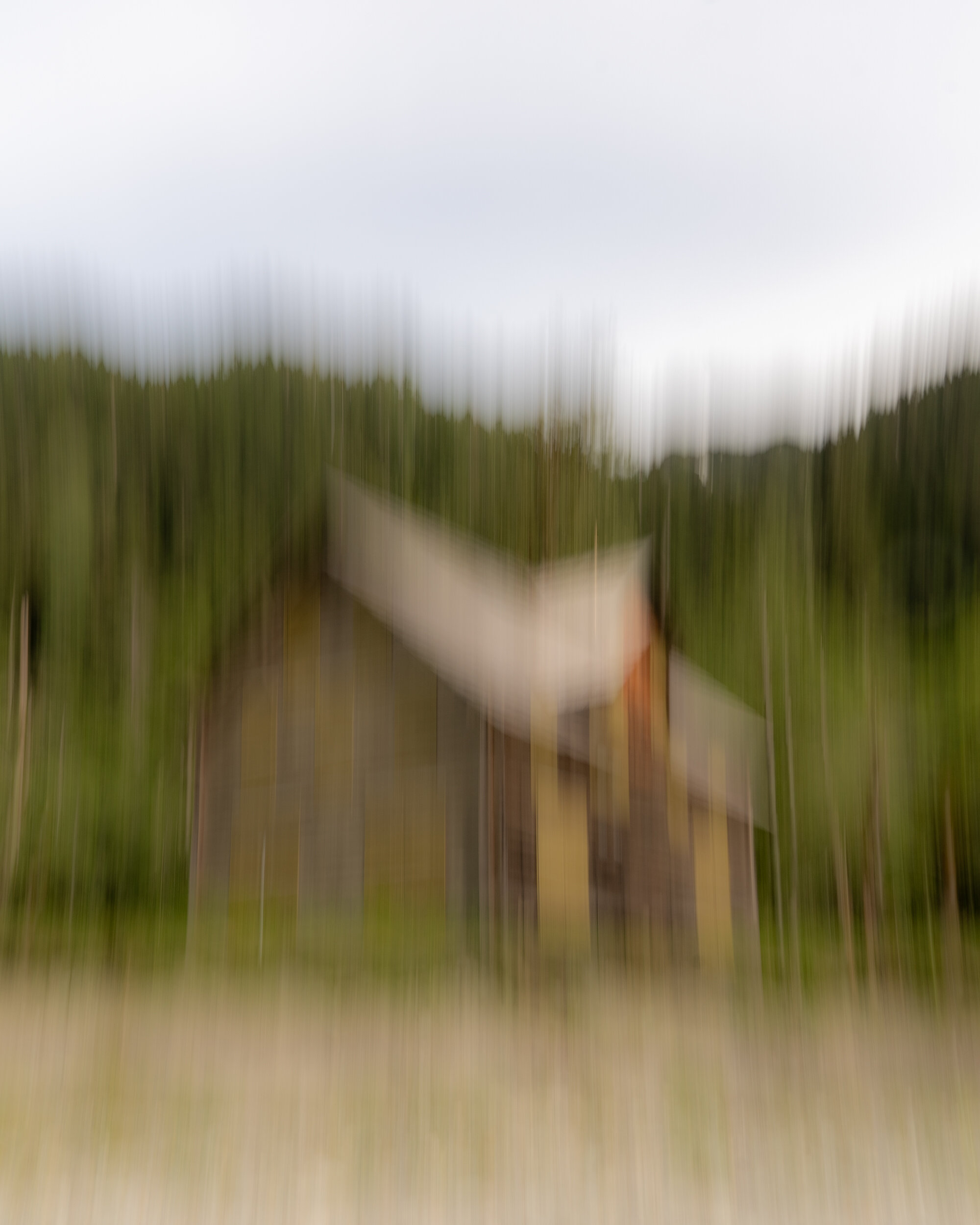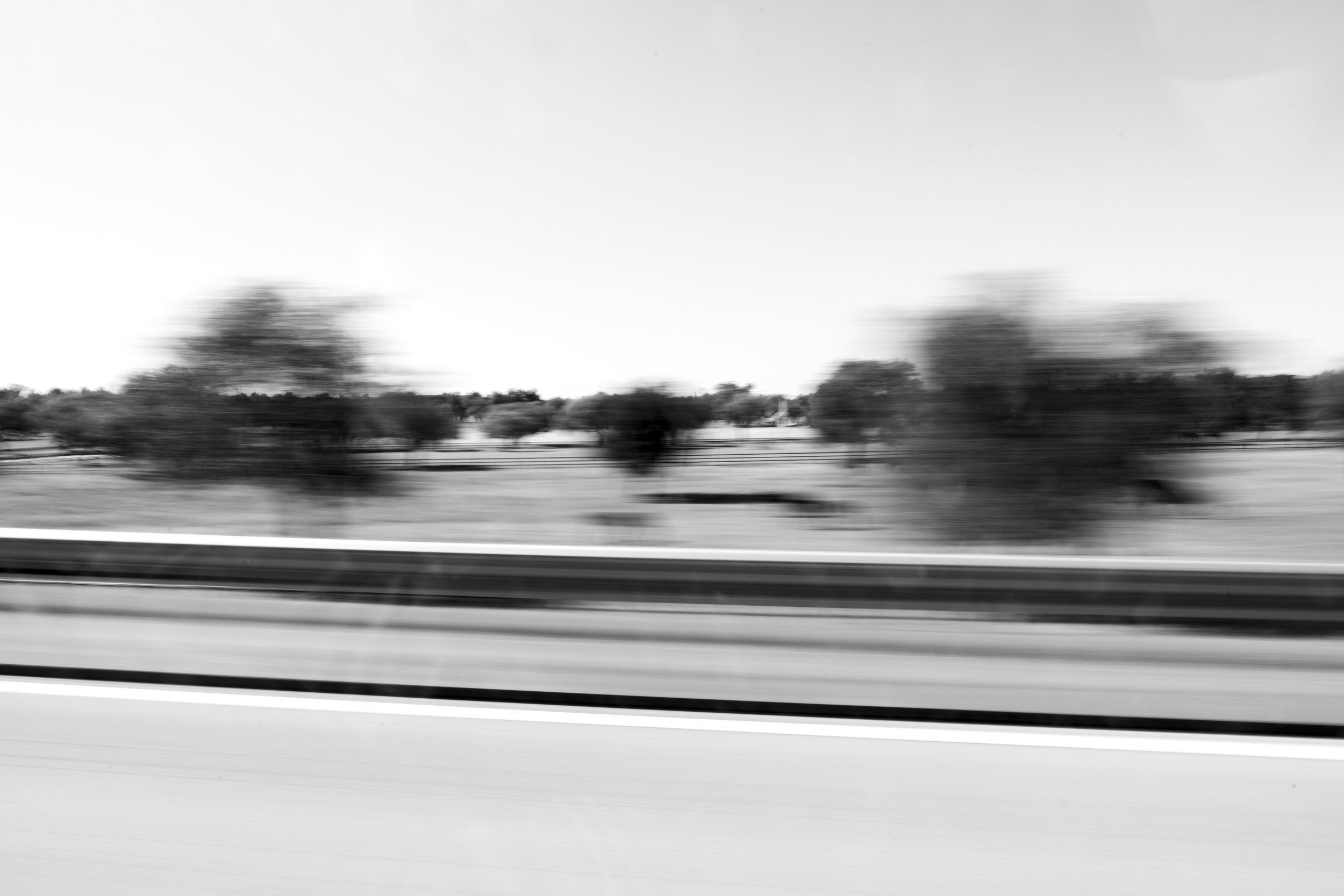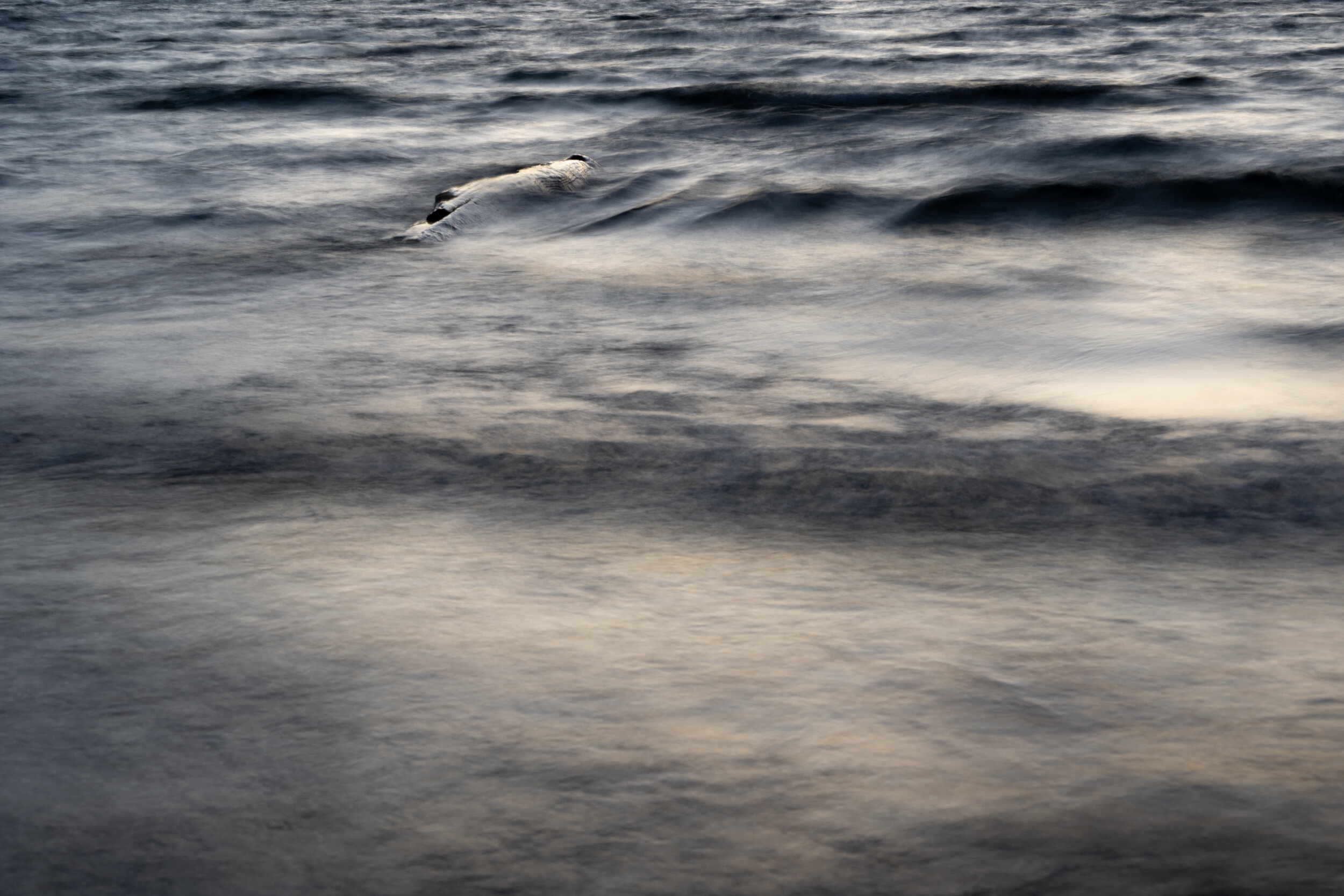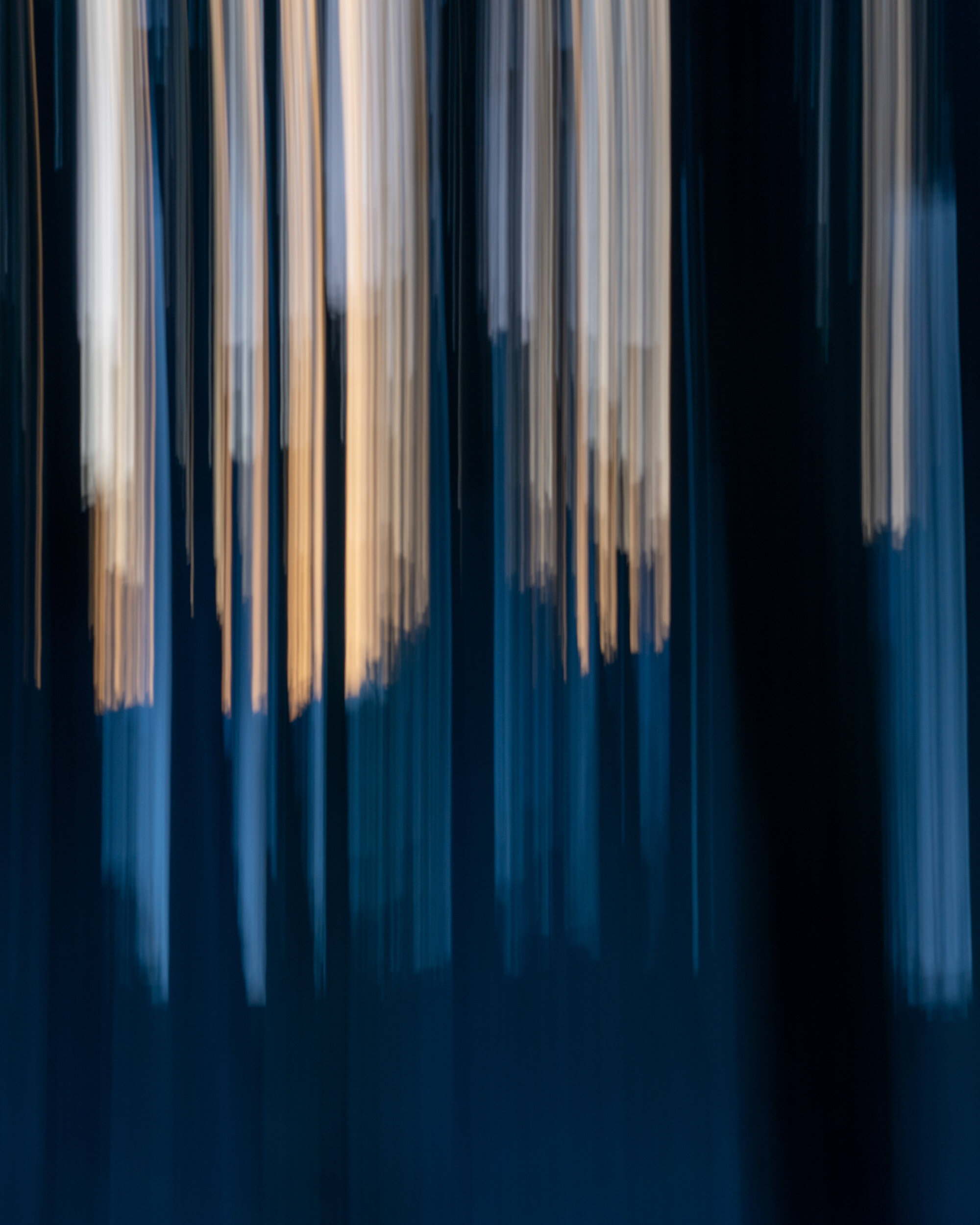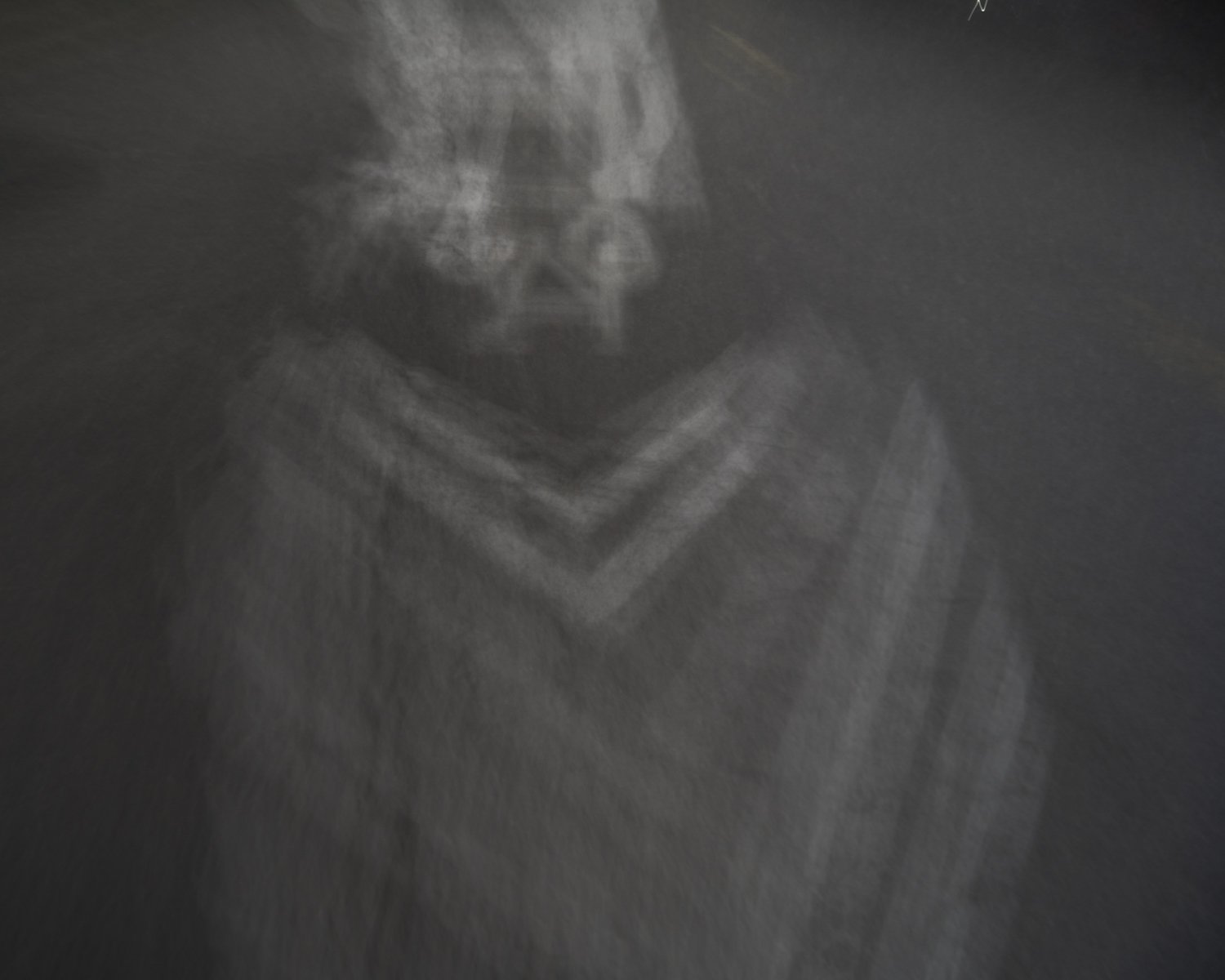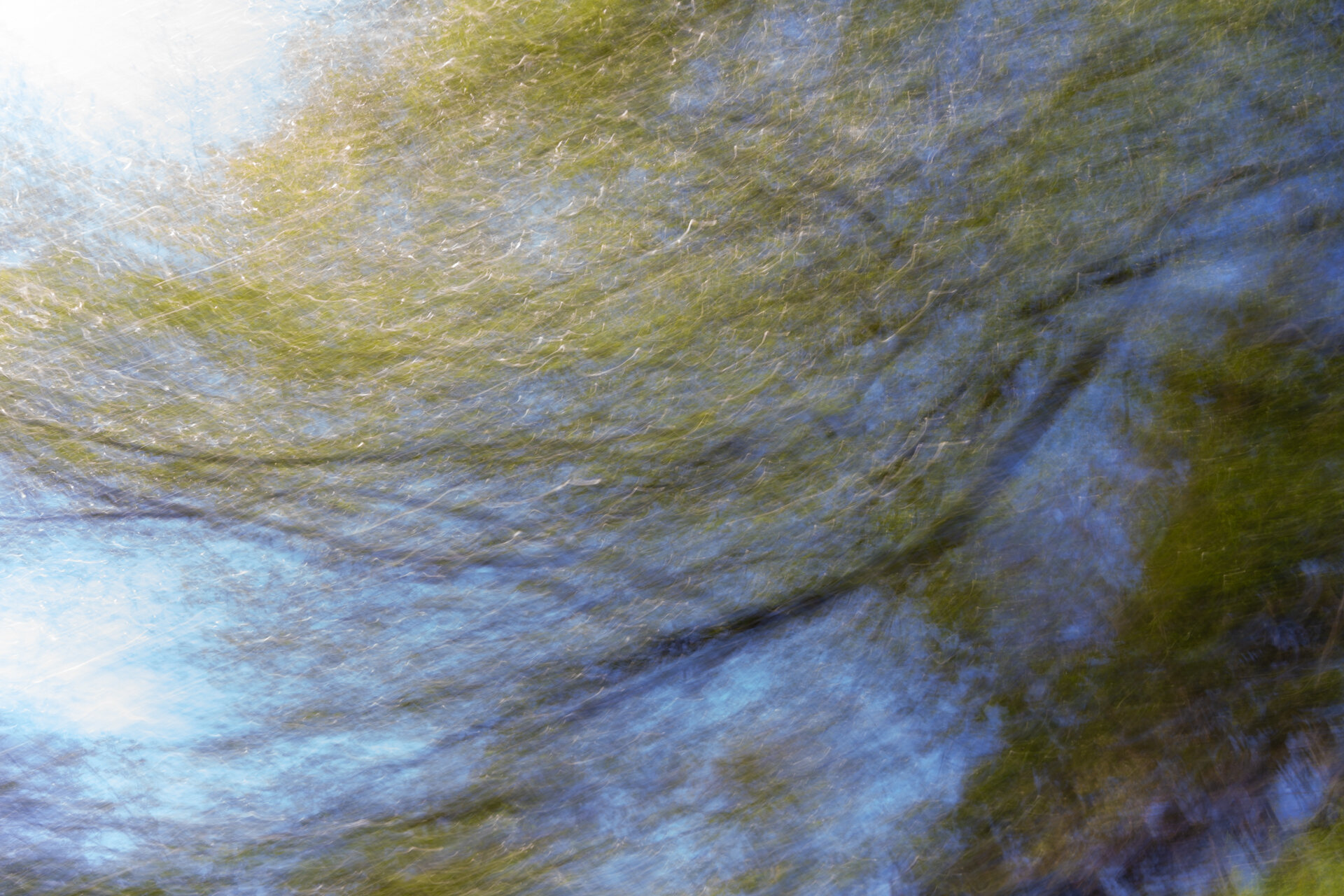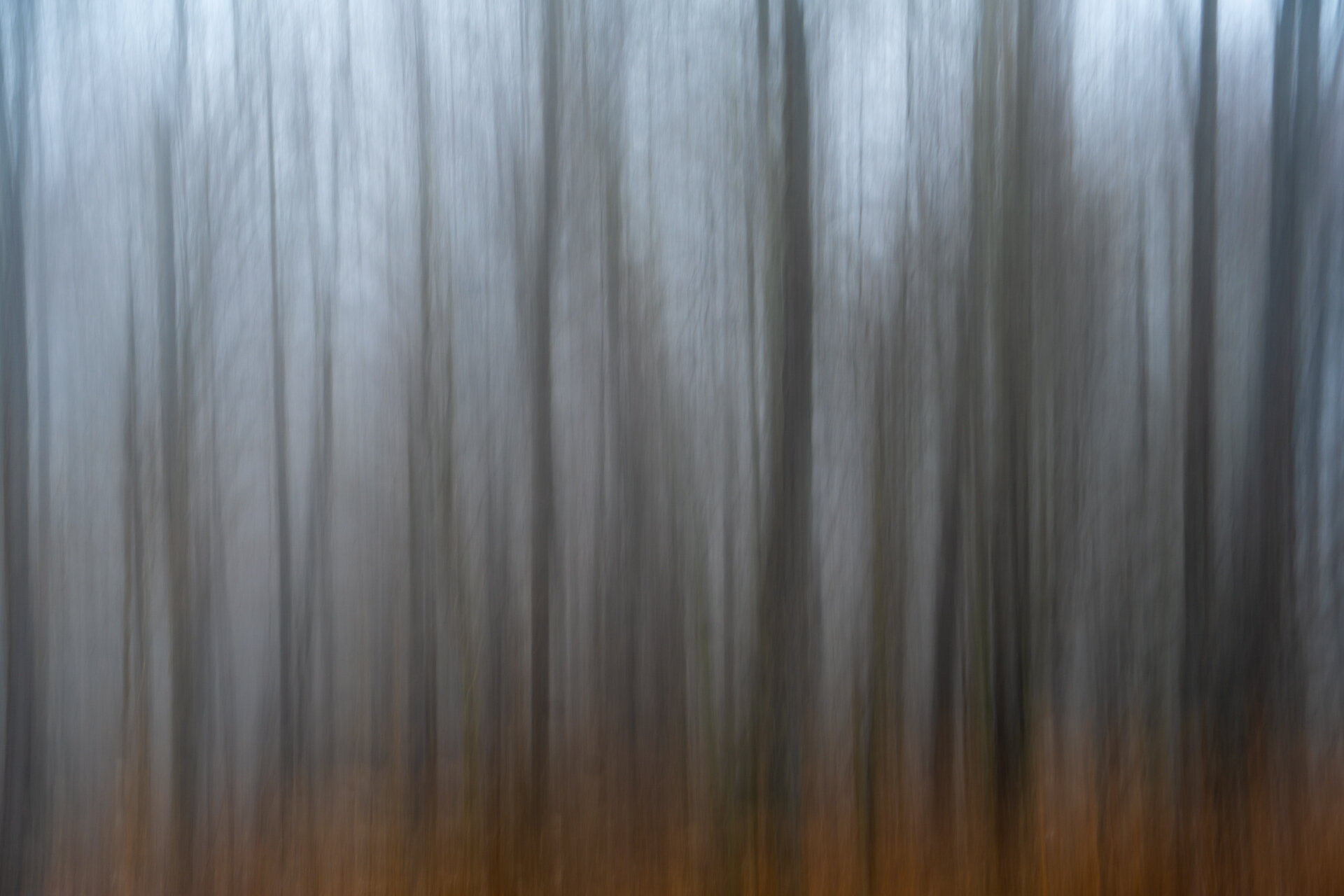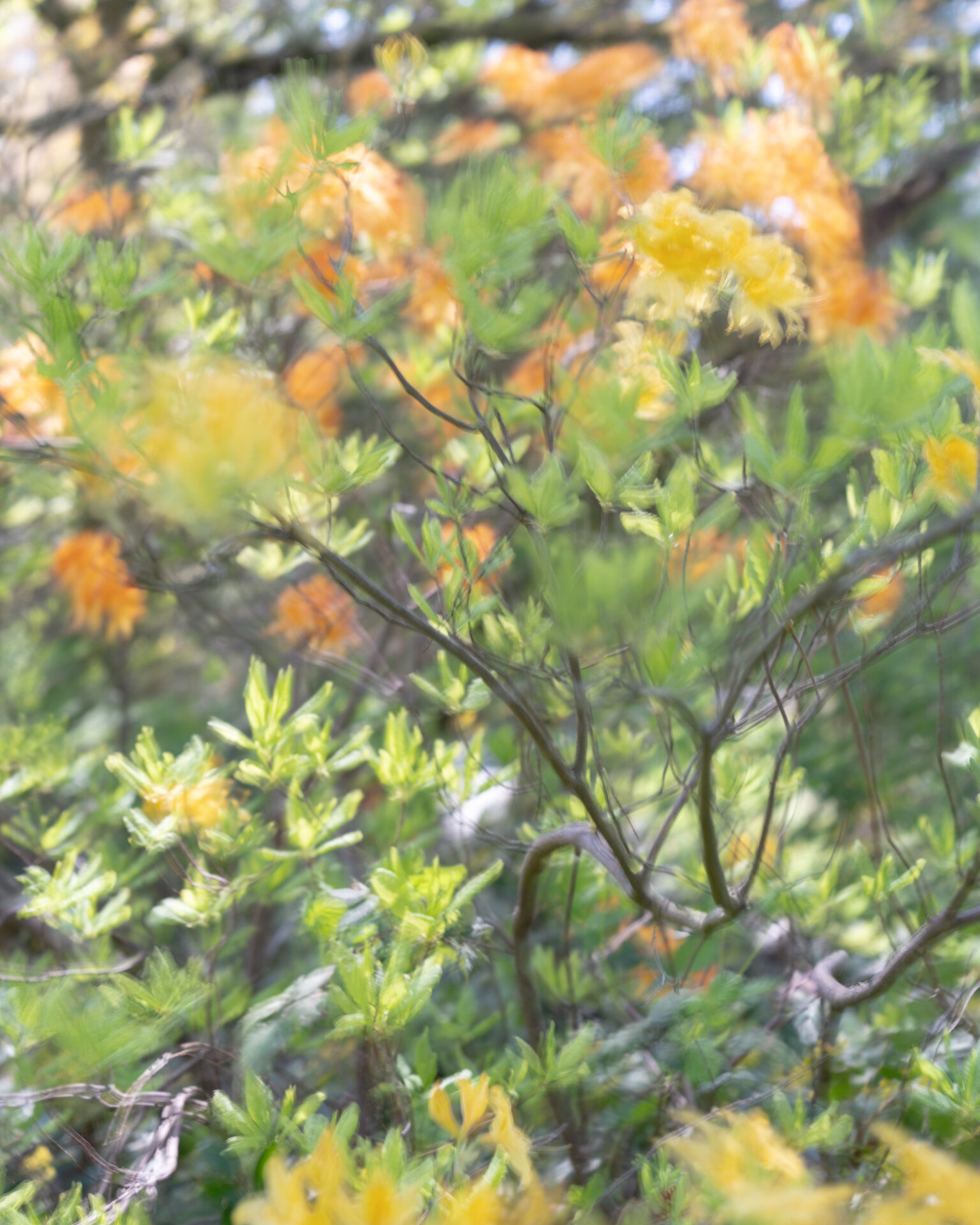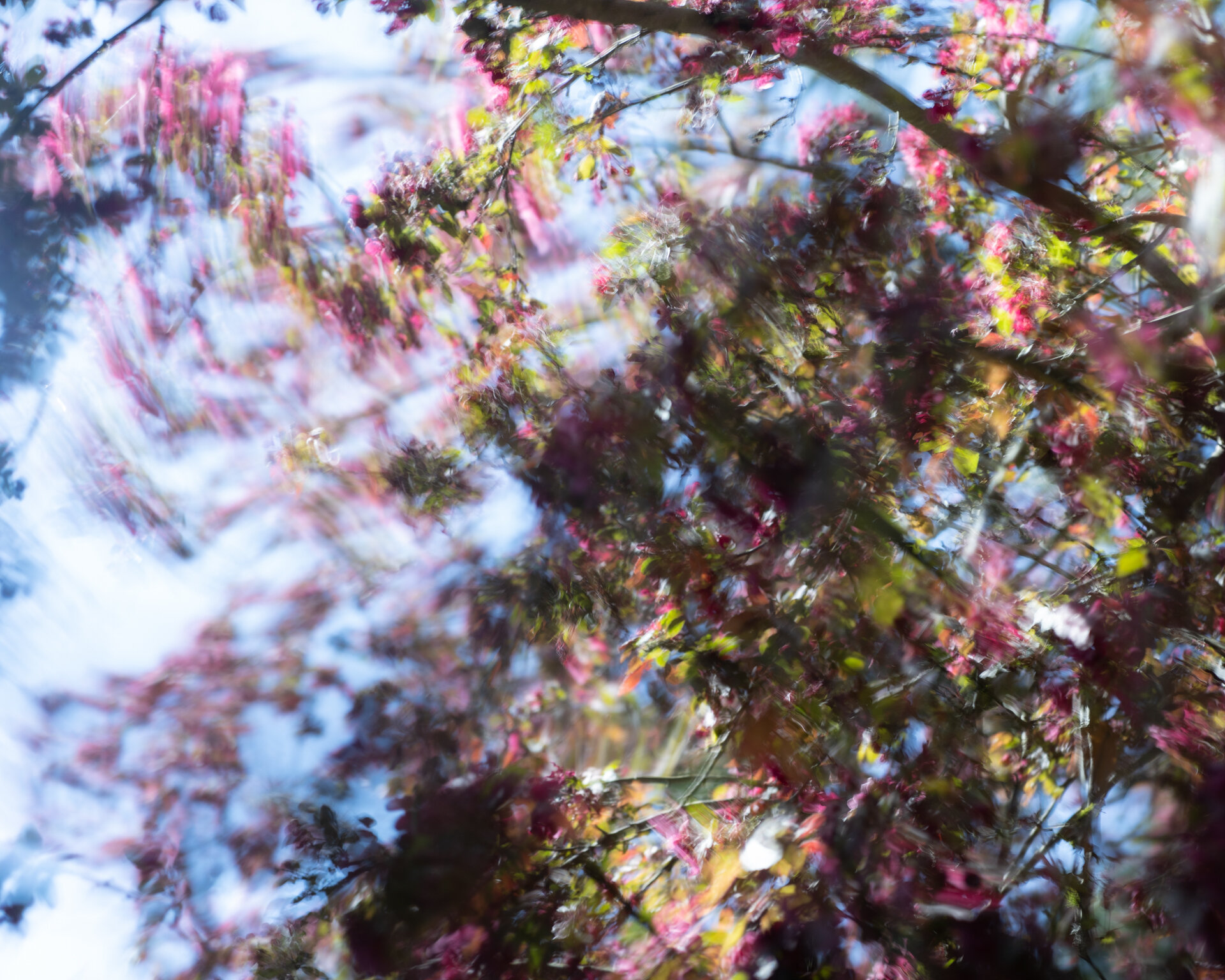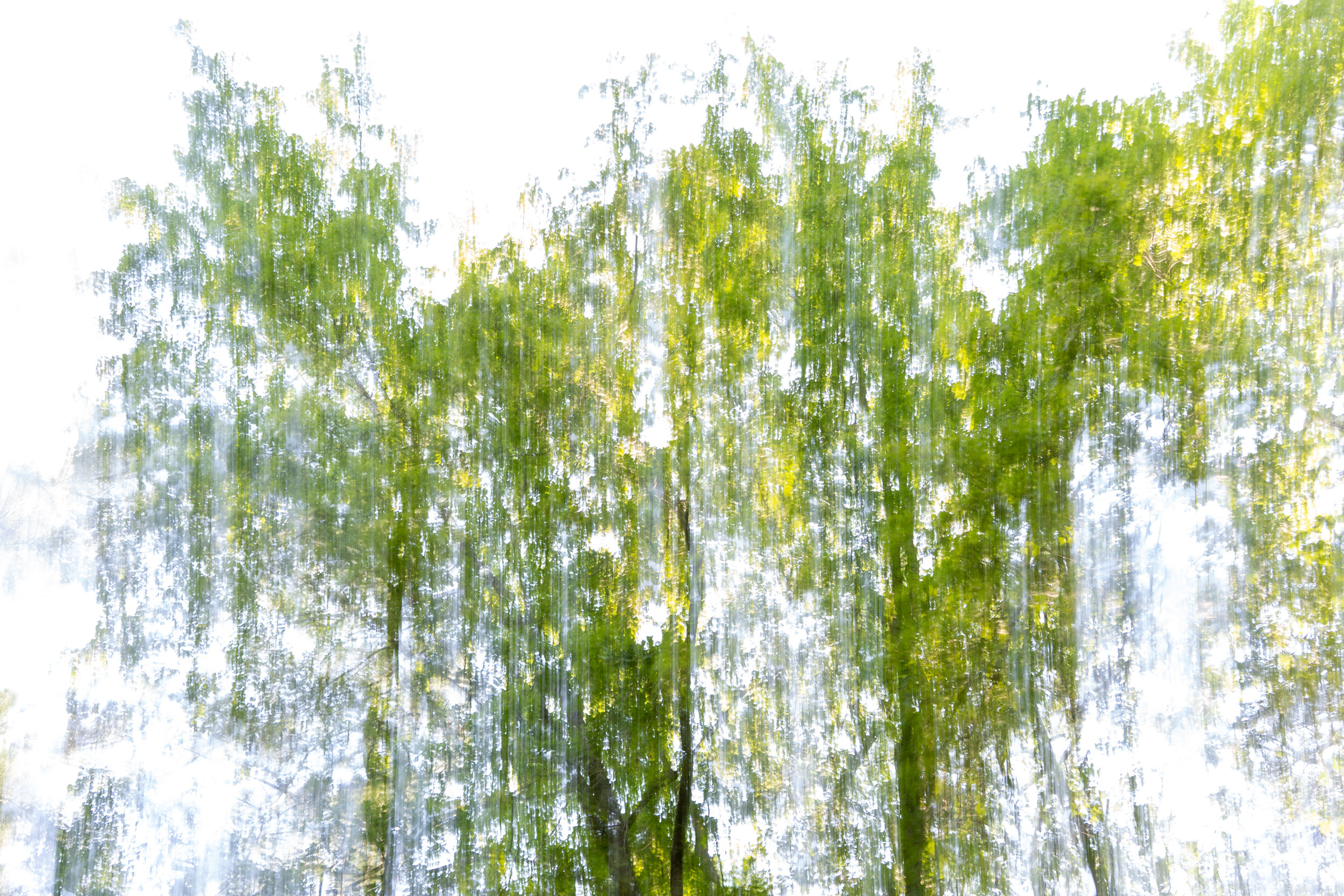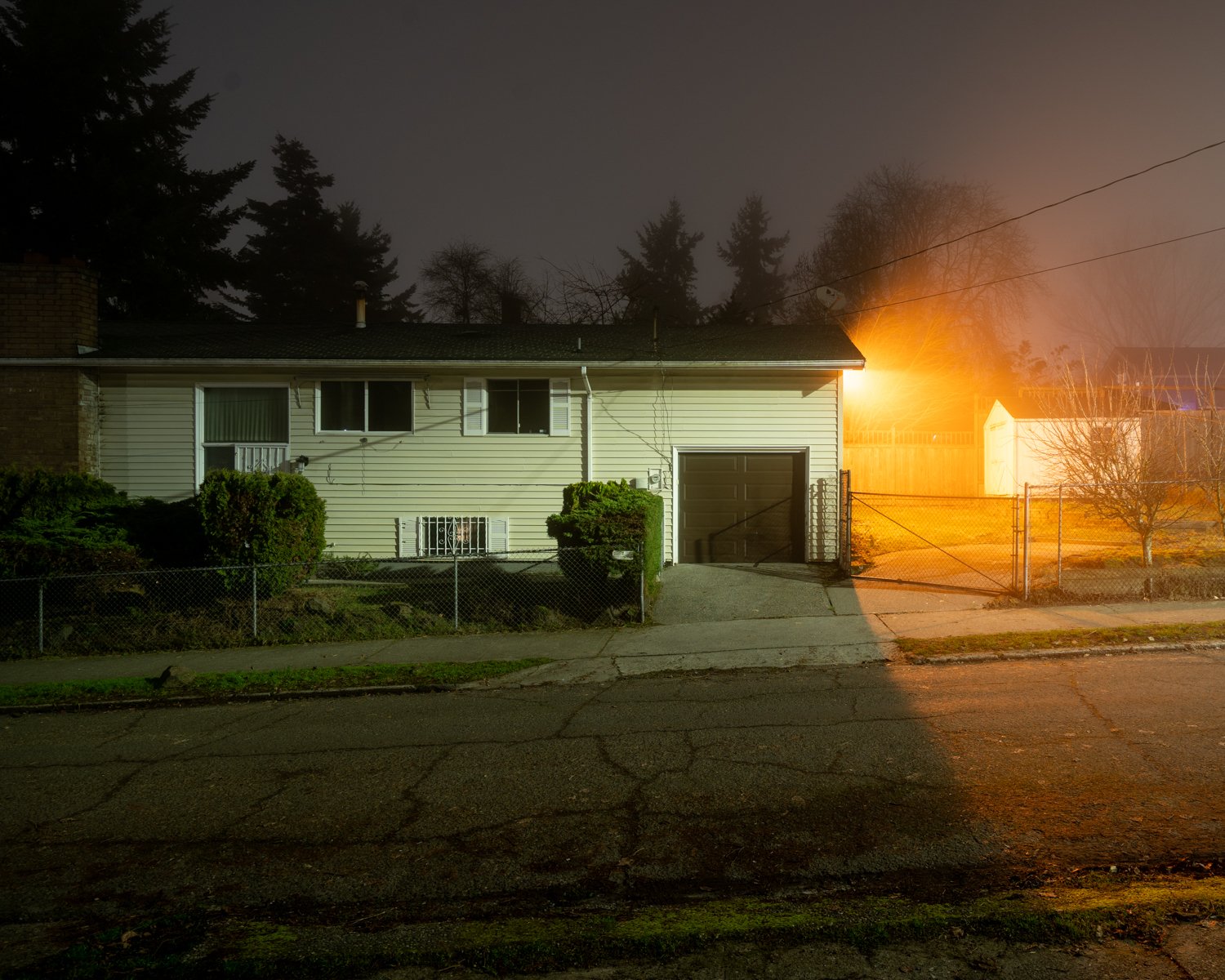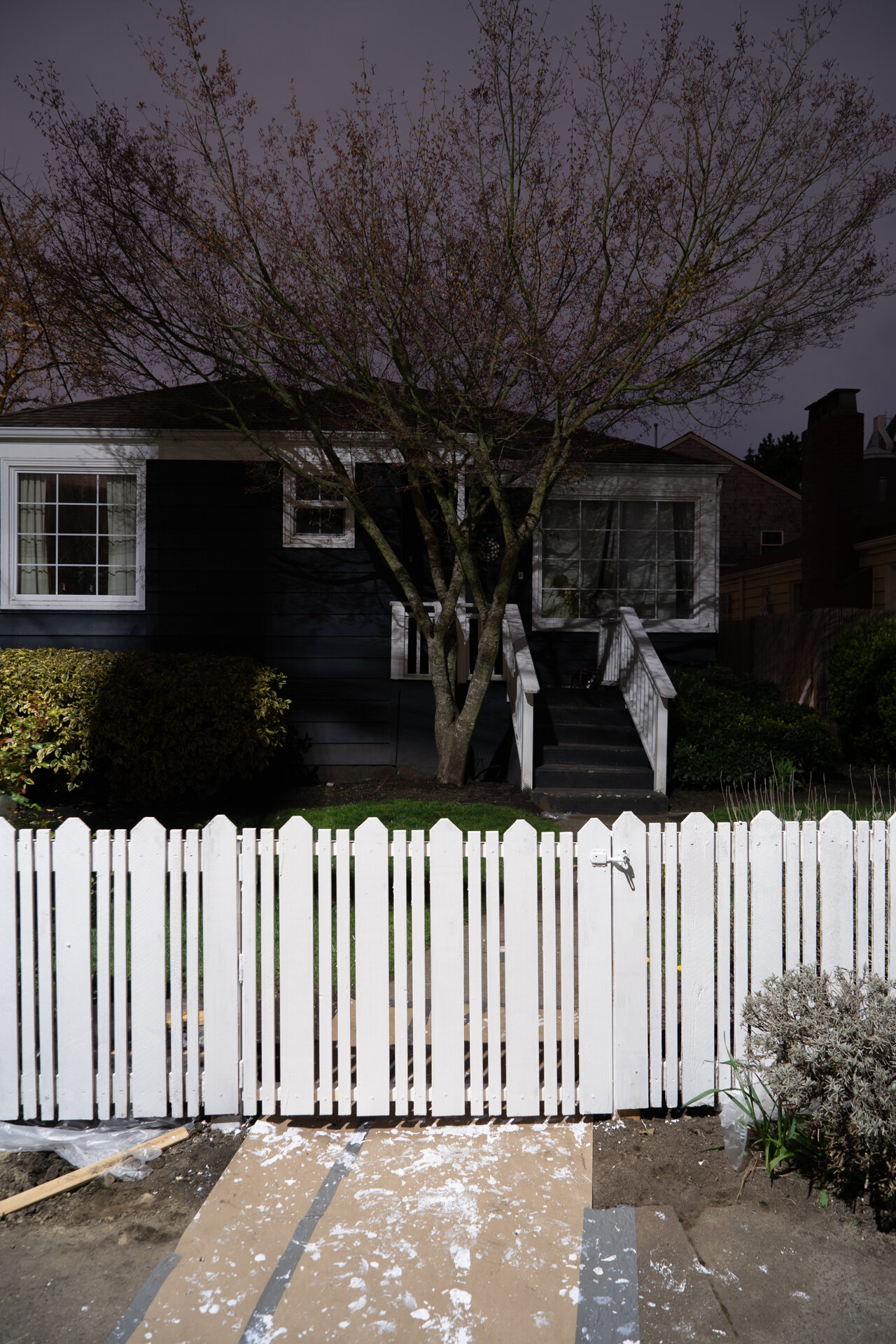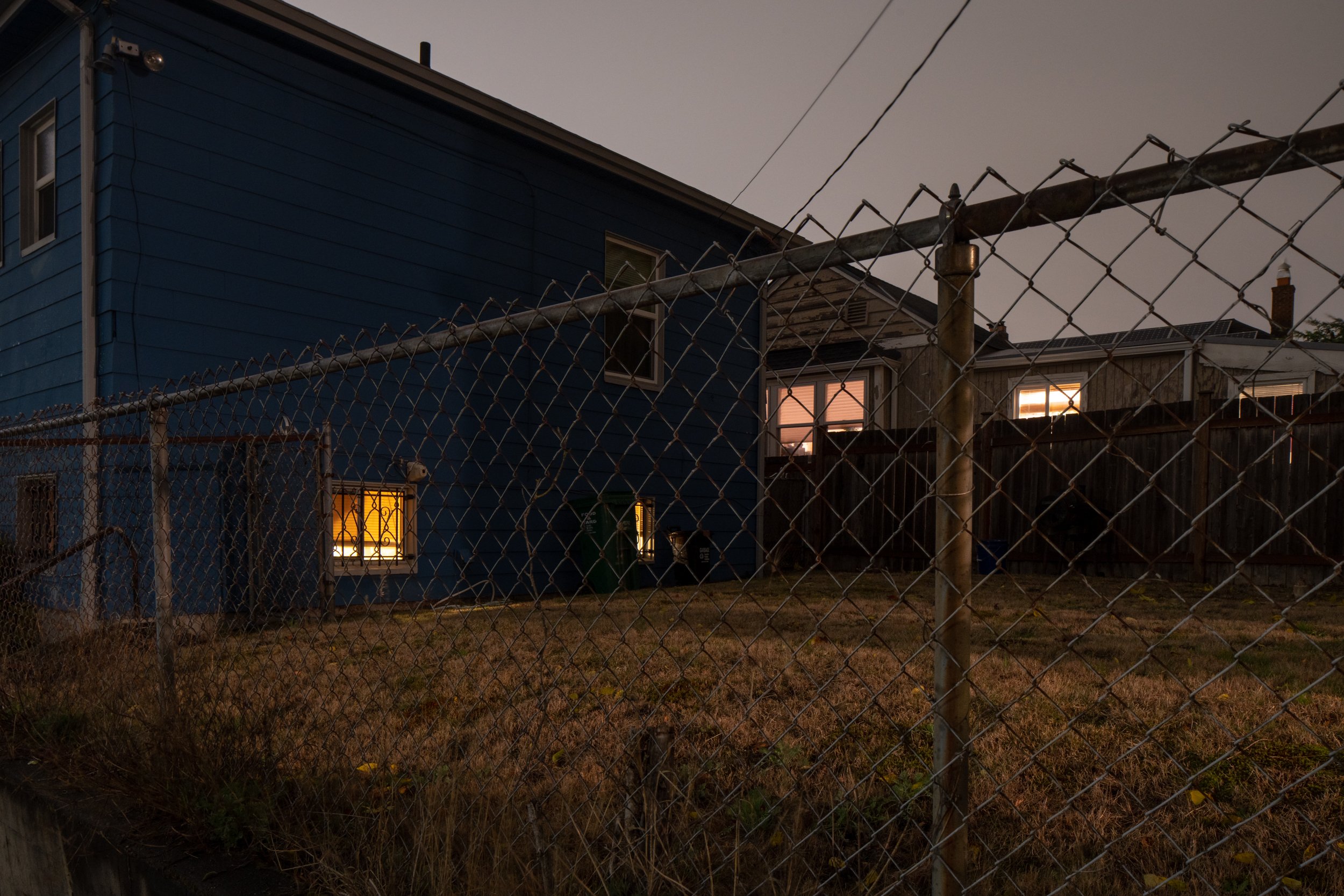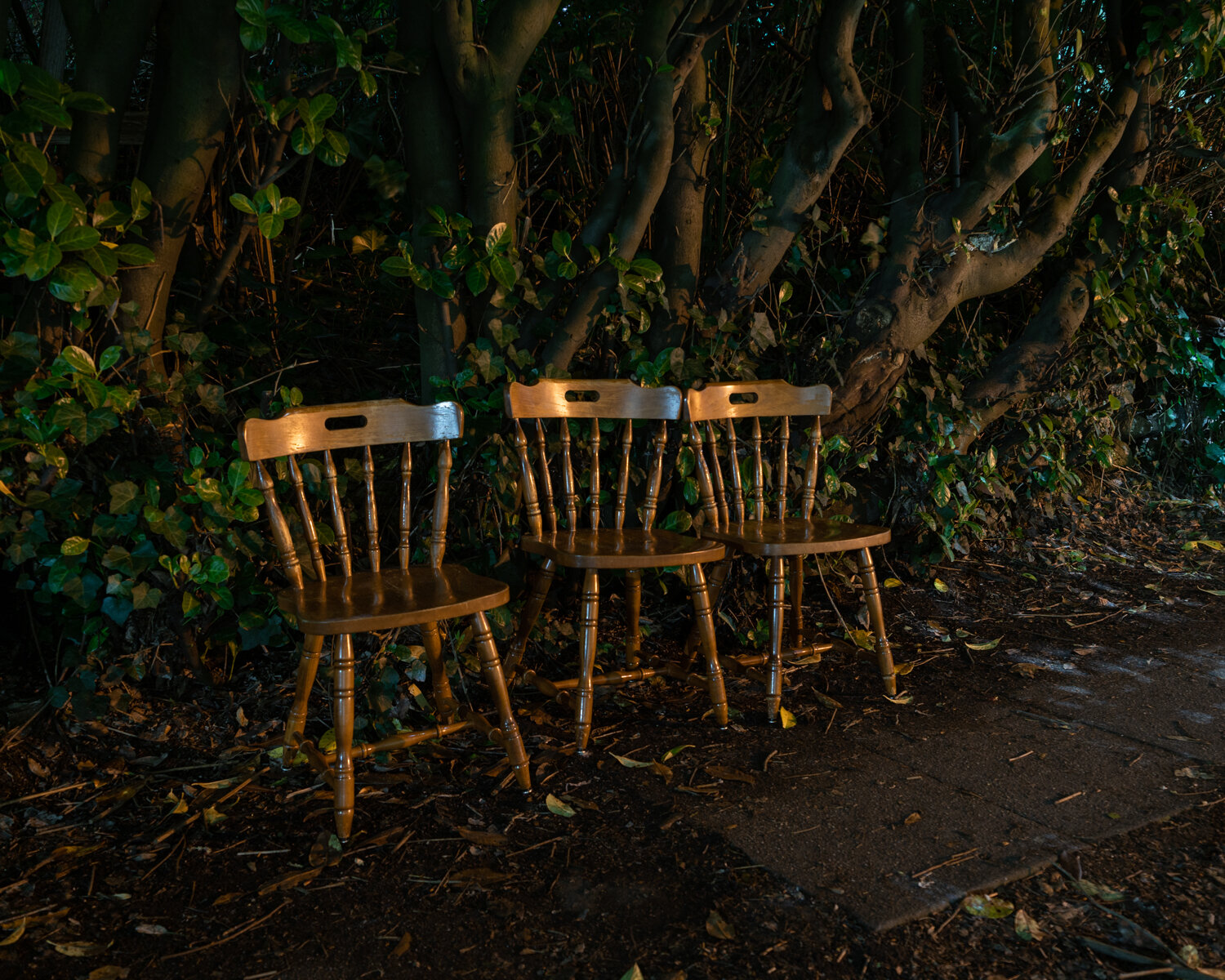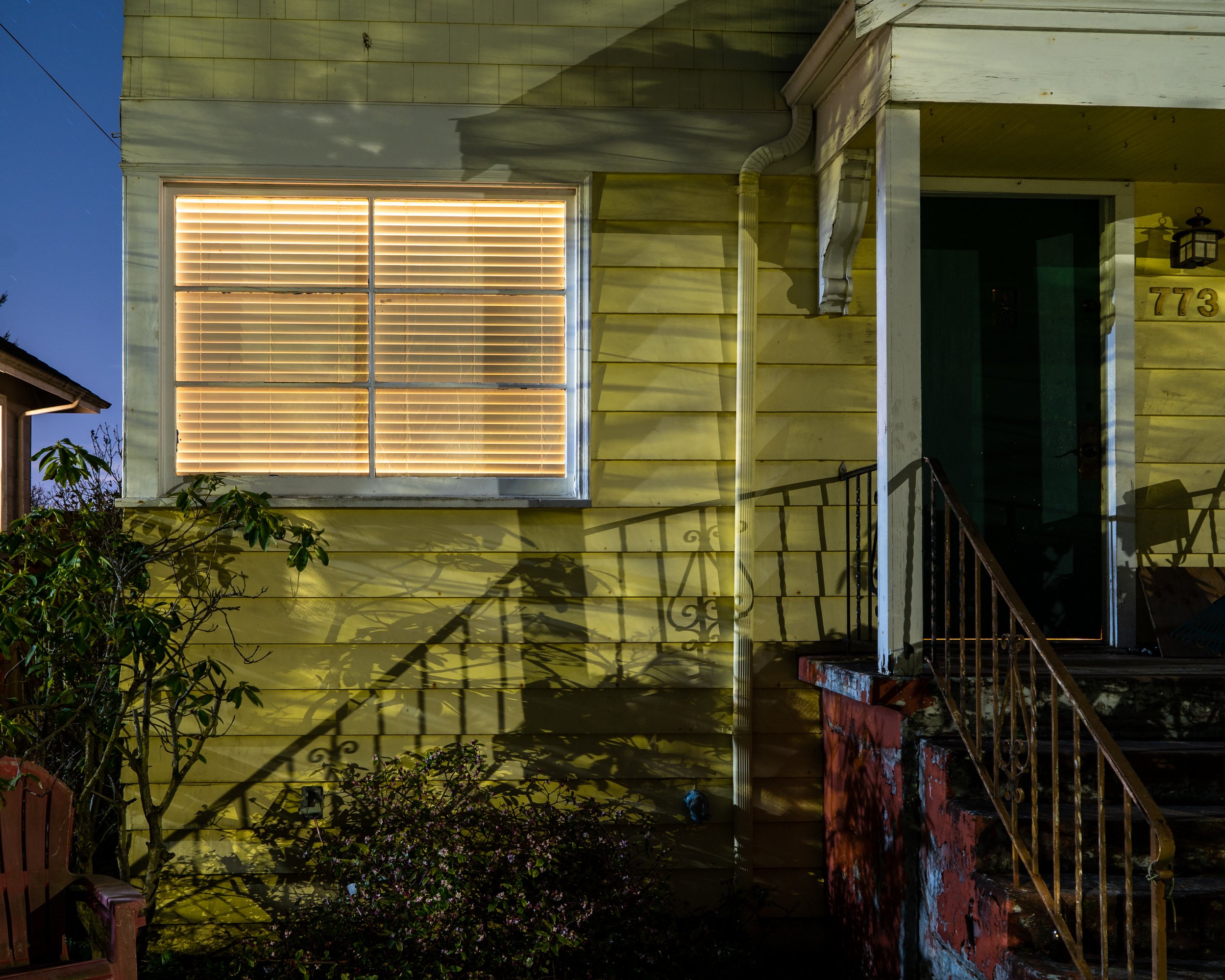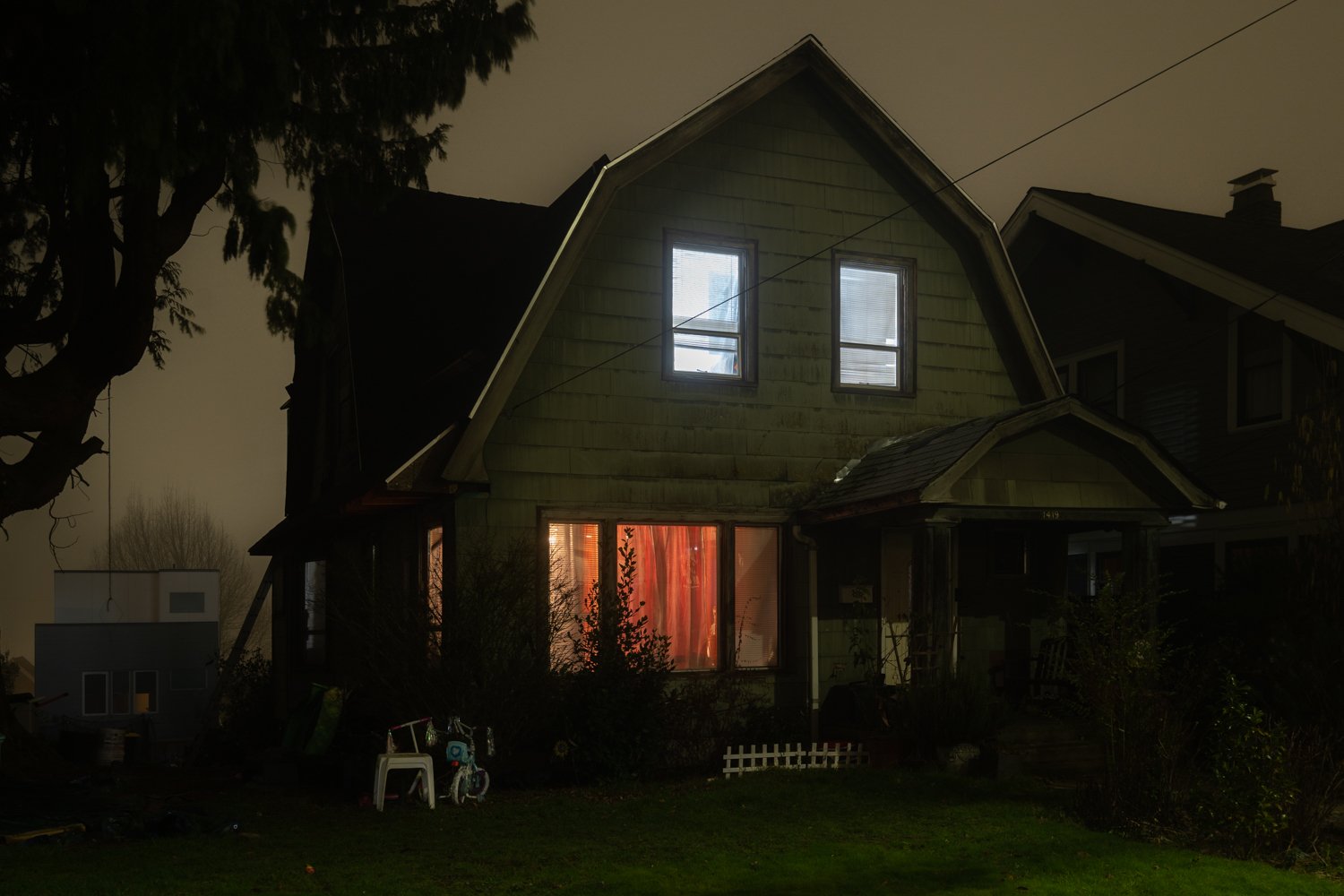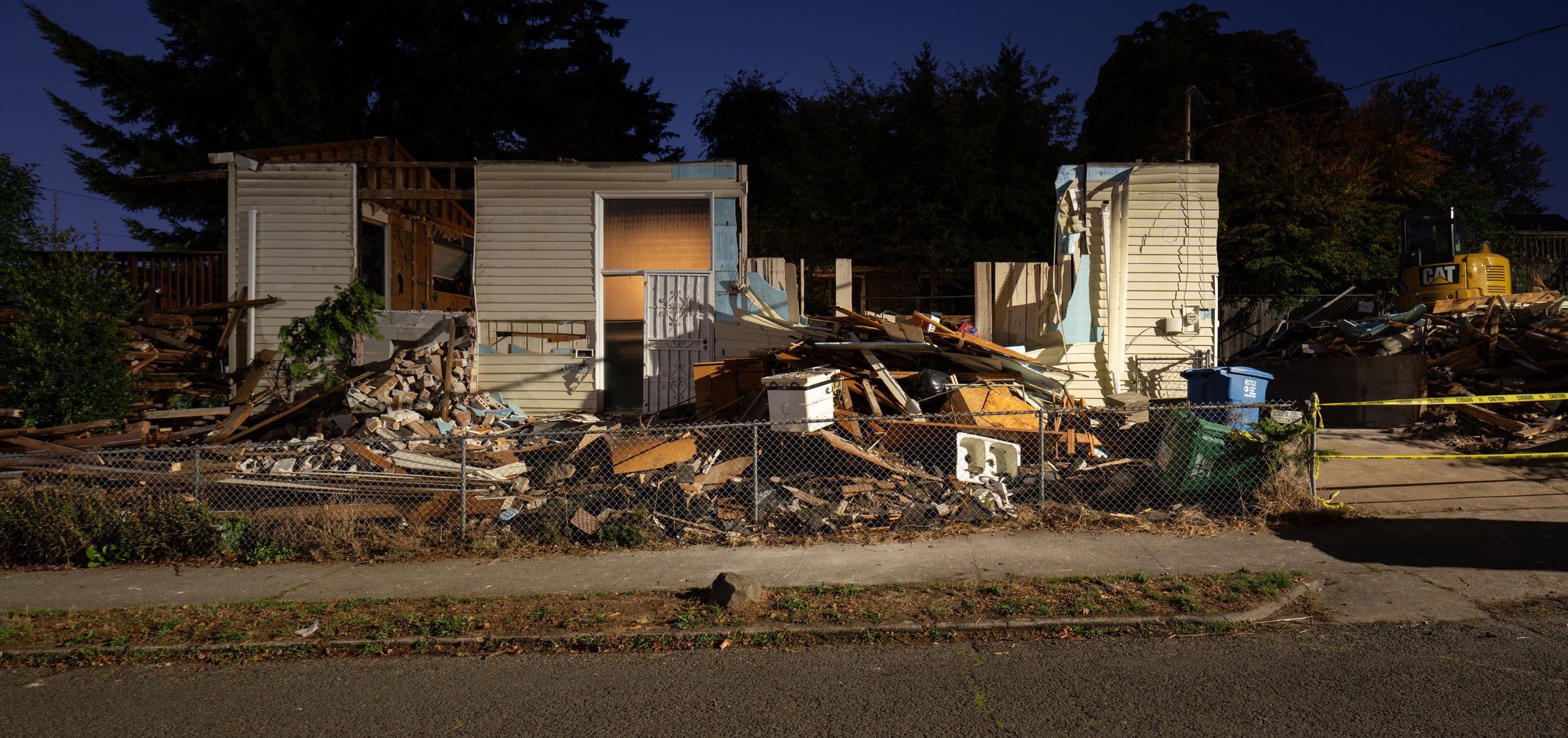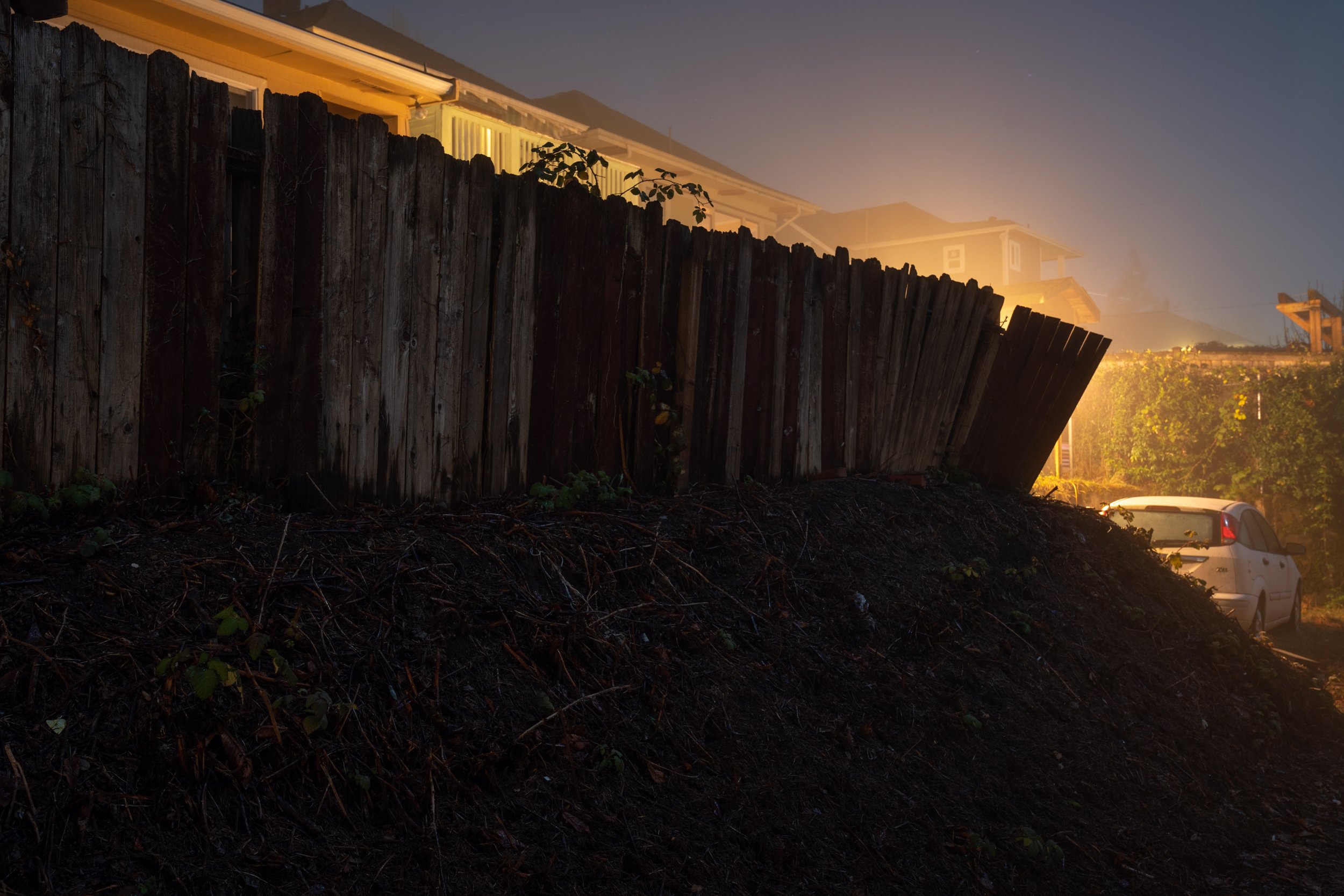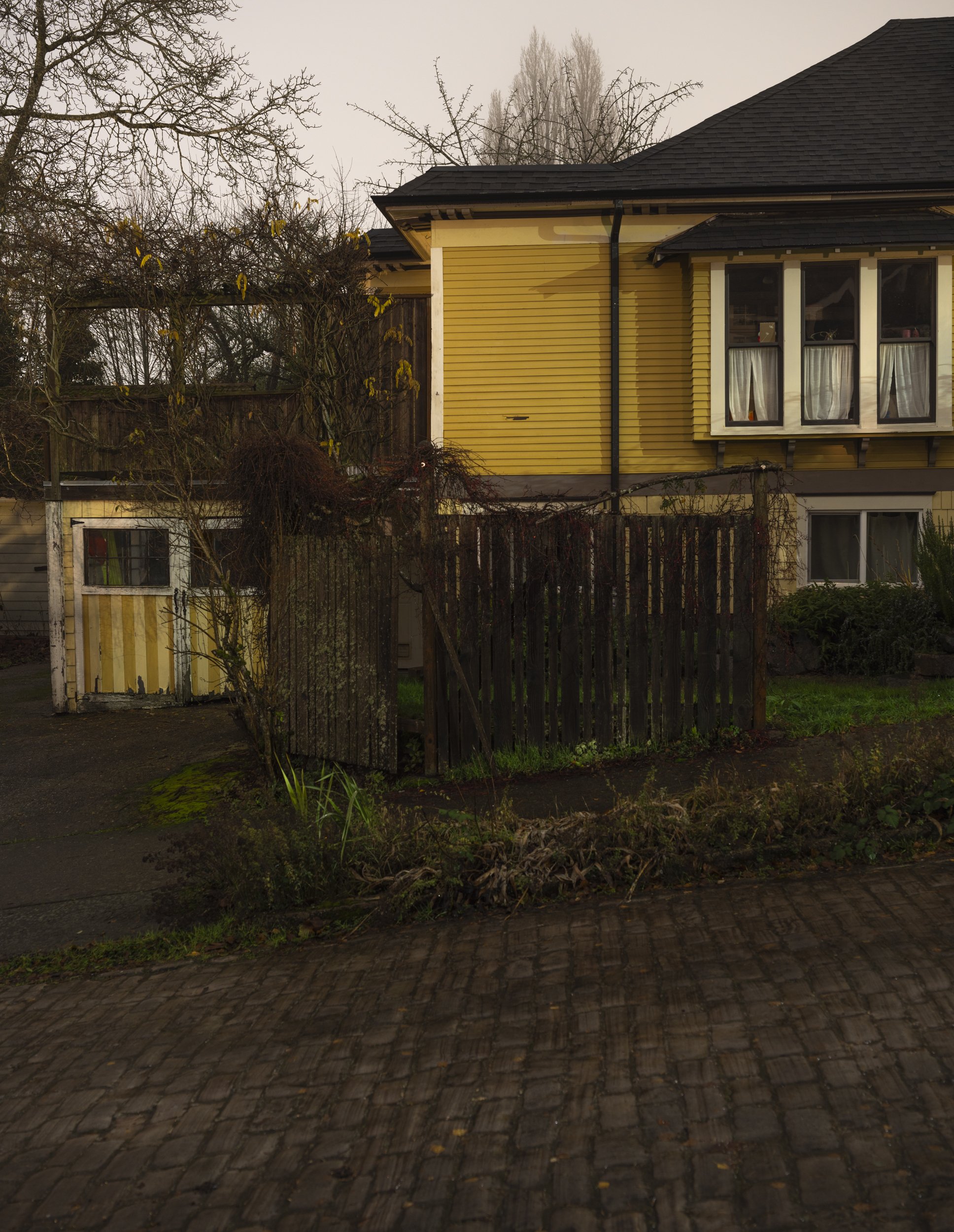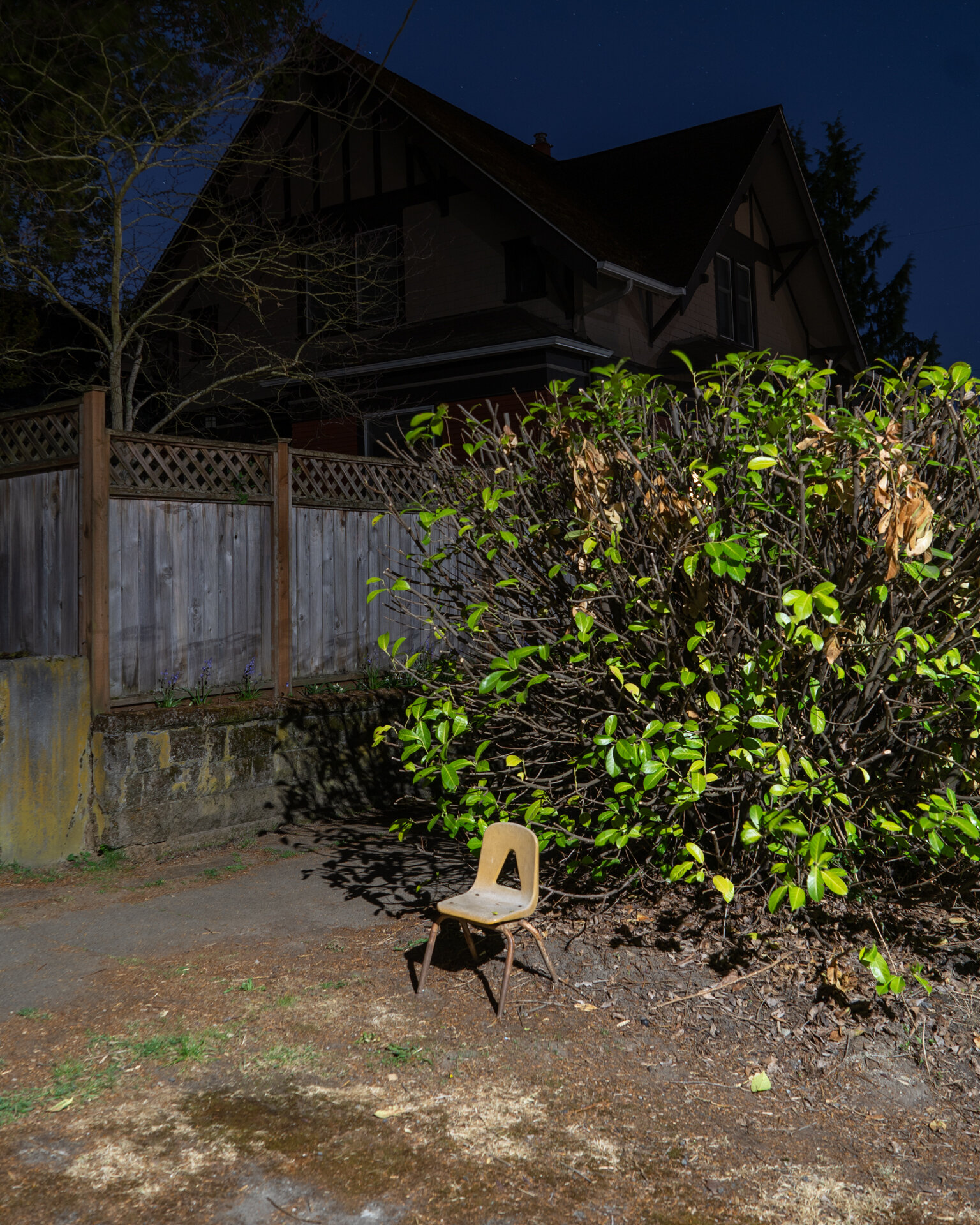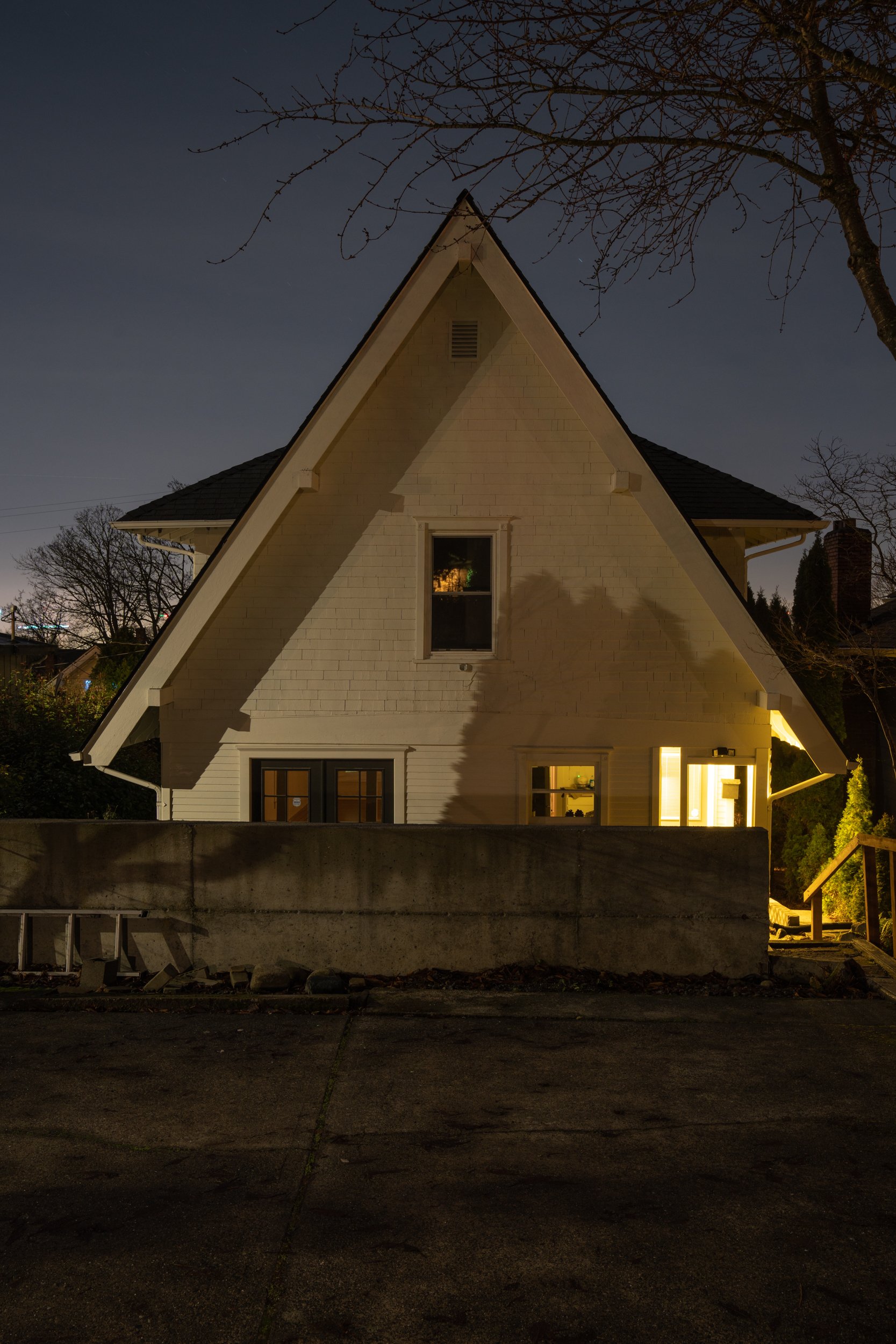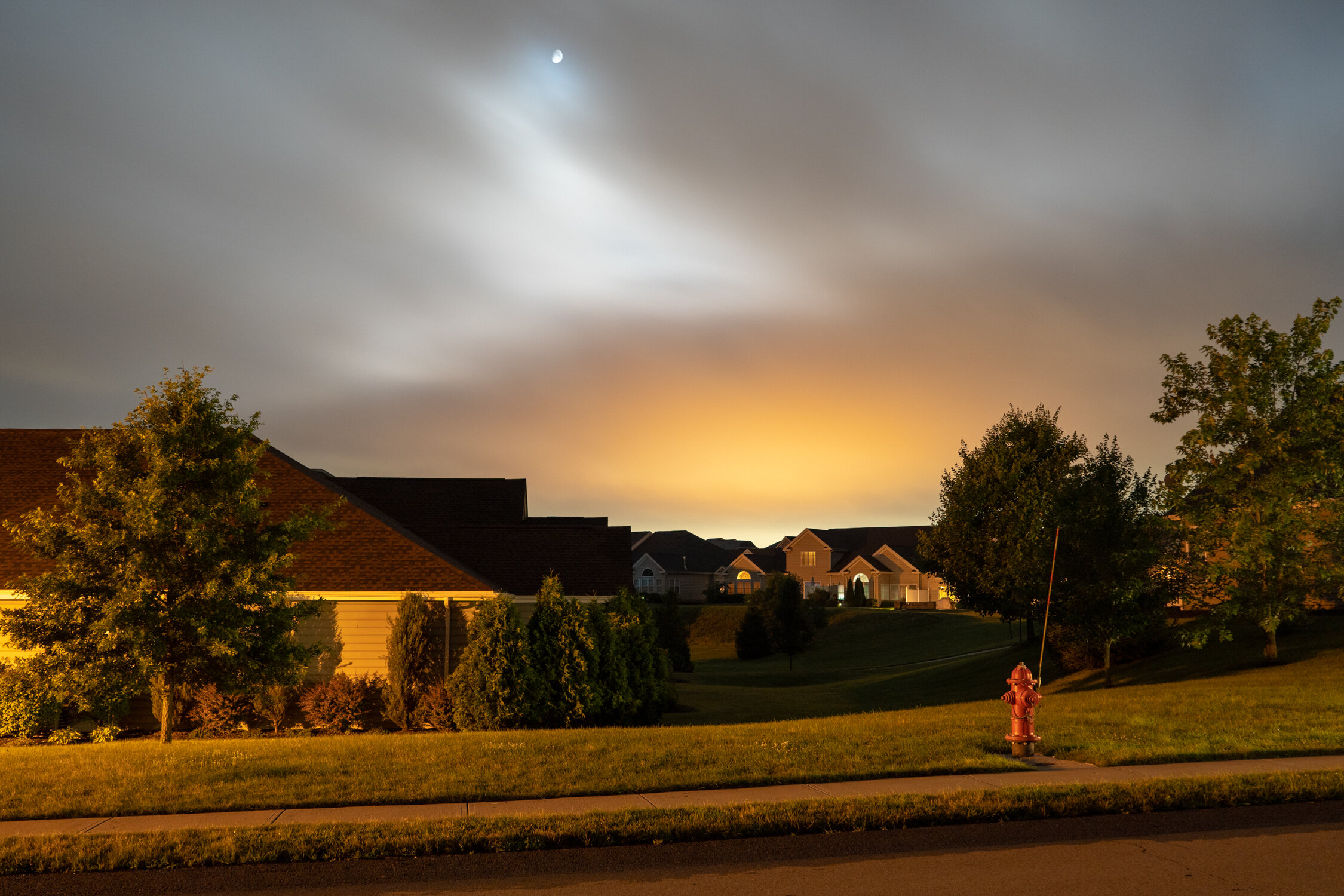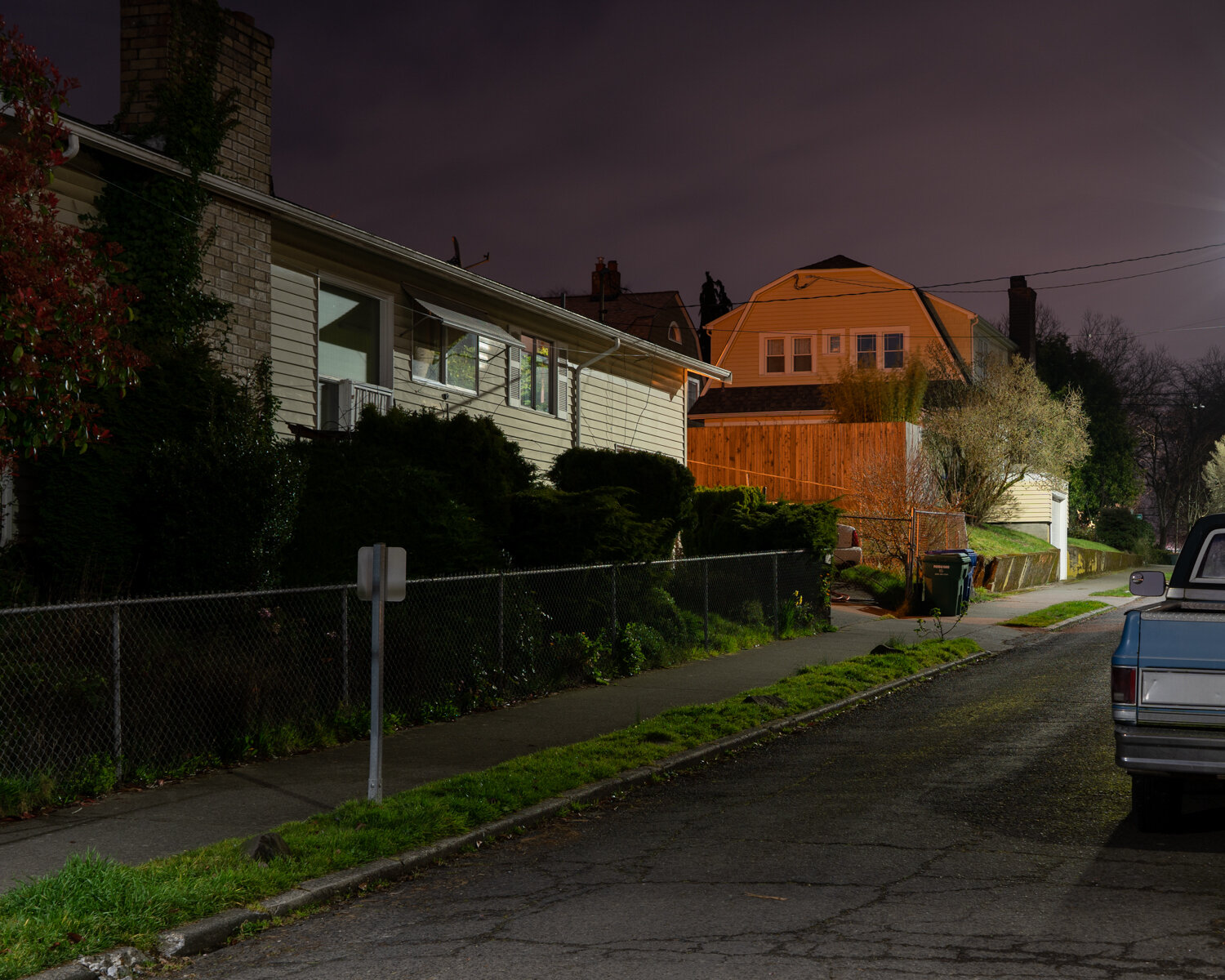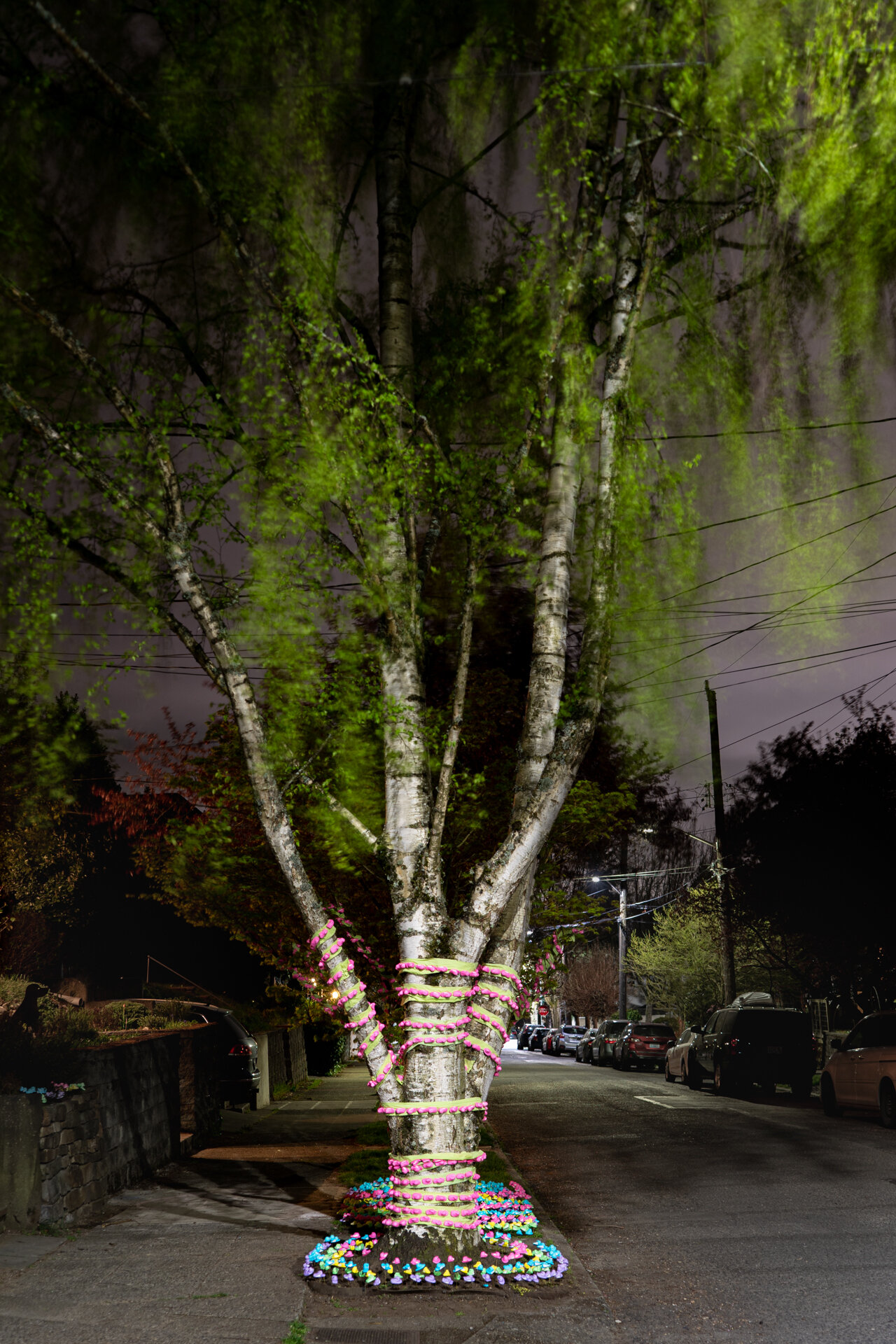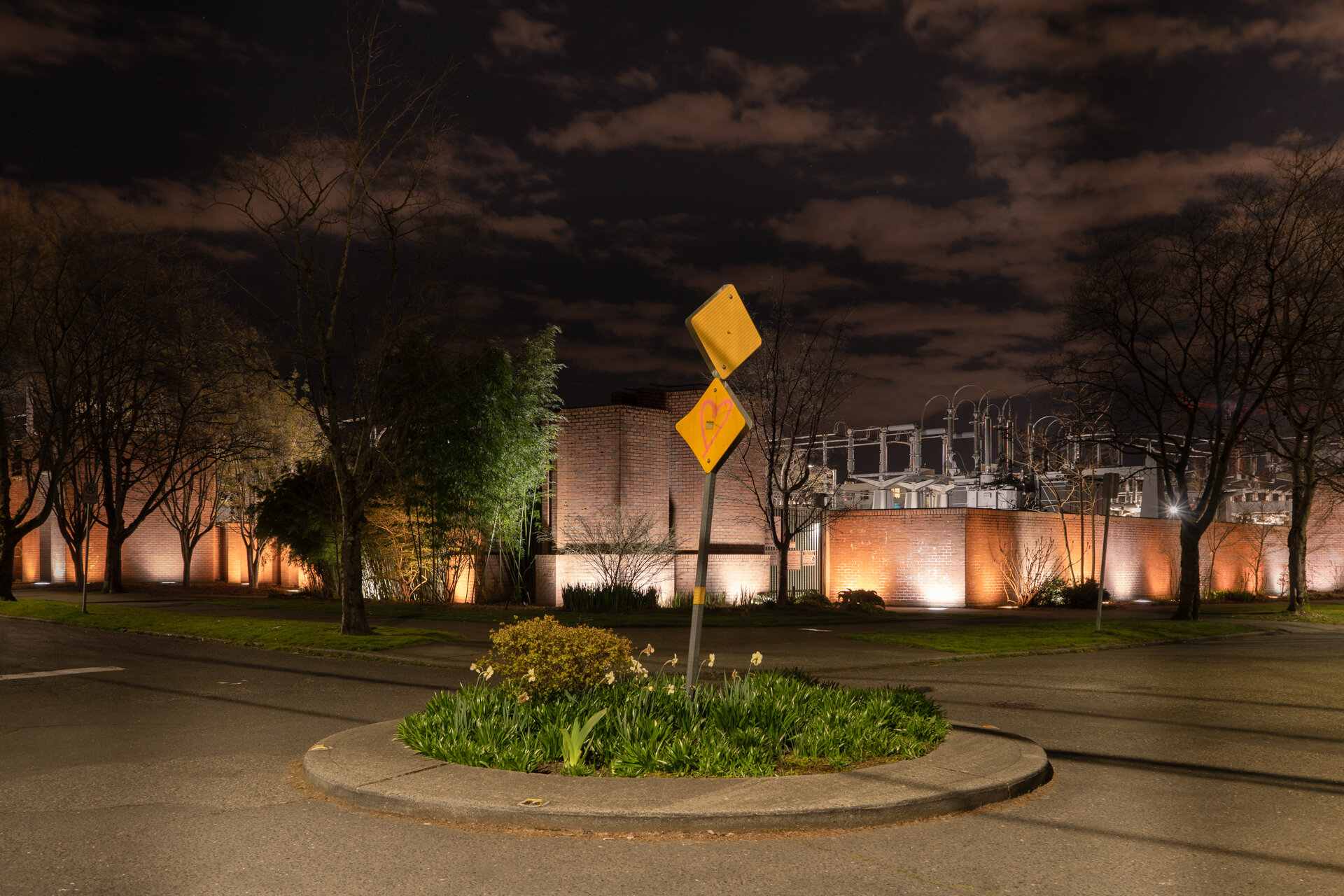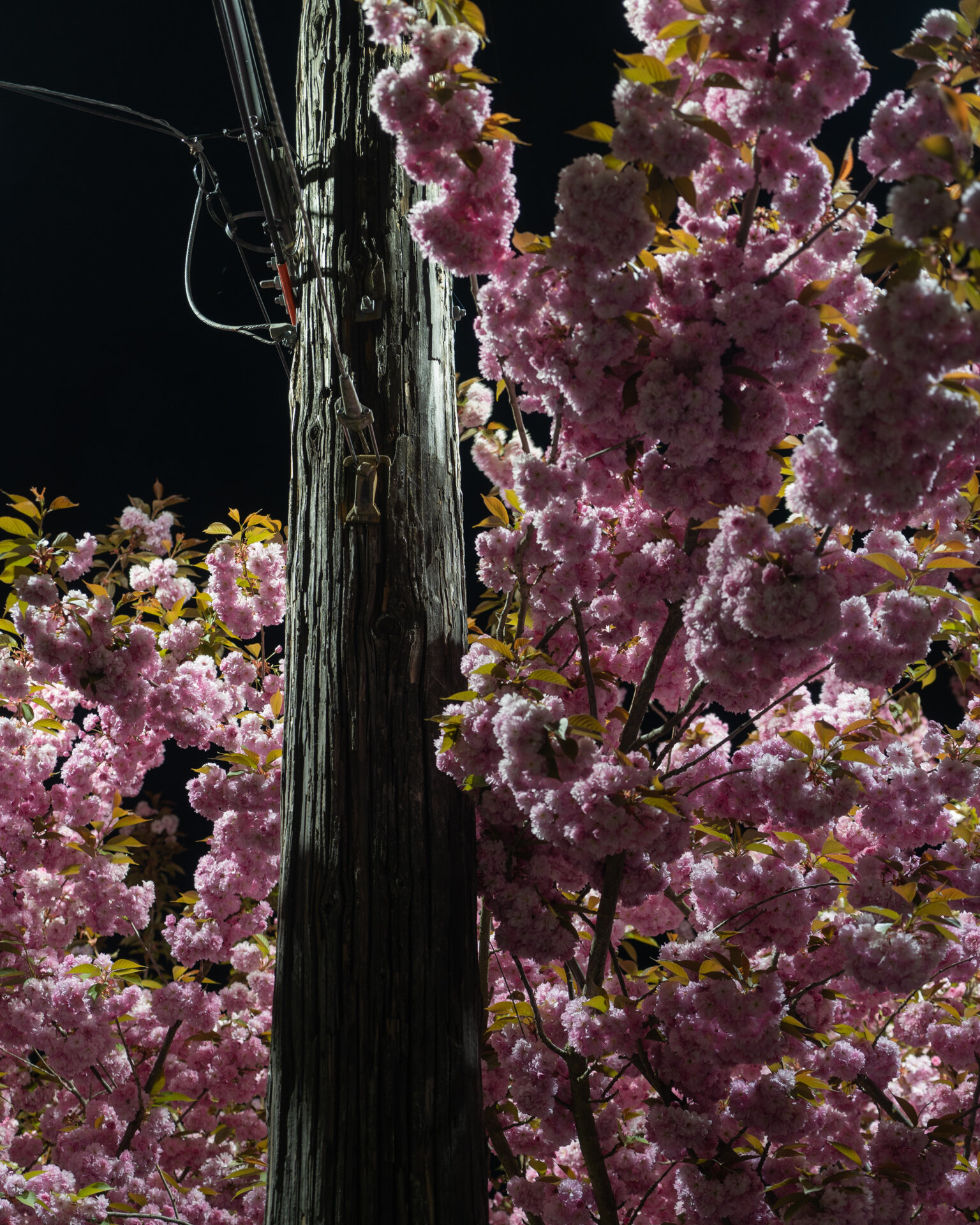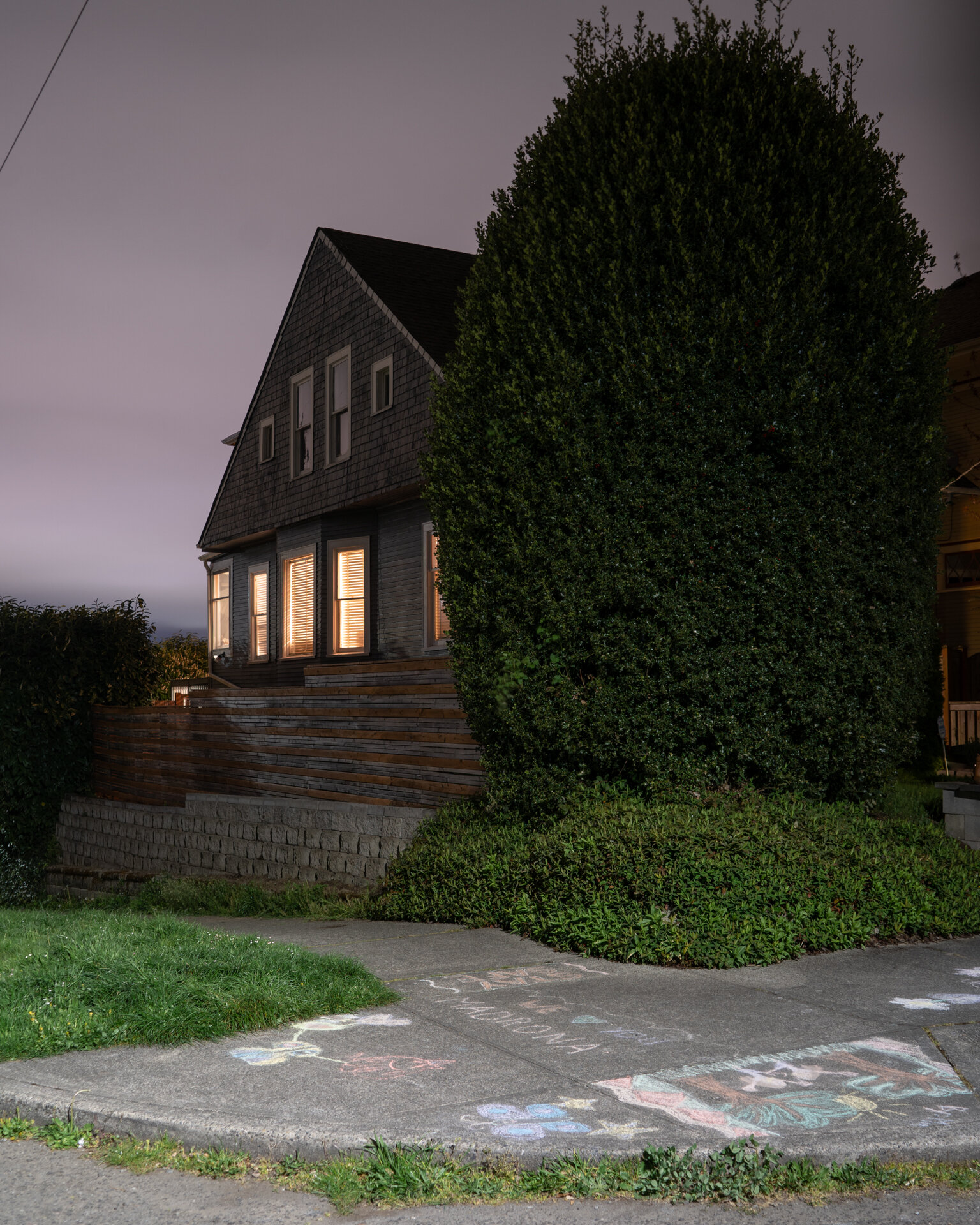visit the website at www.duwamishremains.com
“Duwamish Remains” investigates Seattle's river, and its transformed watershed, as a historical geography. As a 21st Century witness, I seek moments along the river’s current and long-lost meandering course that connect its present, developed conditions to its complex, transfigured history.
Altered solely by forces of nature for millennia, the 20th Century unveiled to the Duwamish River a sustained period of human-wrought mutation.The fertile provider to native populations succumbed to the inevitable meddling hand of westward expansion. Seattle’s agrarian and industrial revolutions required predictability from its waterways, initiating flood control infrastructures still being developed today. Dammed, diverted, redirected, dredged, back-filled and run dry, between 1906 and 1916 the Duwamish River’s watershed was reduced to one quarter of its 1,600 square mile reach. In 2002, decades of industrial contamination led to the designation of the lower five miles of the Duwamish estuary as a federal Superfund cleanup site.
And yet, through all of this, the Duwamish remains.
Native populations embed directly within their grammar an awareness of a river that is alive. They also distinguish within the term ‘pre-contact’ a time immemorial prior to European arrival. This expression references a distinct historical moment in a way that evokes the tactile and physical, and one after which nothing would ever be the same. 100 years after human contact, Euro-Americans began to reconfigure the Duwamish watershed. This indigenous river, the implications of contact, and what remains, guide my concern.
River cartography of a ‘pre-contact’ condition, drawn by the hands of engineering and colonization, recorded this period of the Duwamish. Layered with present-day maps I am able to pinpoint locations within the current landscape where the waters once flowed. While these endeavors allow us to wander backwards, my images inevitably remain in the human/river ‘post-contact’ world.
+Projects / NEIGHBORS
Regardless of where or how we live, we all have neighbors. Adjacent, we must interact, and occasional pleasantries can even prompt a smile. How rare though to transcend sweet salutations and achieve a legitimate connection!
Our neighbors two doors down are the best. We help one another in so many ways…collect packages, lend books, play games, bring oranges. Sometimes we hang out.
These photographs depict our daily interactions, but also reveal the easy connection we feel fortunate to share. Let it no longer remain unsaid: the four of us are truly friends!
(Some private time would be nice, however…the hot tub should be off limits.)
During the strange quarantined spring of 2020, I endeavored to make a series of portraits, asking friends and work colleagues to select an object that had gained significance to them during their quarantine, and one that they would be interested in presenting to me and my camera. I committed to photographing from an appropriate social distance, and only within the ‘public’ exterior spaces where they live - their front yards, front steps, driveways, sidewalks, etc - acceptable locations I might be able to visually access as a visitor. During each visit I made two different portraits: first of the entire family, second of individuals. Only upon arrival would I learn of their selected objects, thus our conversation included a back and forth of inquiries, discoveries, and details. As a follow up, I asked for two things: text on the what and why of their selected objects, and a photograph of their object in its natural environment, typically inside their homes.
After quitting time and with no occupants, a construction site is a motionless place, stuck in time. I happened upon these housing structures on a Saturday morning, and returned often. Surrounding a court and nestled between existing residential buildings at varied moments within their respective life cycles, this humble place offers me more than the physical dimensions of space. It sits bearing witness to both ascending and descending stages of ruin, one holding memories past, the other embedded with those to be manifest by families, children, the aged.
I wonder: What stories will these homes ultimately tell? What will they enable, and what will they observe?
What happens while we sleep? On our streets, in our houses, inside our heads?
Nightfall casts both shadow and light on our neighborhoods, and a known place transforms to something less familiar. Likewise our dreams deliver us to realms inaccessible during waking hours. While our conscious minds abide by the physical dimensions of a few city blocks, our dreaming subconscious ignores these parameters of time and space, allowing us limitless, unburdened explorations.
But that’s an adult talking.
The Myers sisters, my young friends and neighbors whose dream recollections and storytelling inspired this project, will tell you that they move in and out of these coexisting worlds whenever they want.
All you need to do is ask them.
+Projects / HOME, NOW
I have had two homes. First as a child, when my life centered around my brother and we were always playing and engaging through sports and movement. Next, as an adult, husband, and father of two boys, watching many of the same sibling dramas play out. As my sons grow older, layers of memory and nostalgia infuse my evolving reality of fatherhood. Moments overlap, blur, and inform an expanding perspective. These photographs find me in a specific, fleeting moment in time with my young teenagers, guiding, teaching, and providing in a different way than I did just months ago, or will months from now.
I find it odd when parents long for what was: I wish he could be four years old again, that was such an amazing time...
I have never felt this way. I see each phase of parenthood as an appropriate one; adapting, transforming one another, and learning from our past. It’s called growing up.
Our sense of place is tied to our memories. We make associations, and occasionally we think to ourselves ‘I have been here before’. We also discover places that truly feel new, and this stirs different emotions. My memory of place is rarely precise in any way: literally, emotionally, nor visually. My memories don’t contain movement, but rather present themselves to me as moments, fragments, still images. These photographs might represent my attempt to embed the dimension of time into memory, or perhaps an attempt to document a memory at its genesis.
